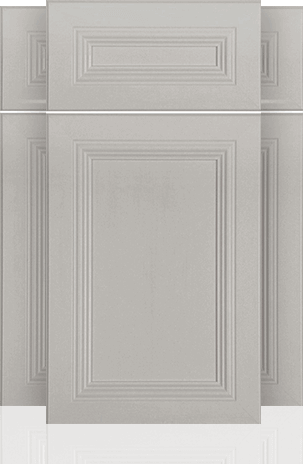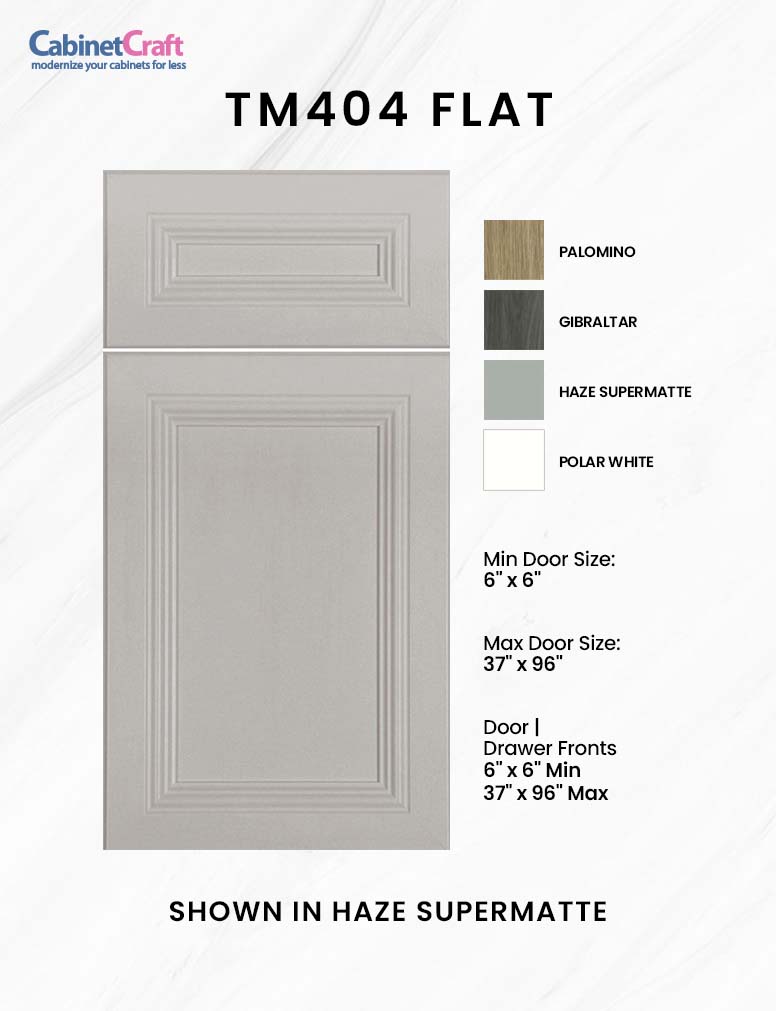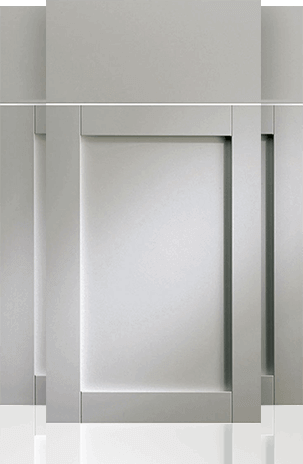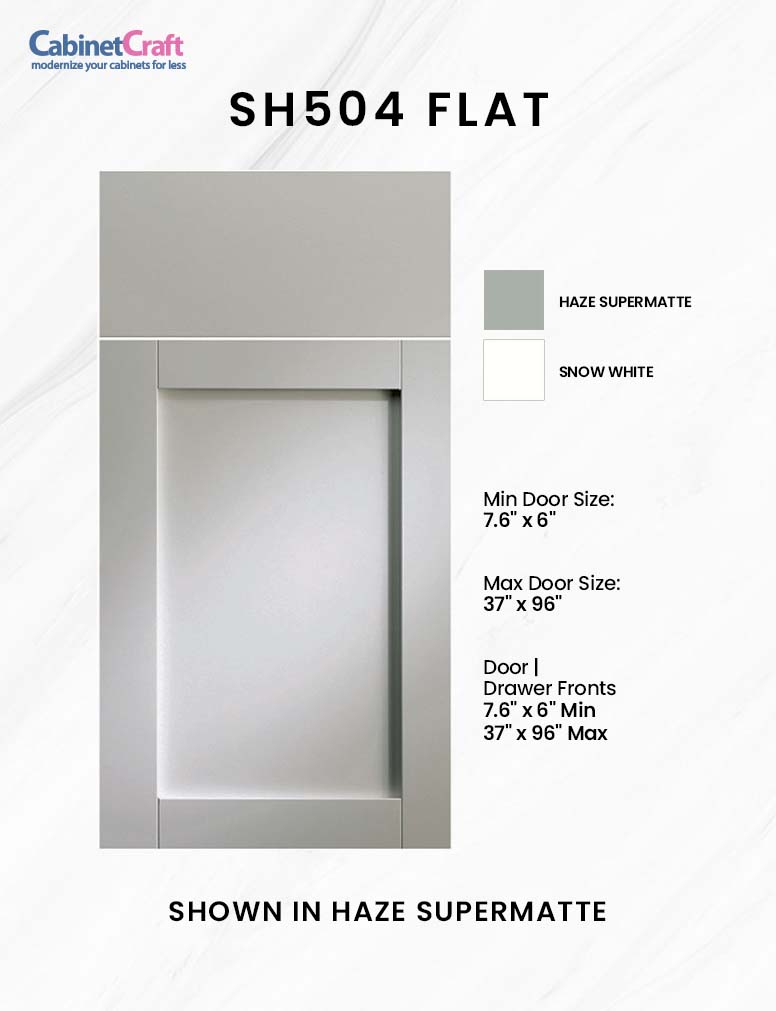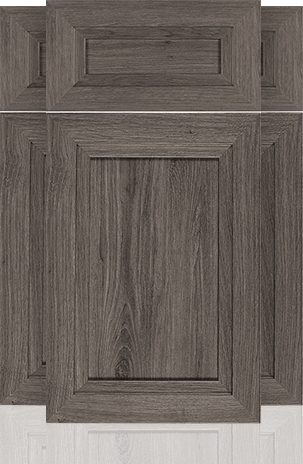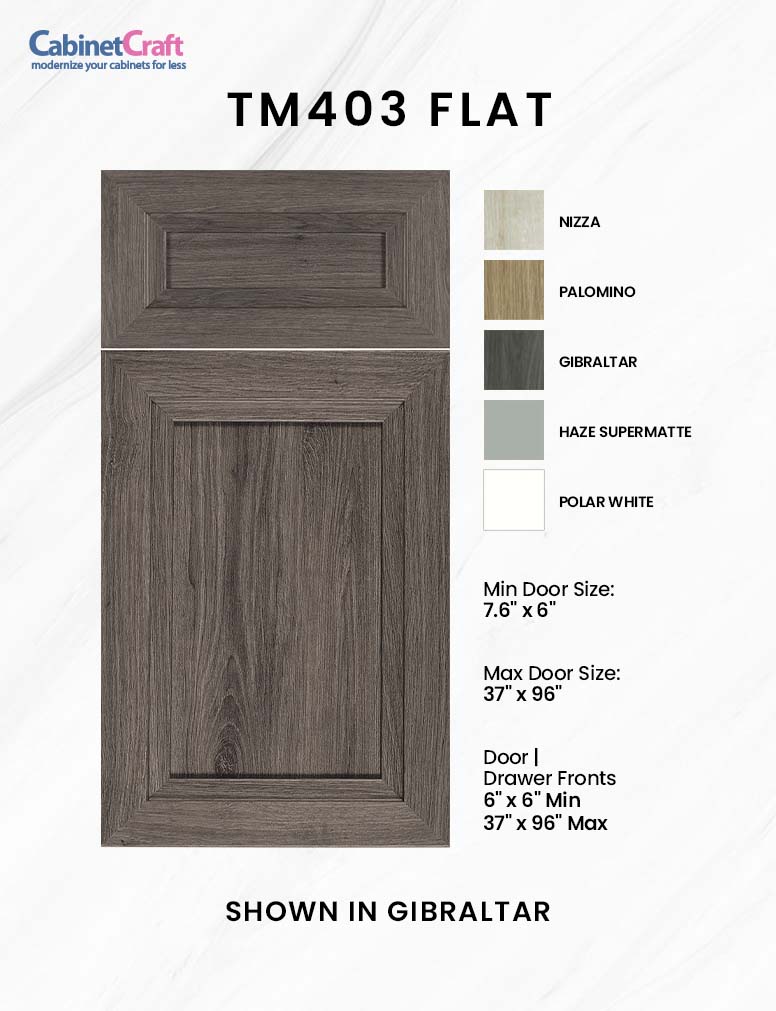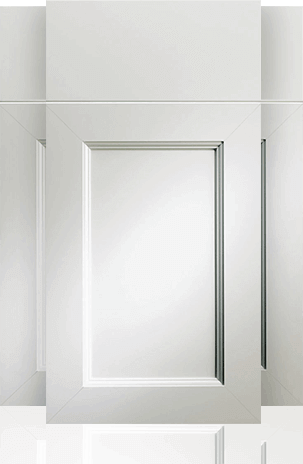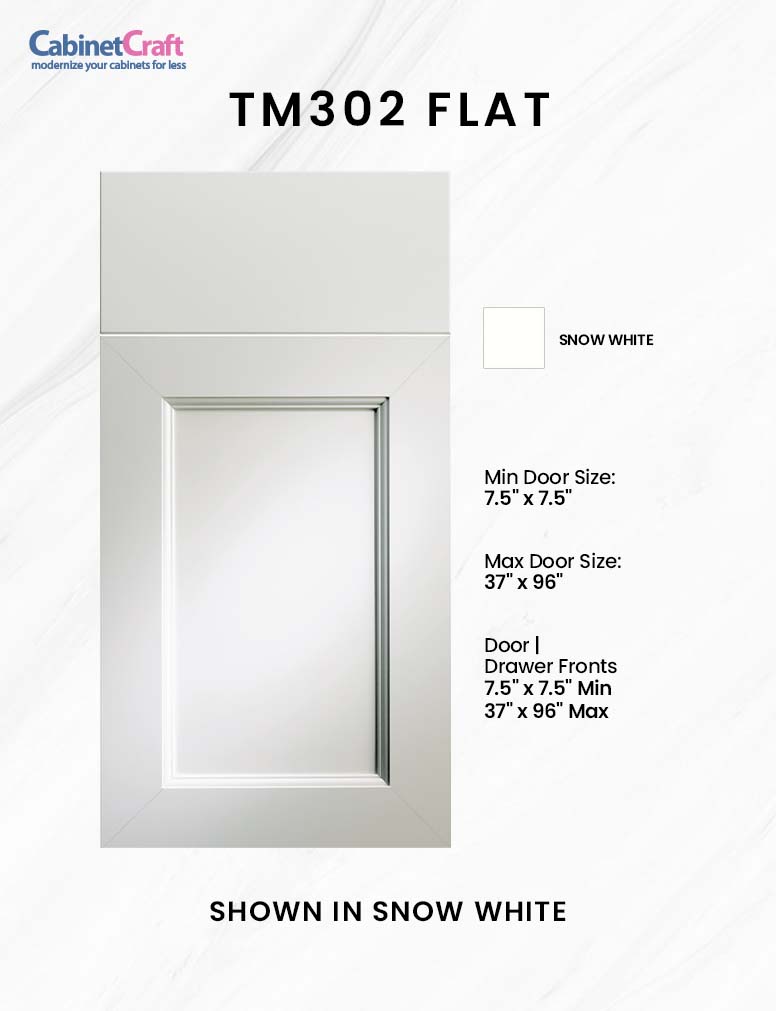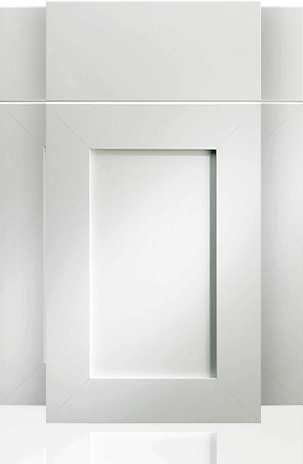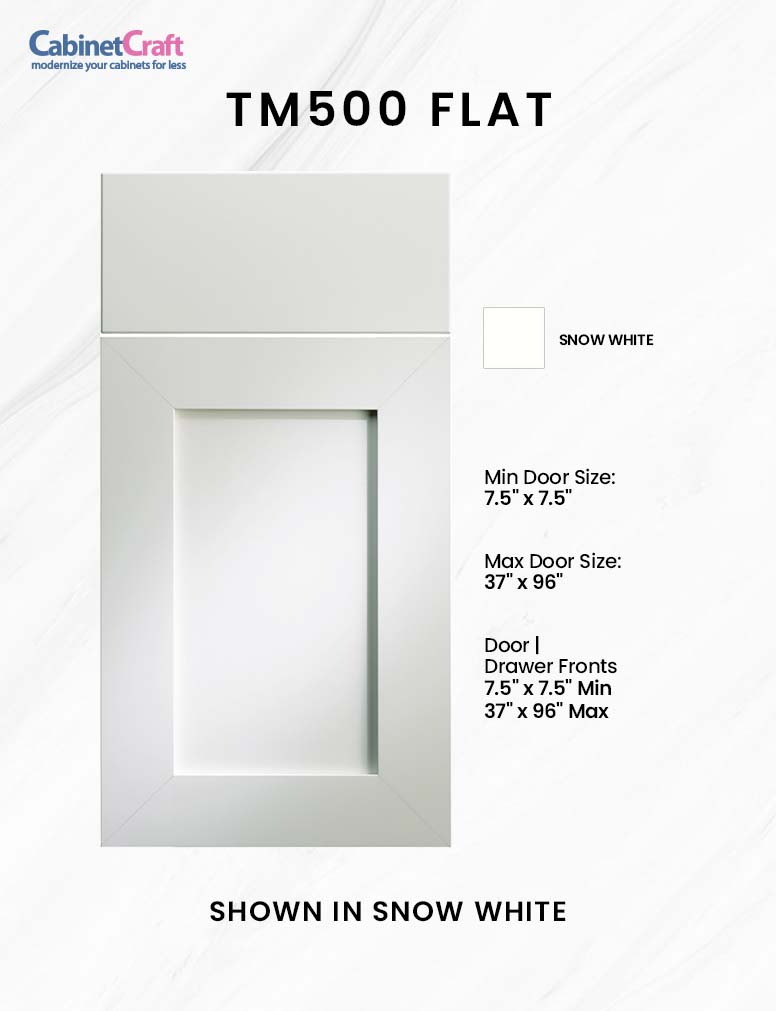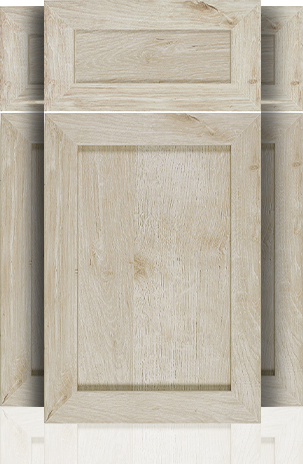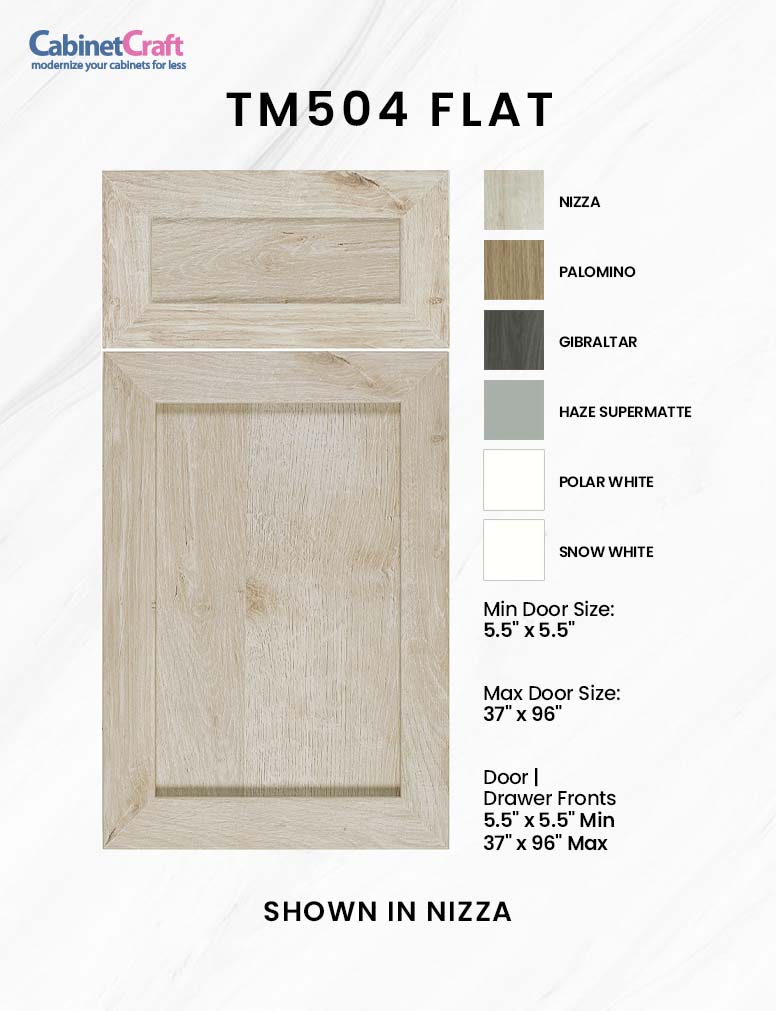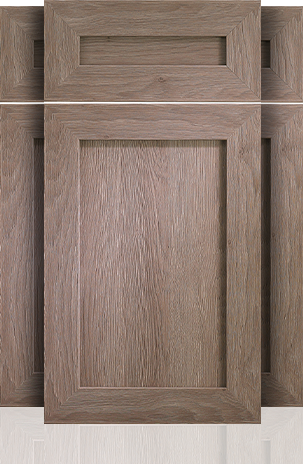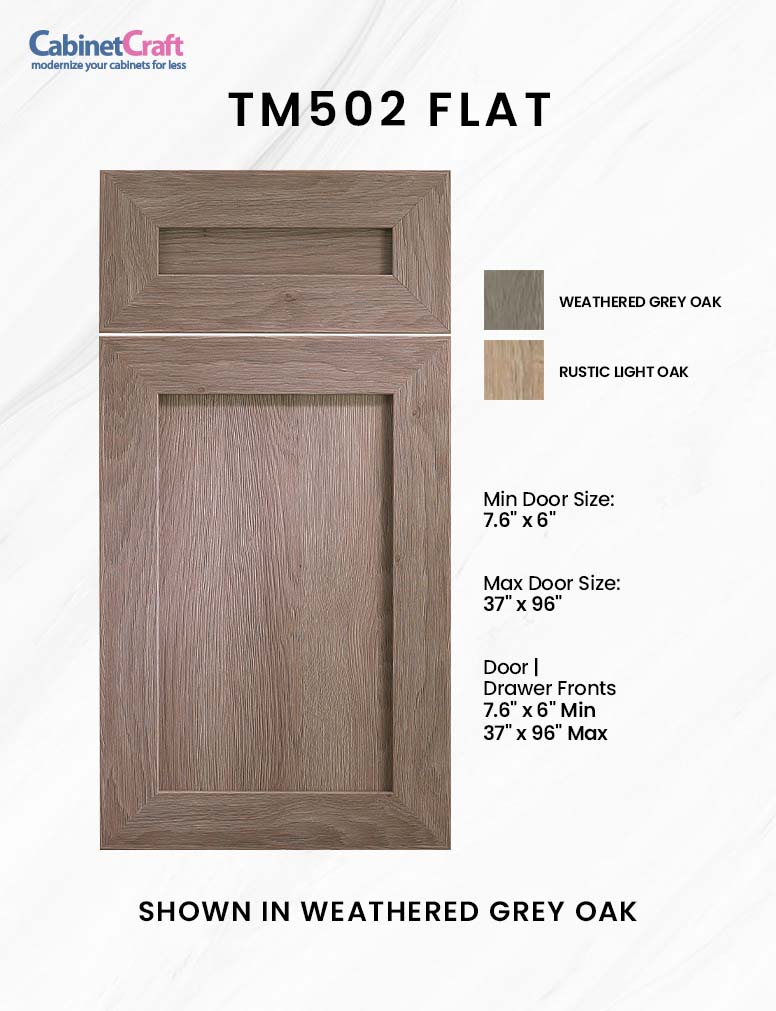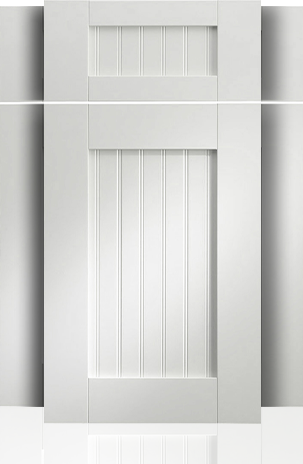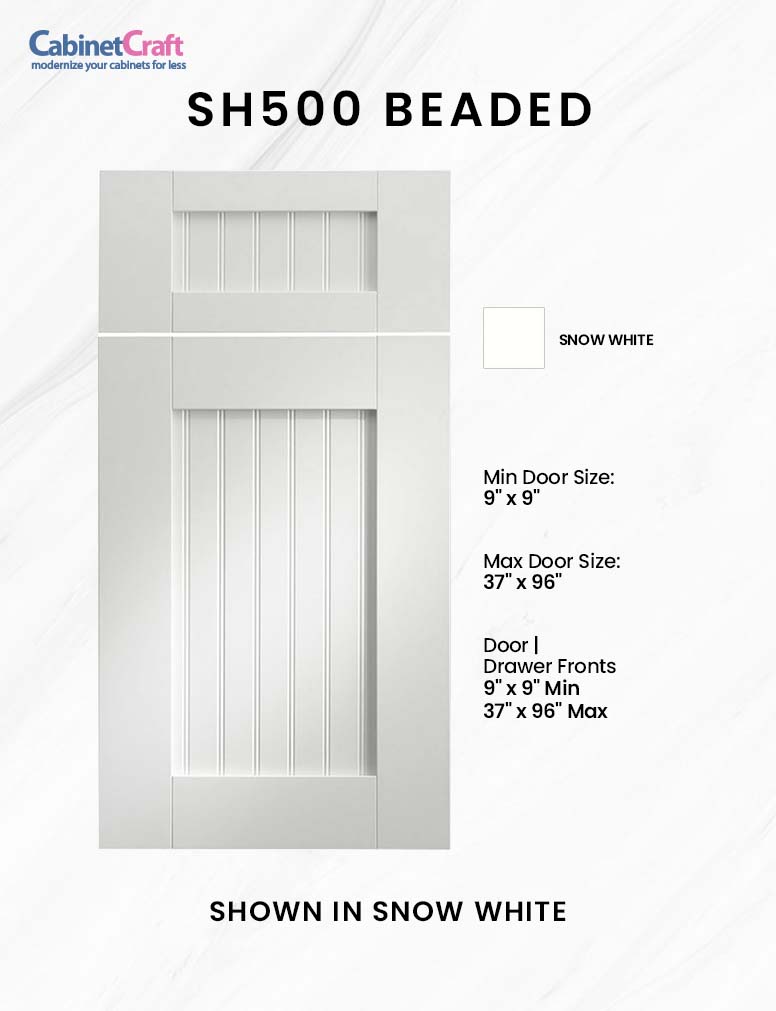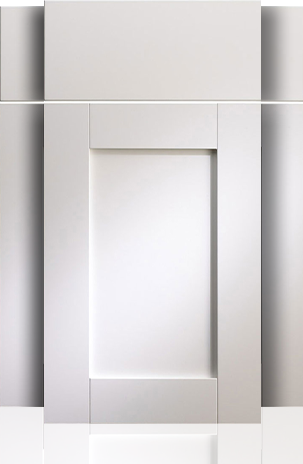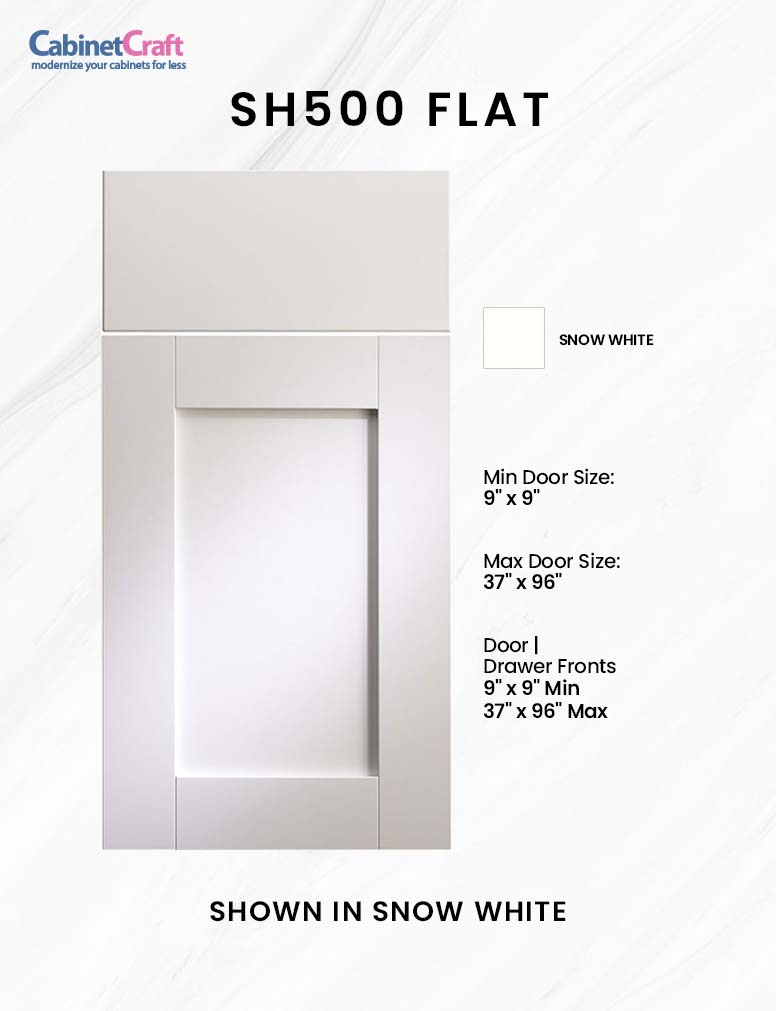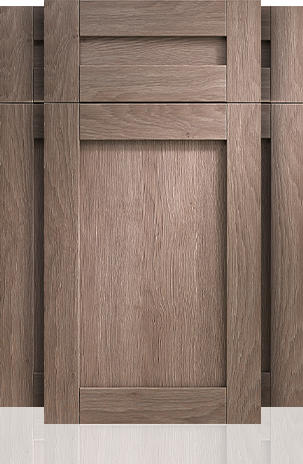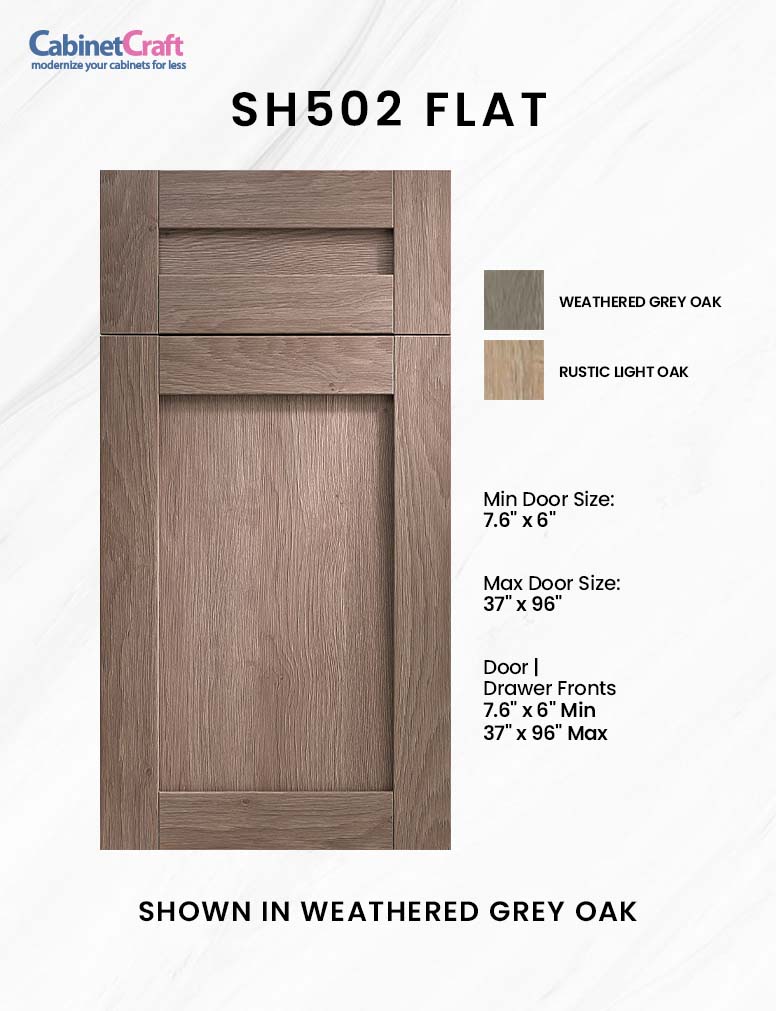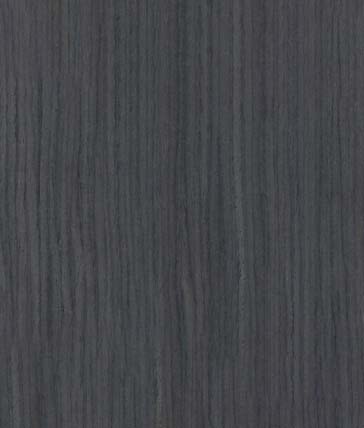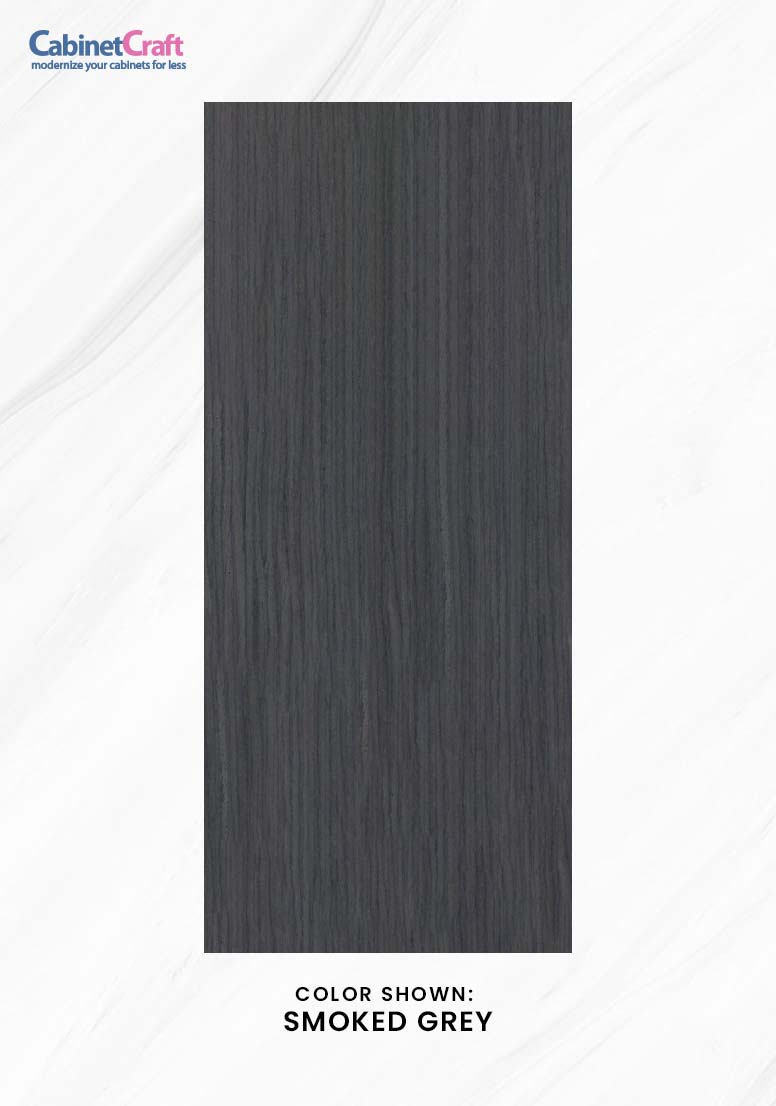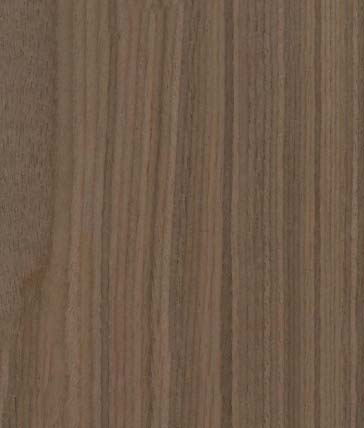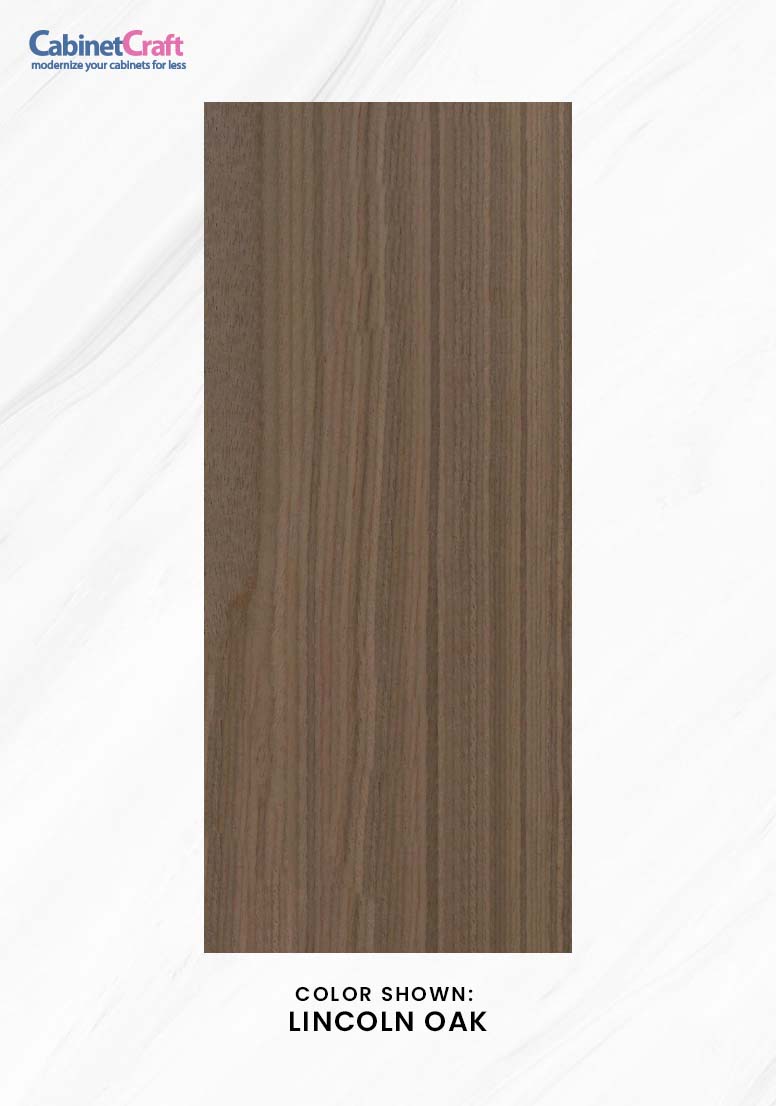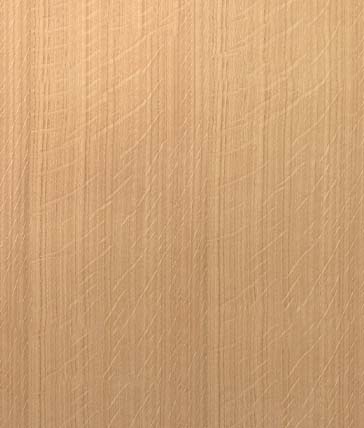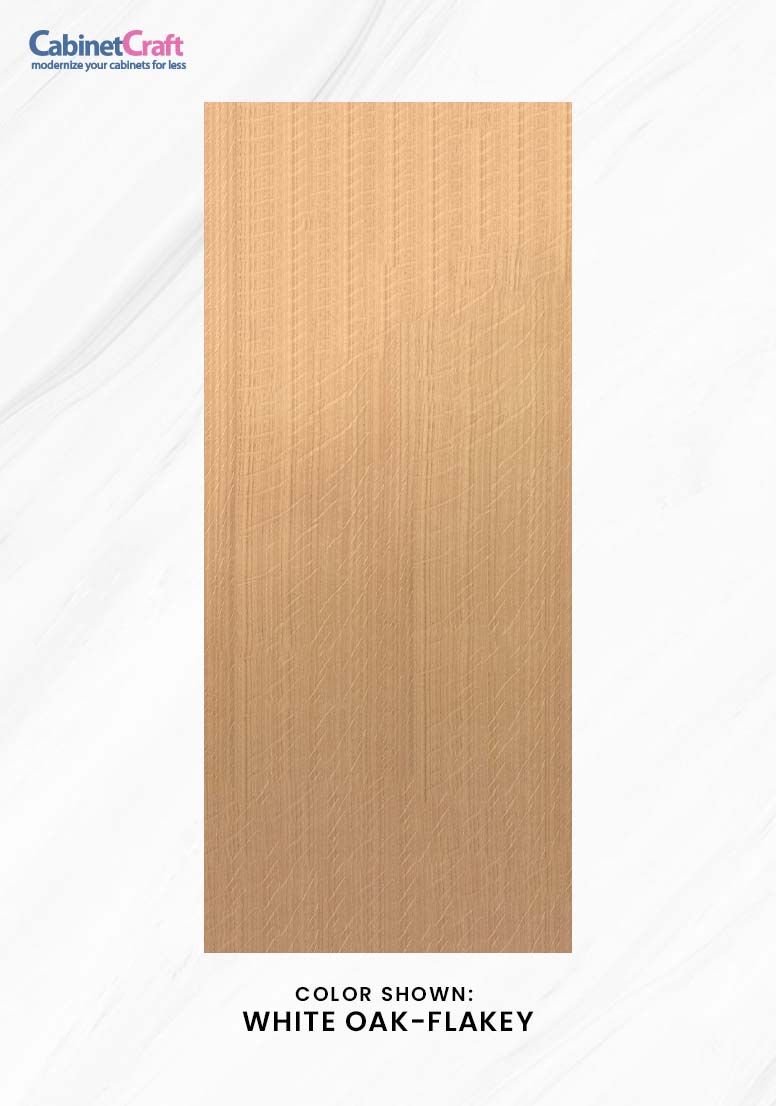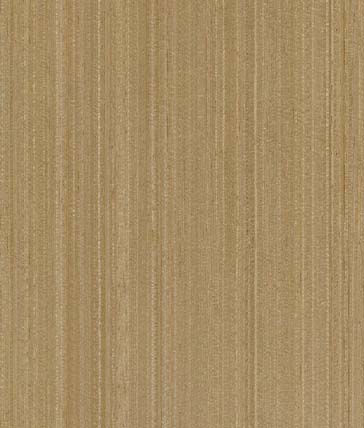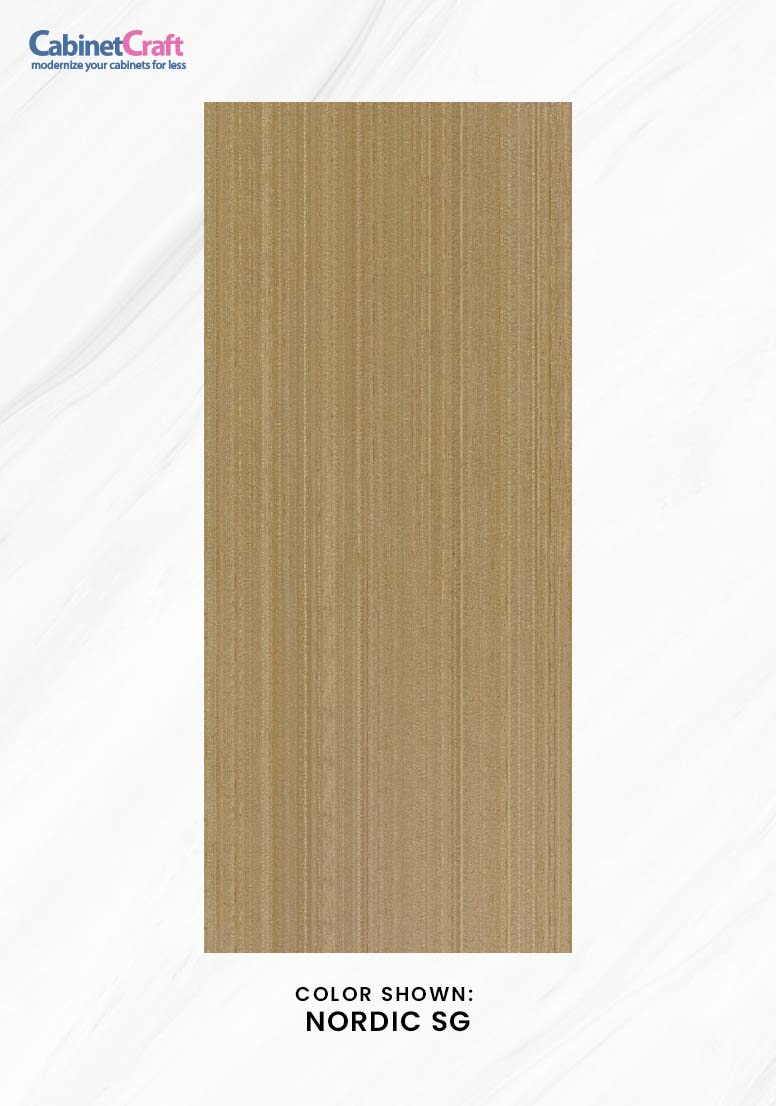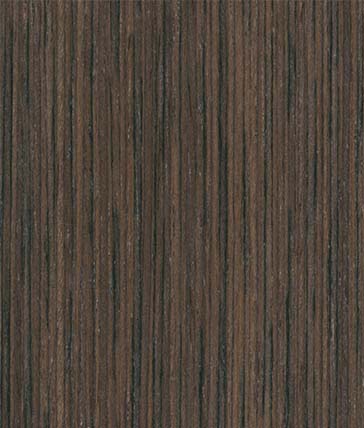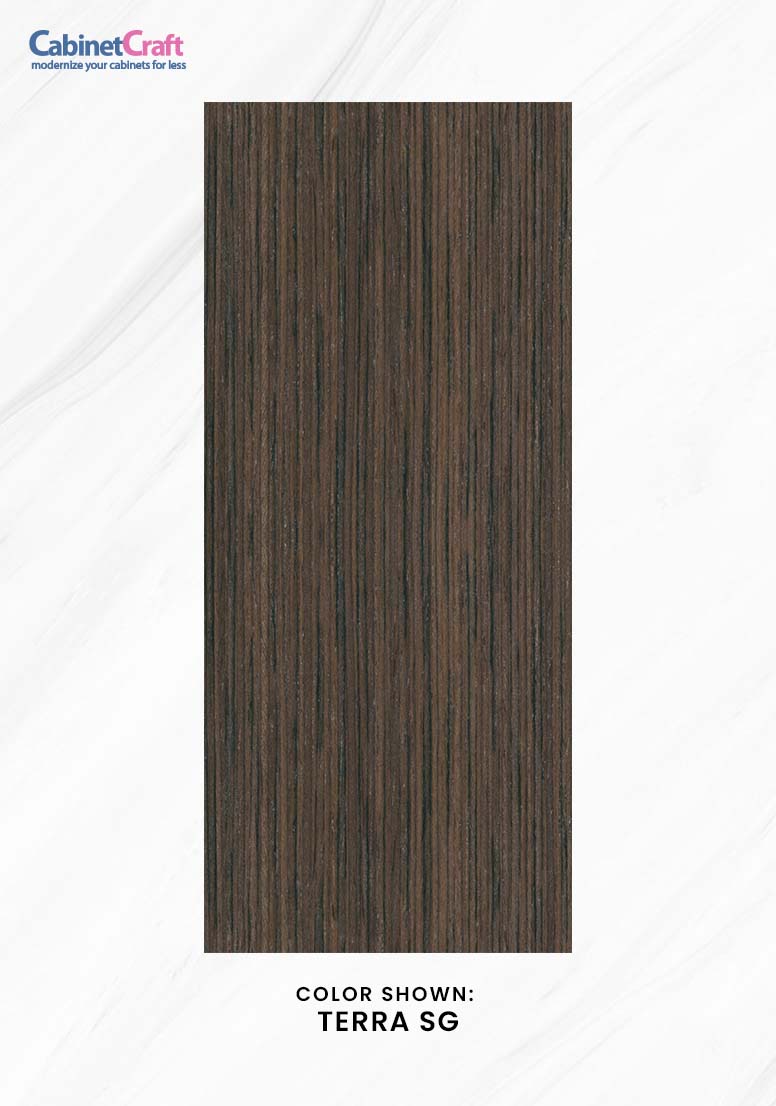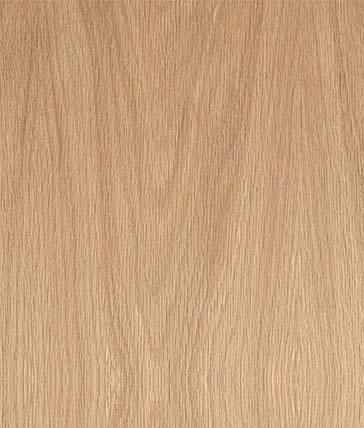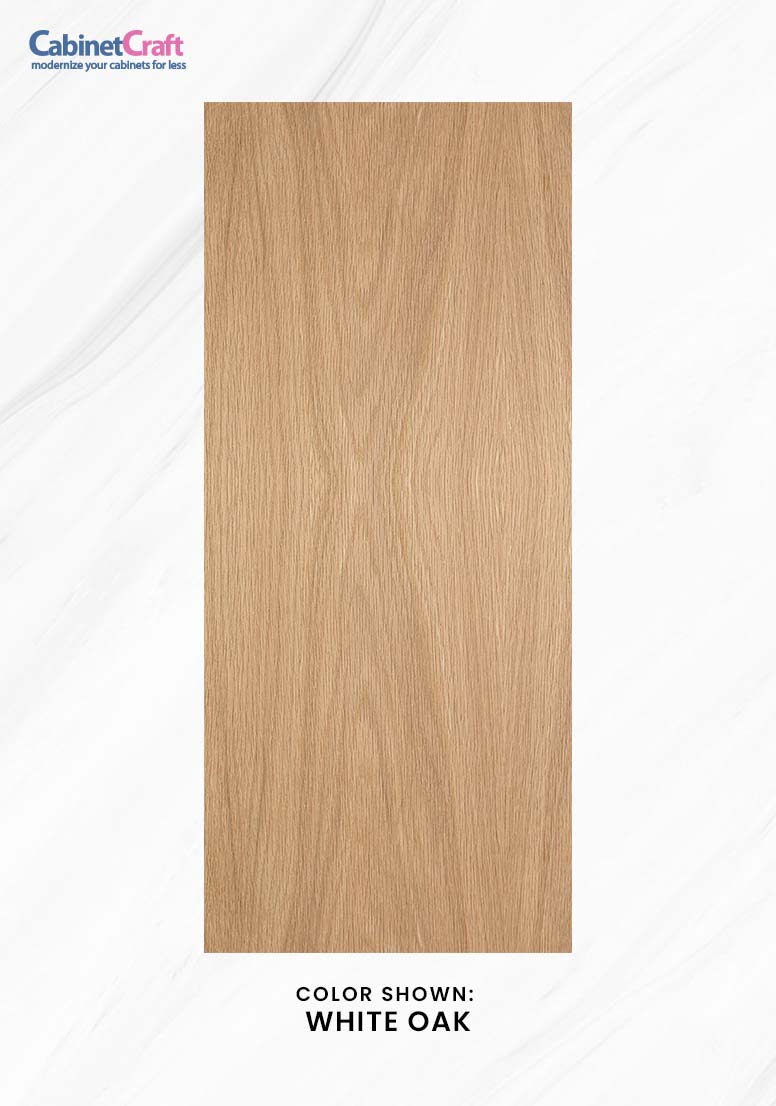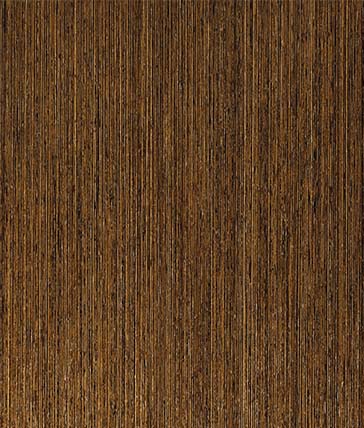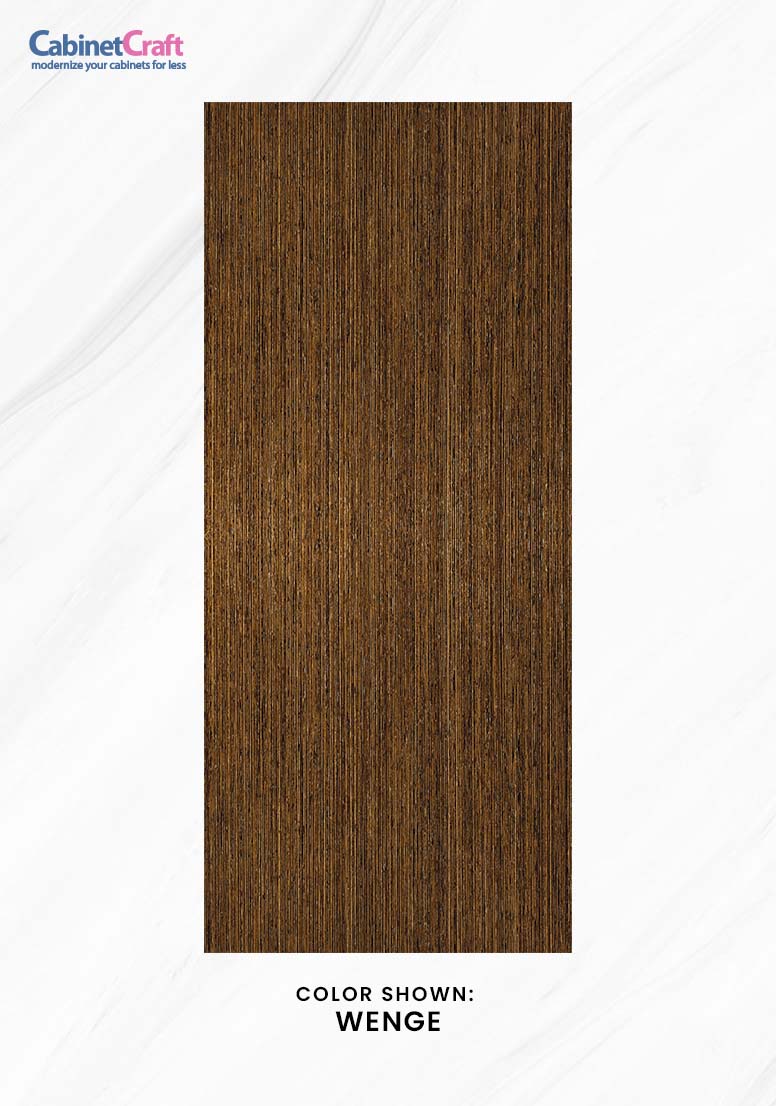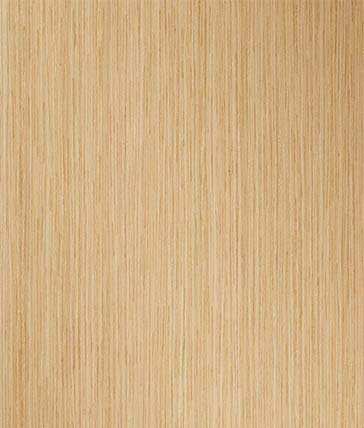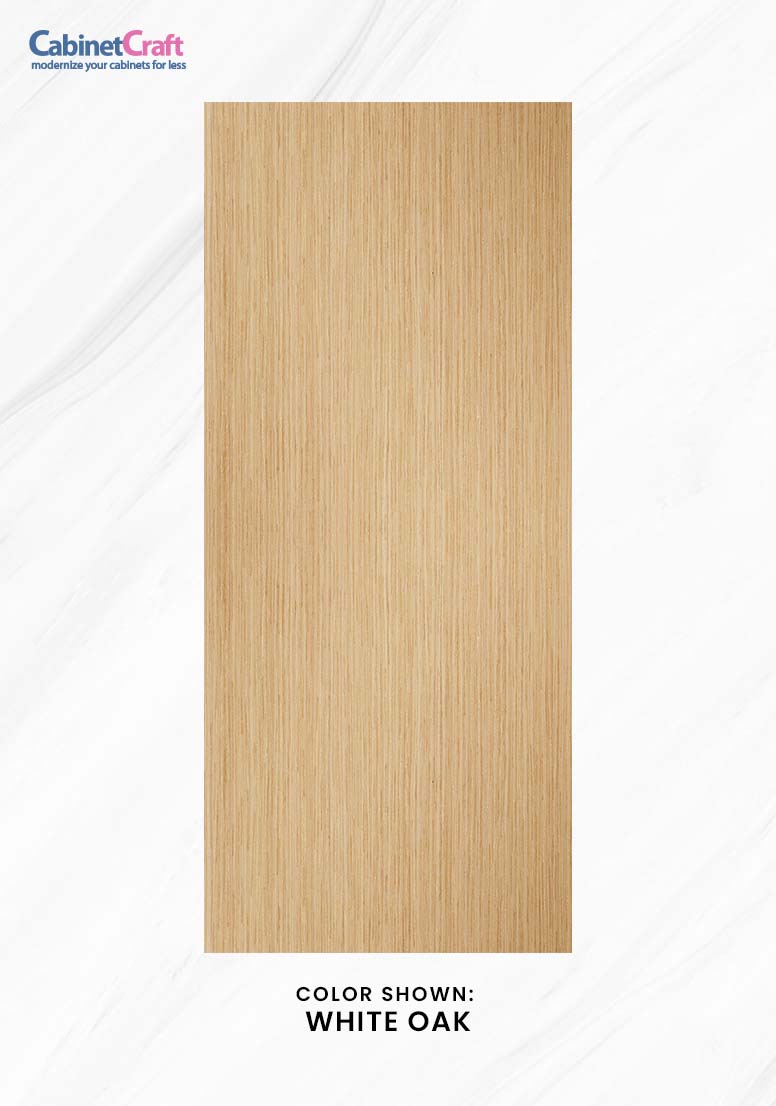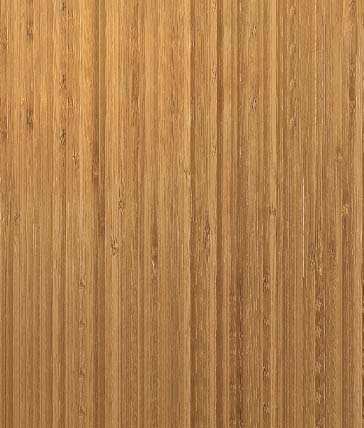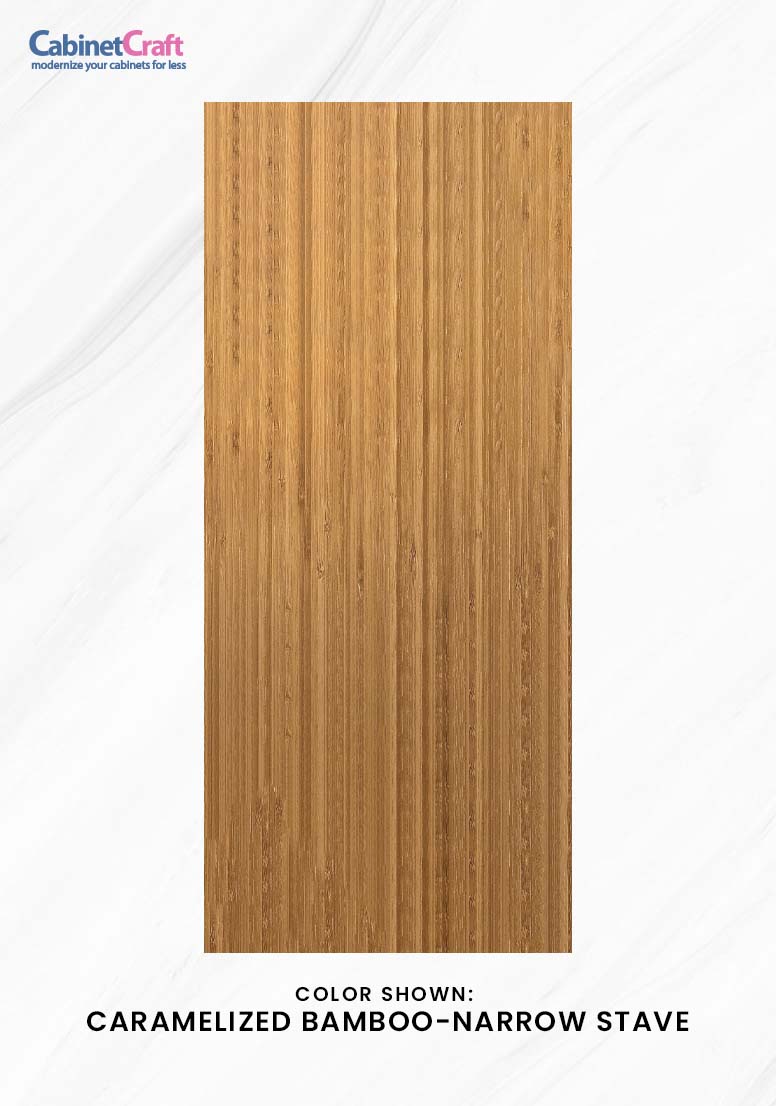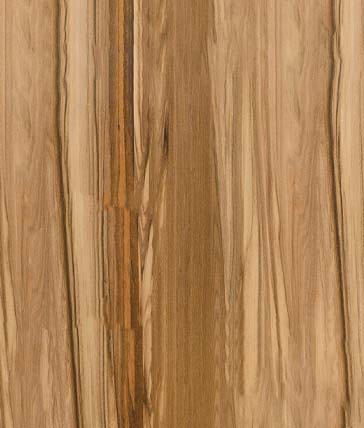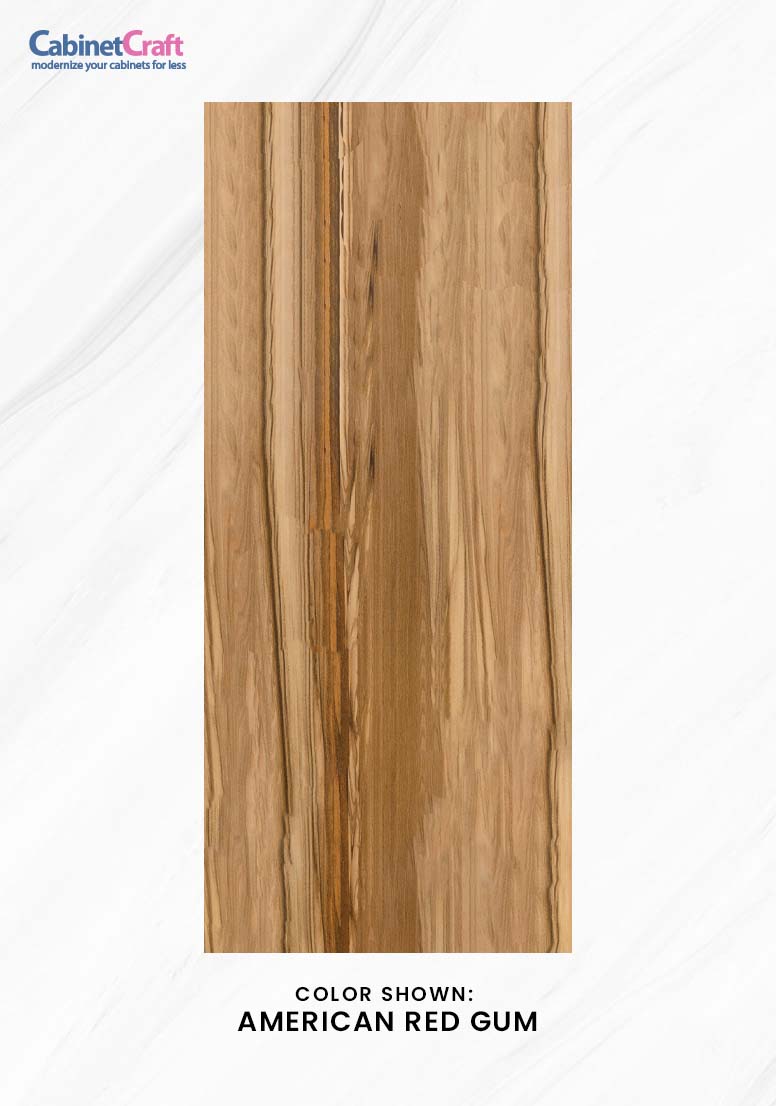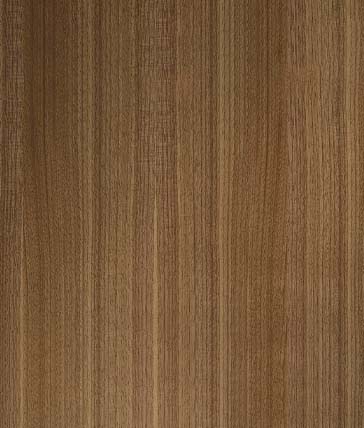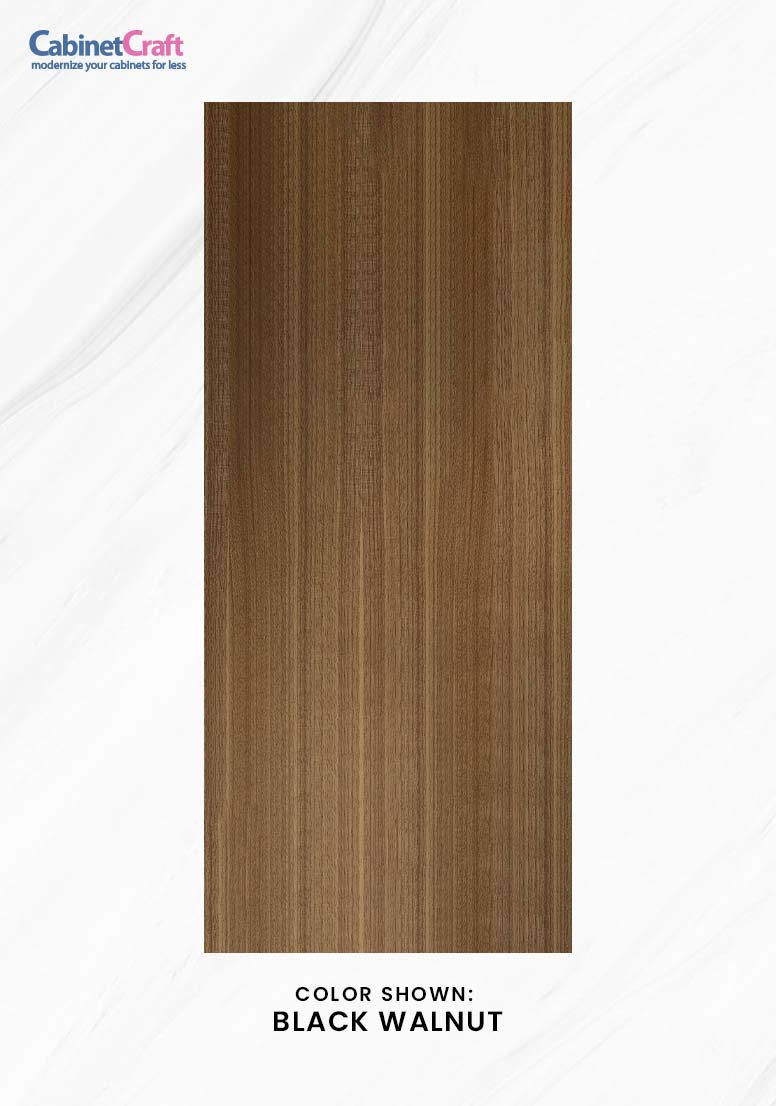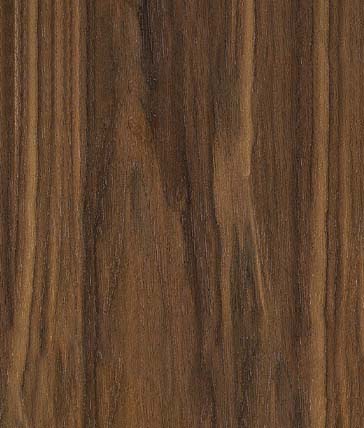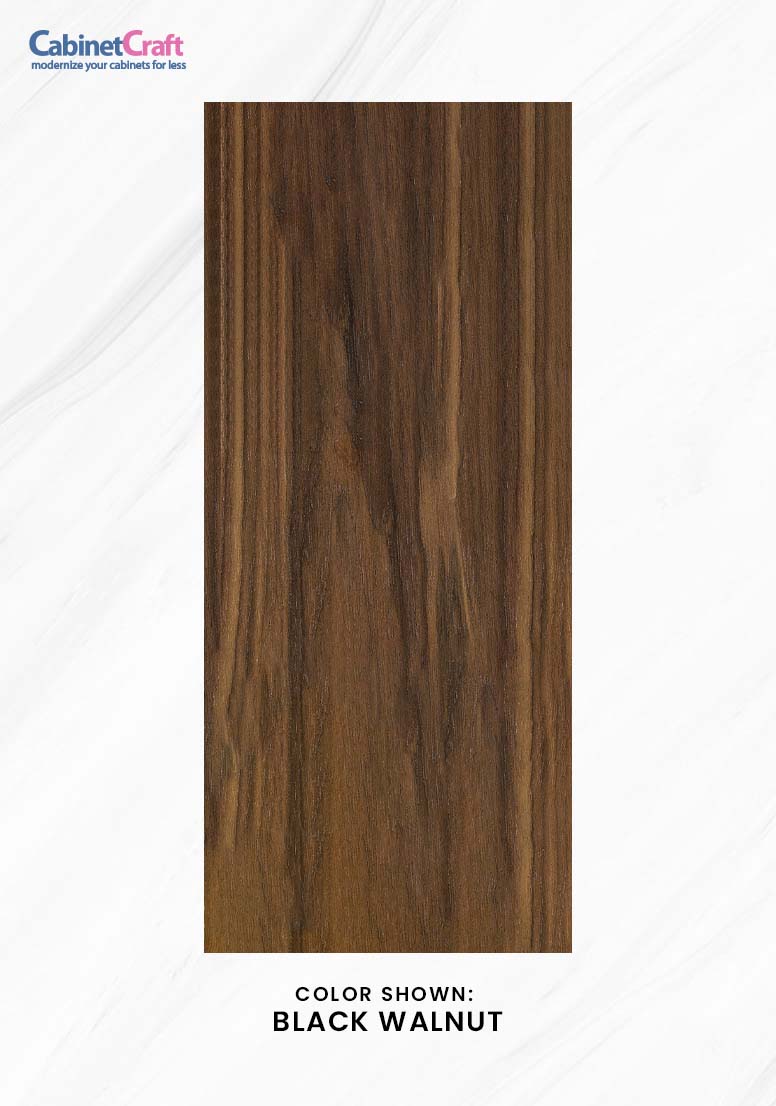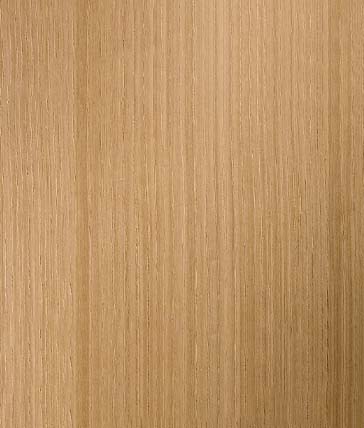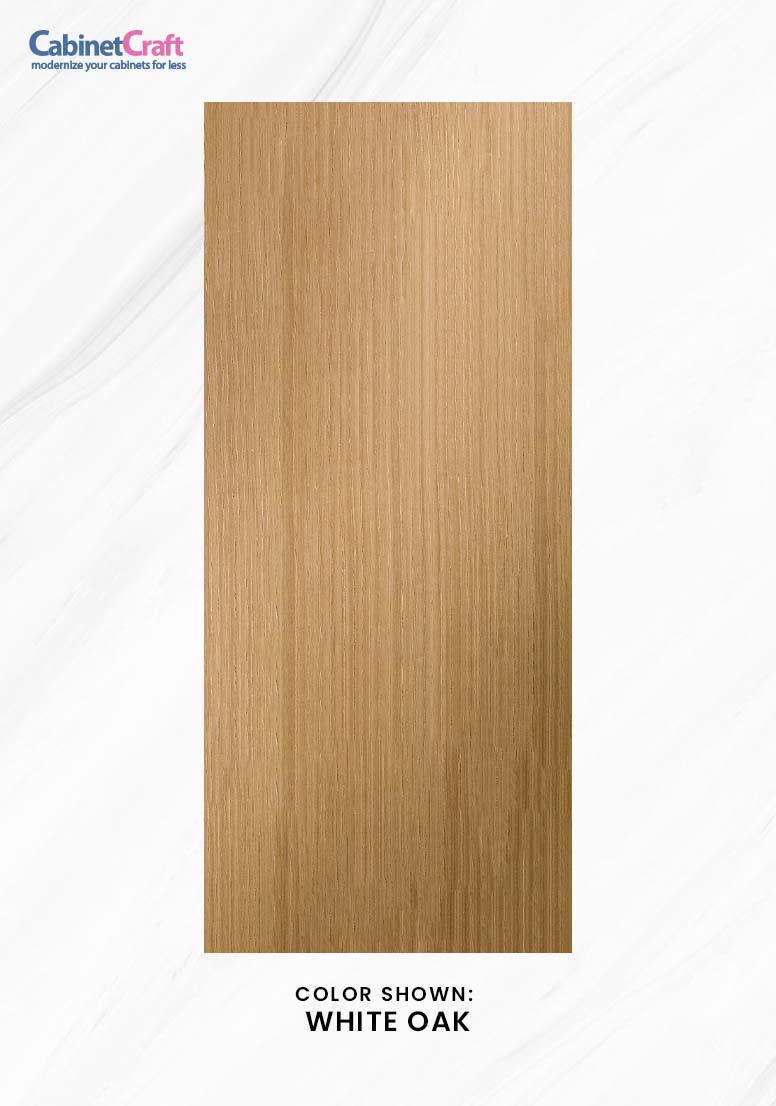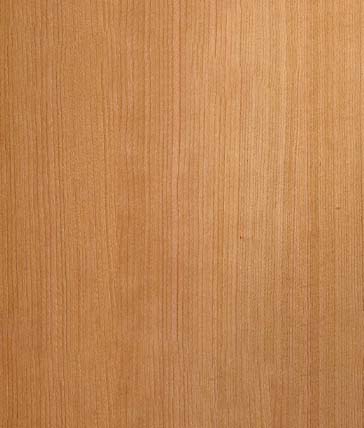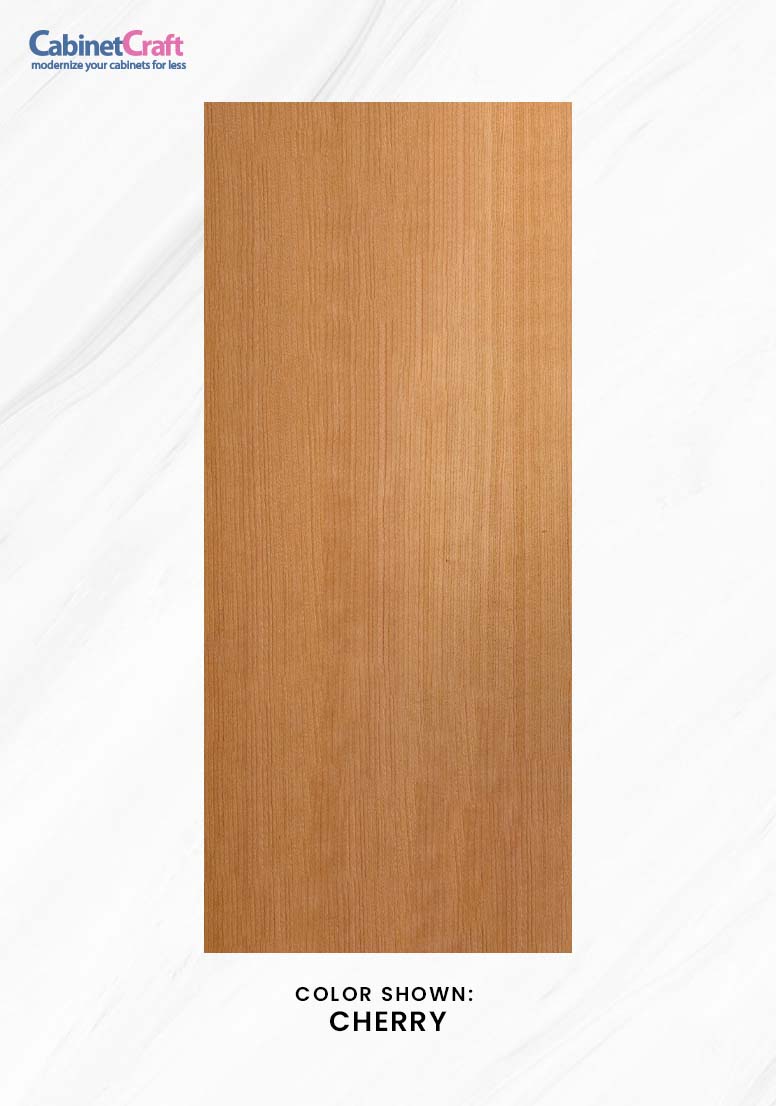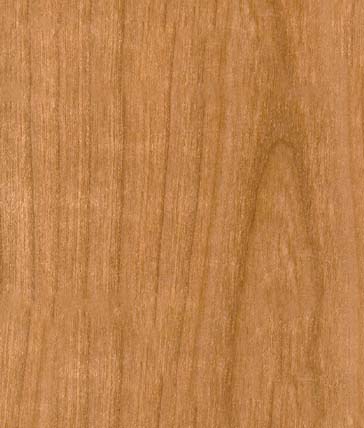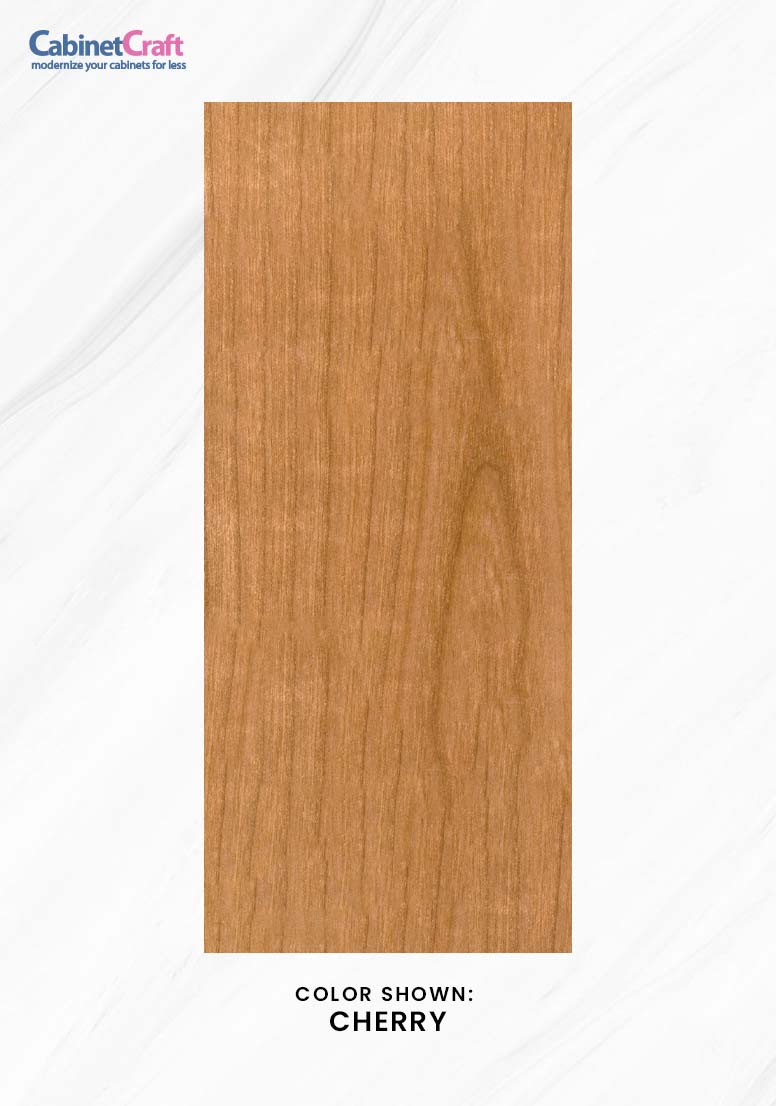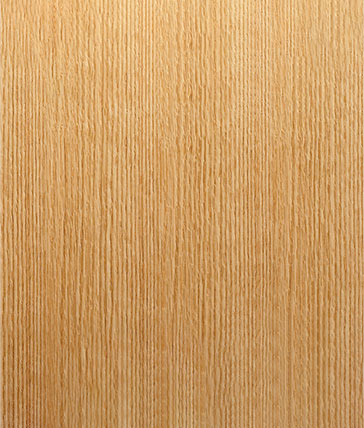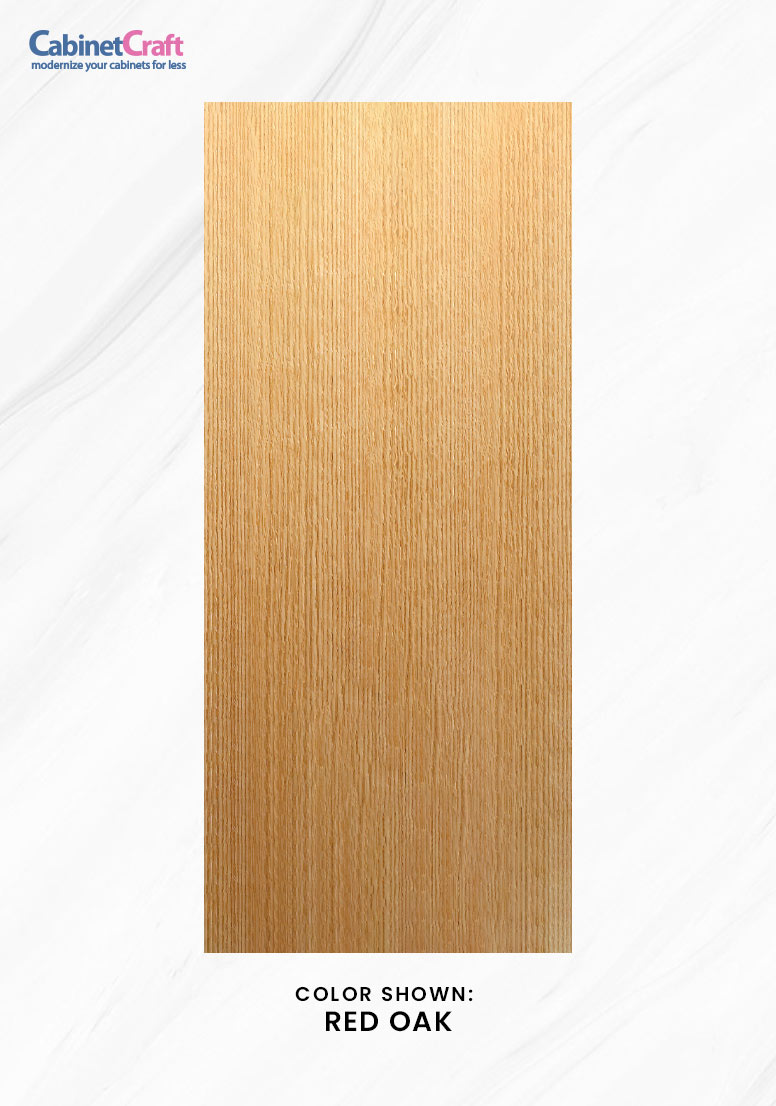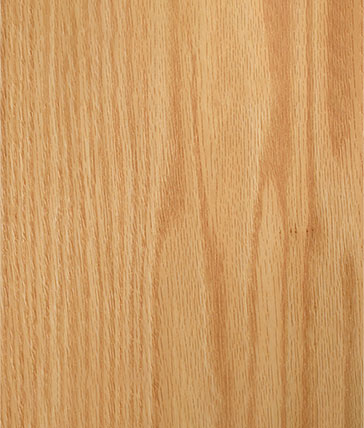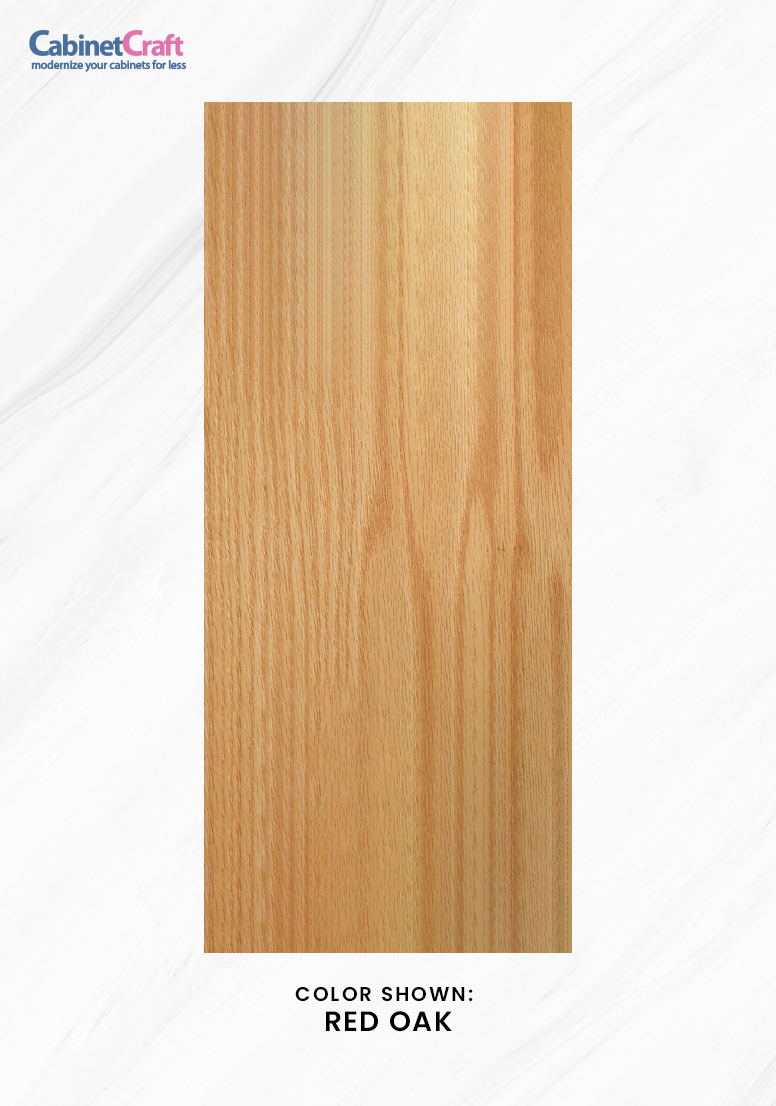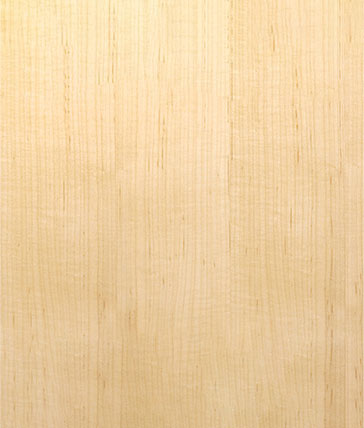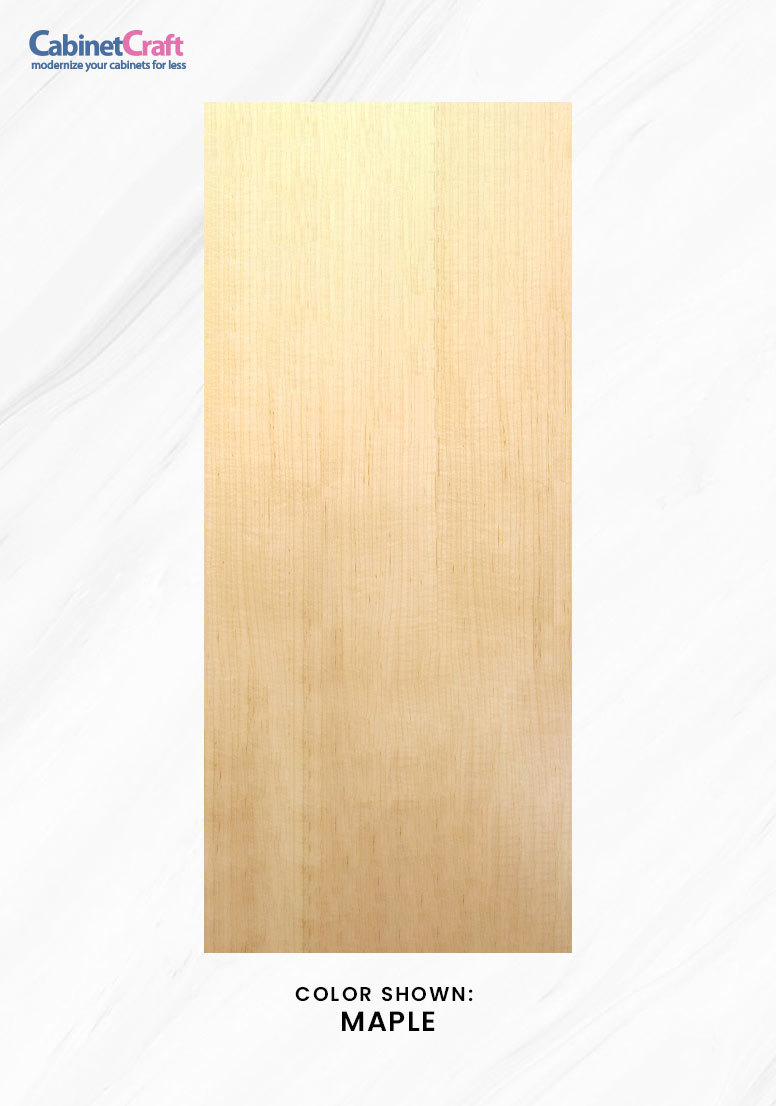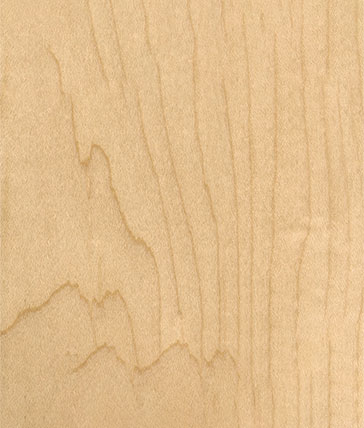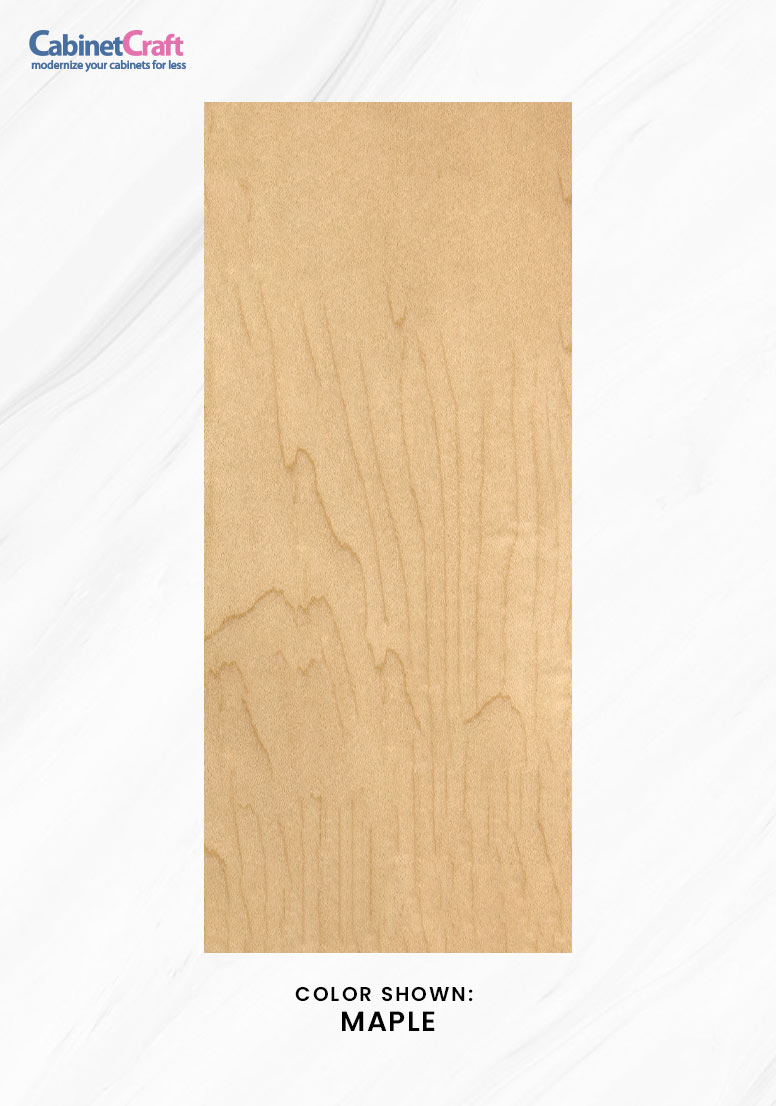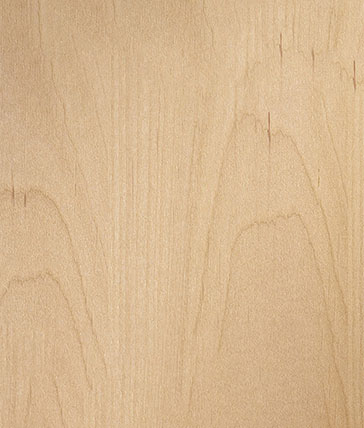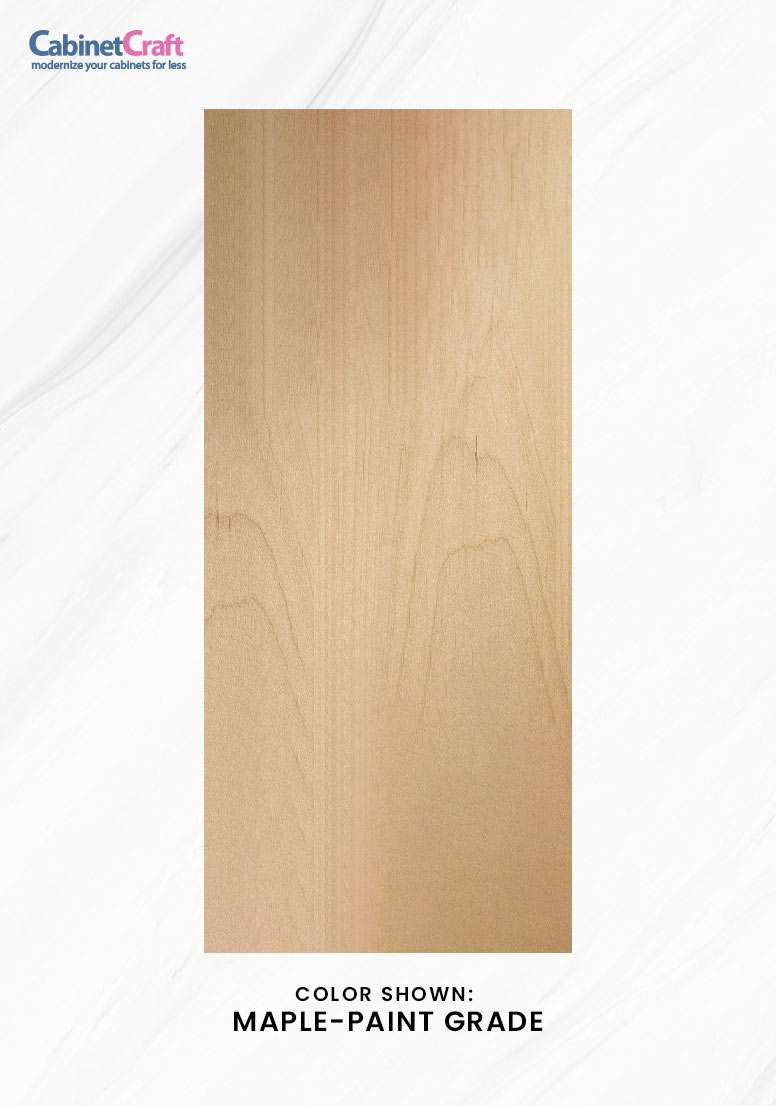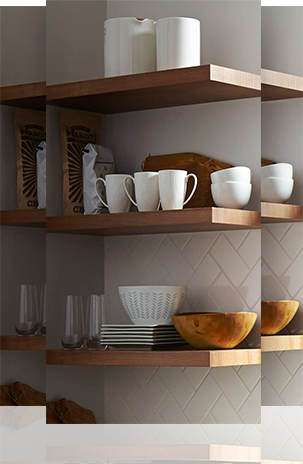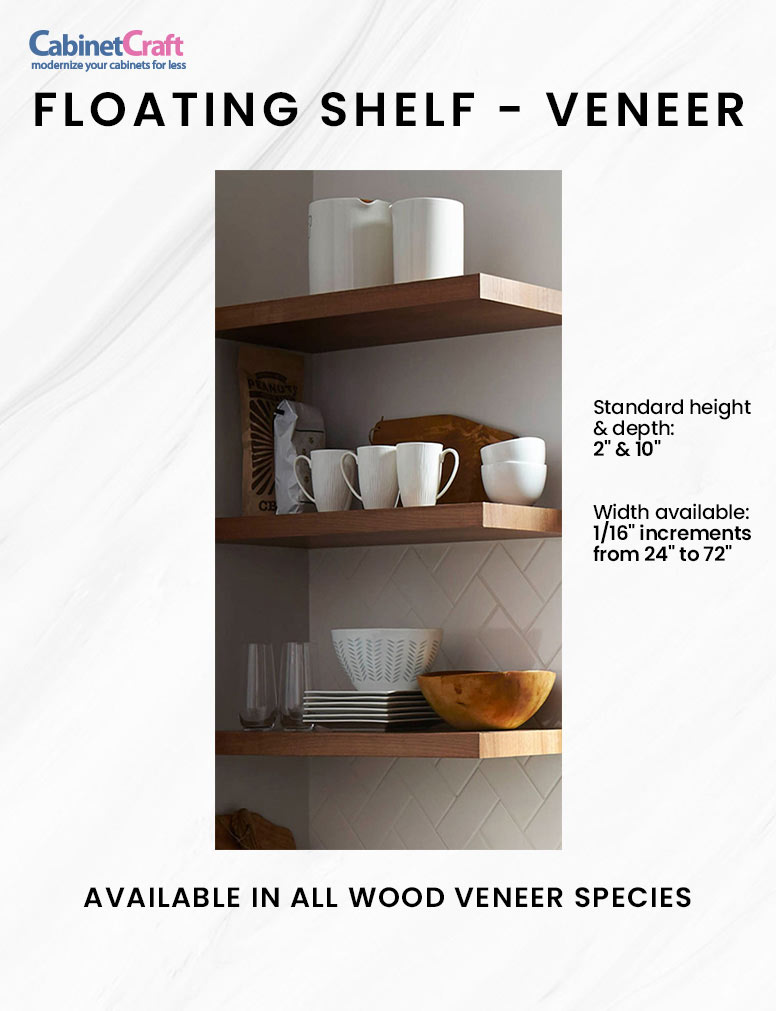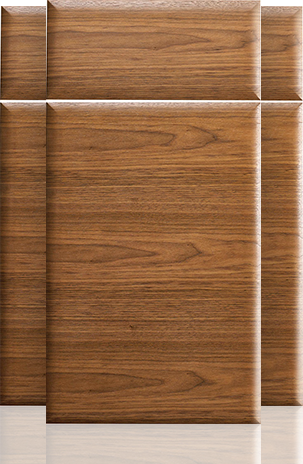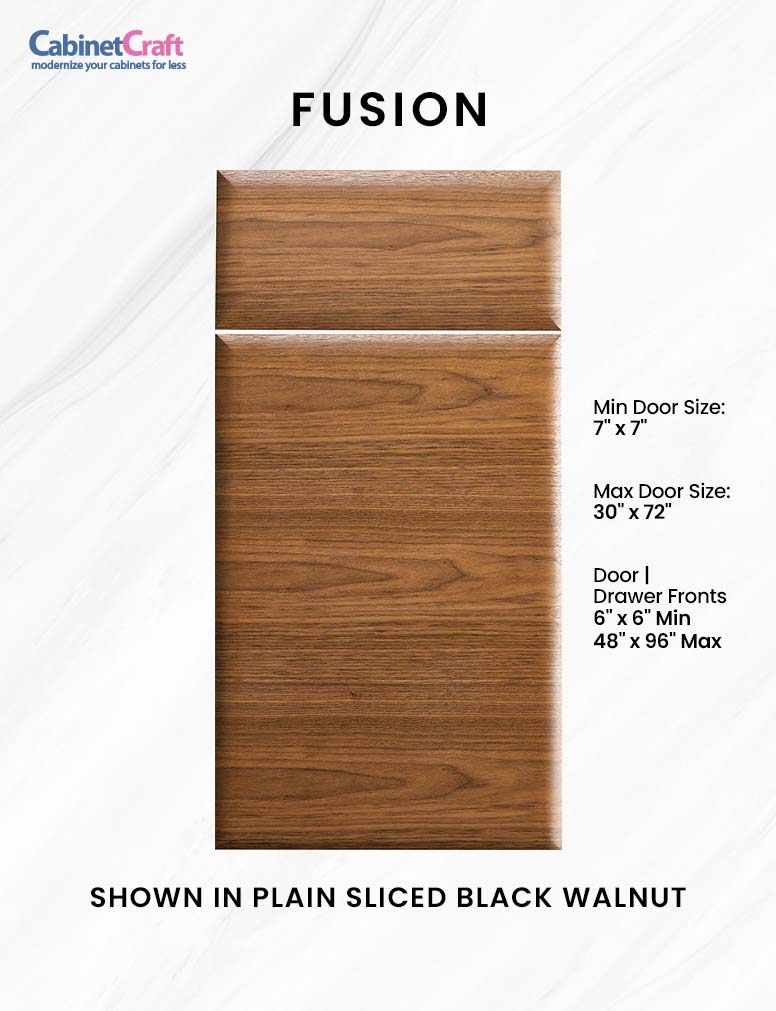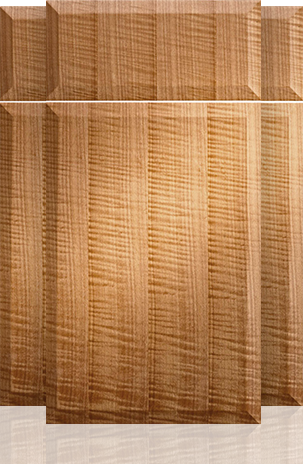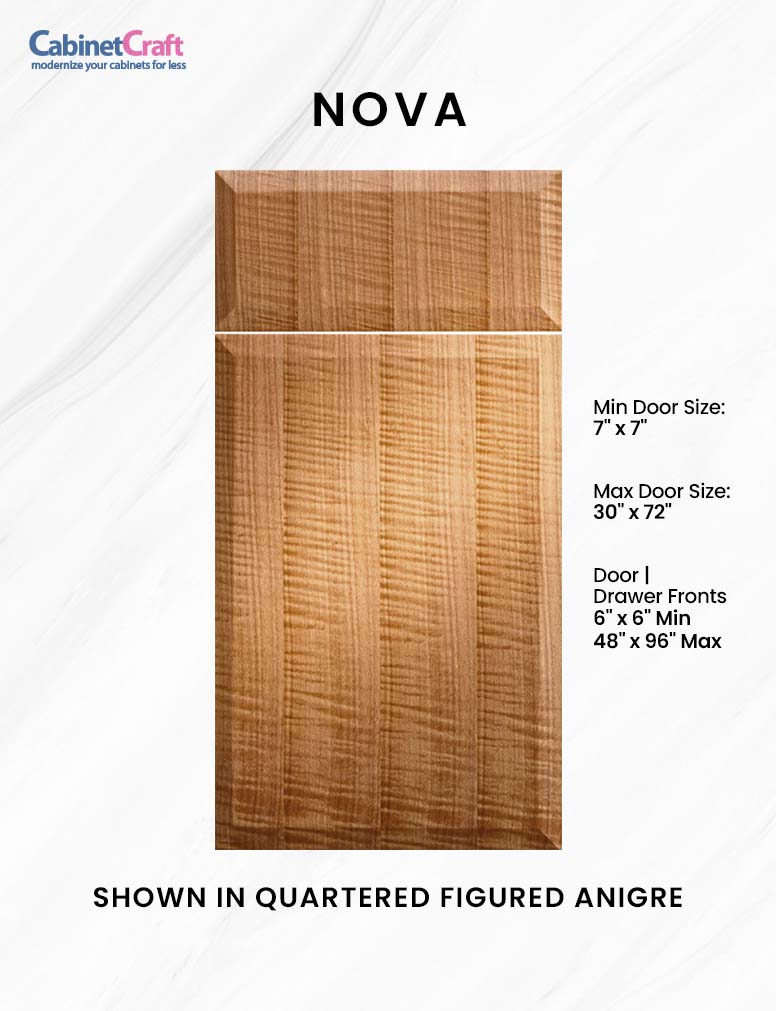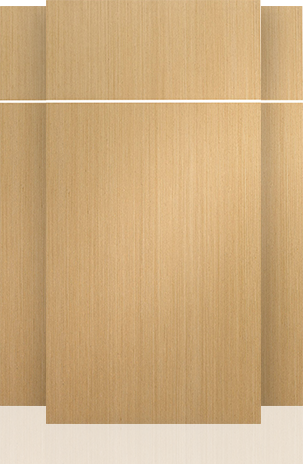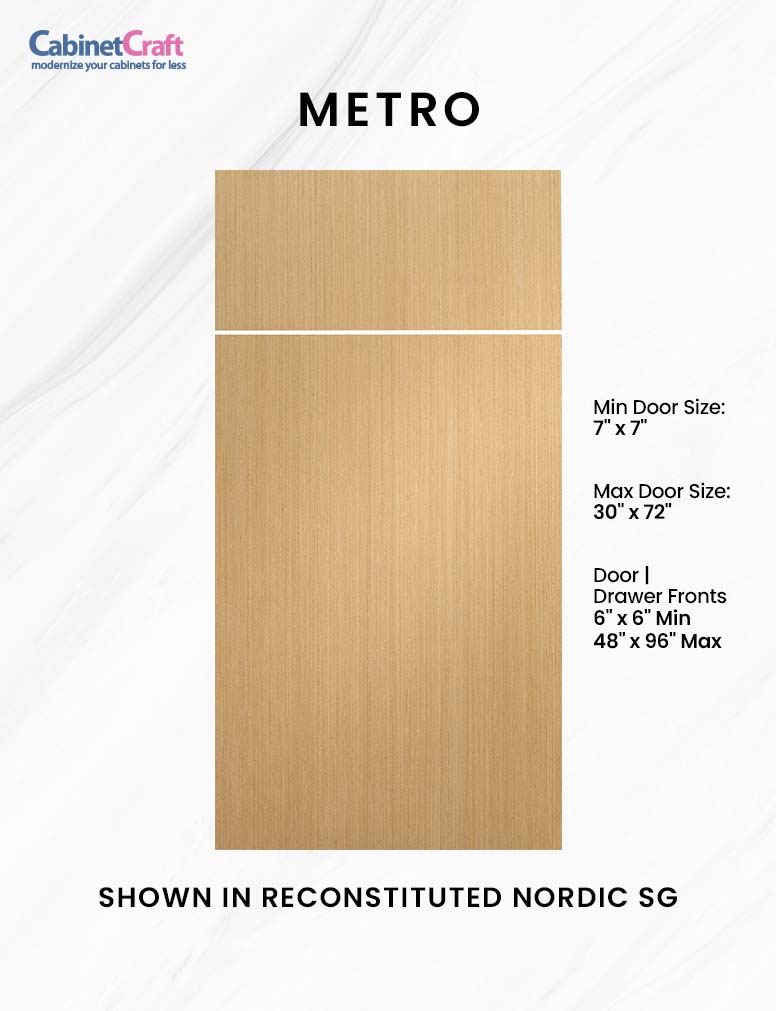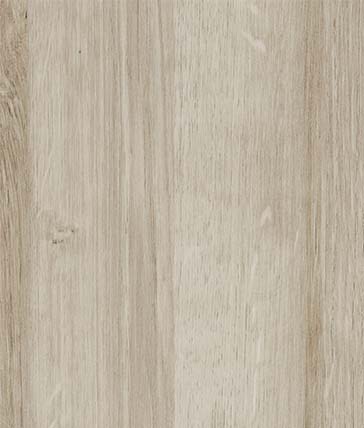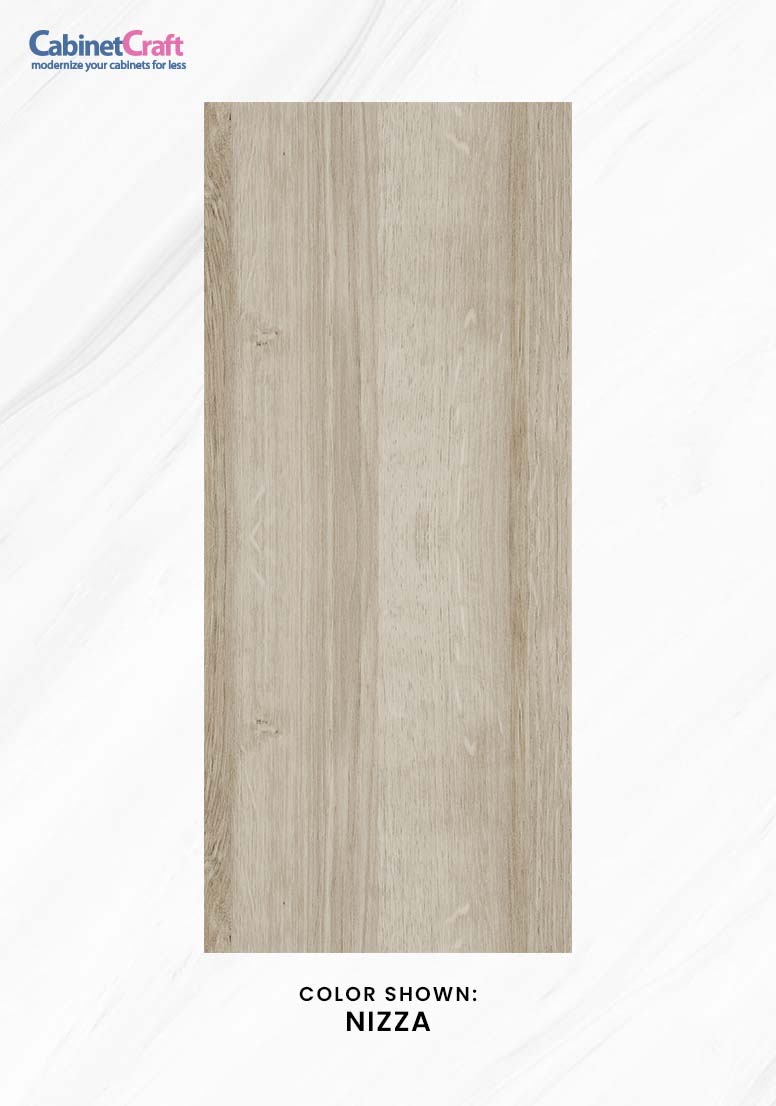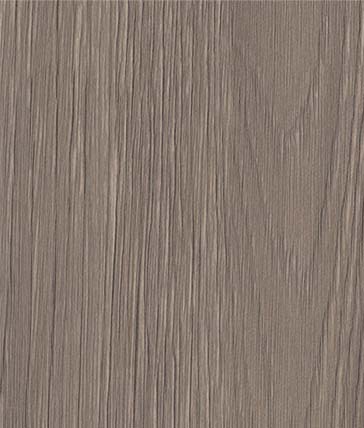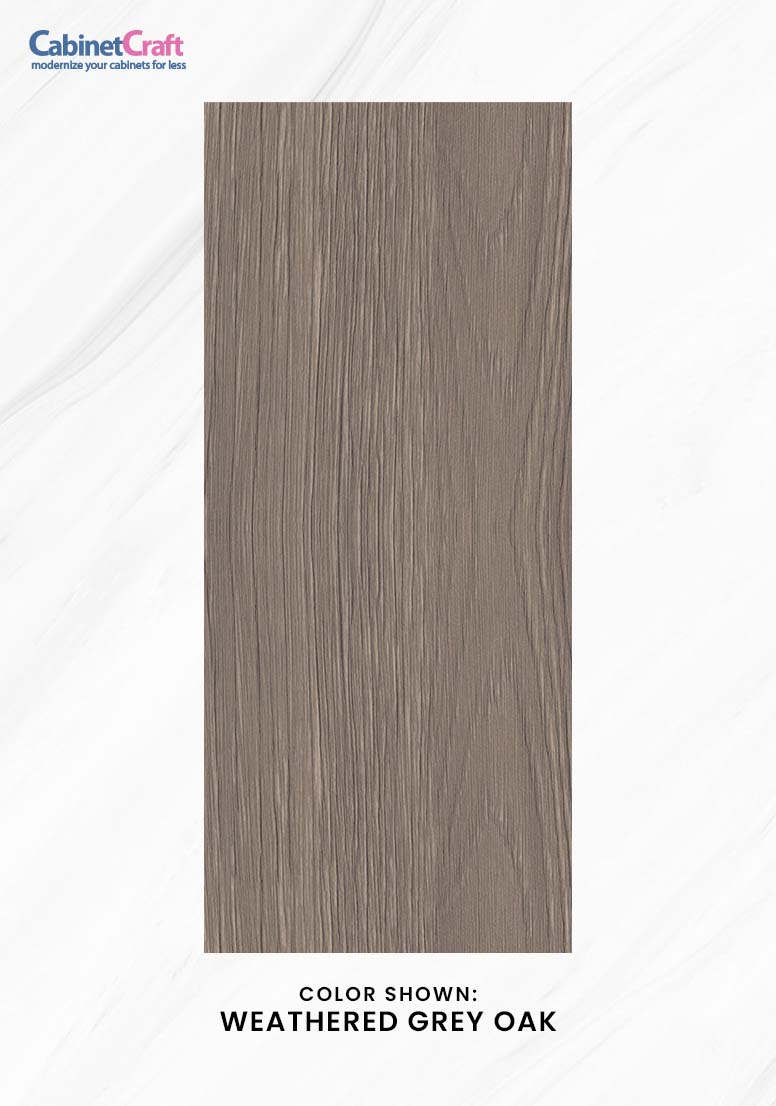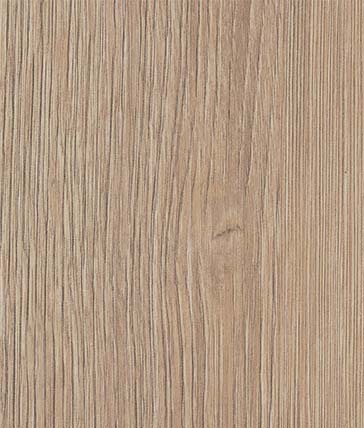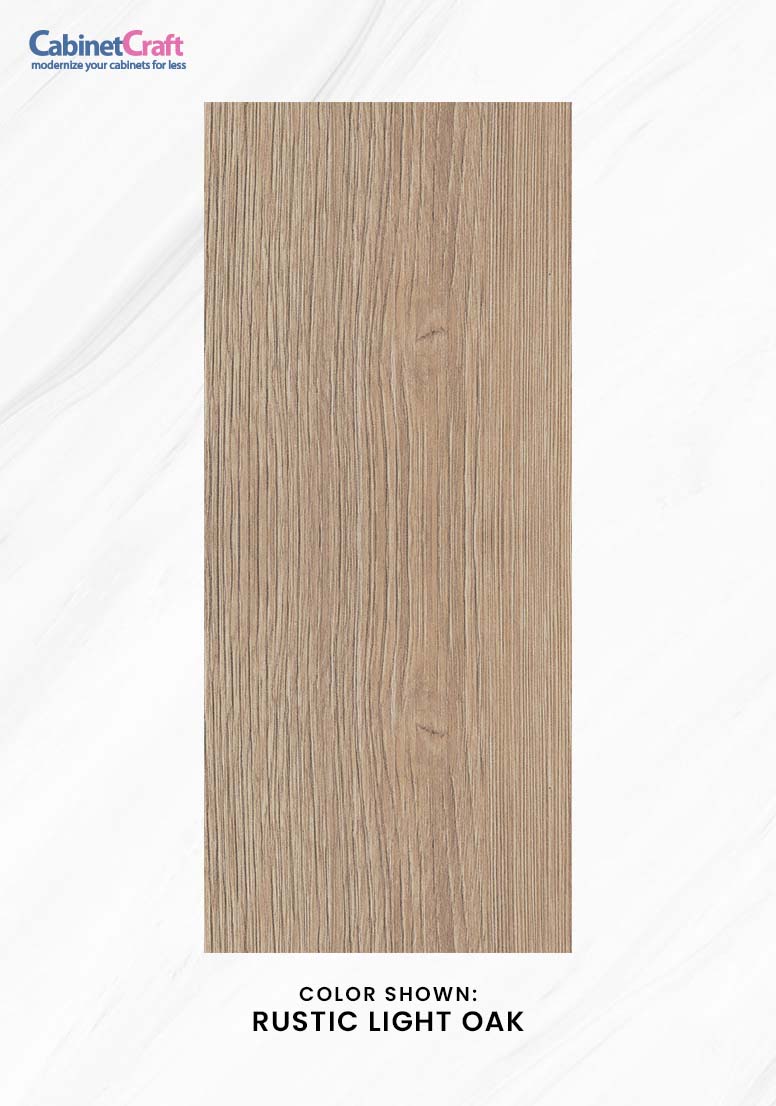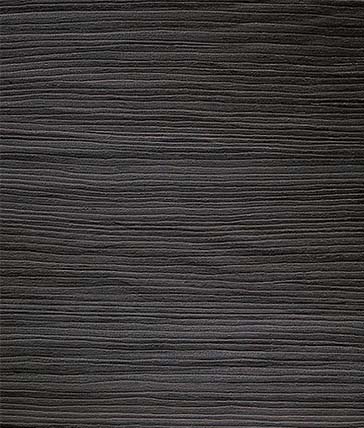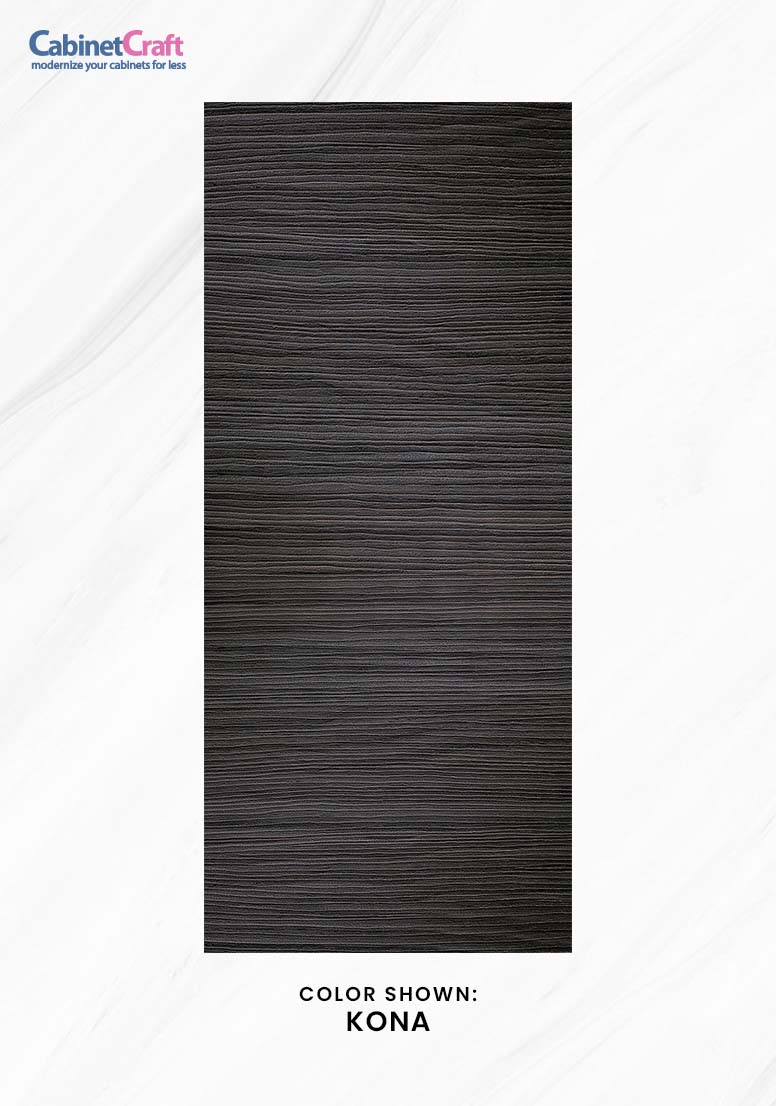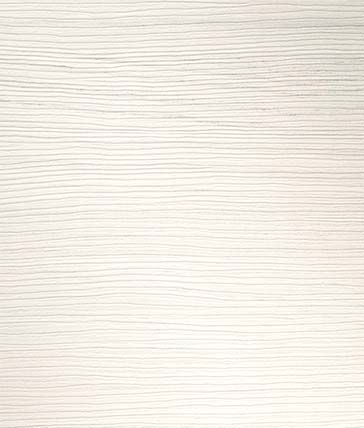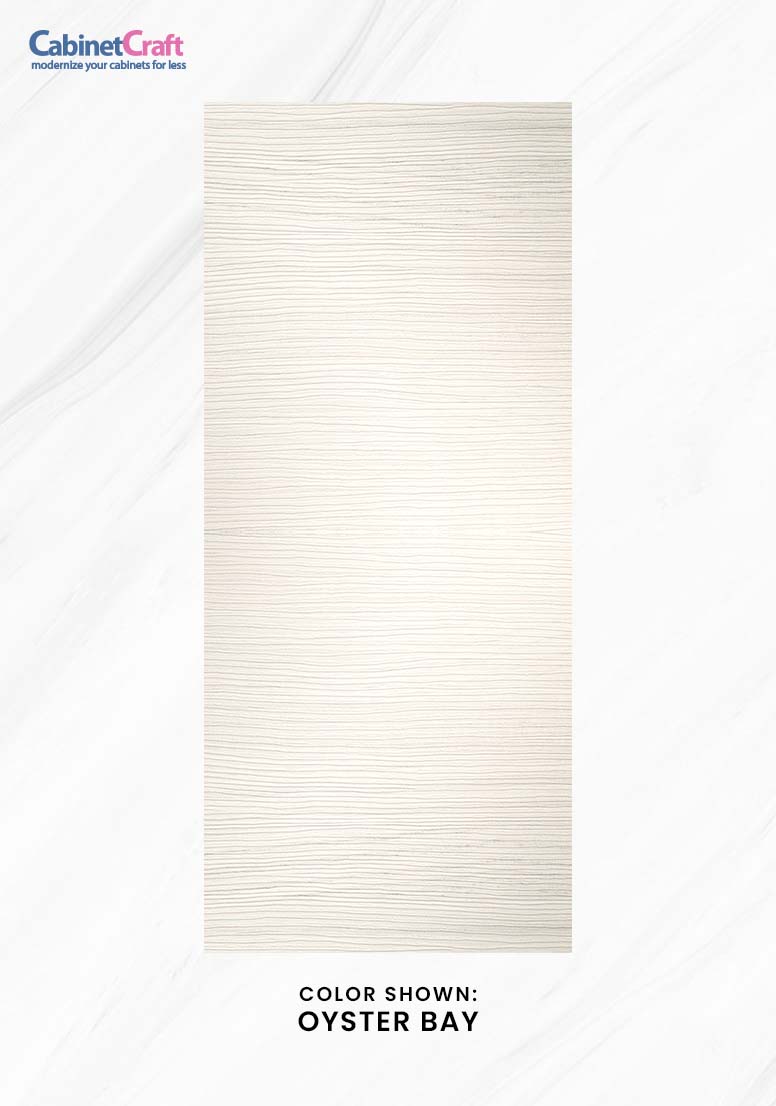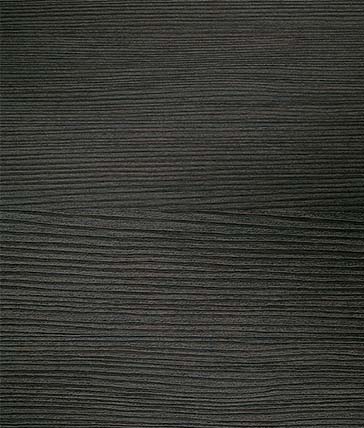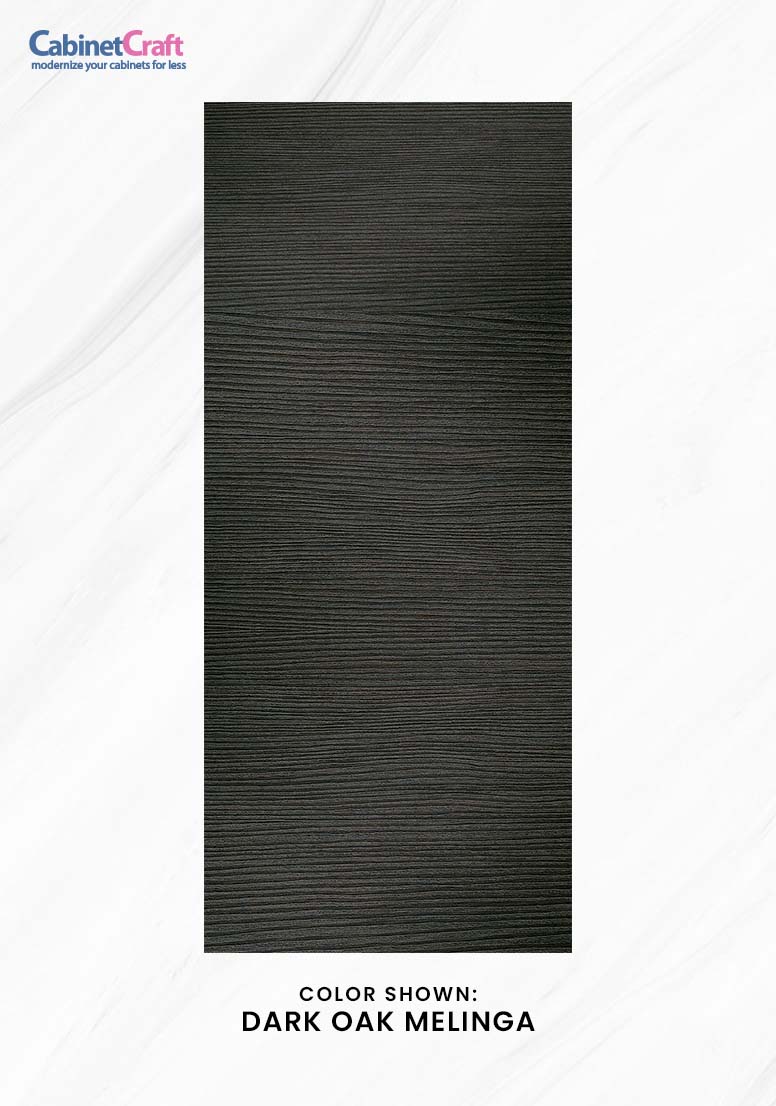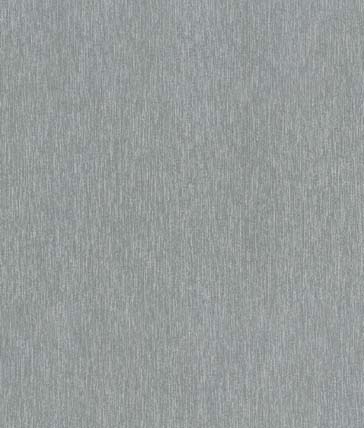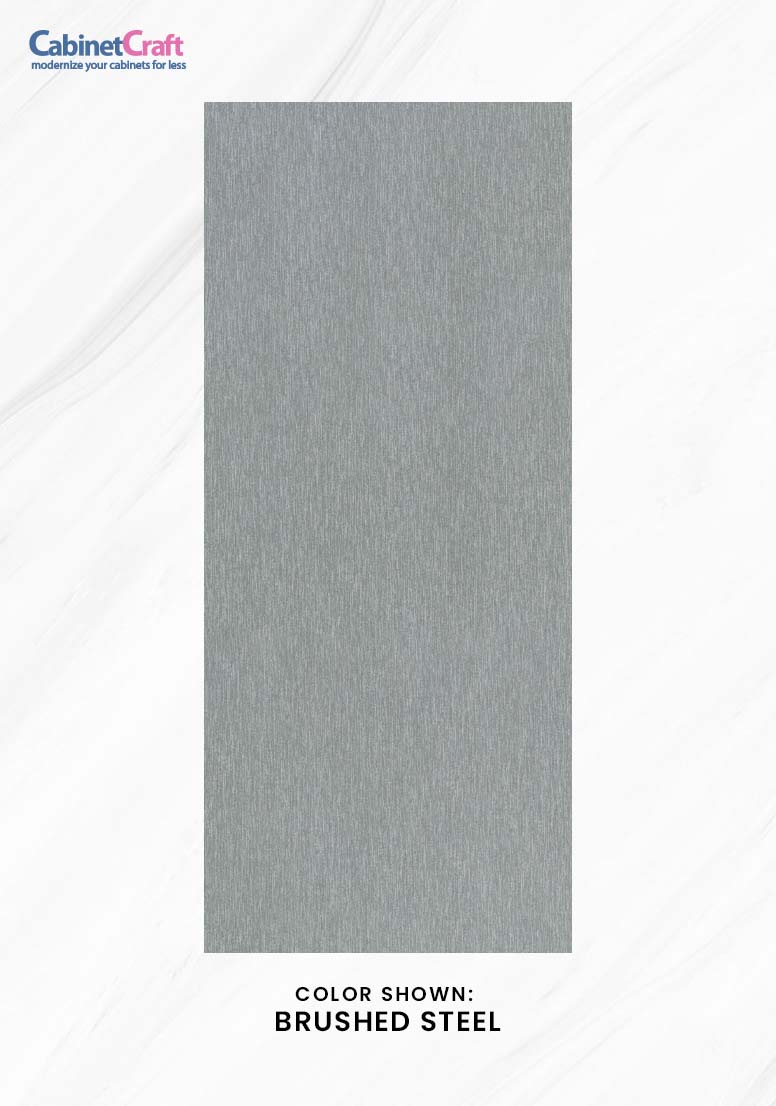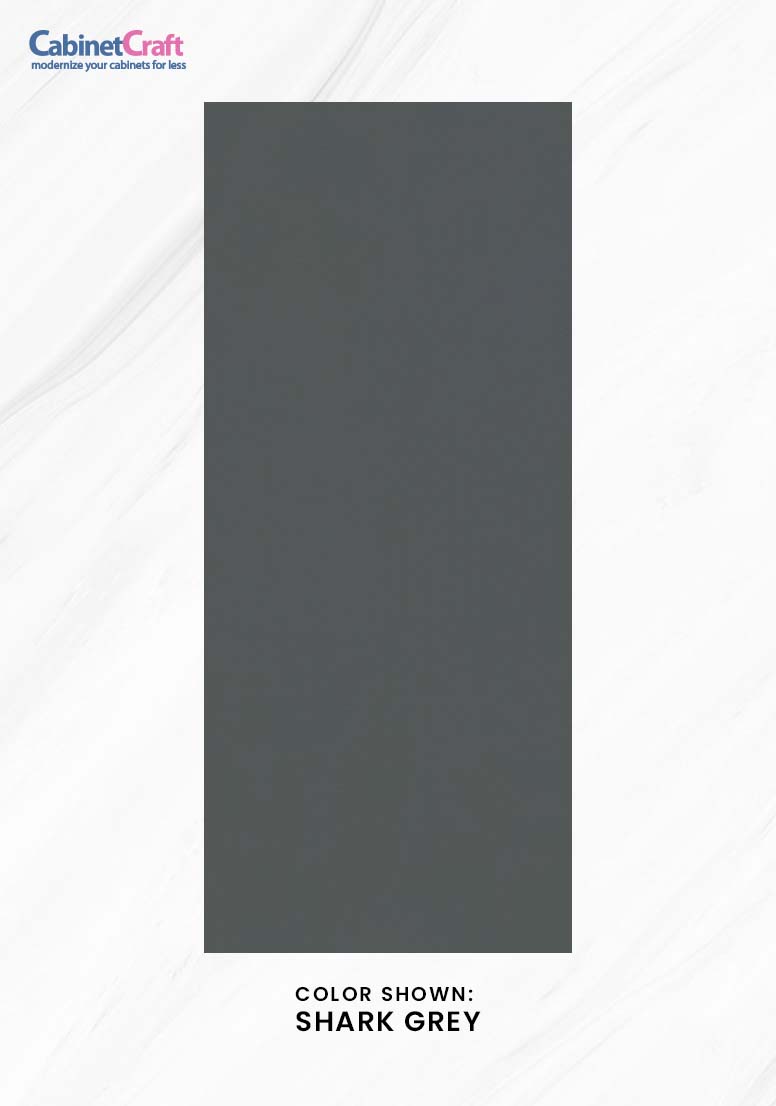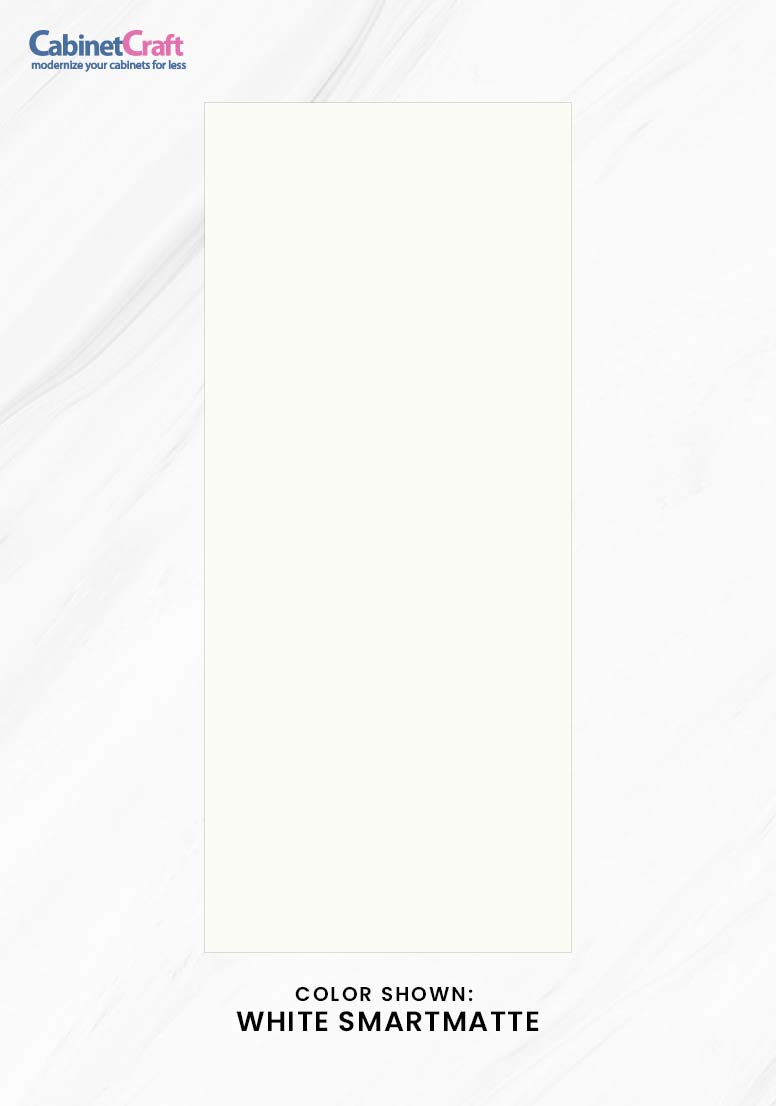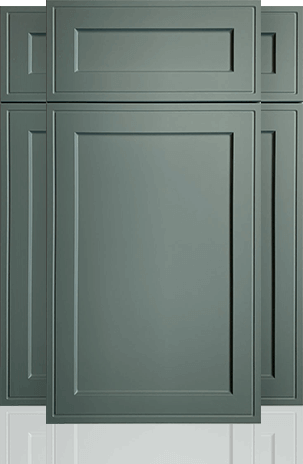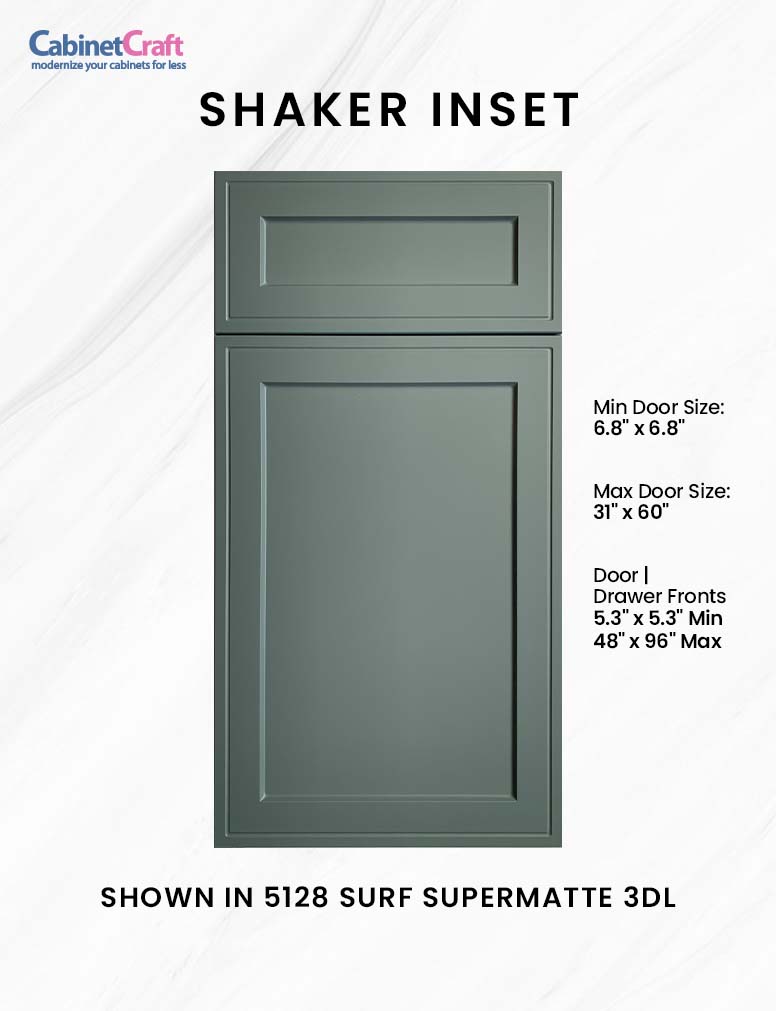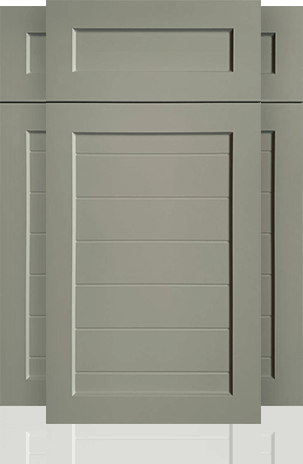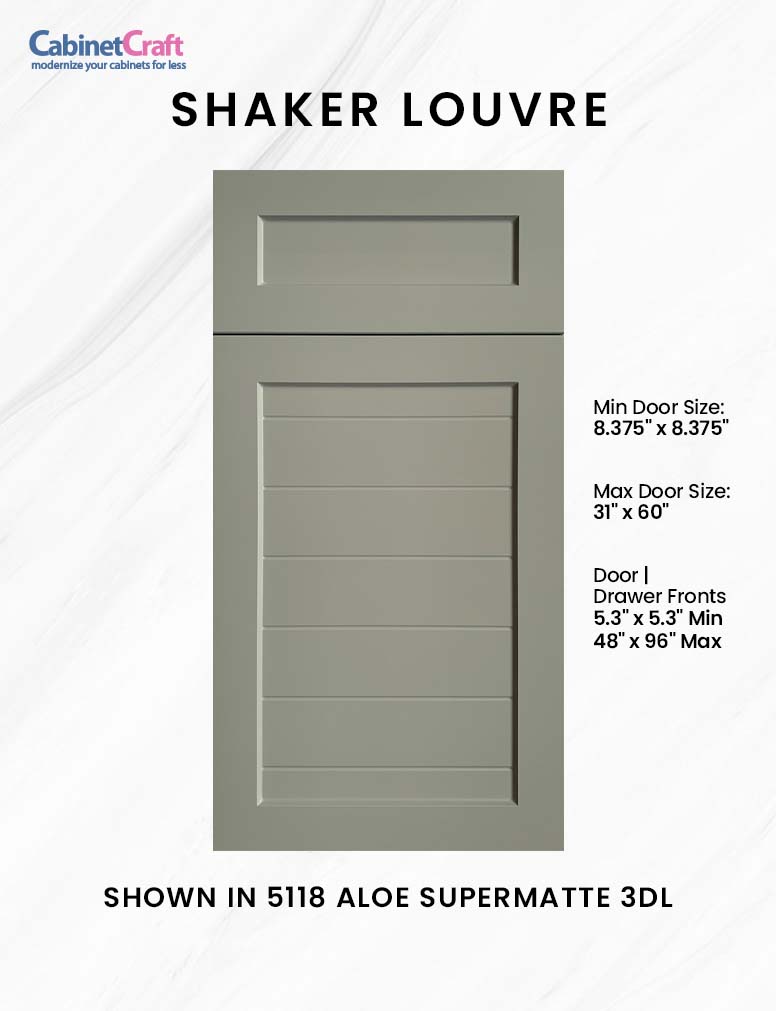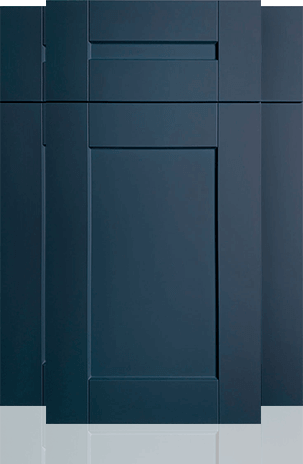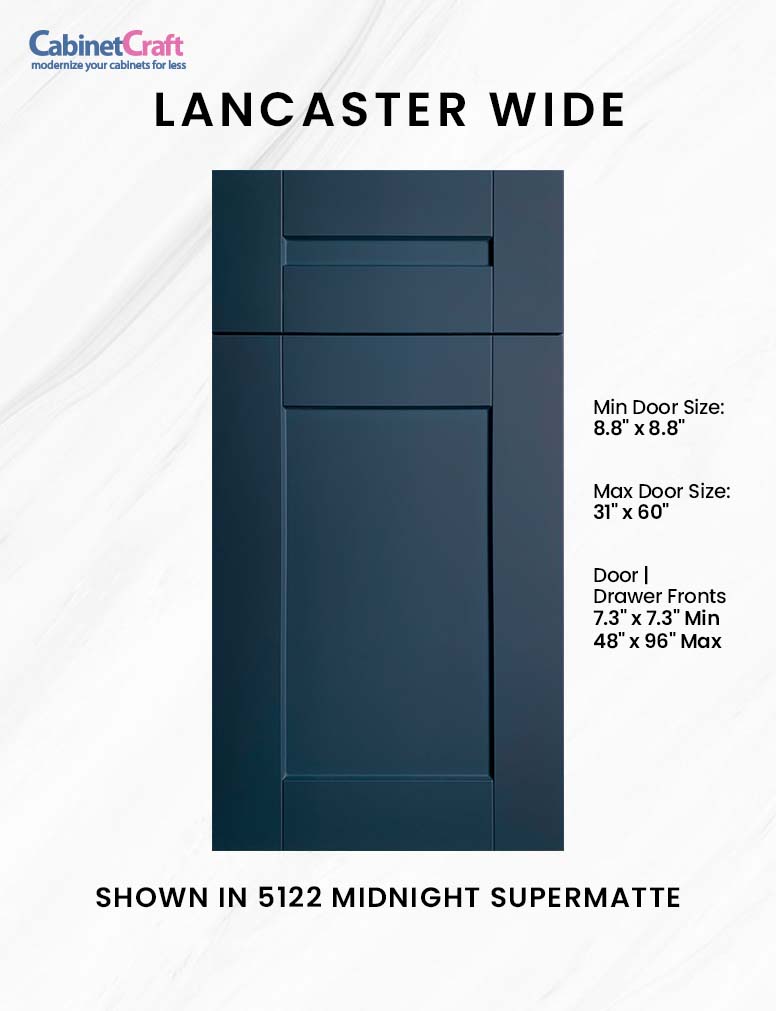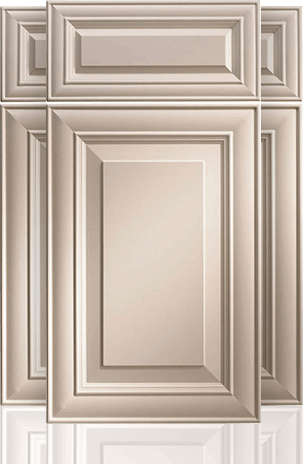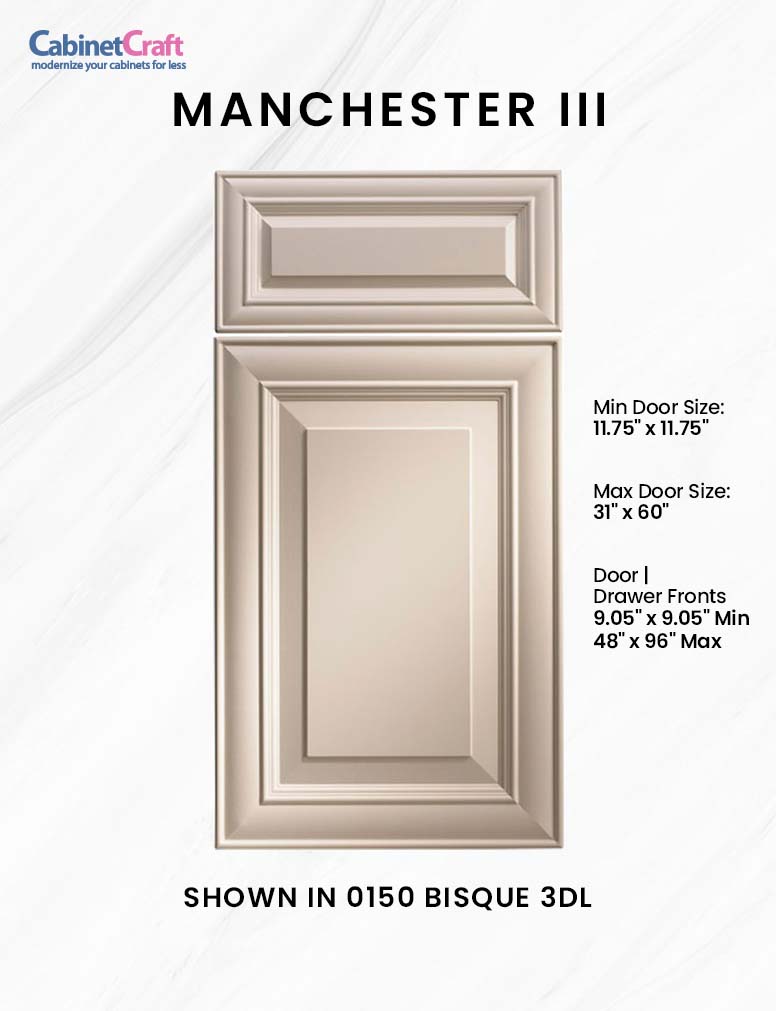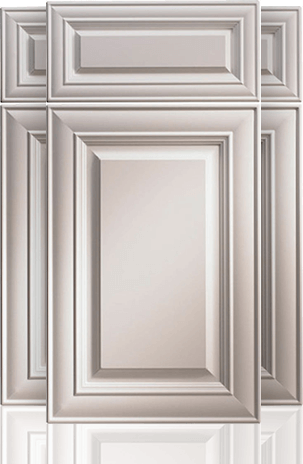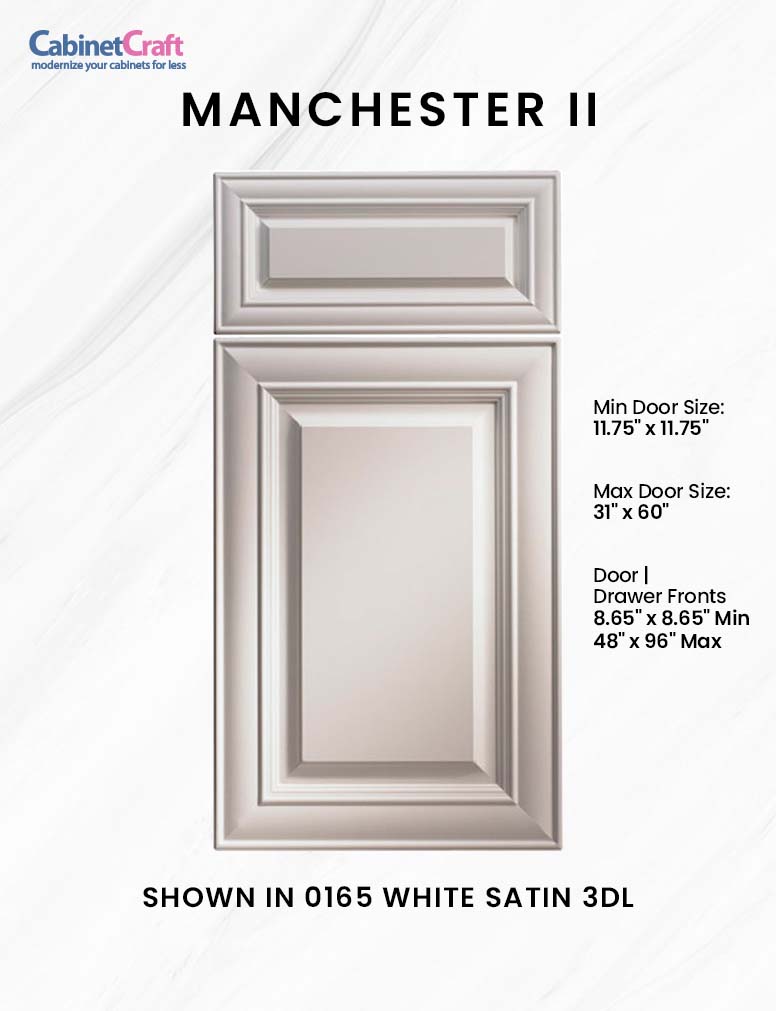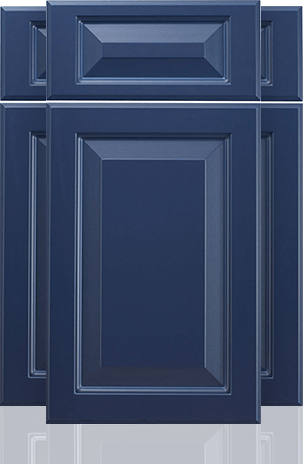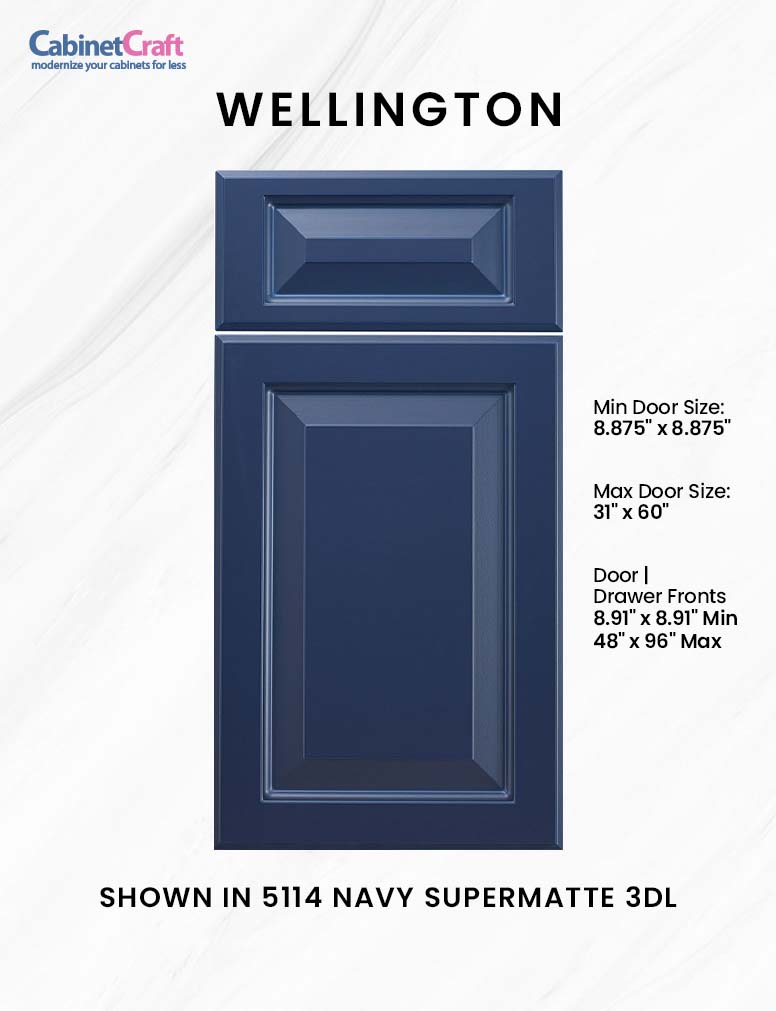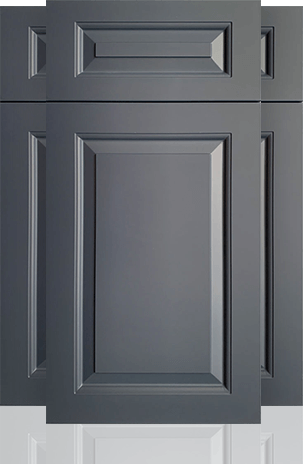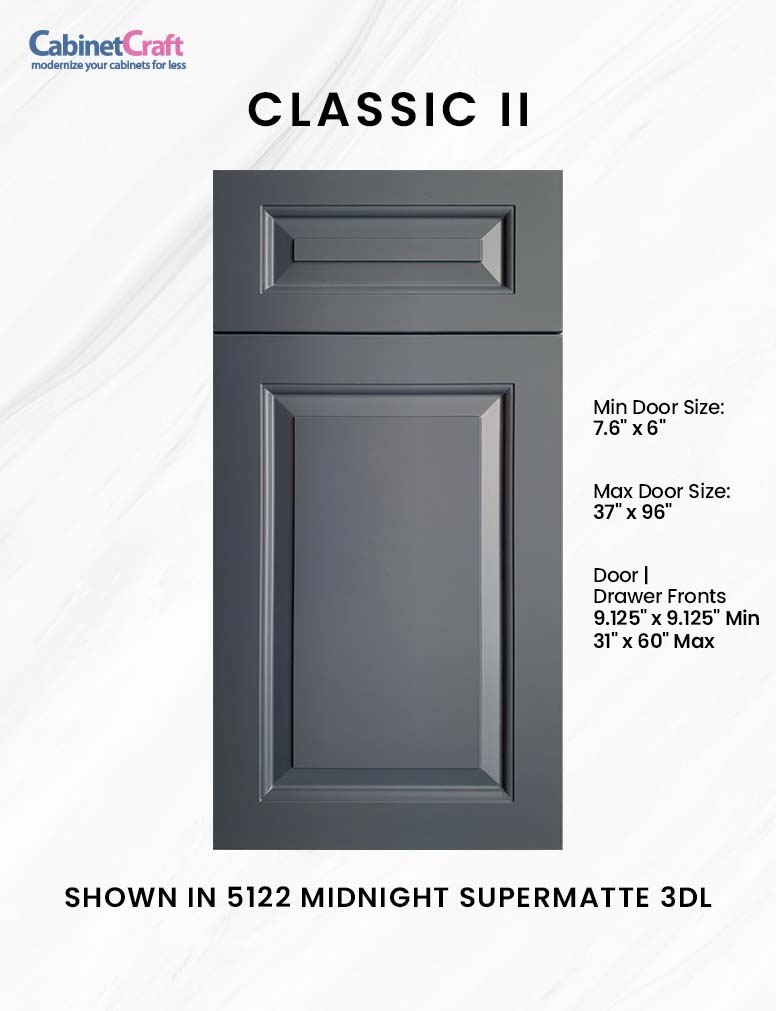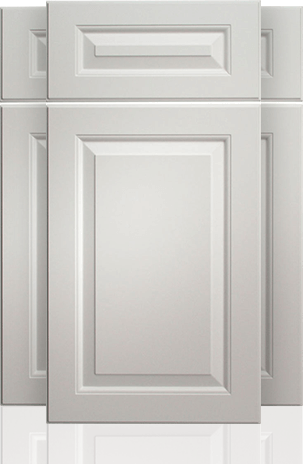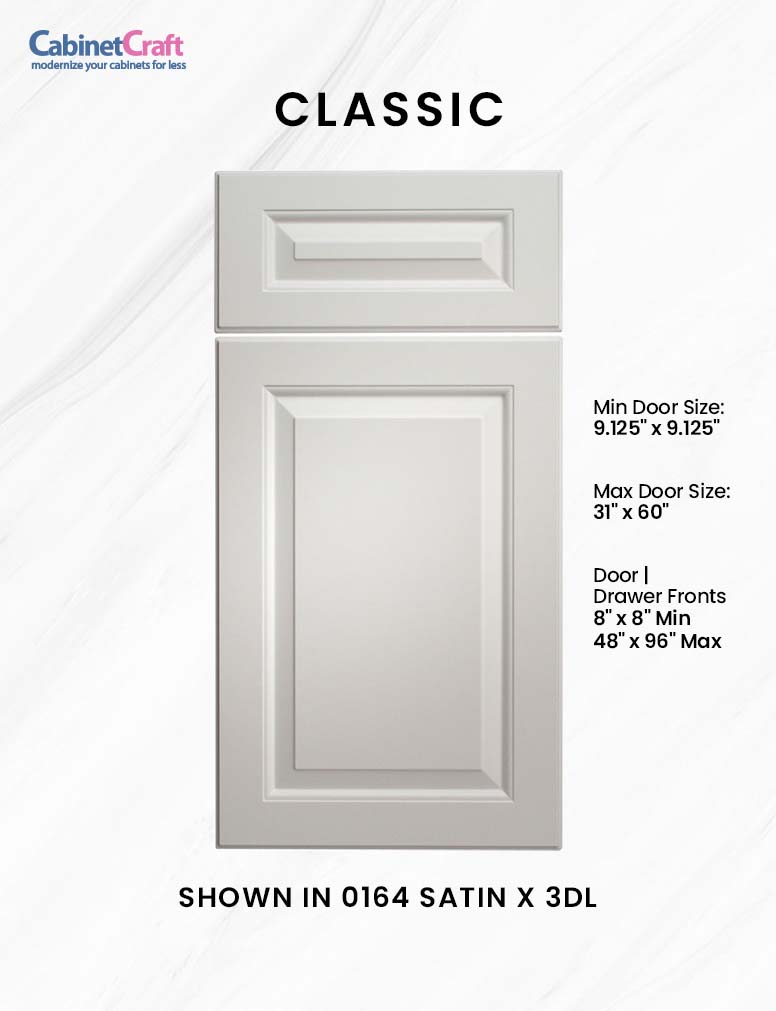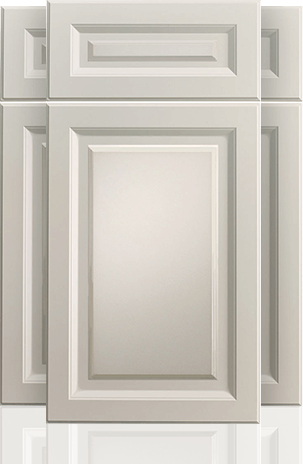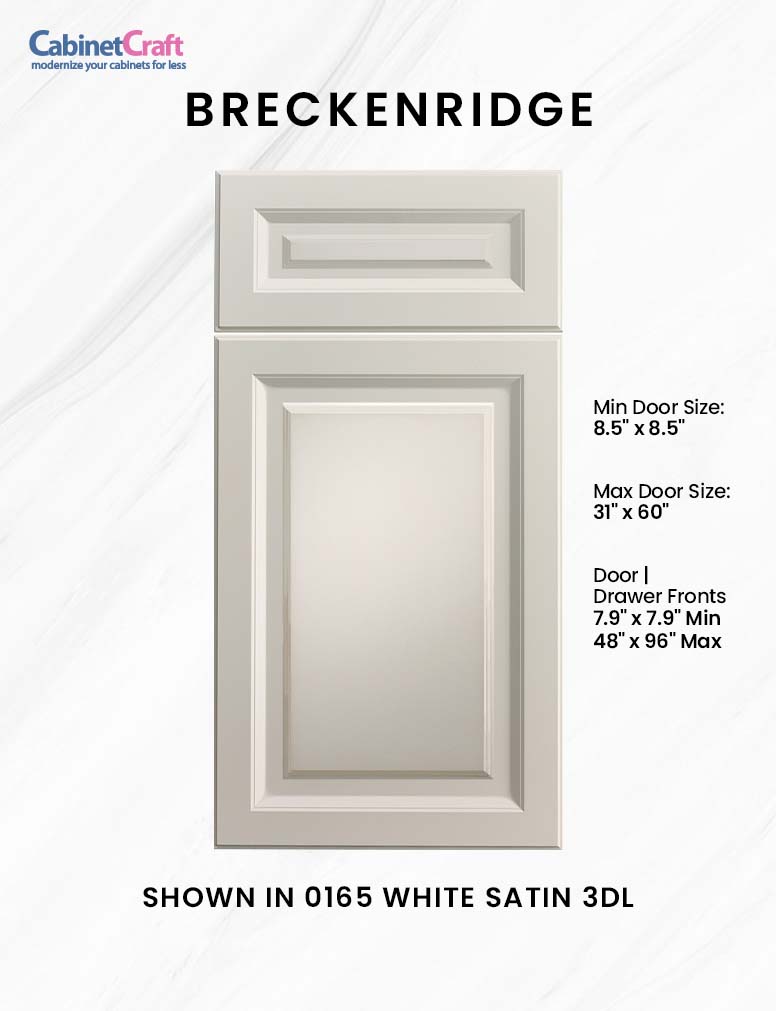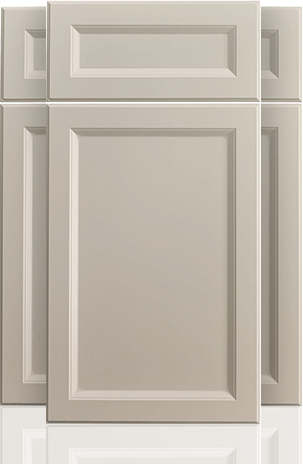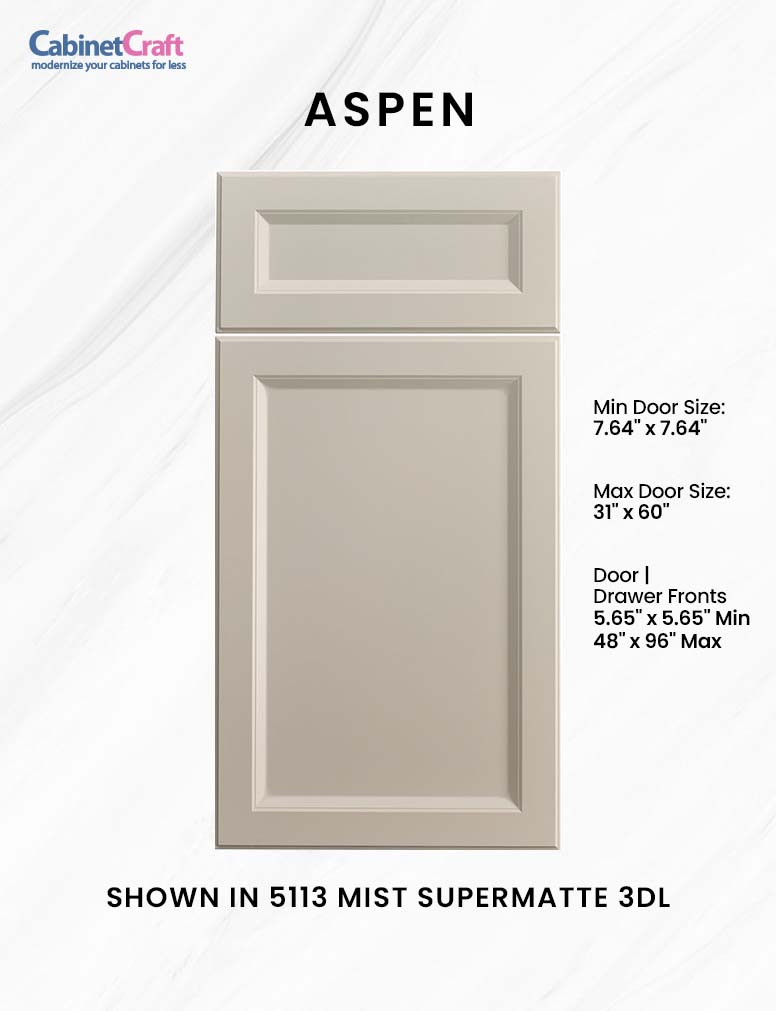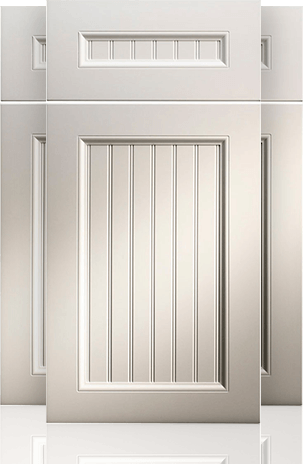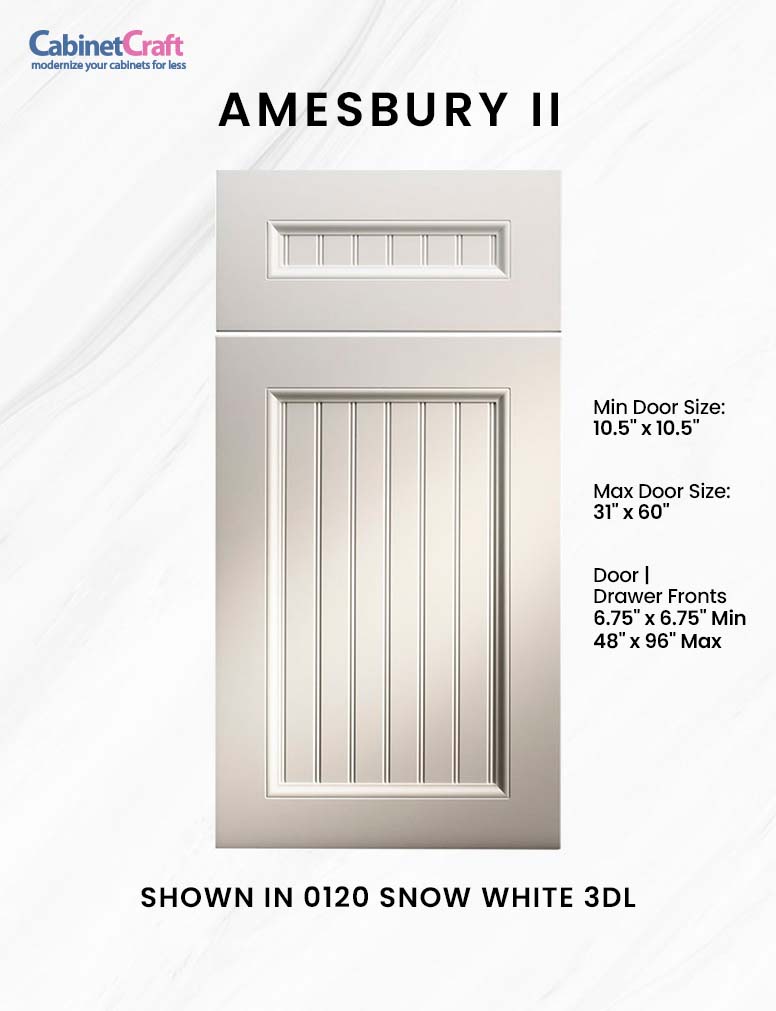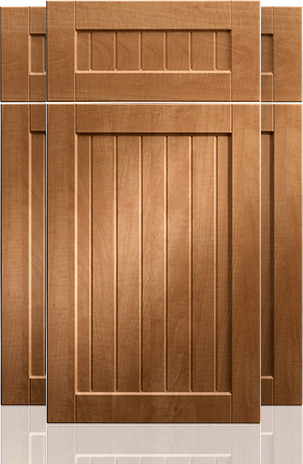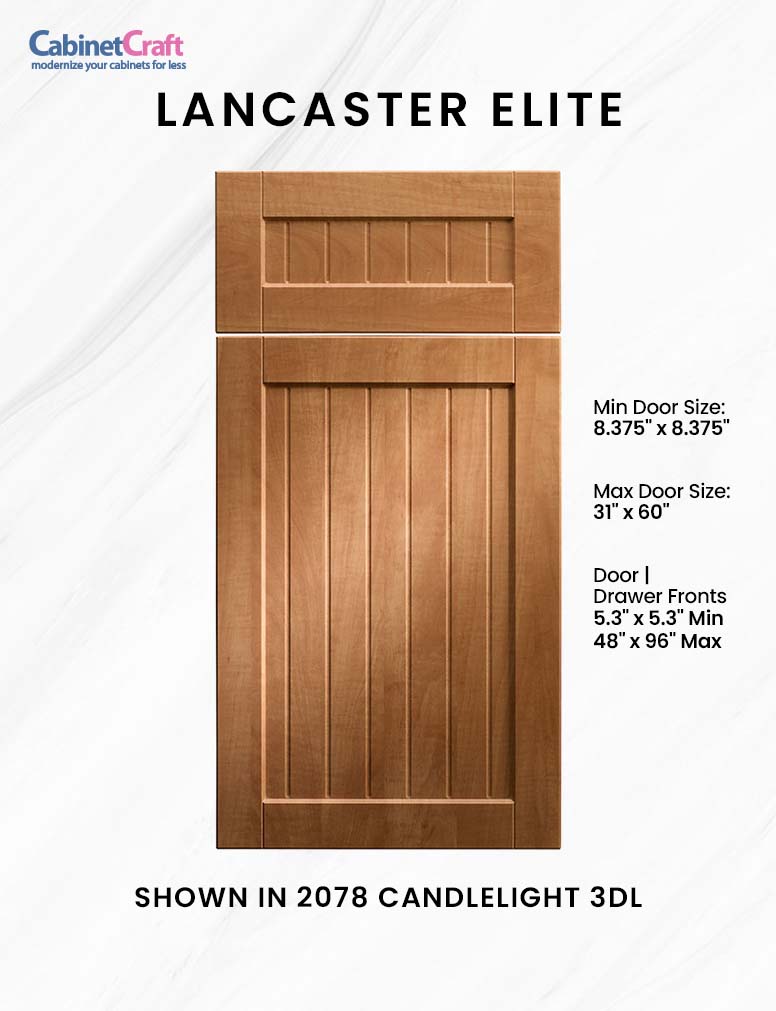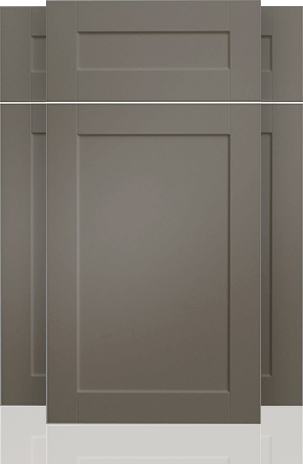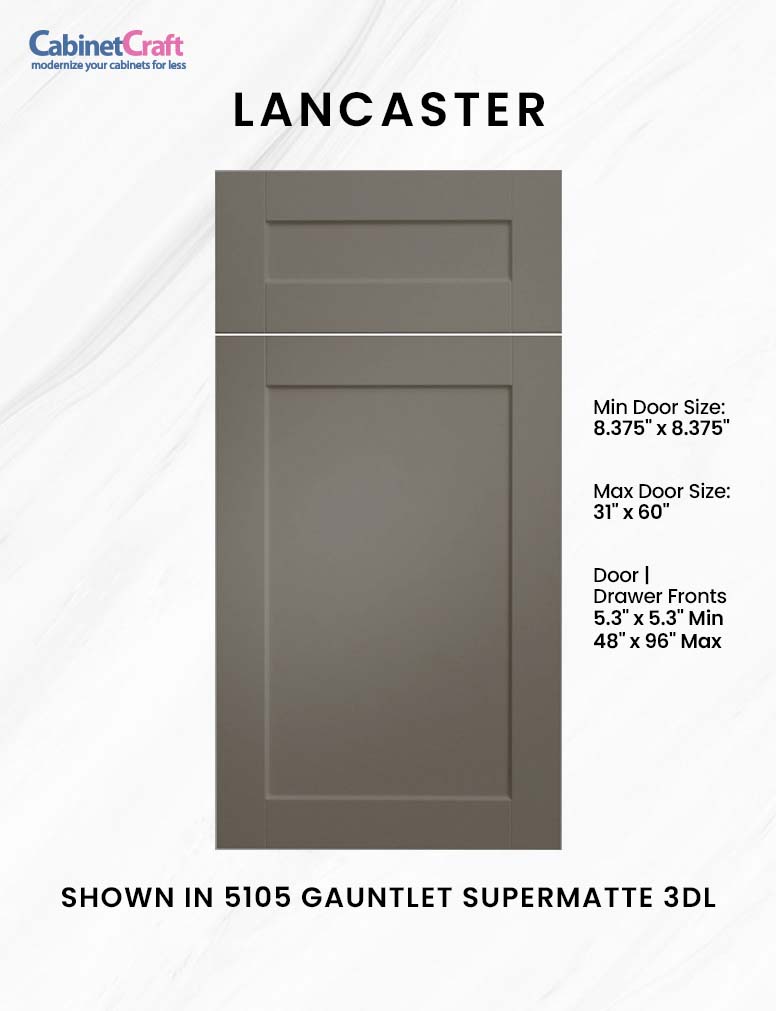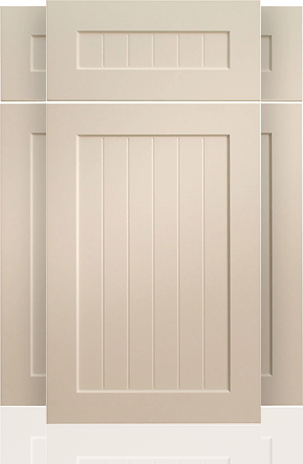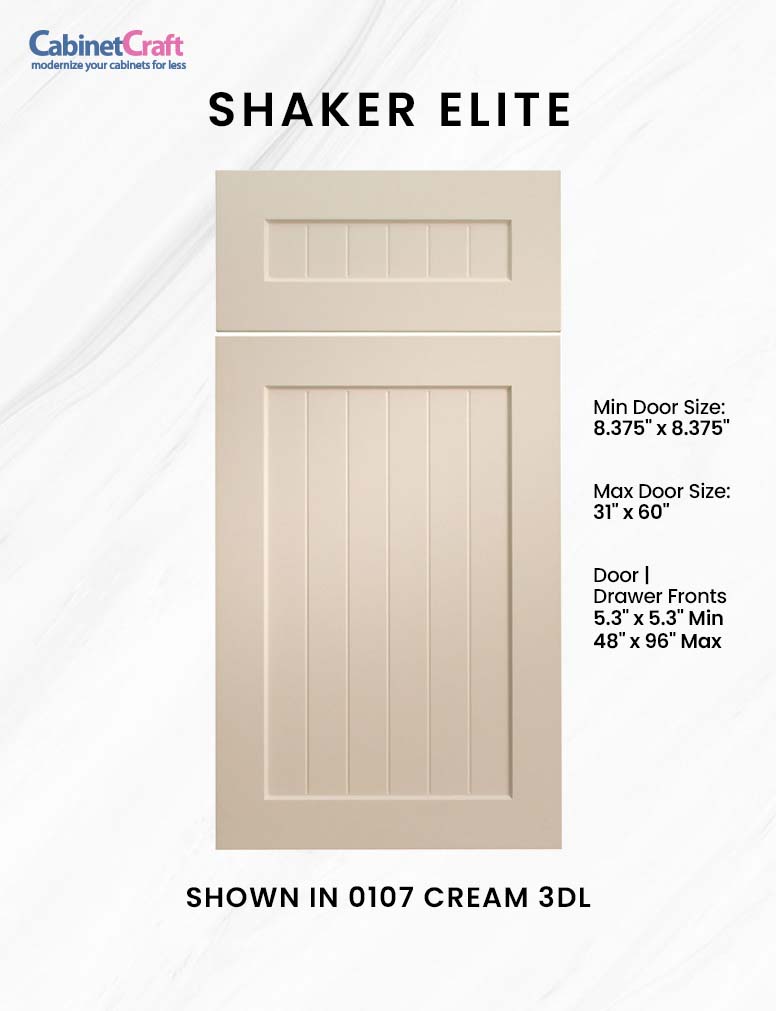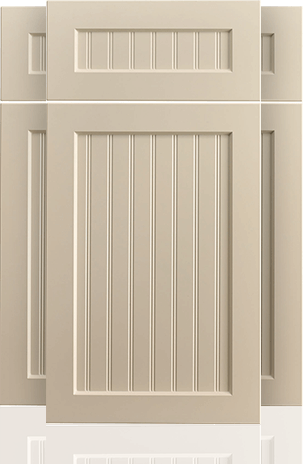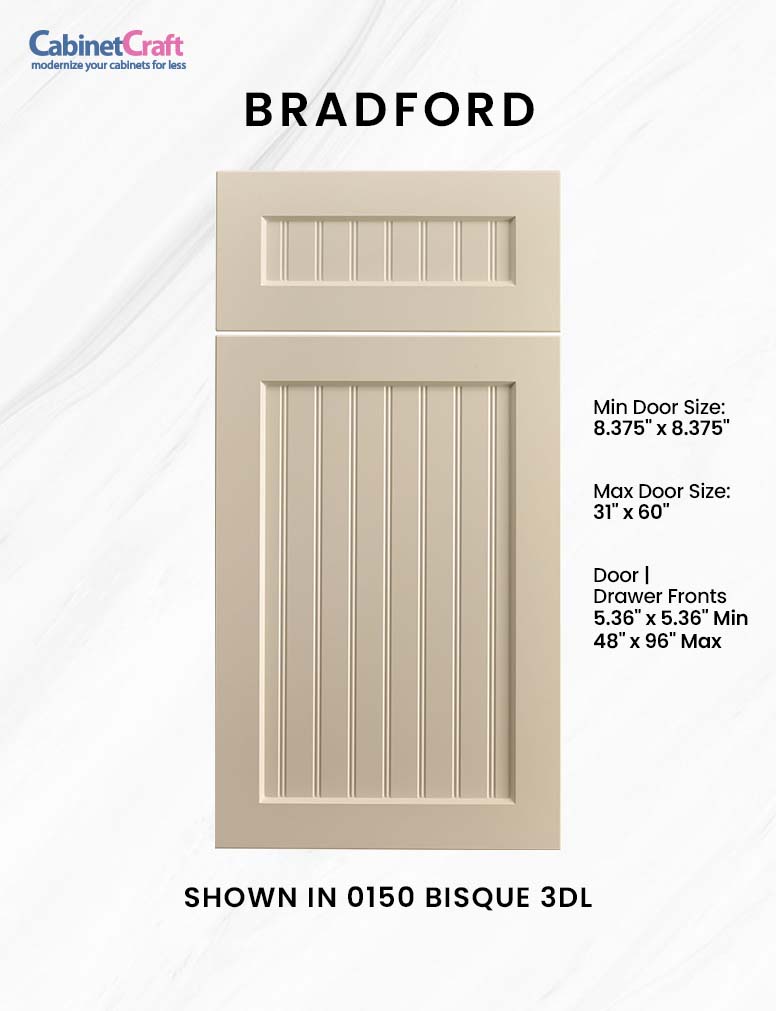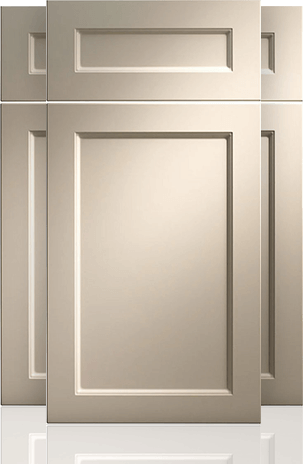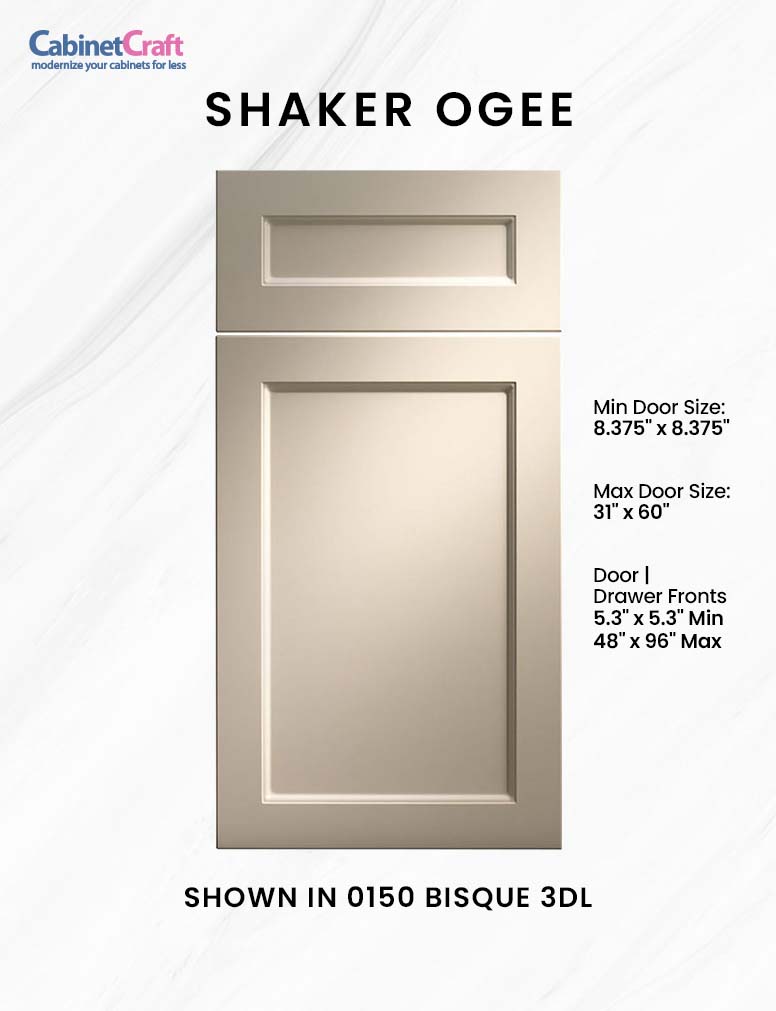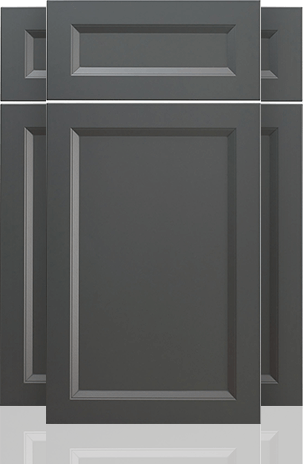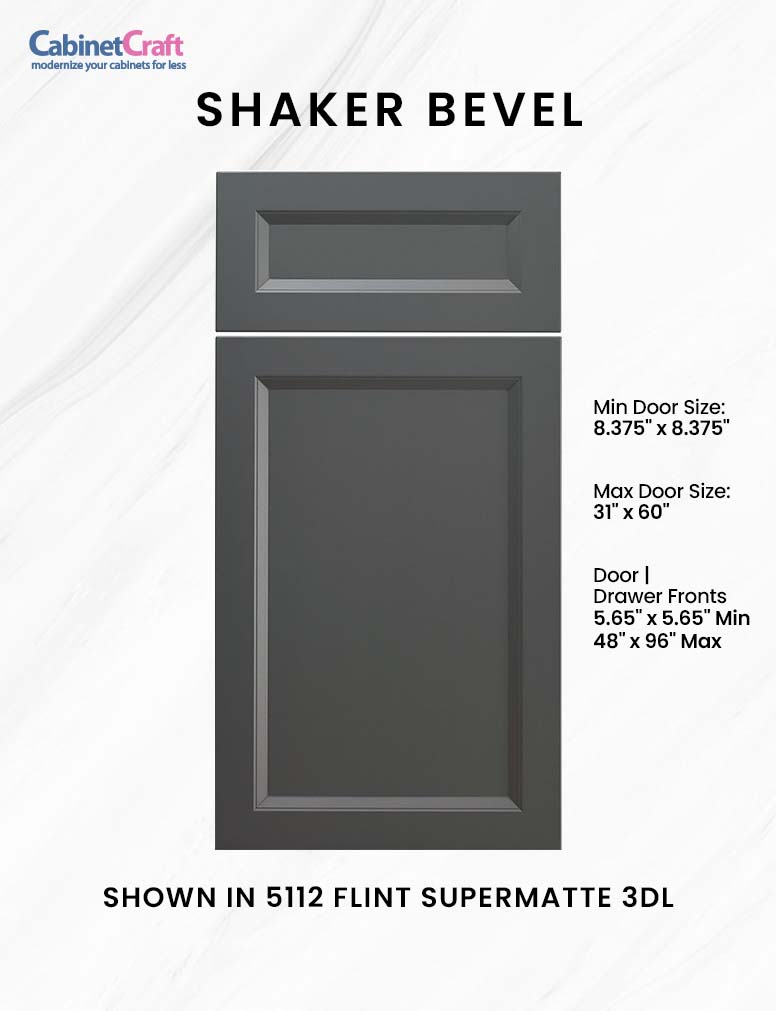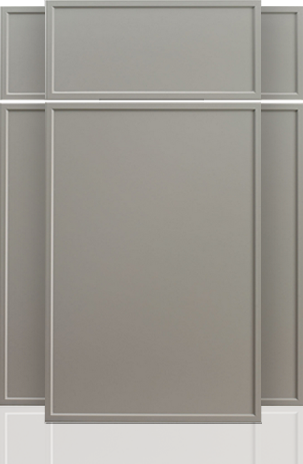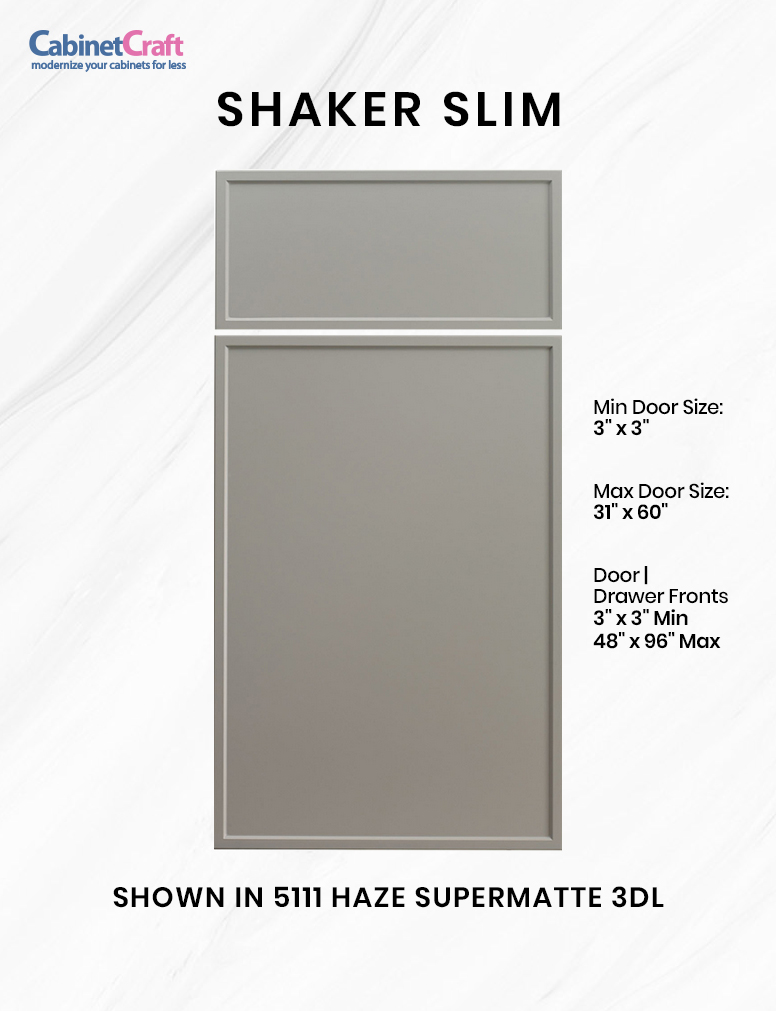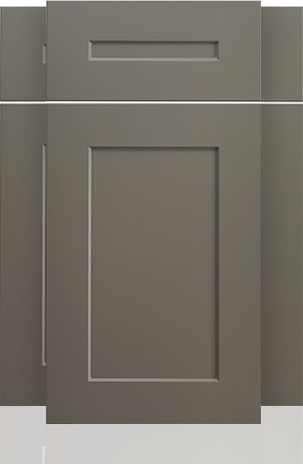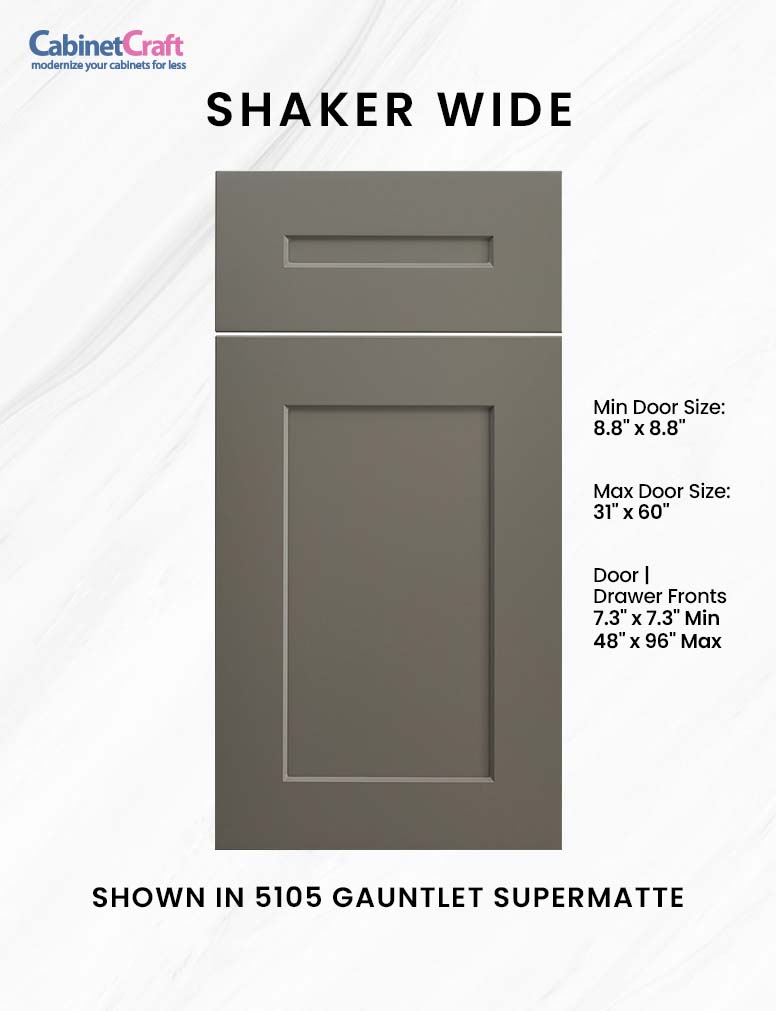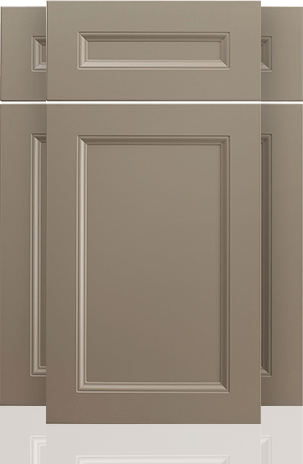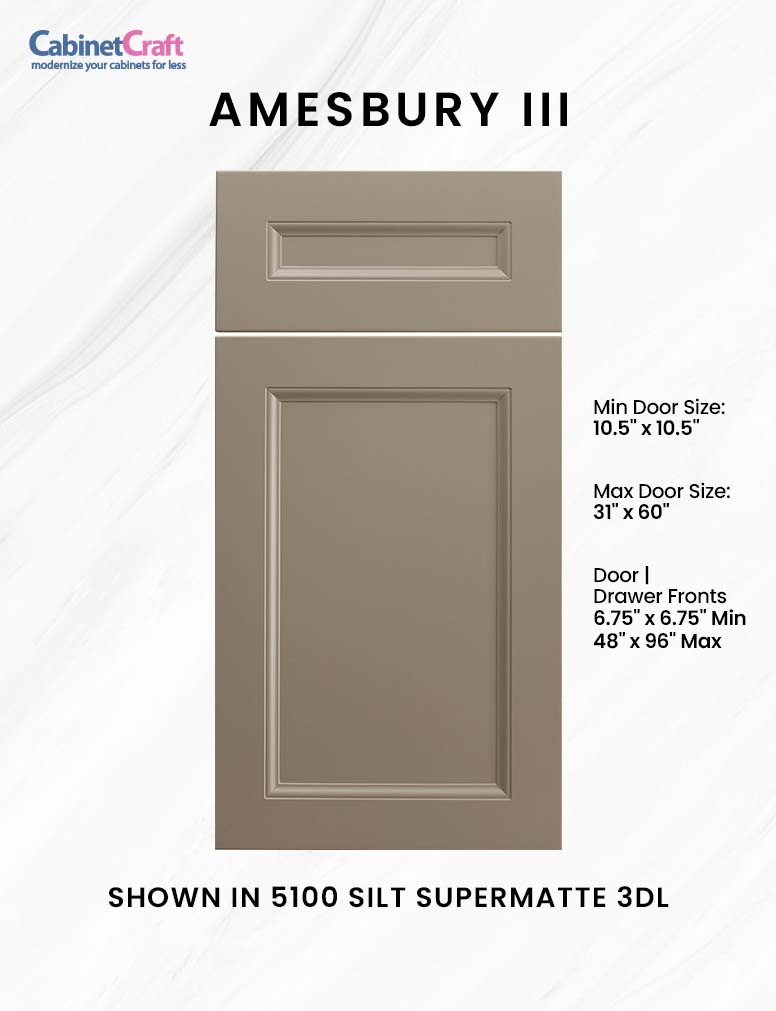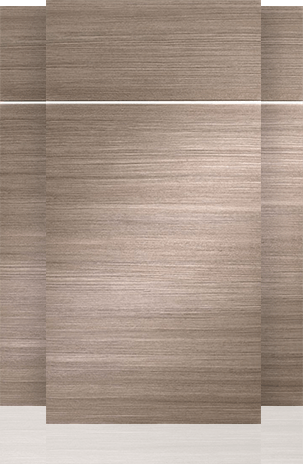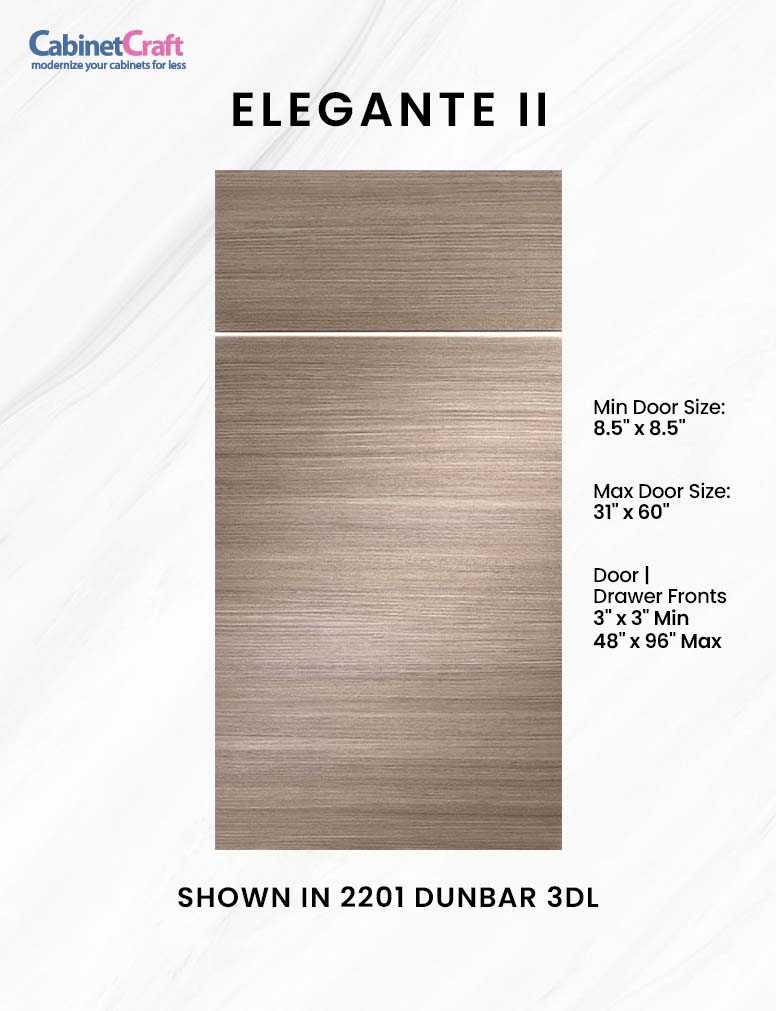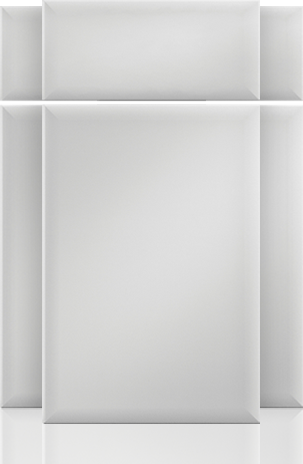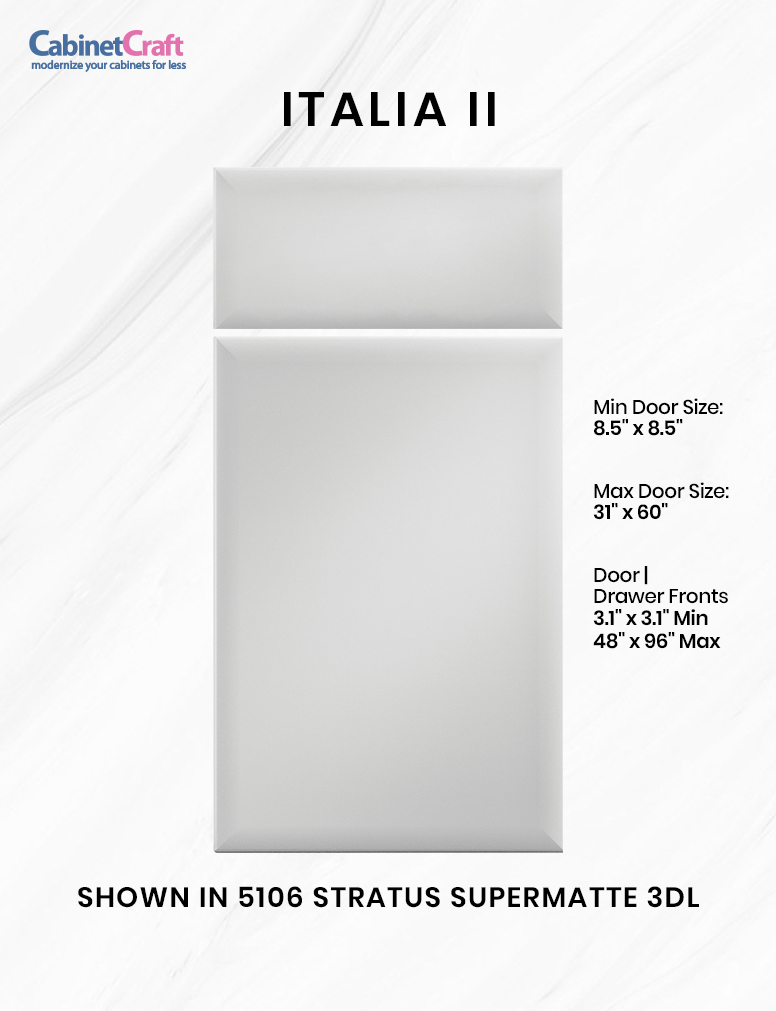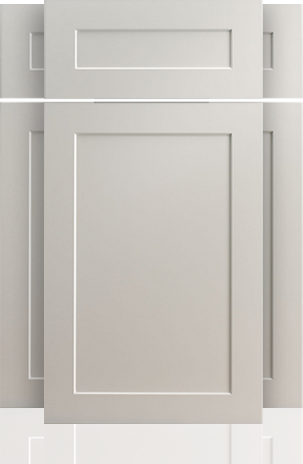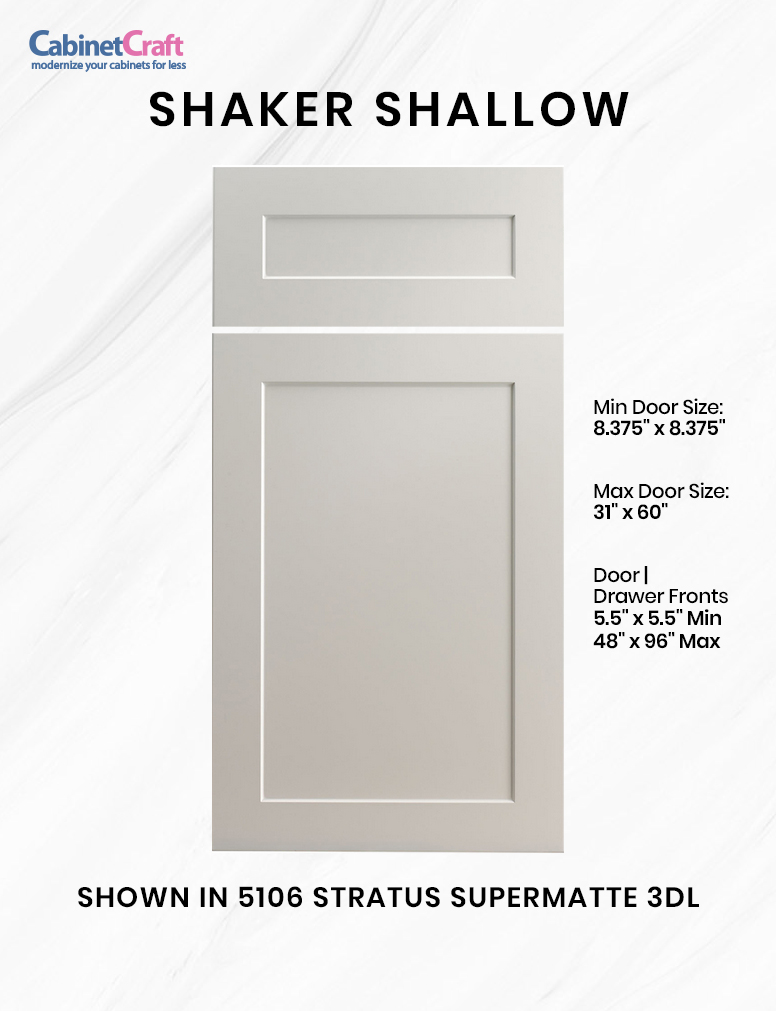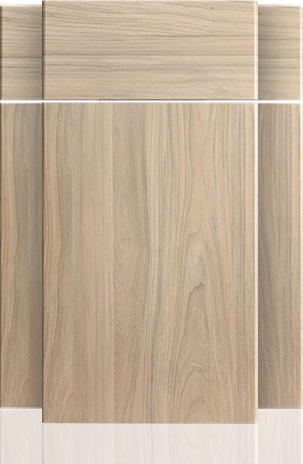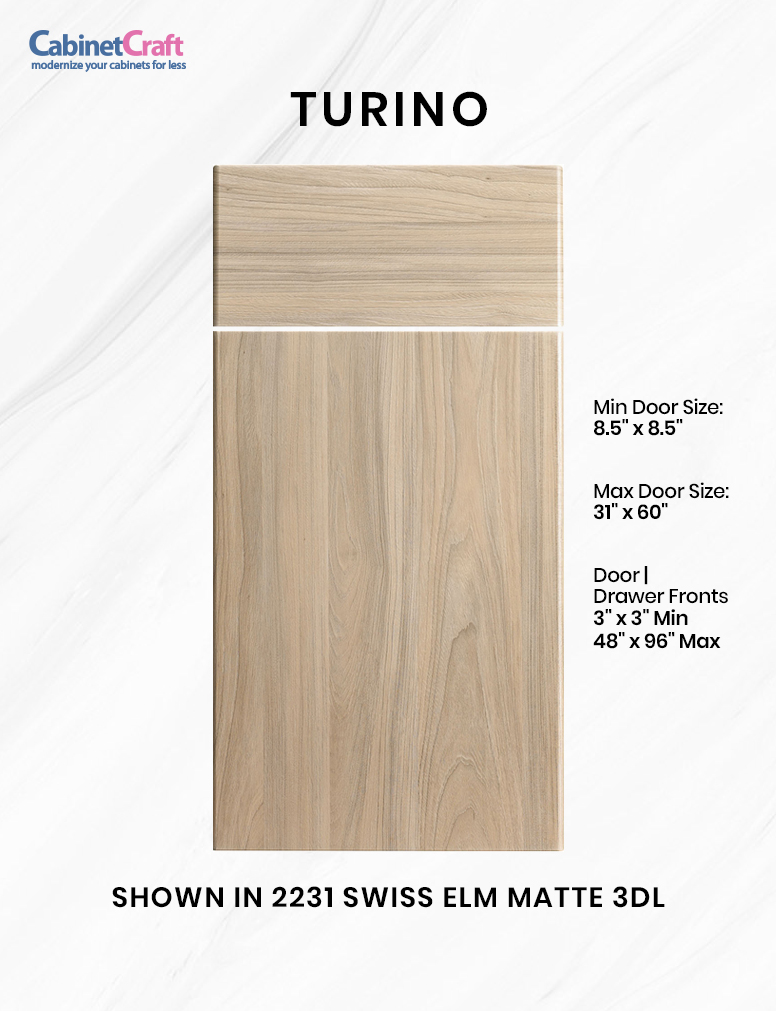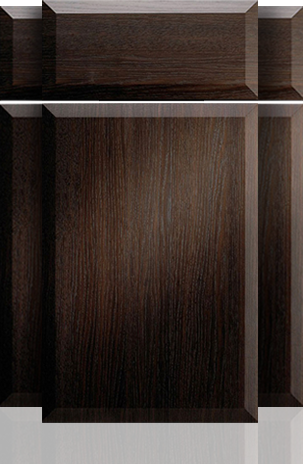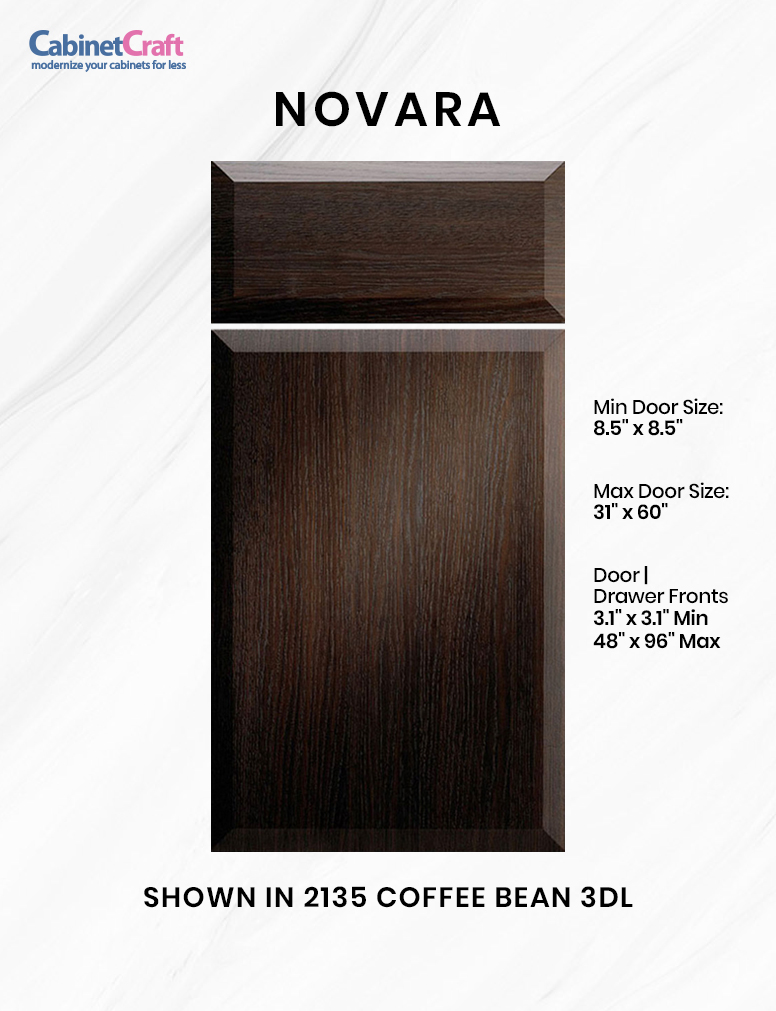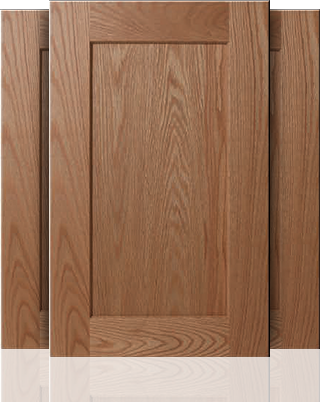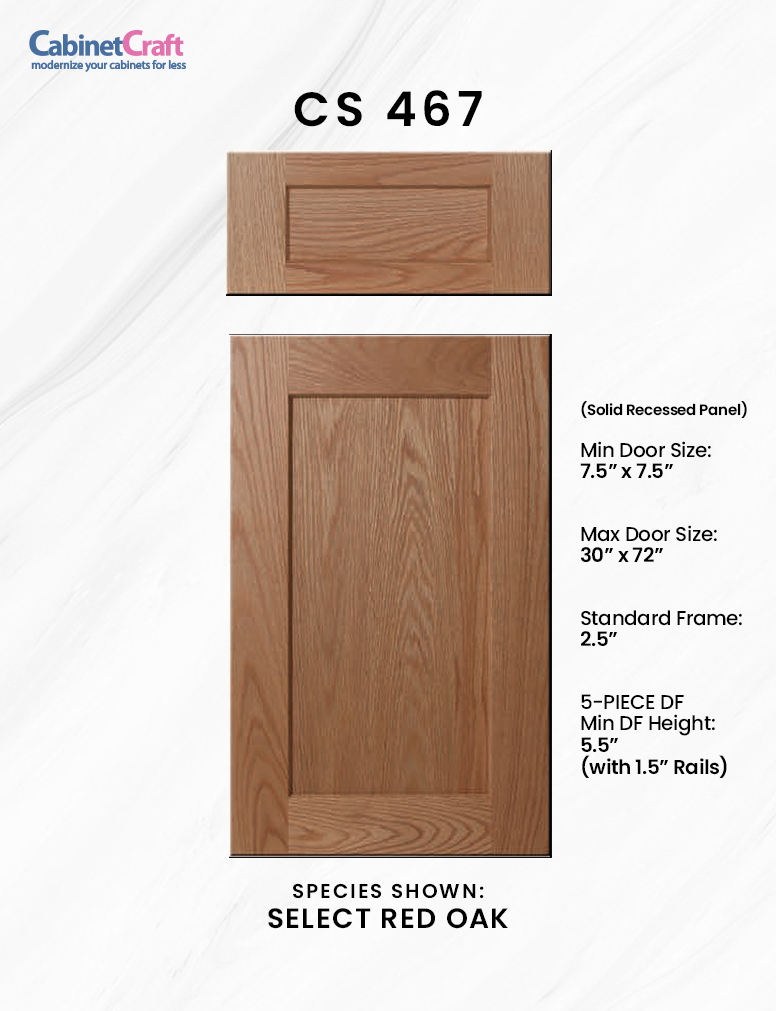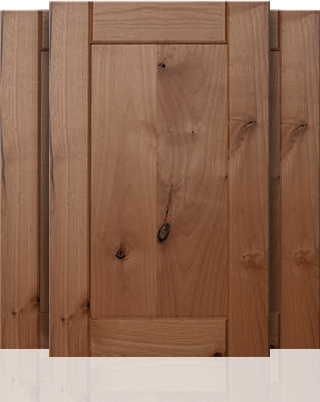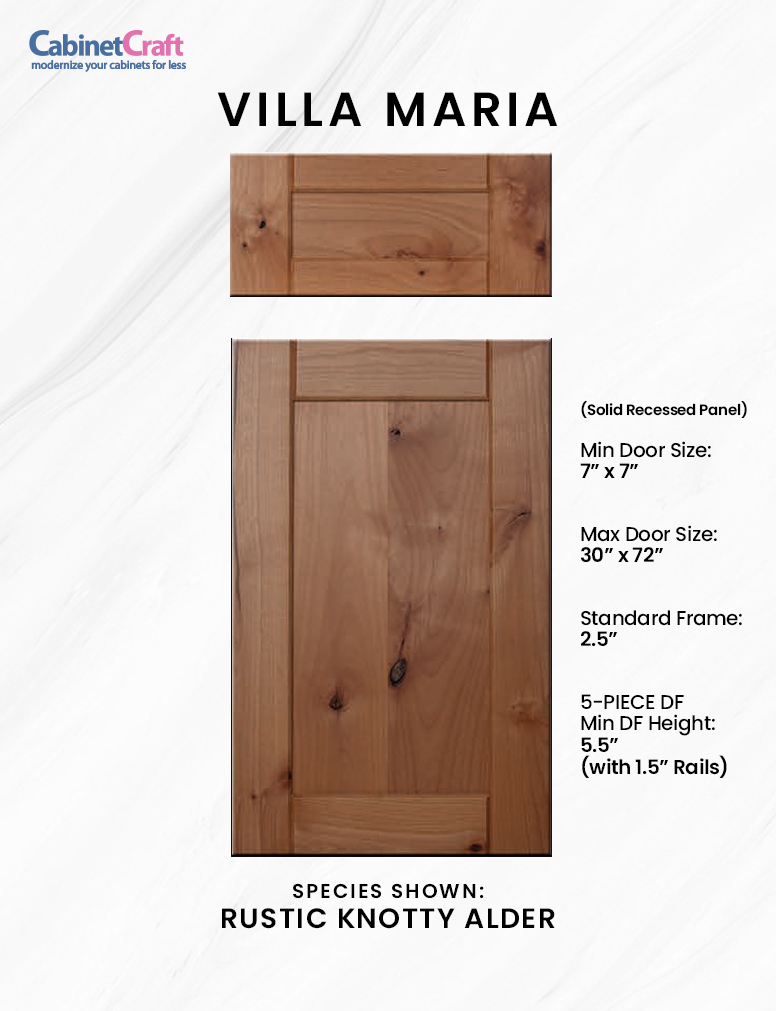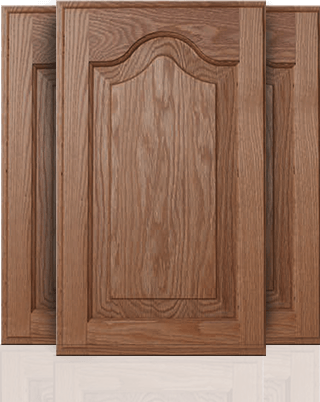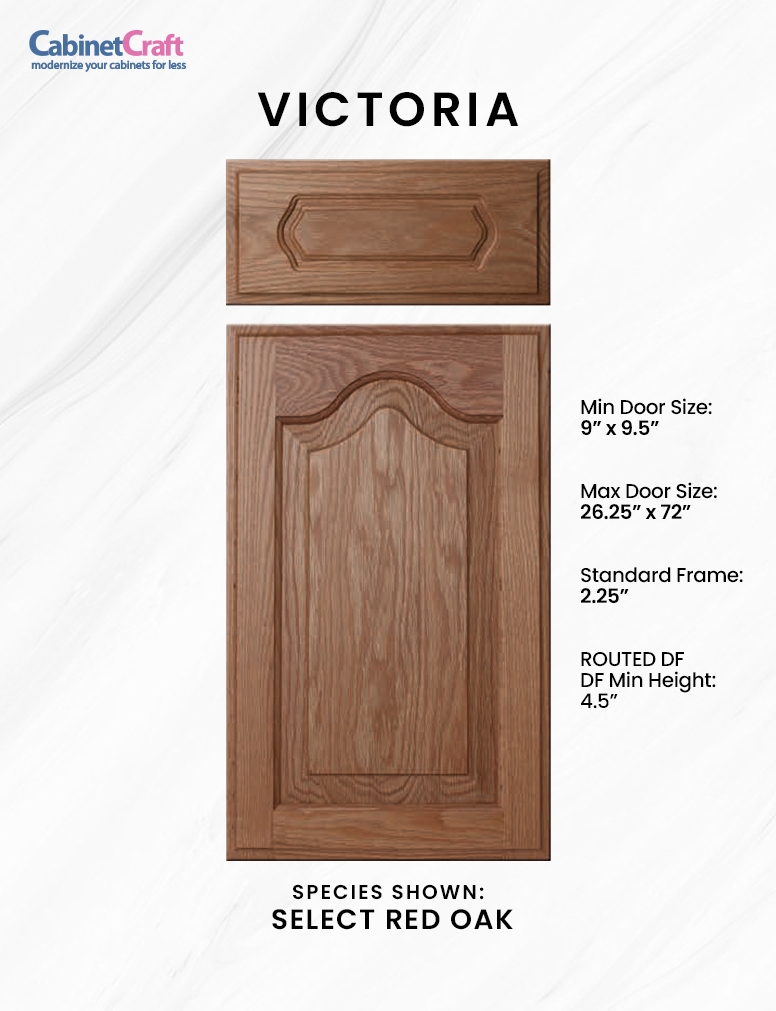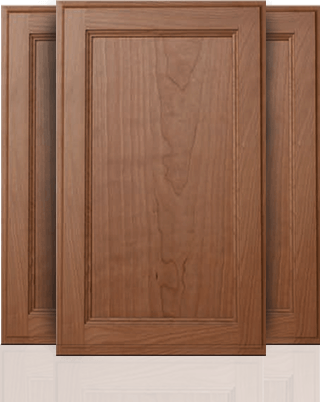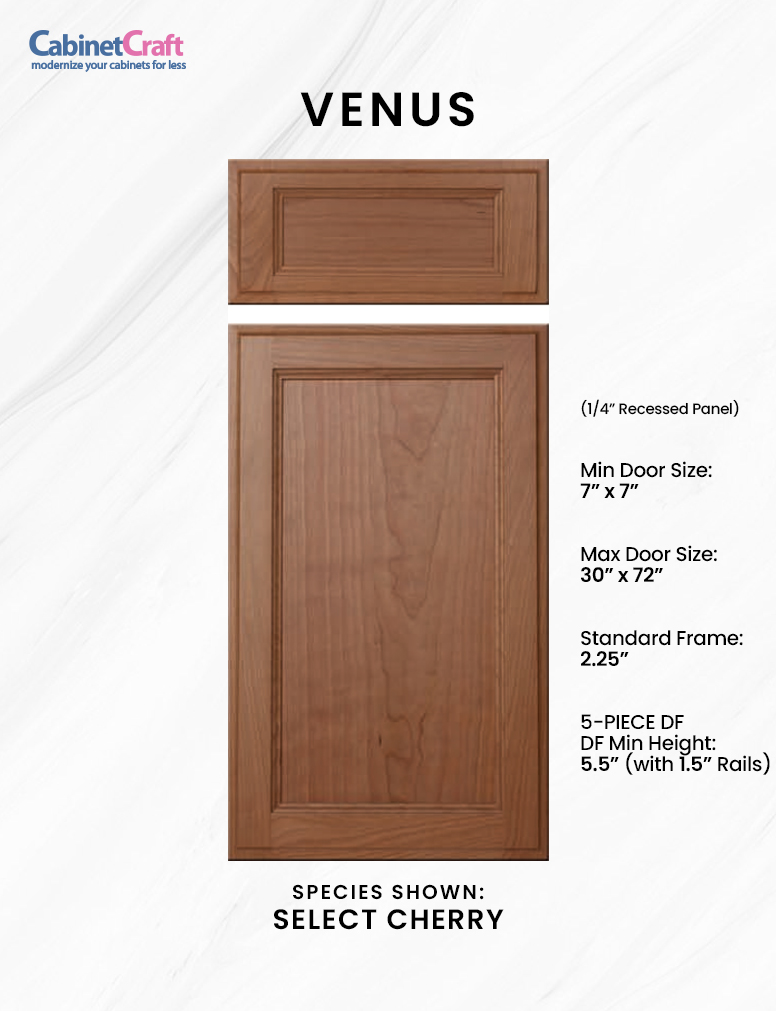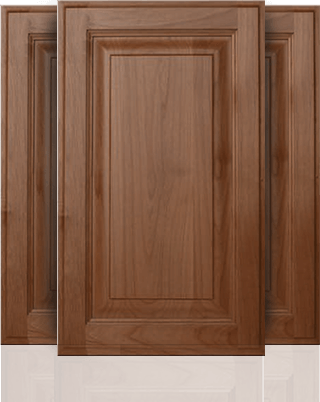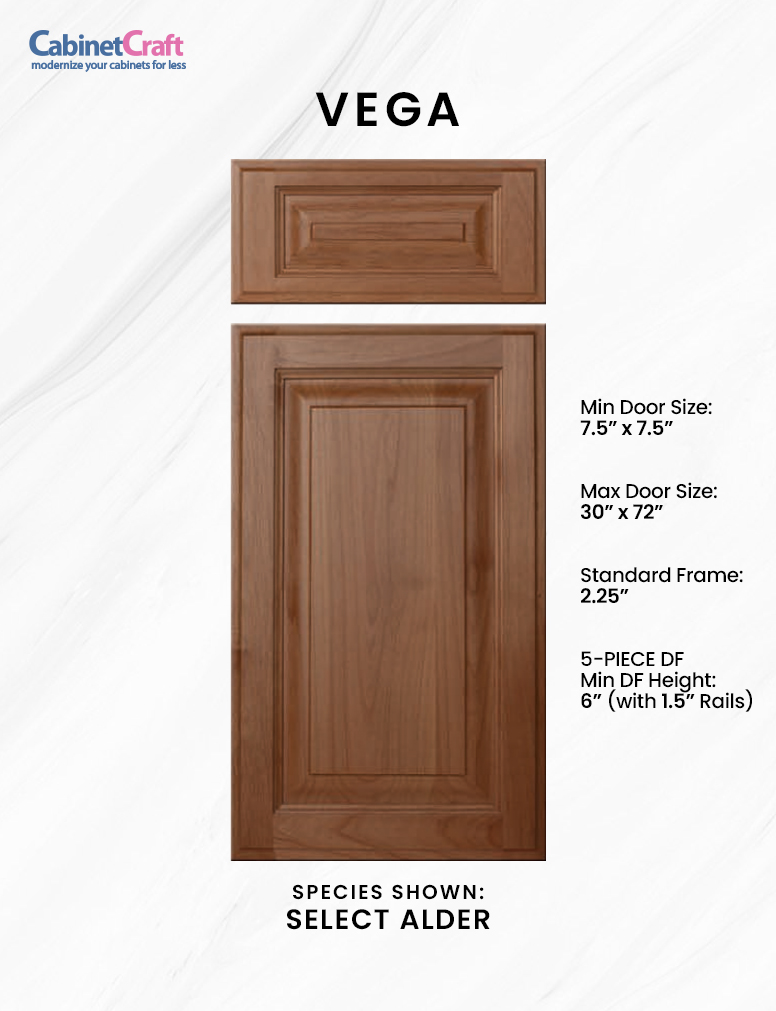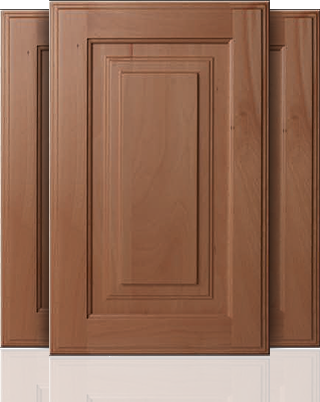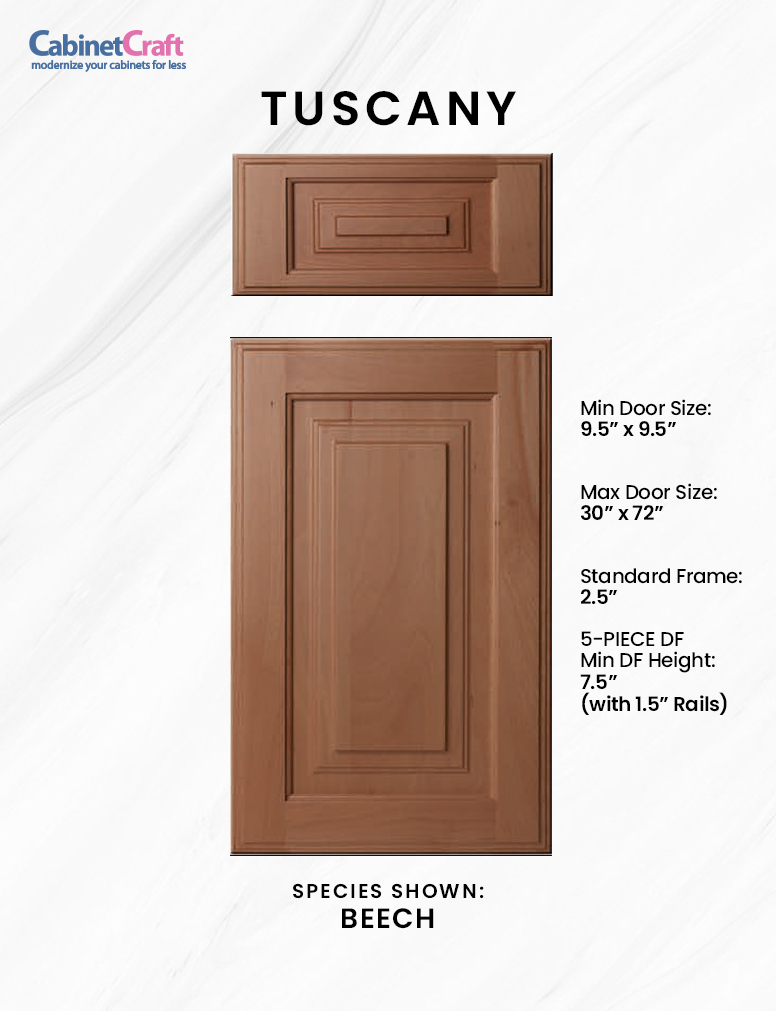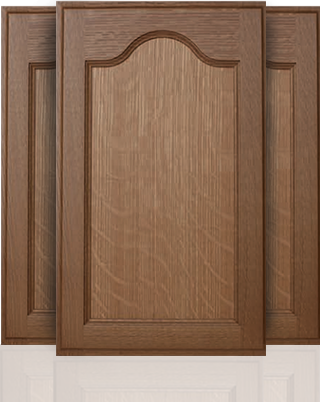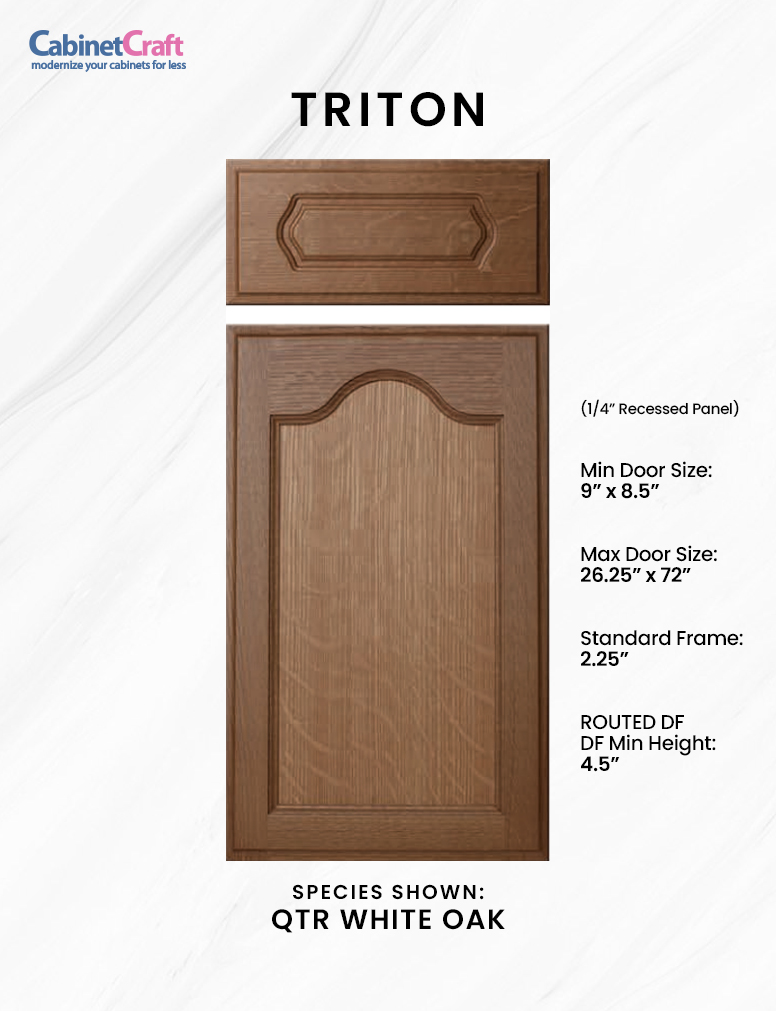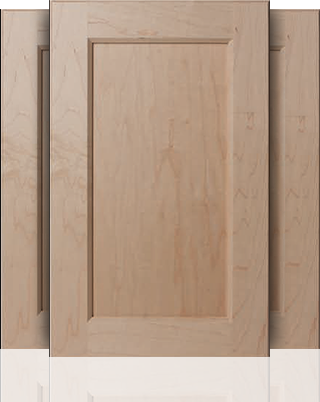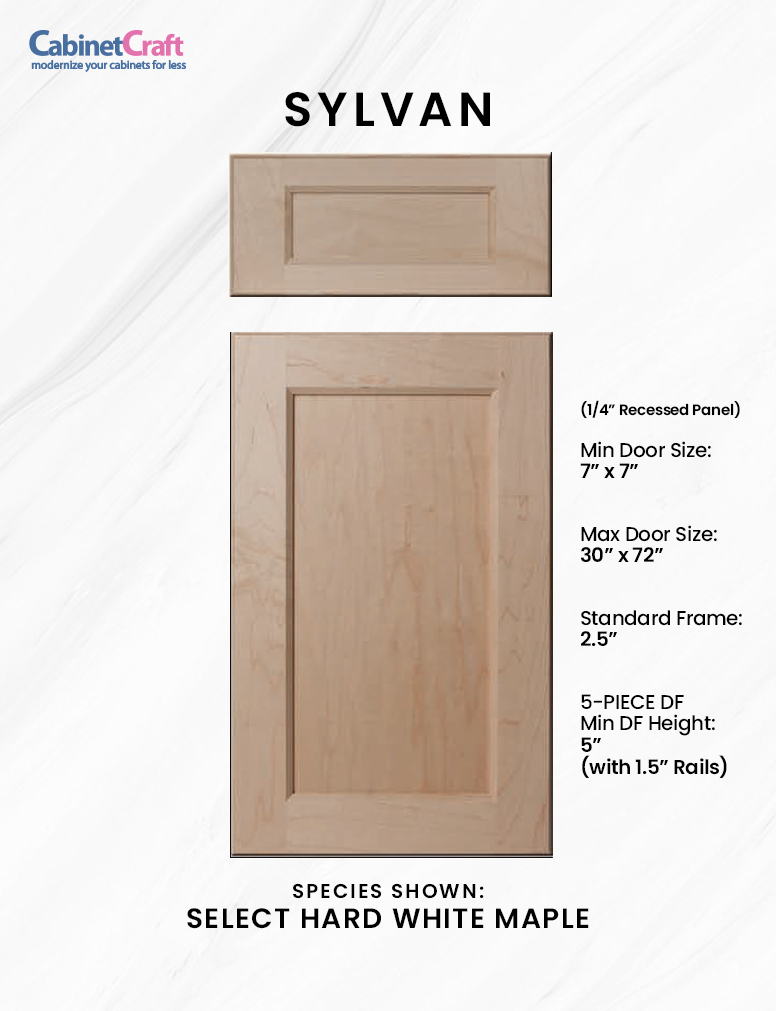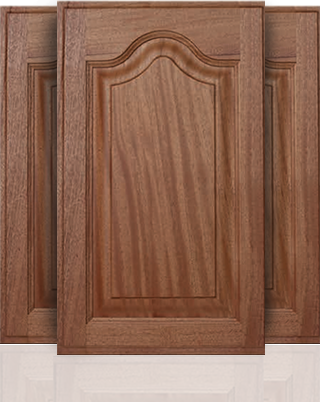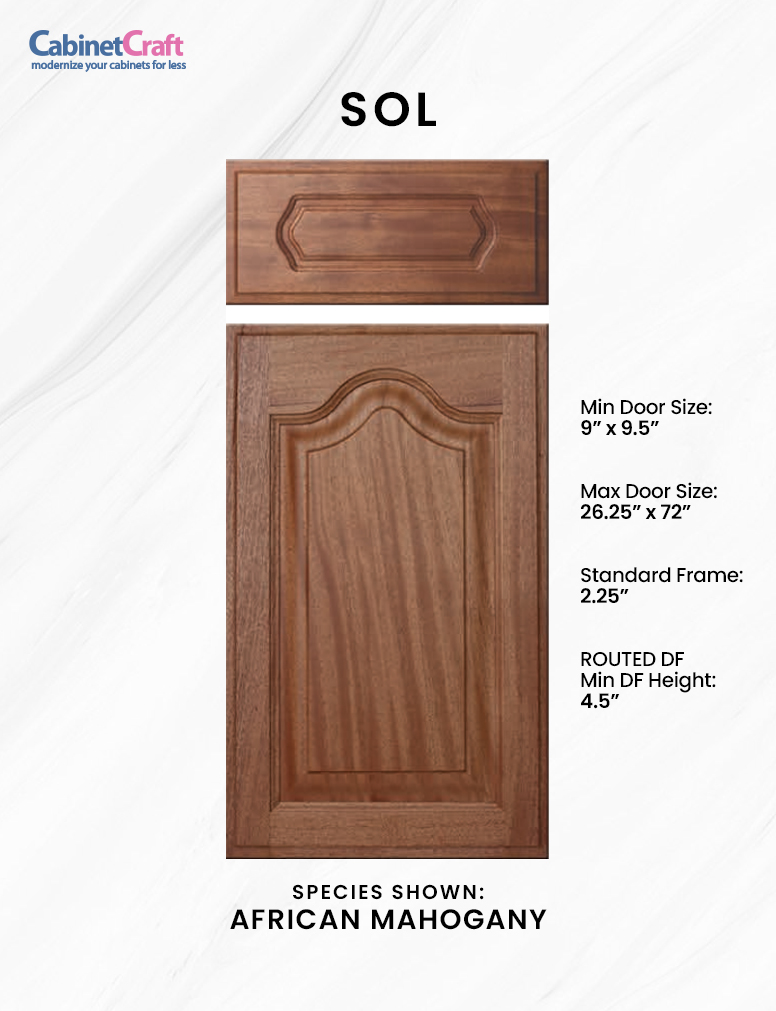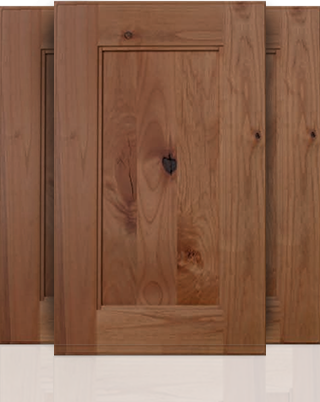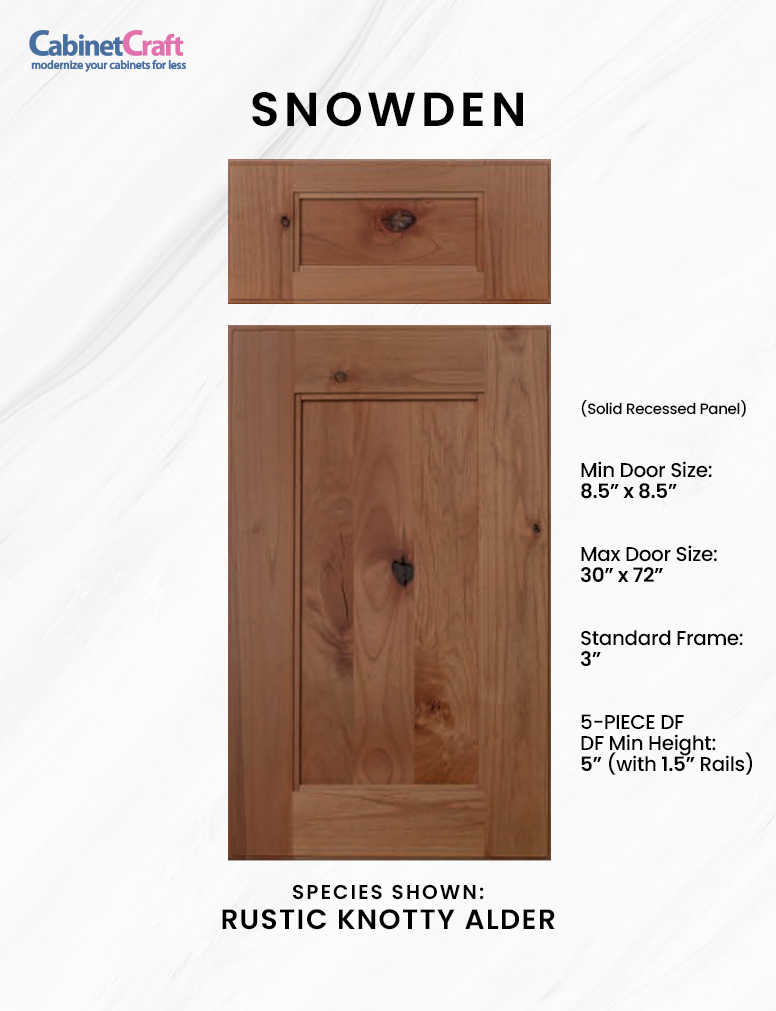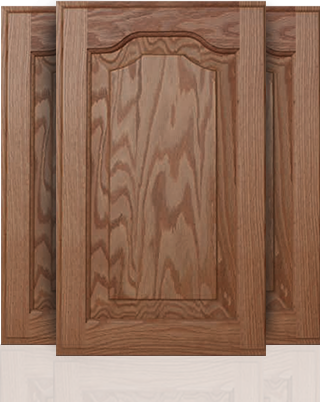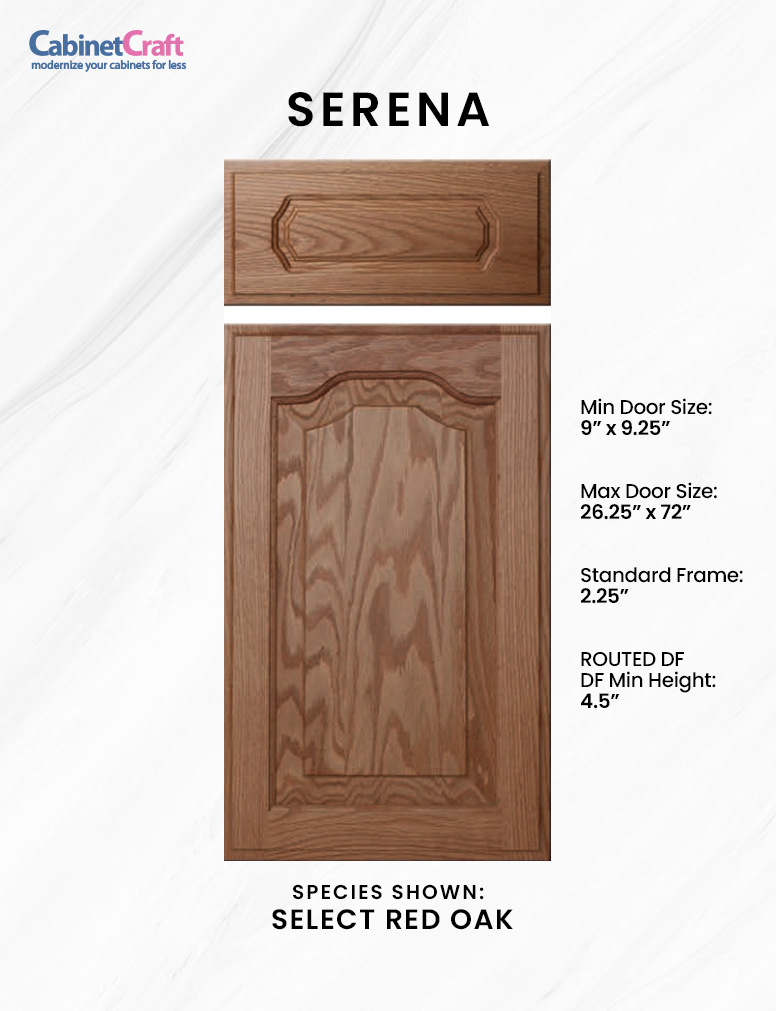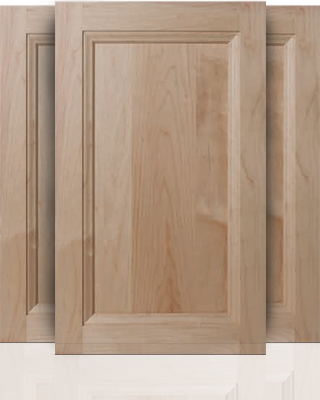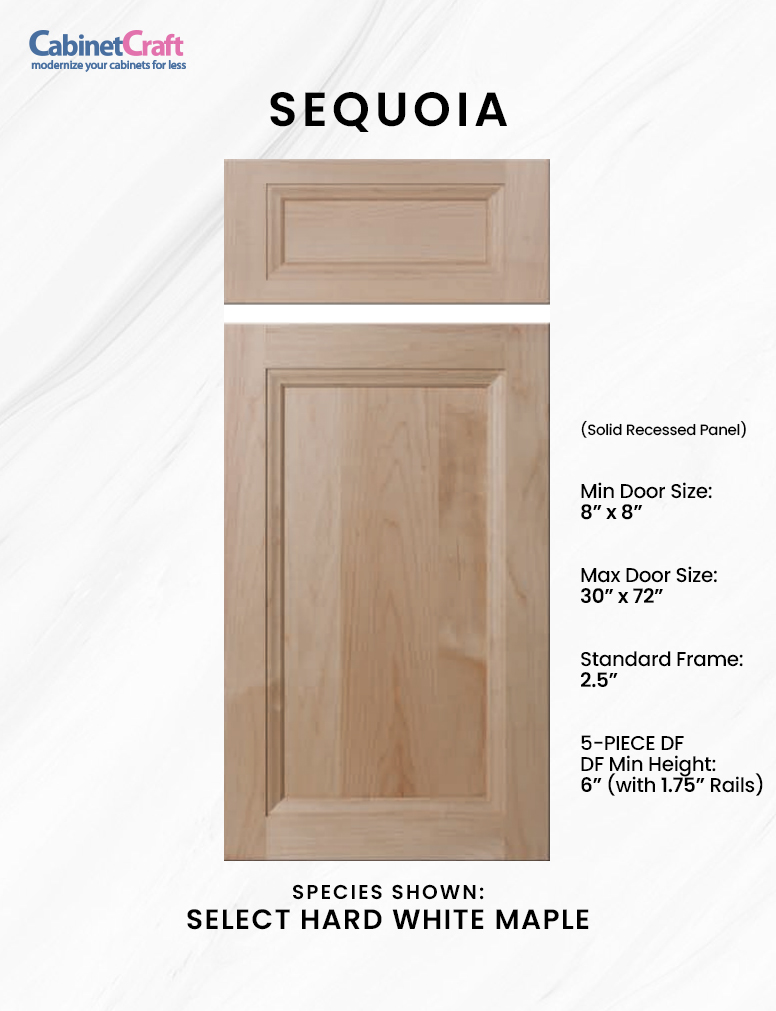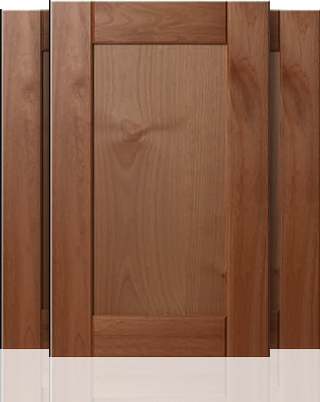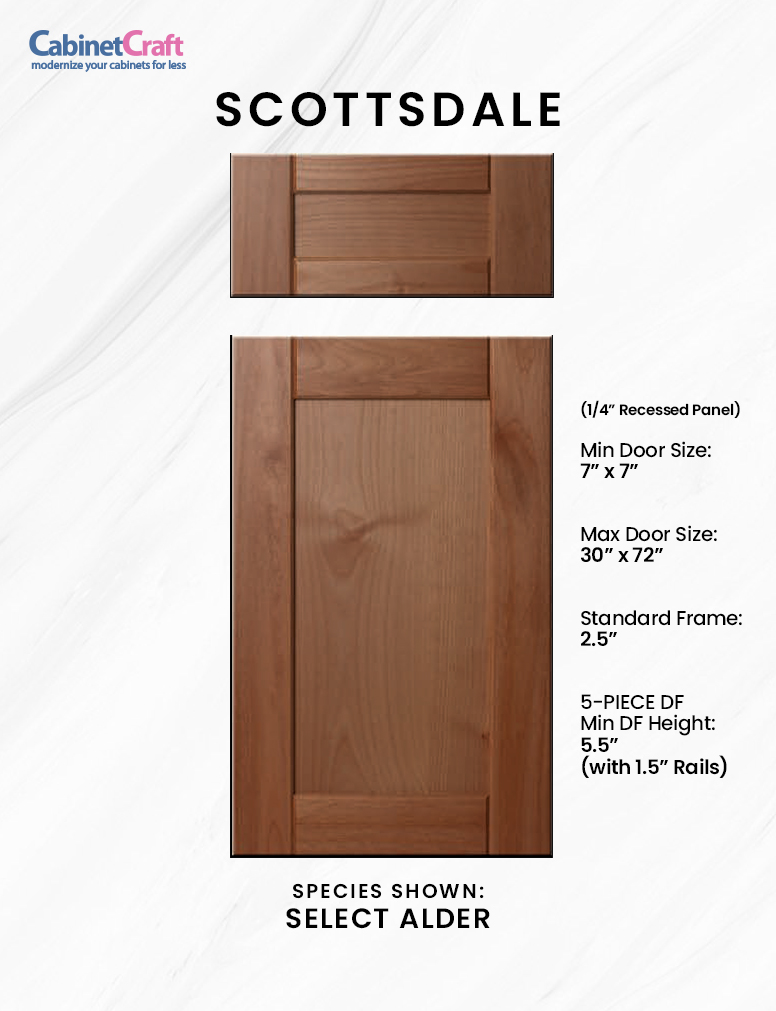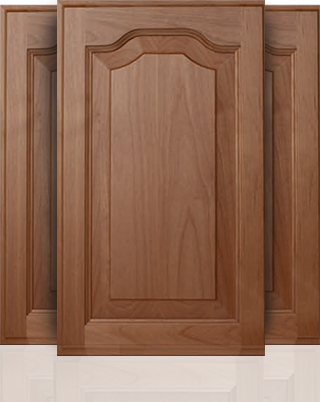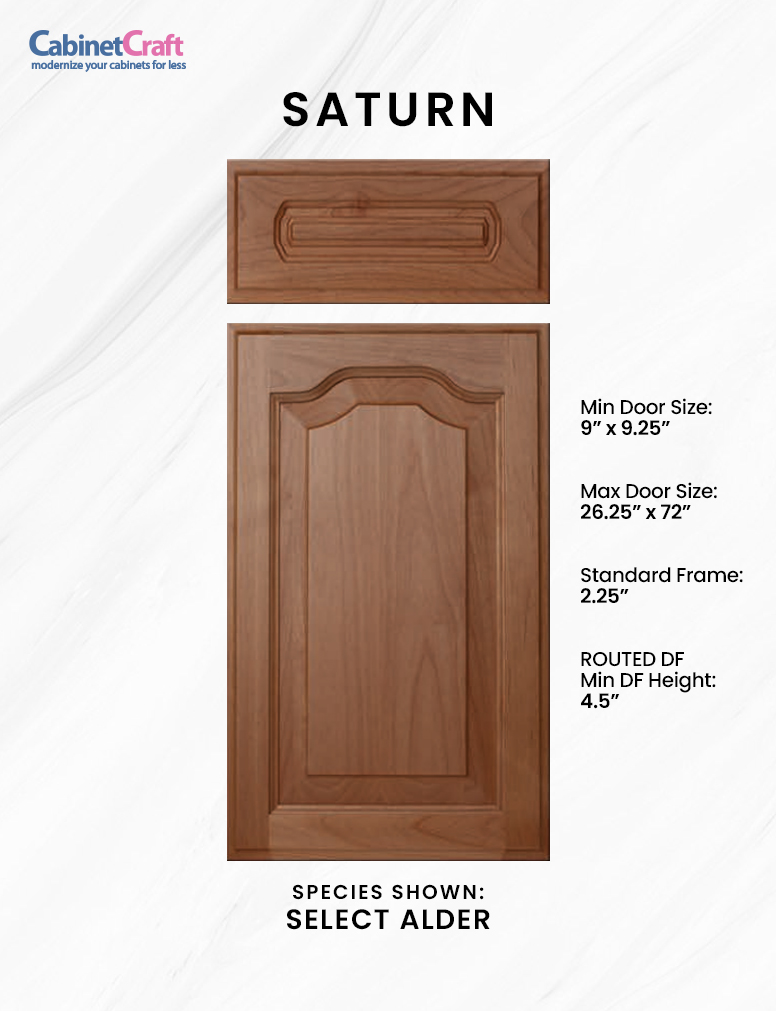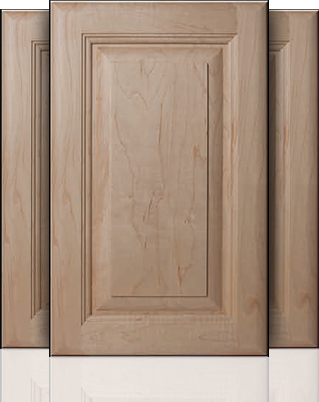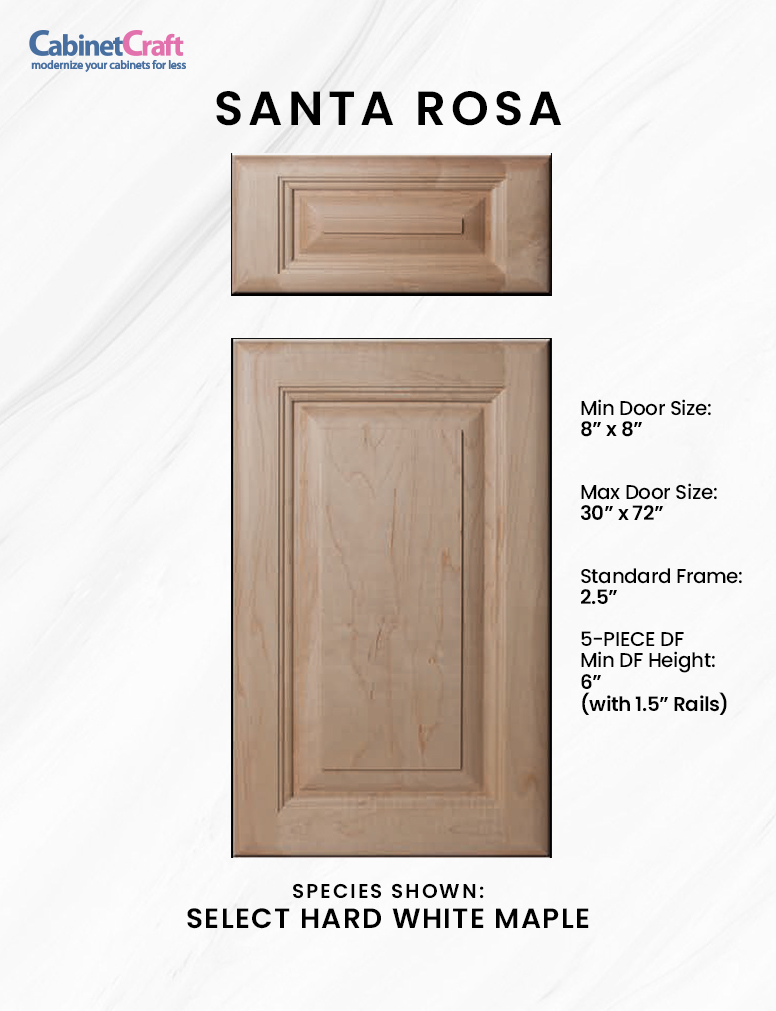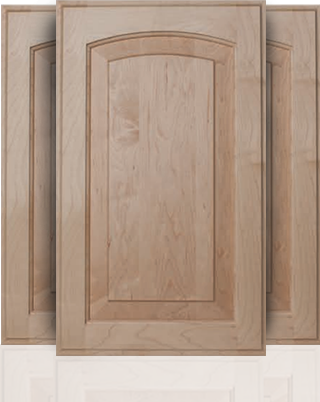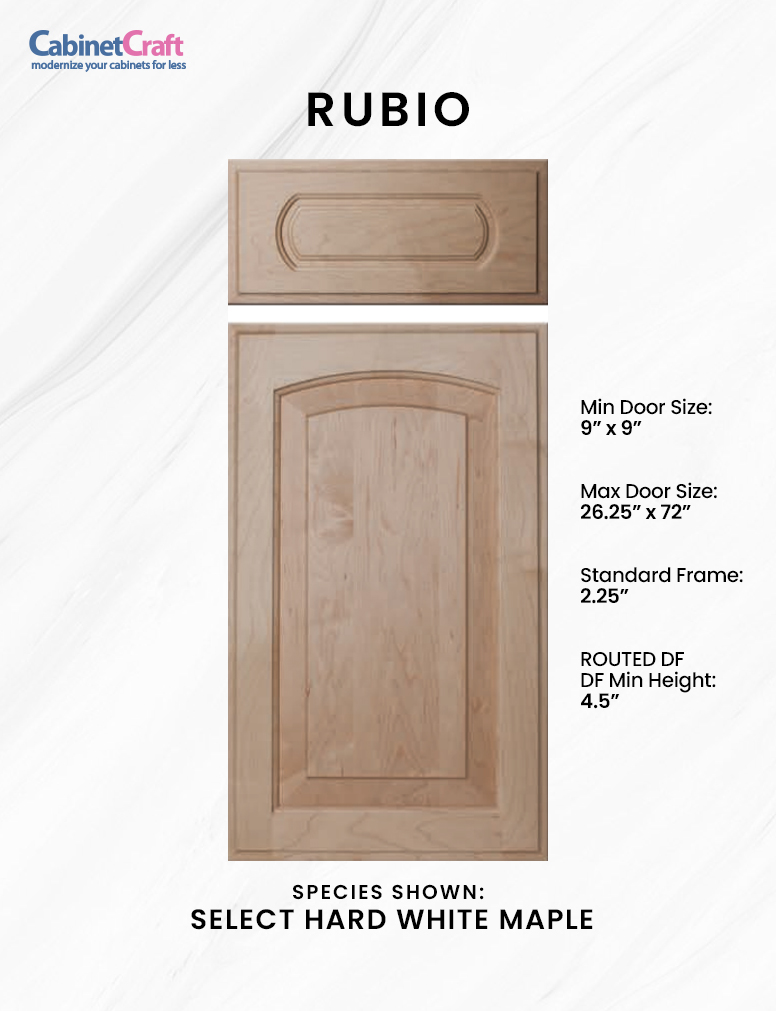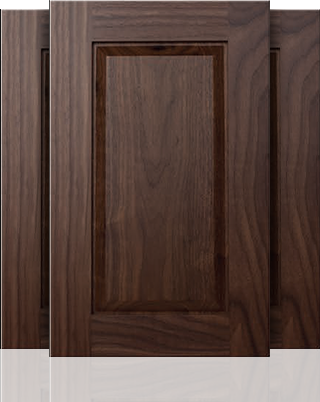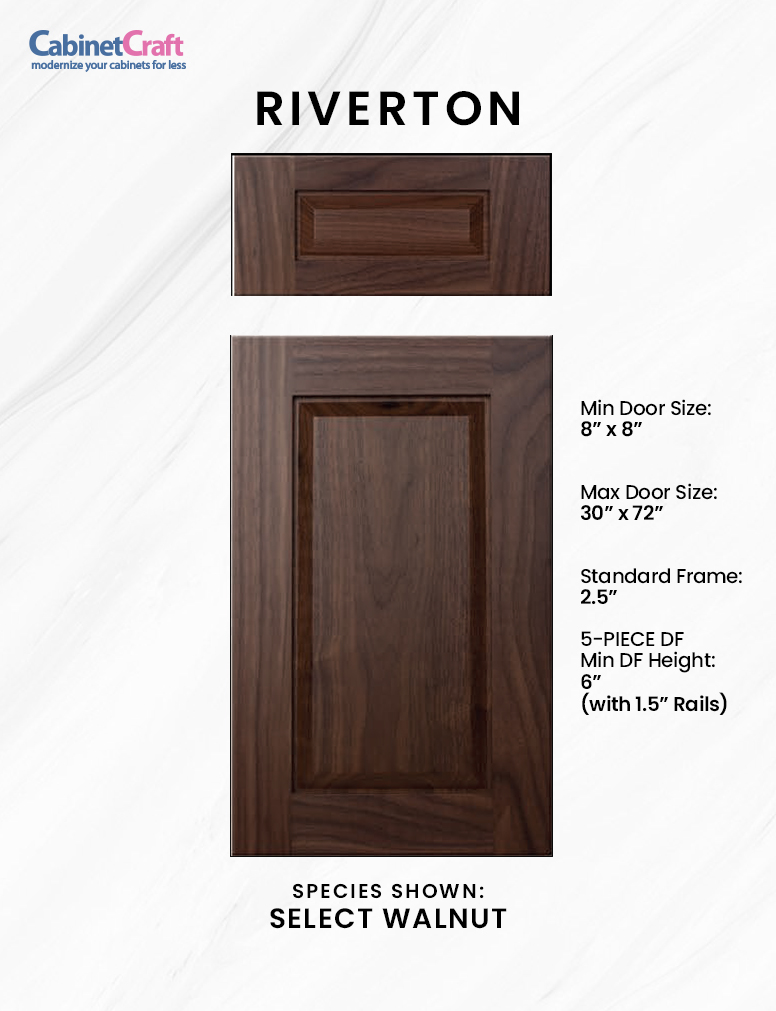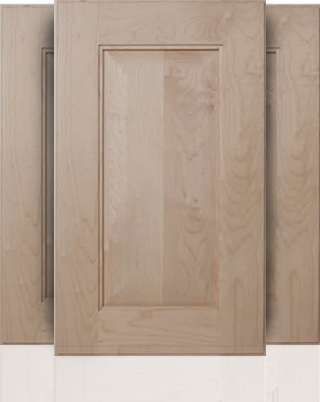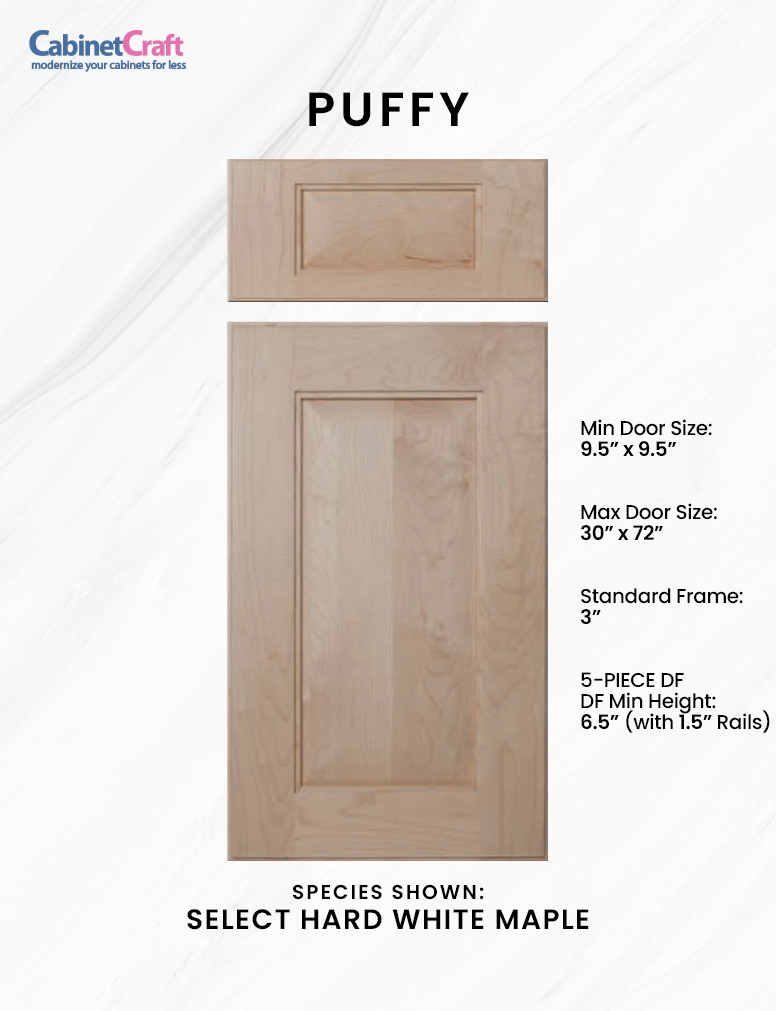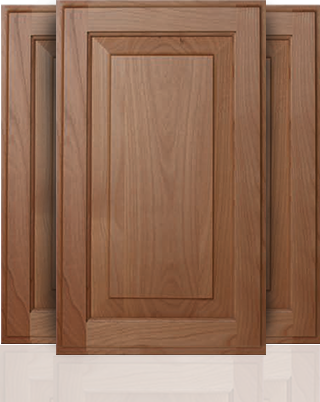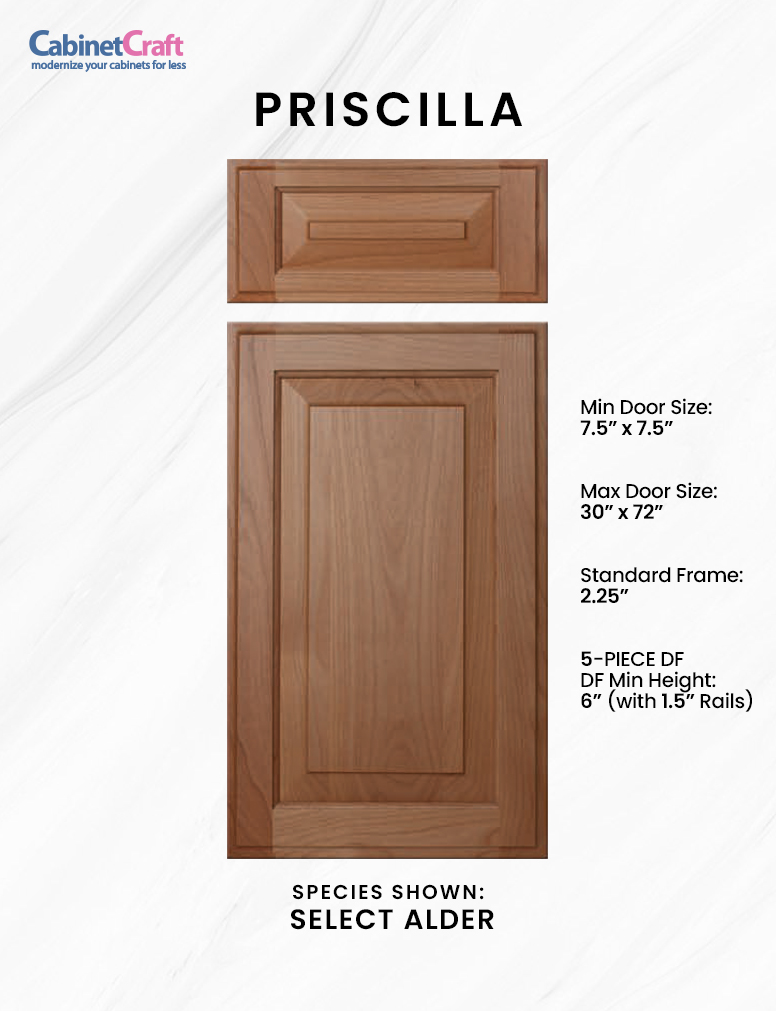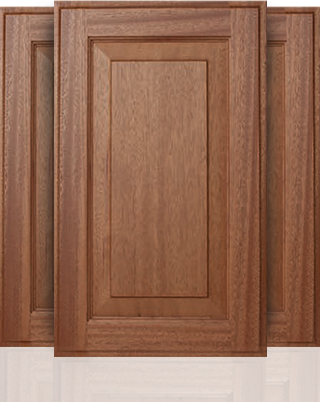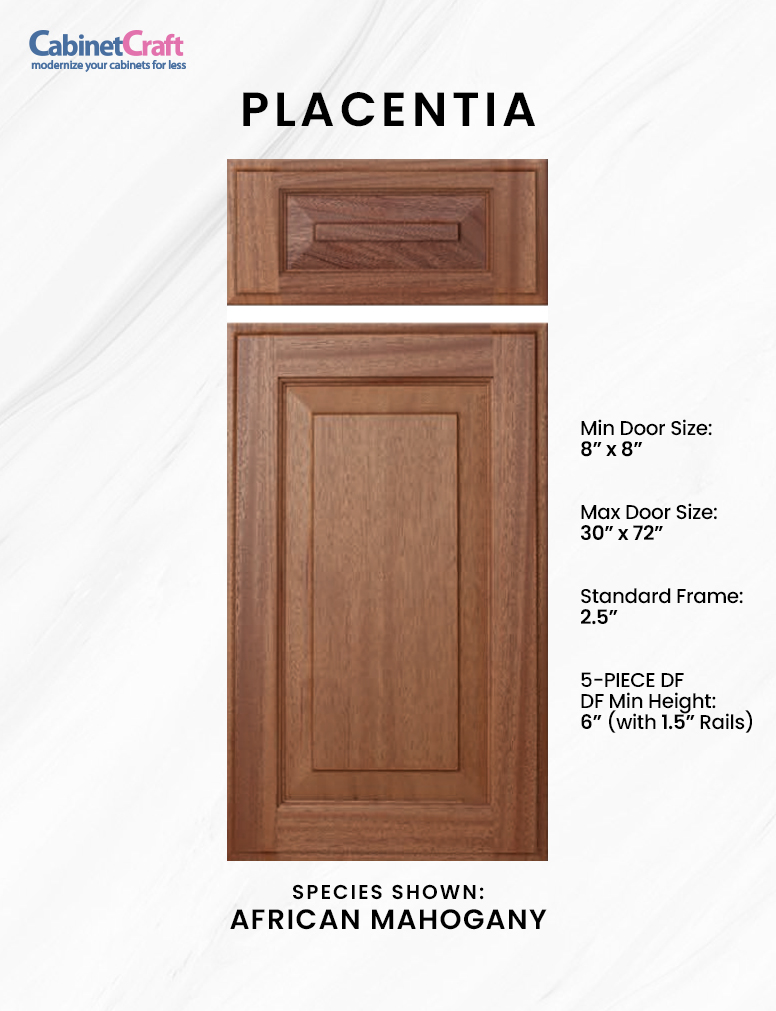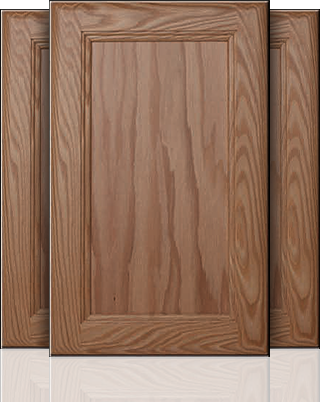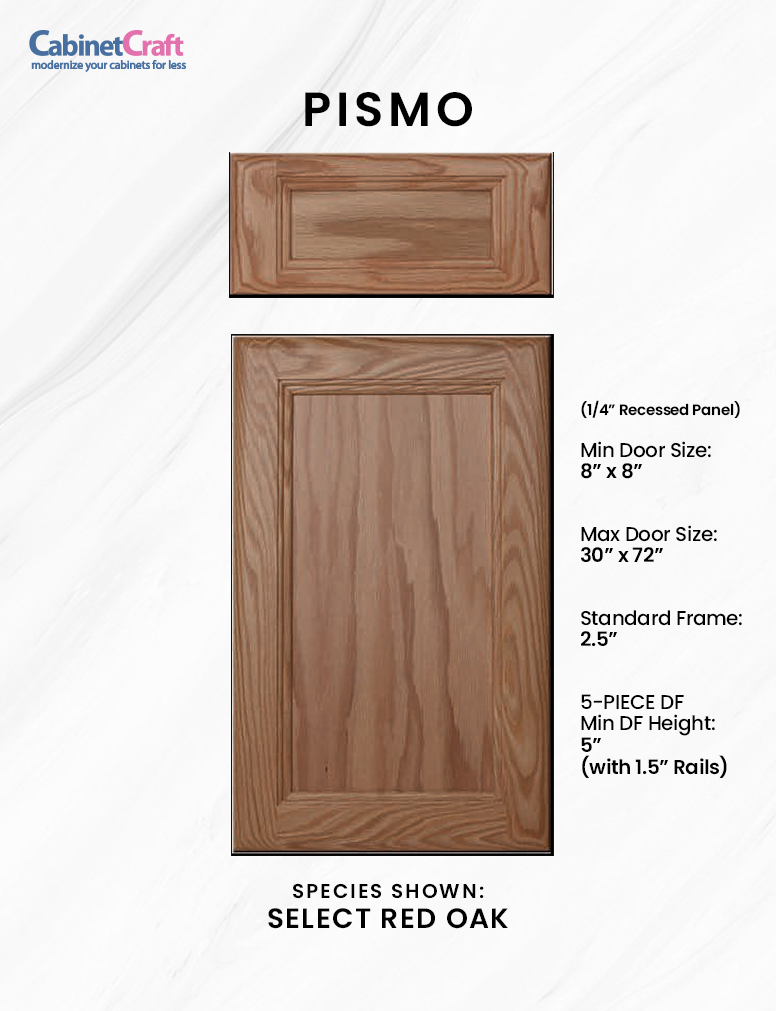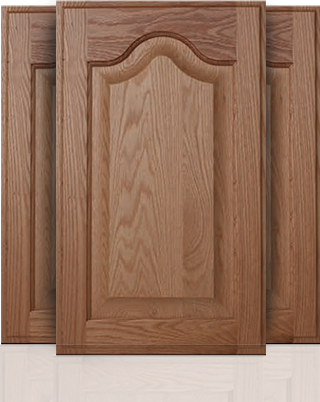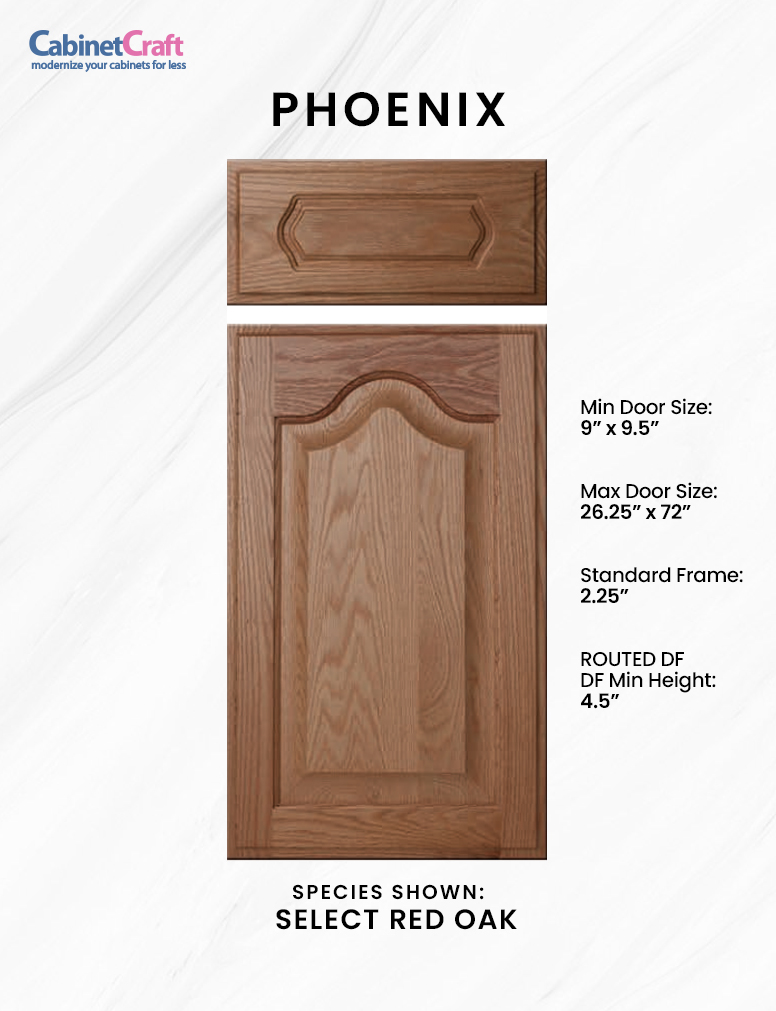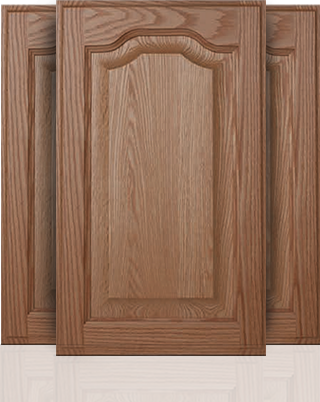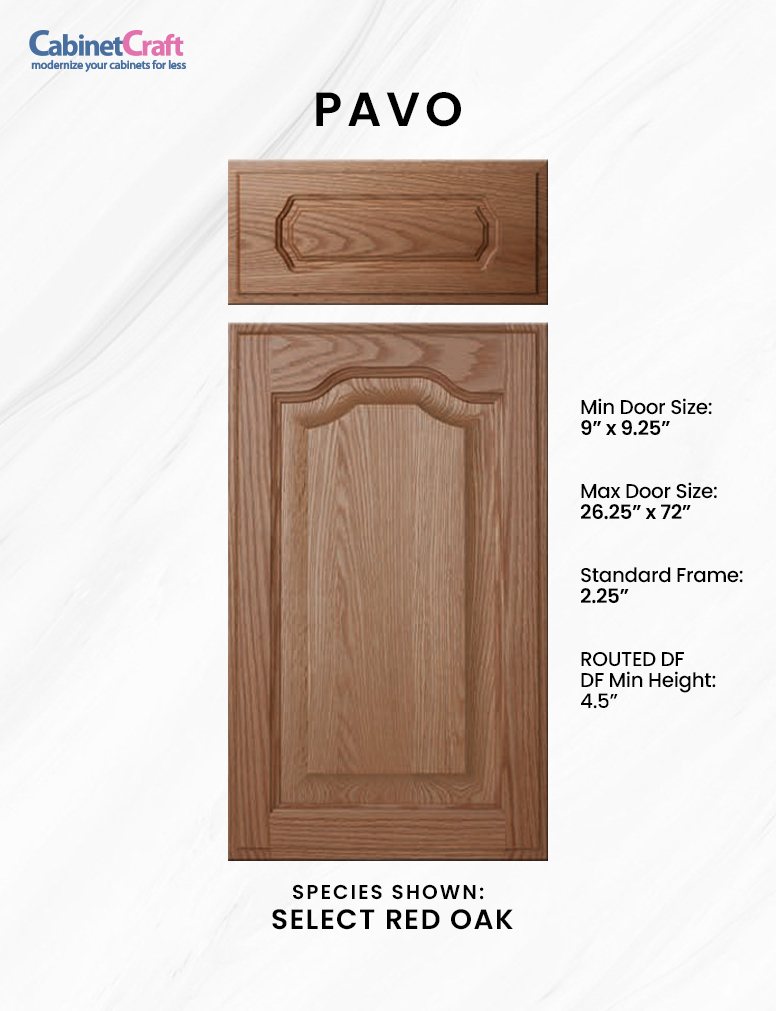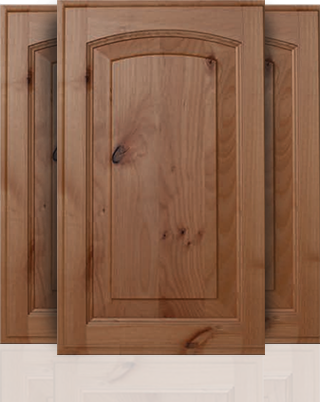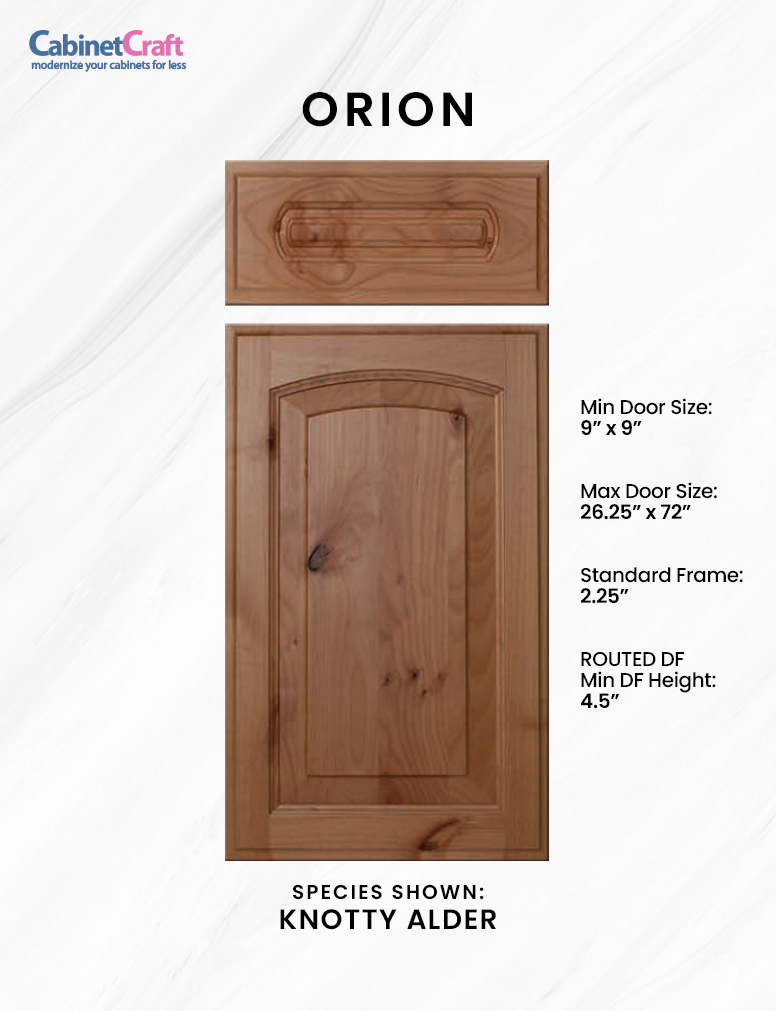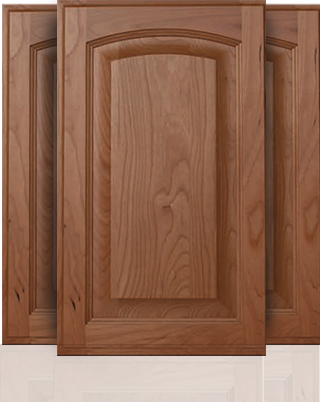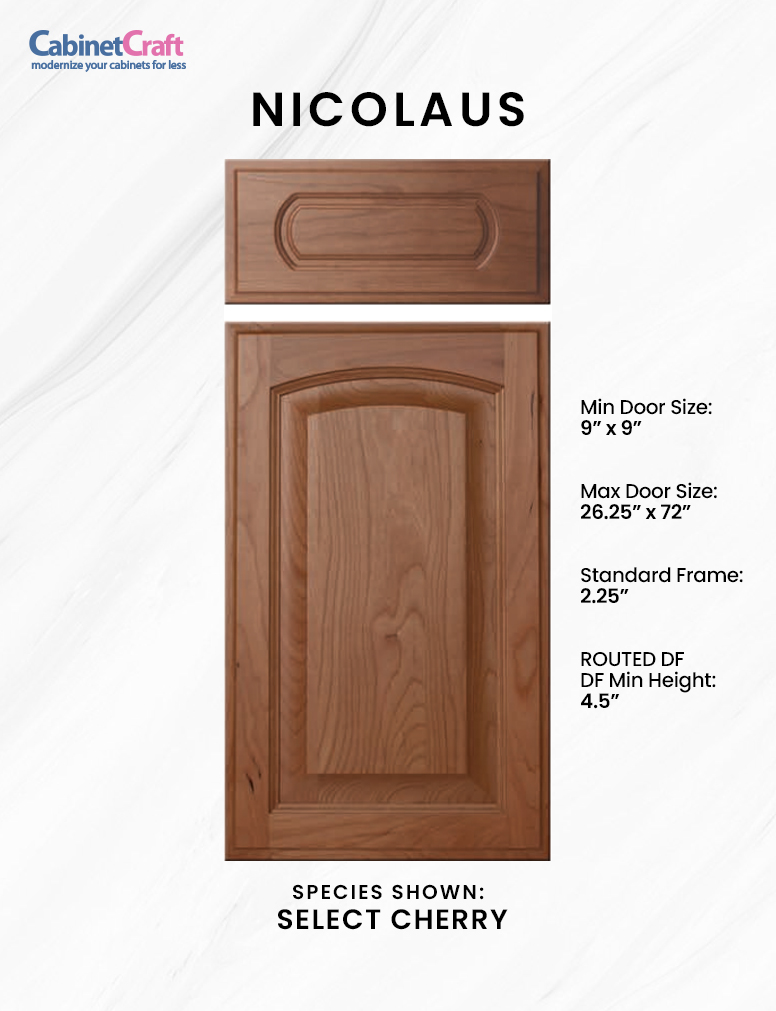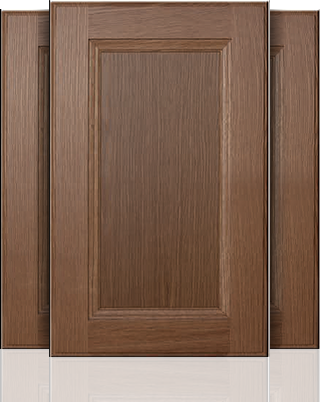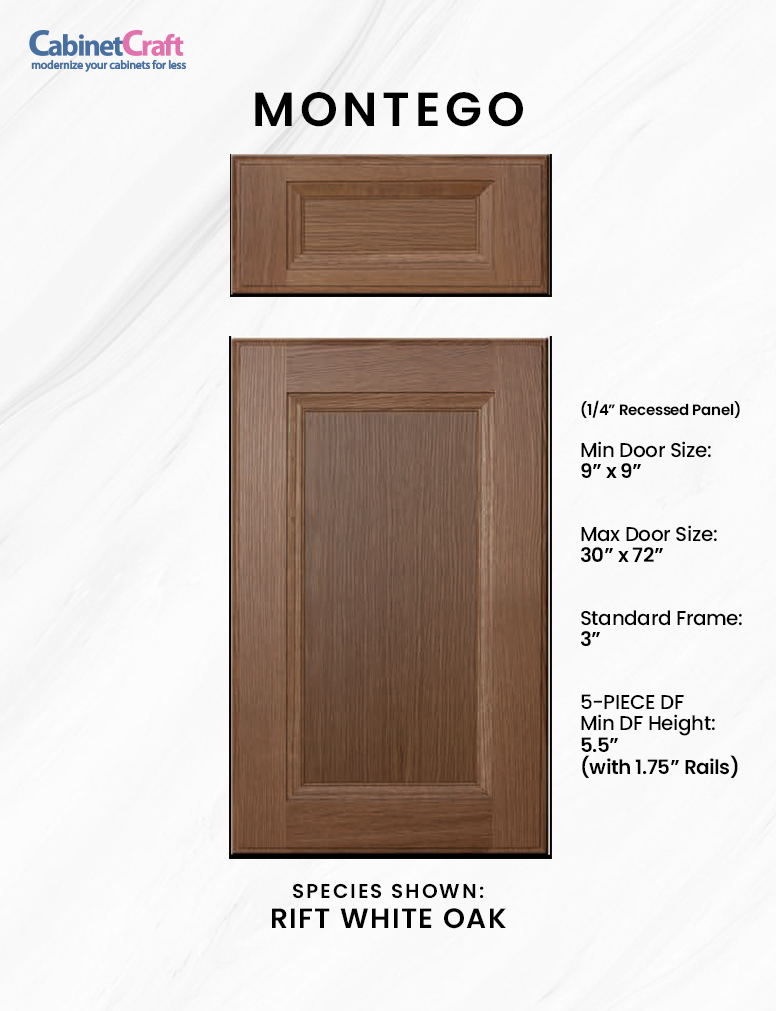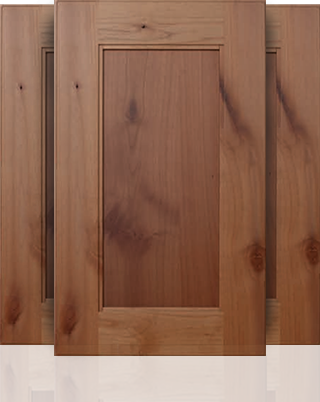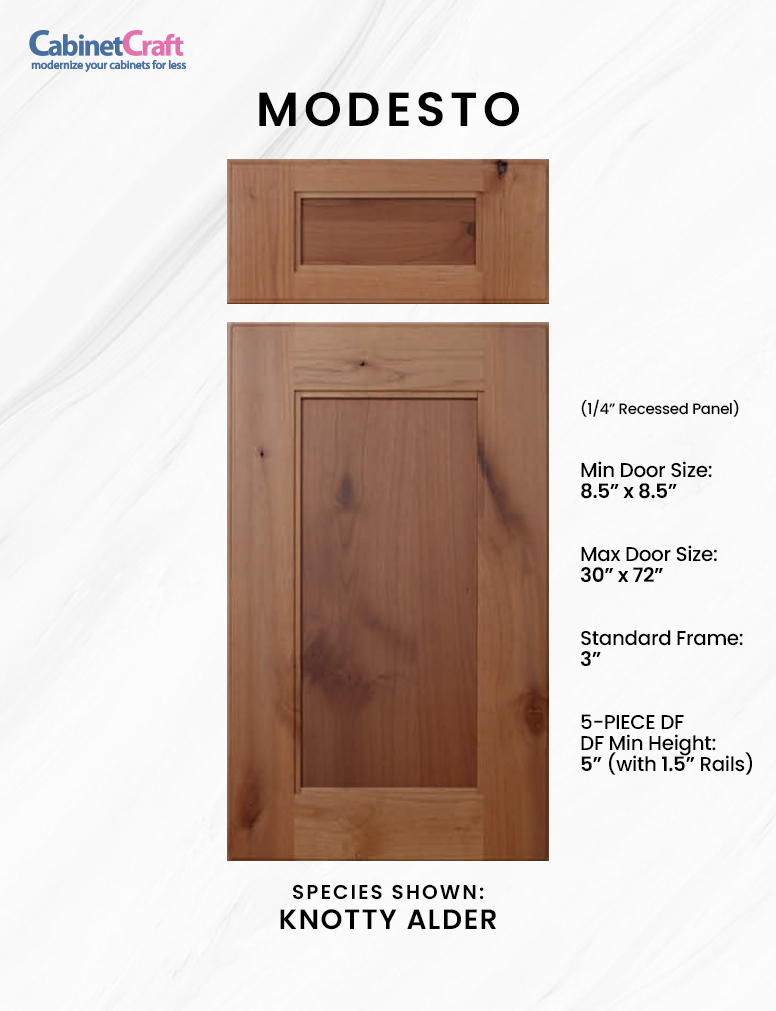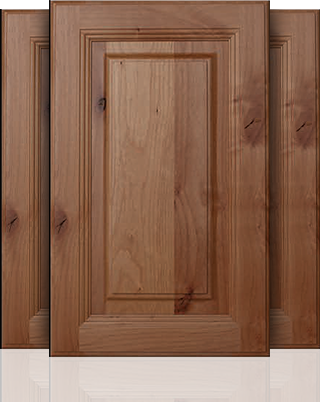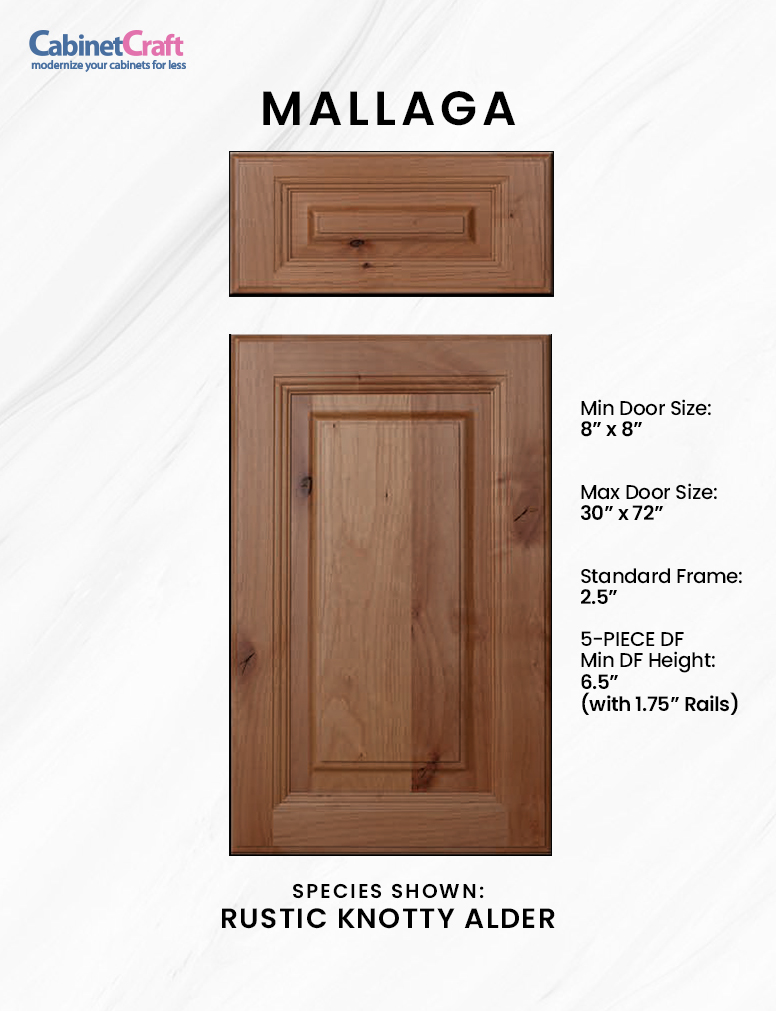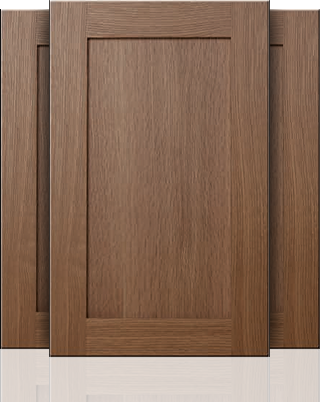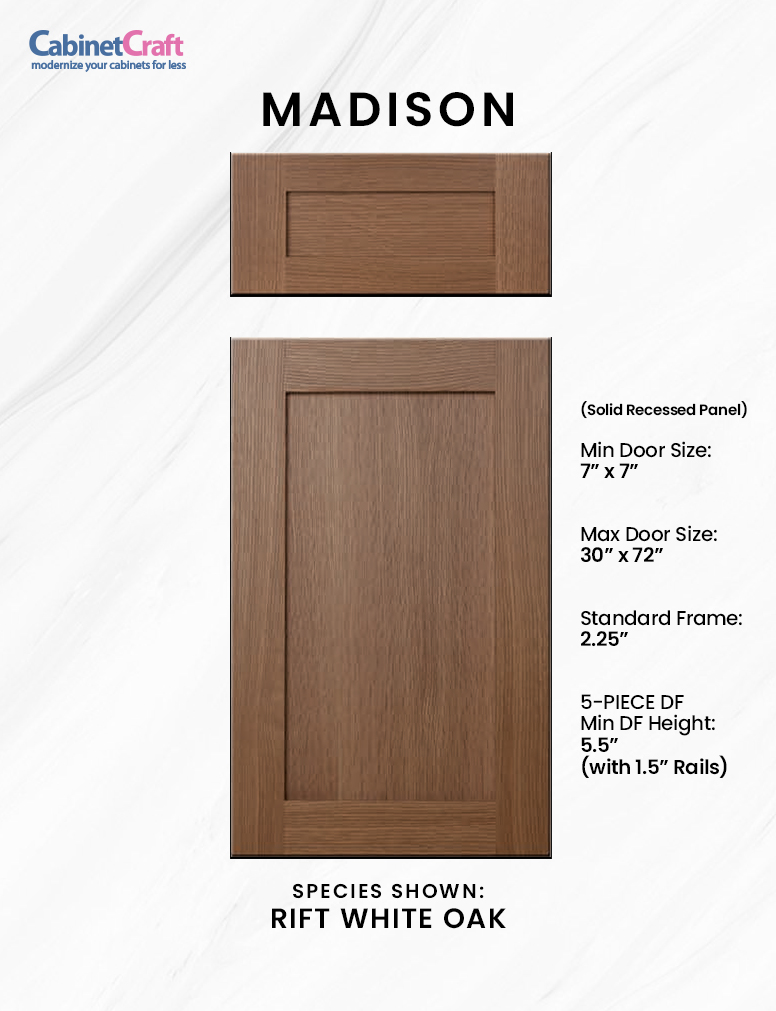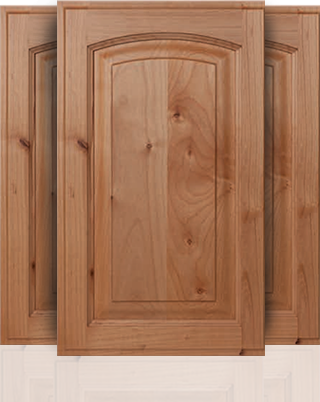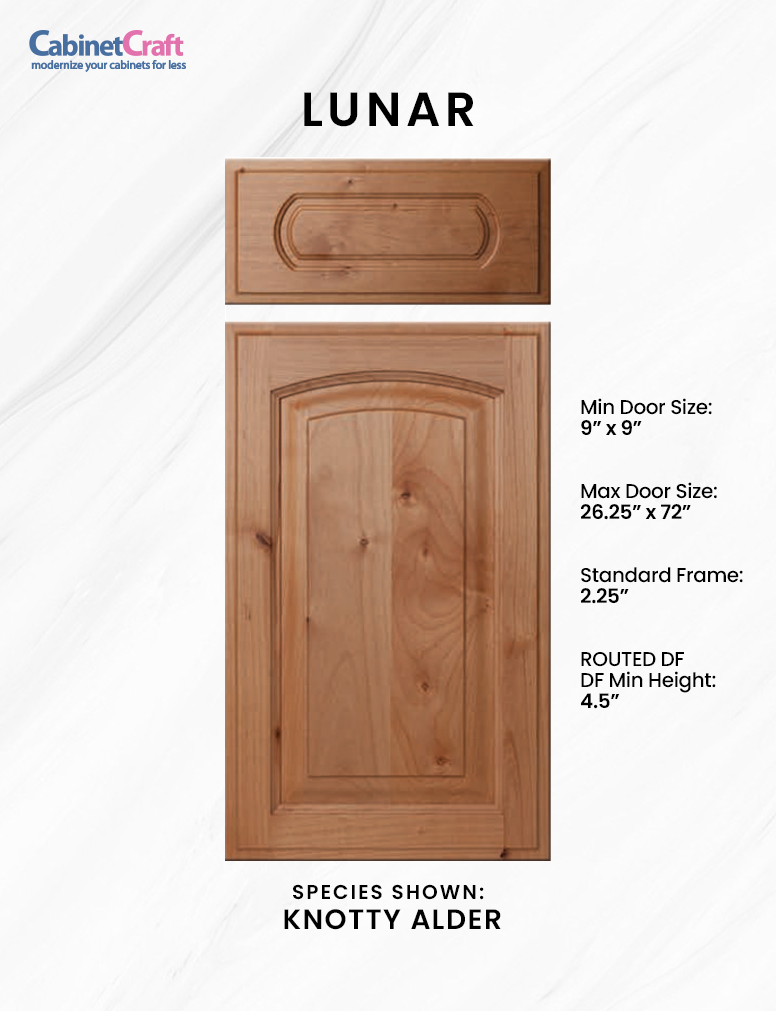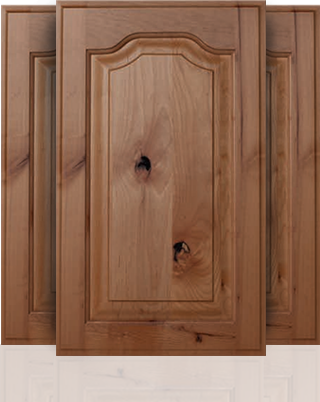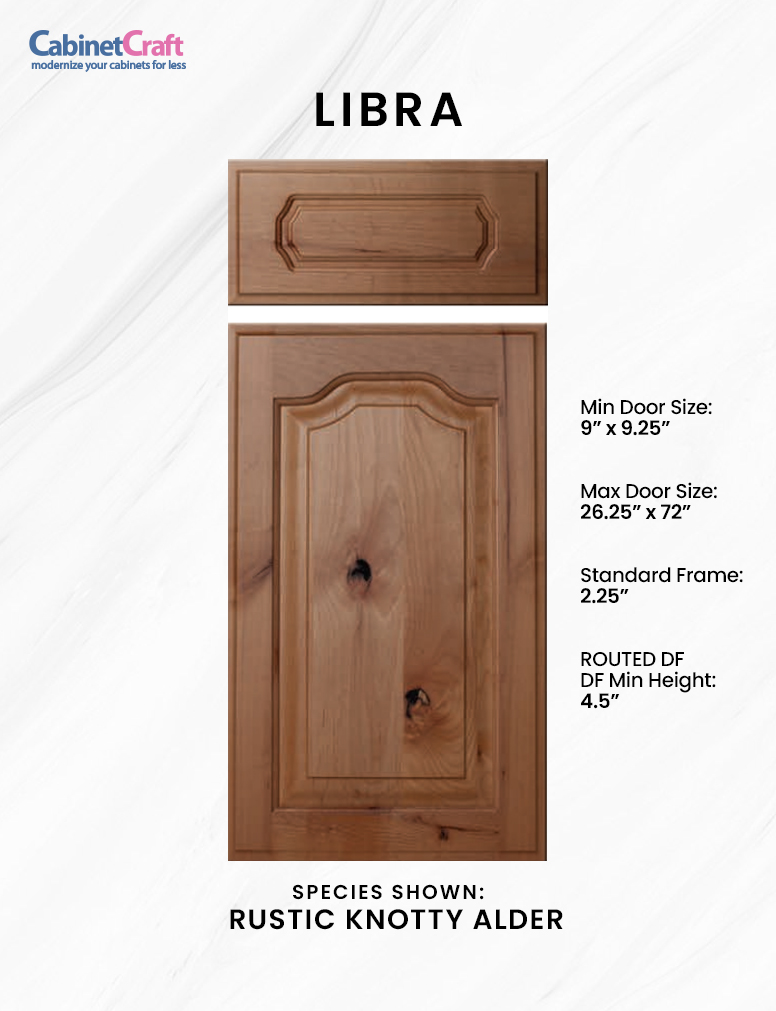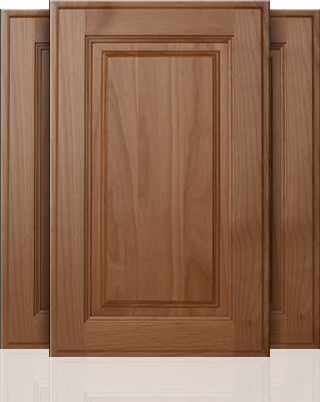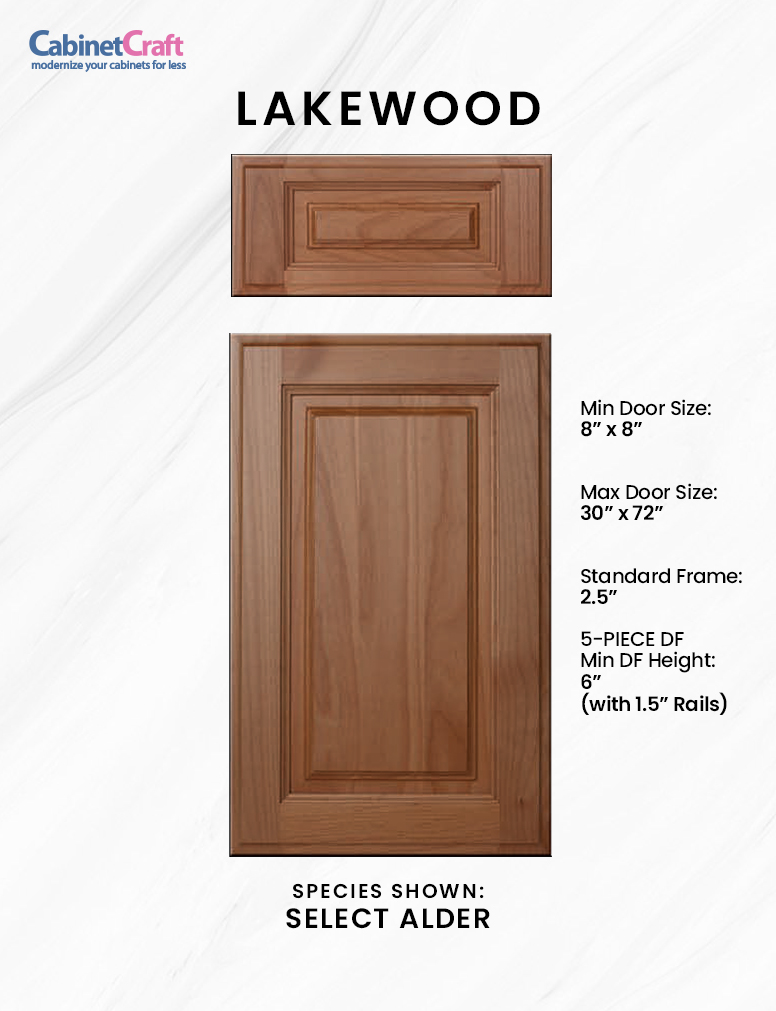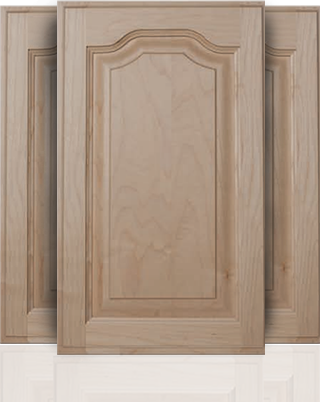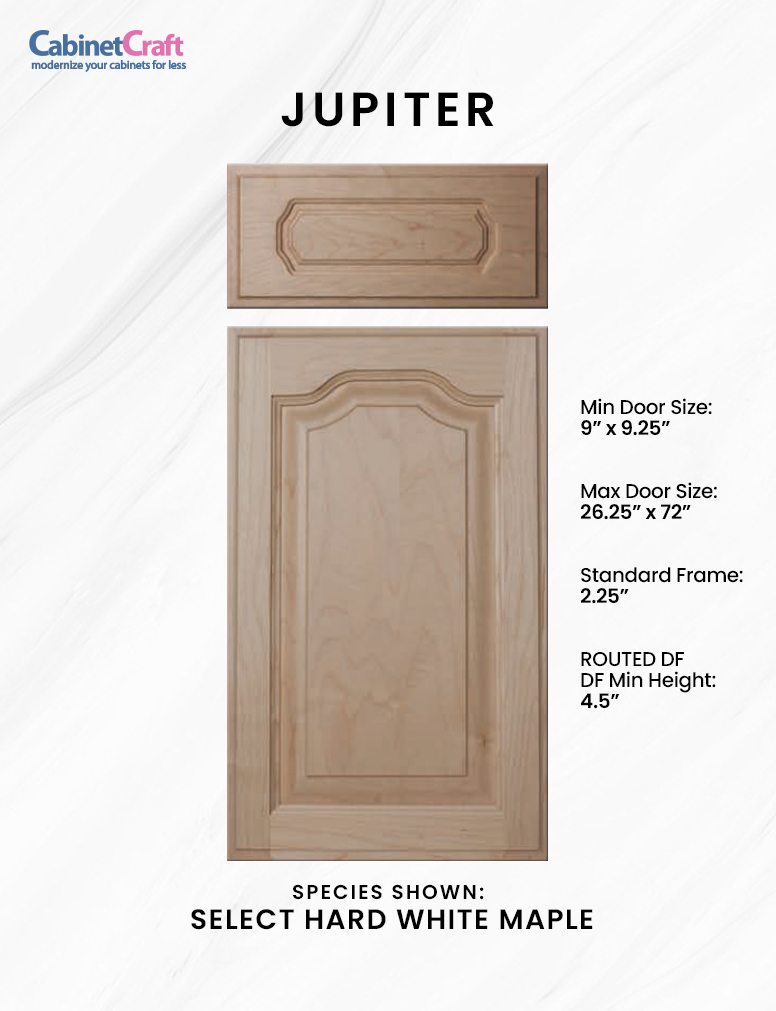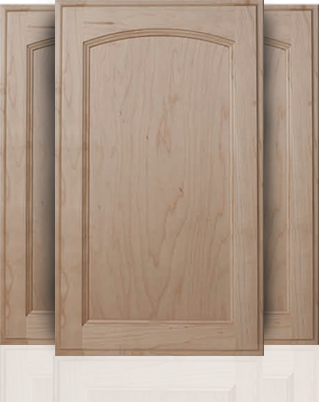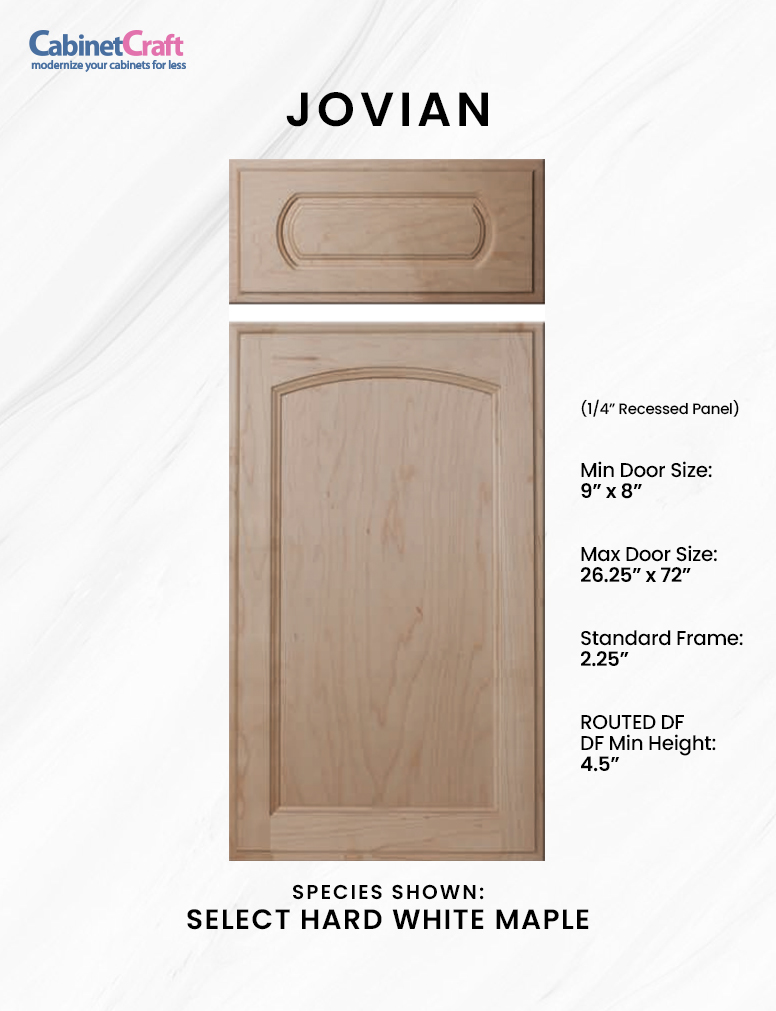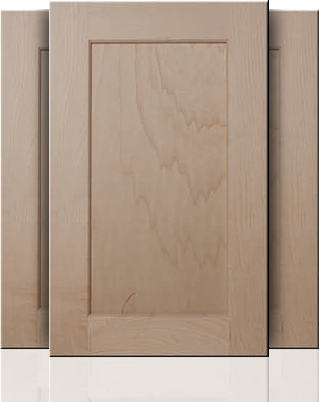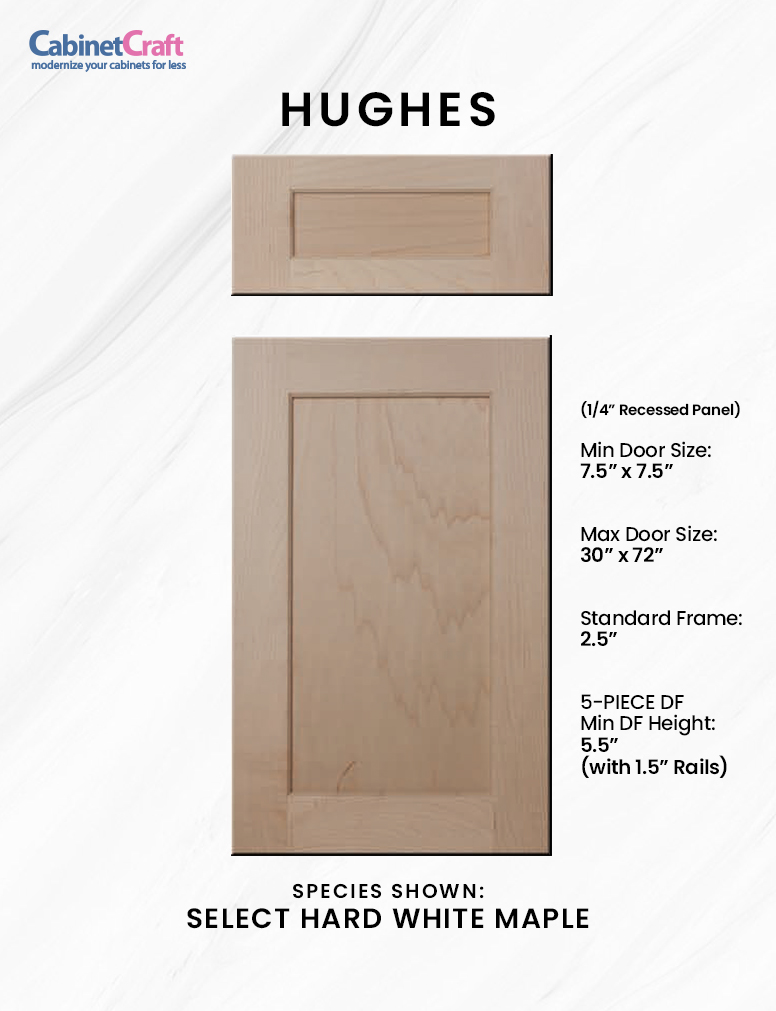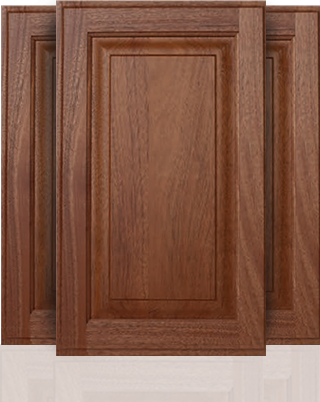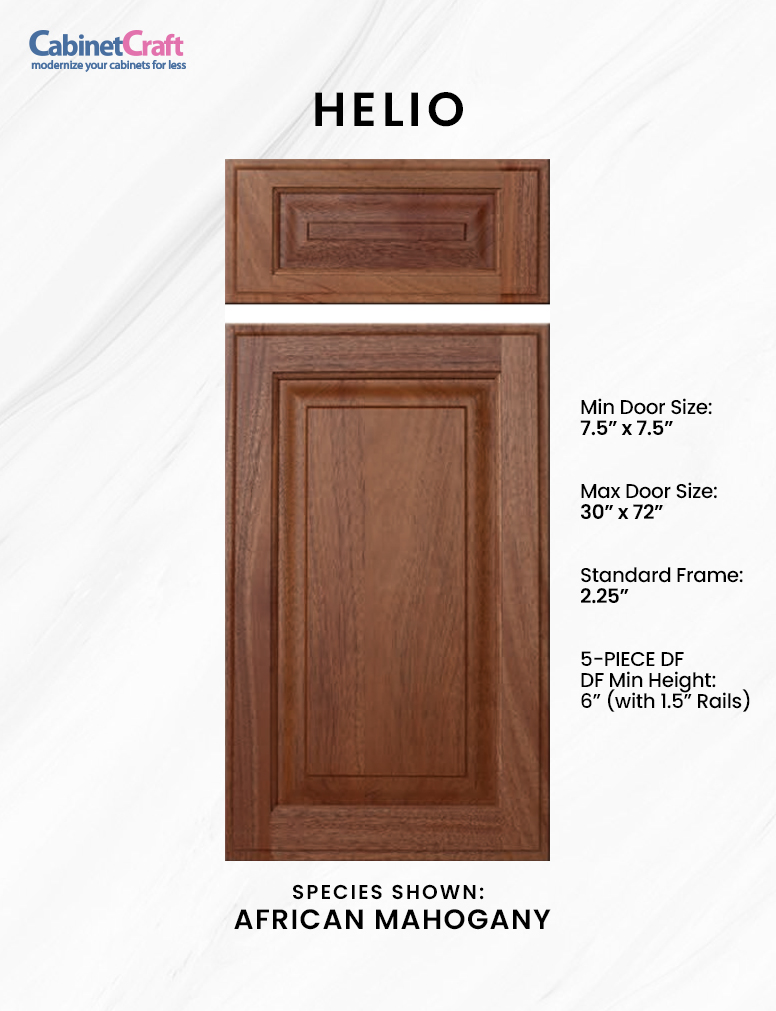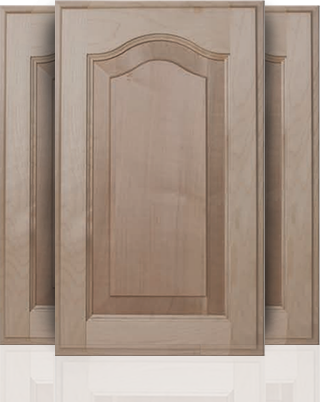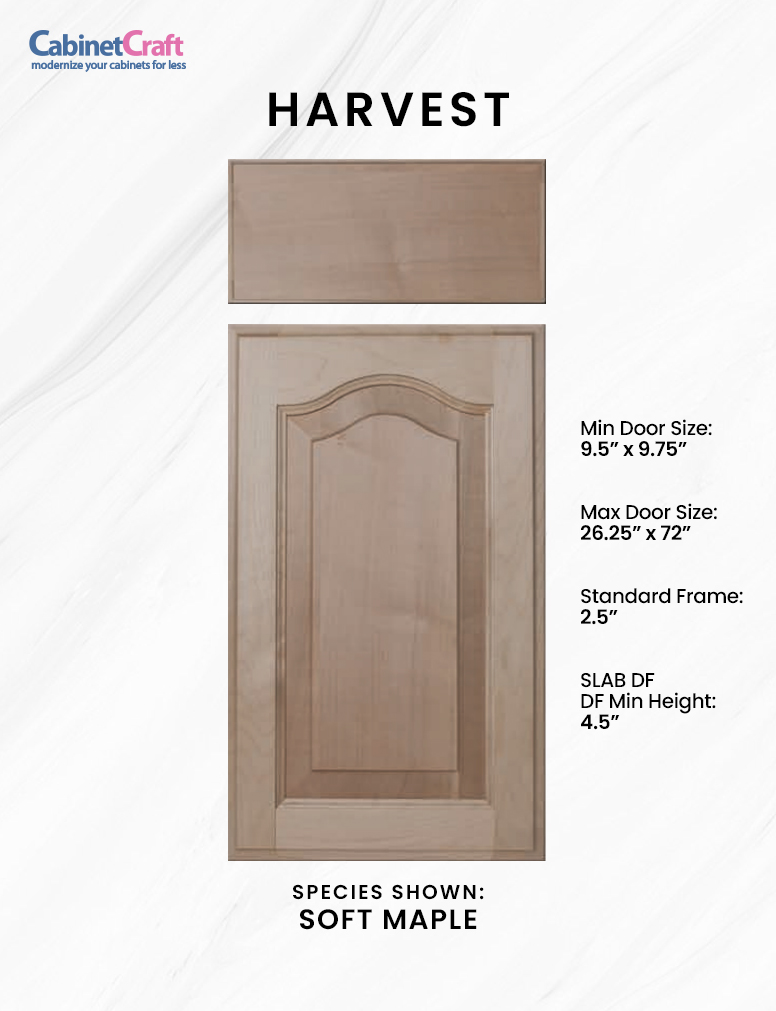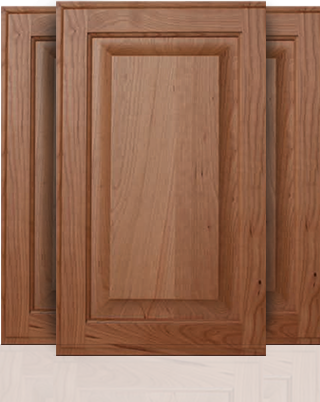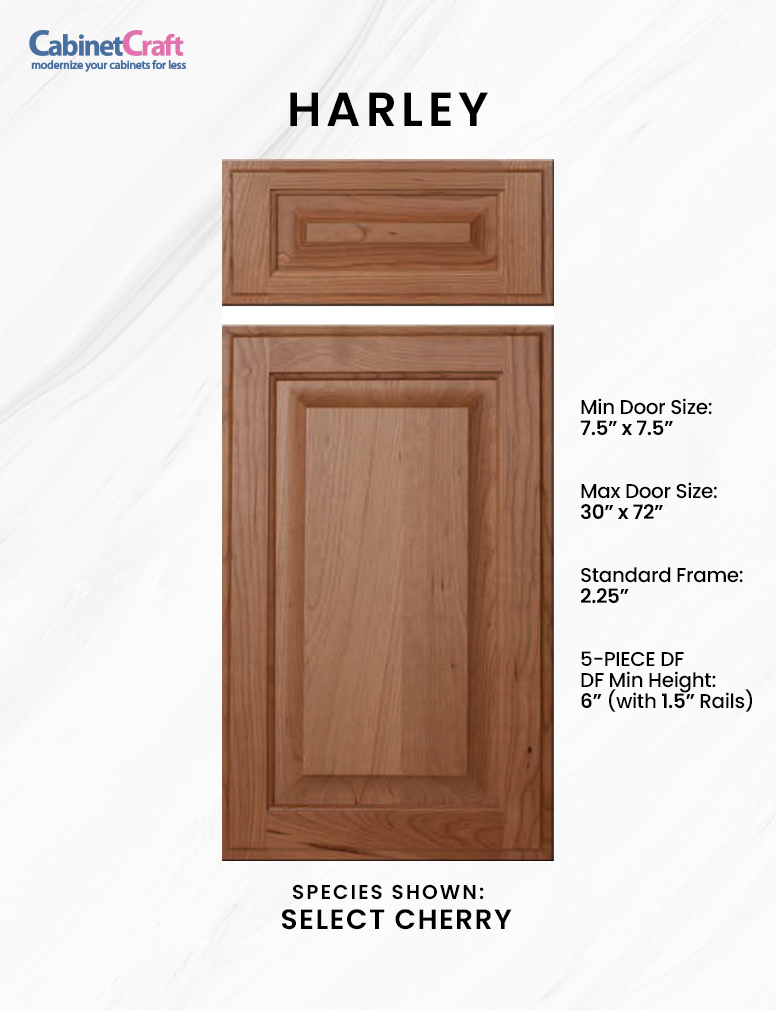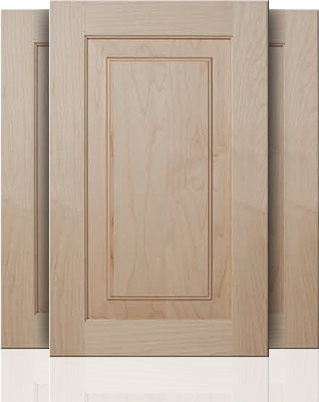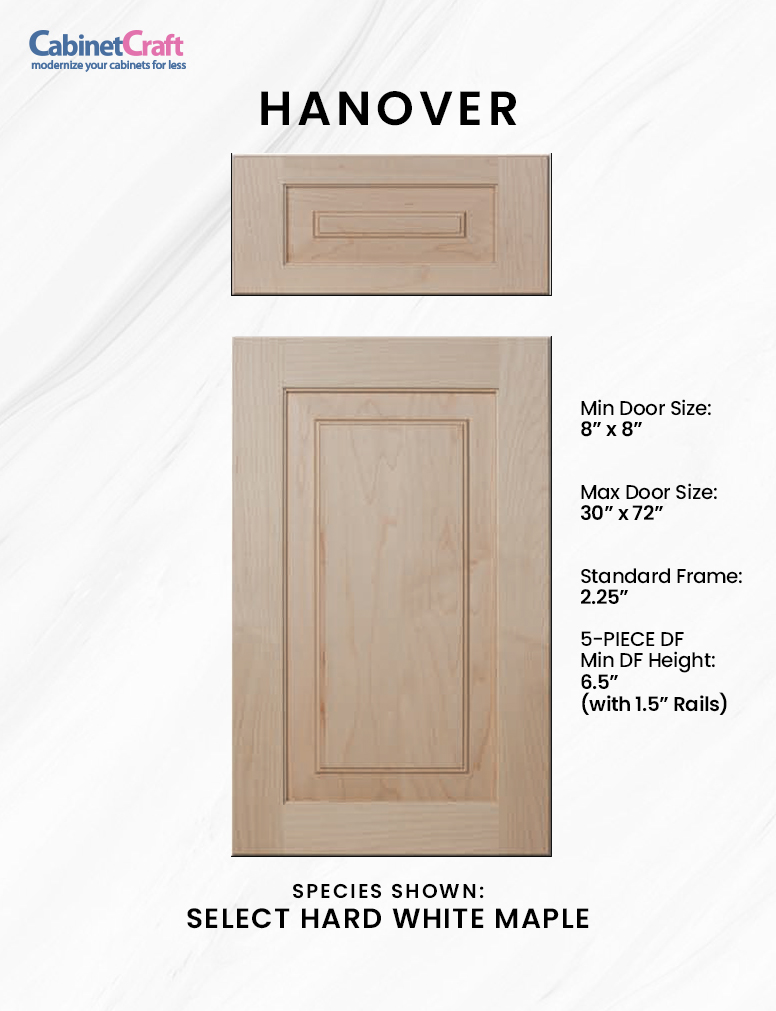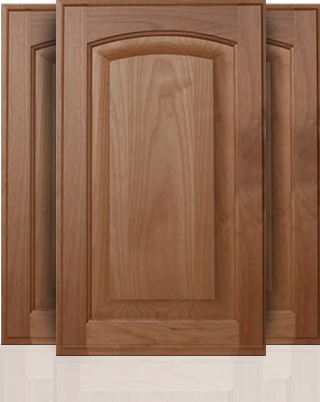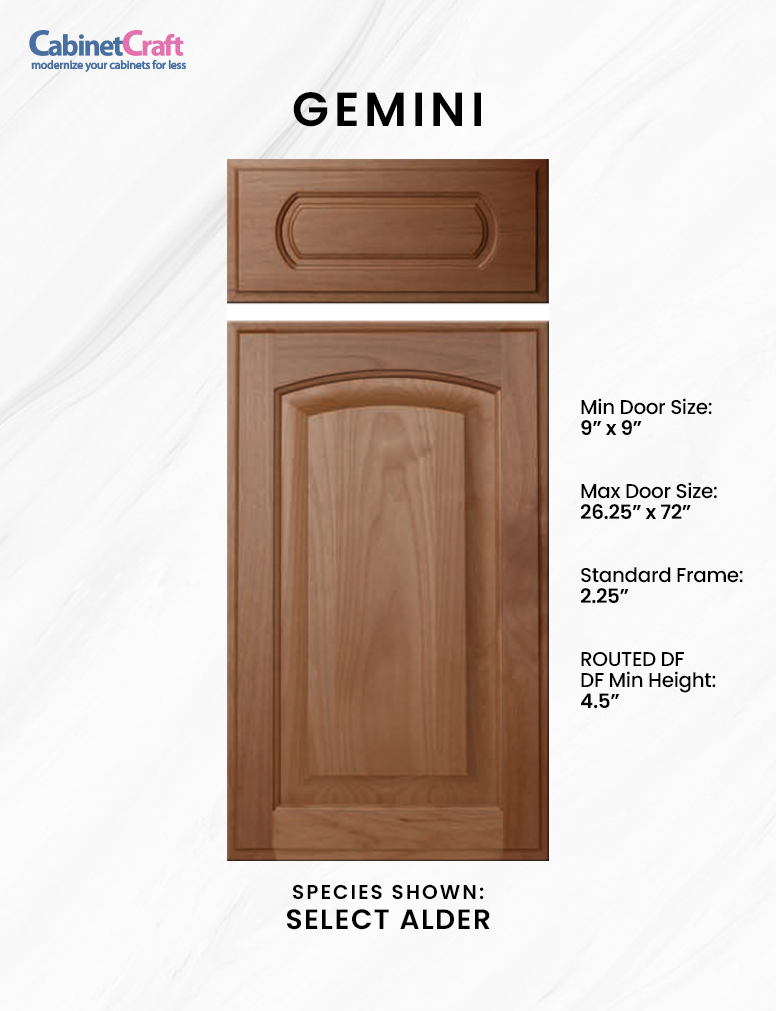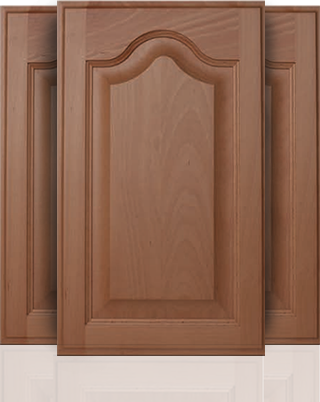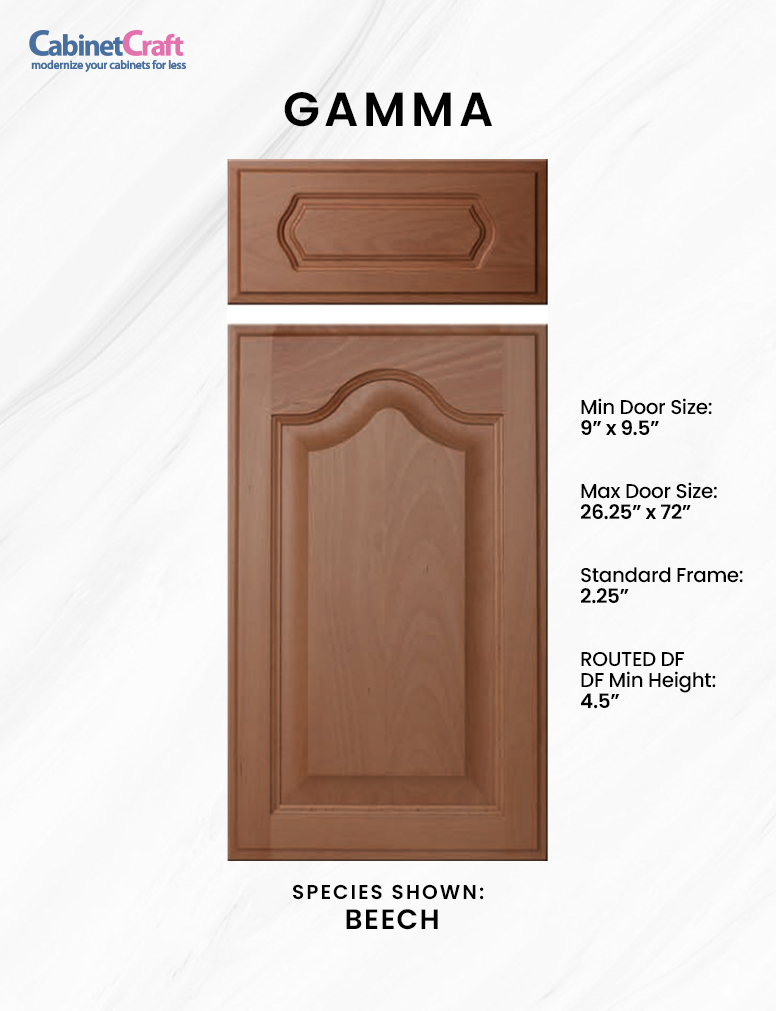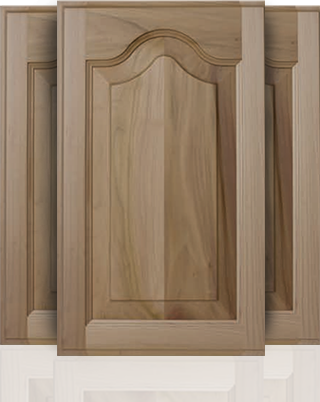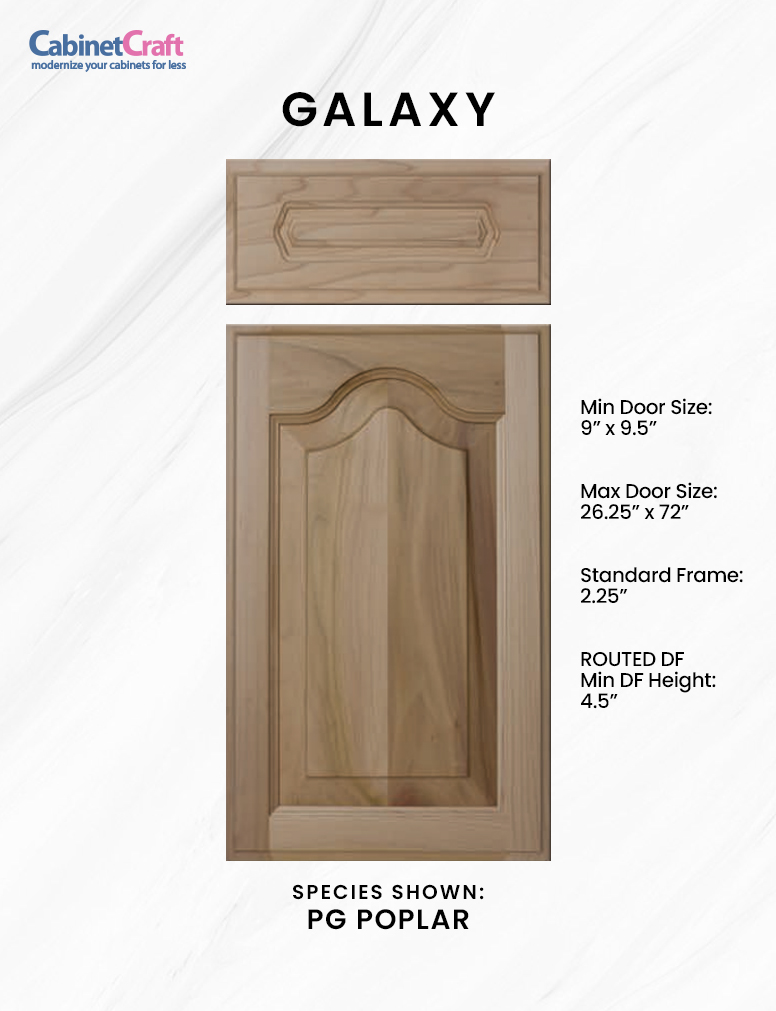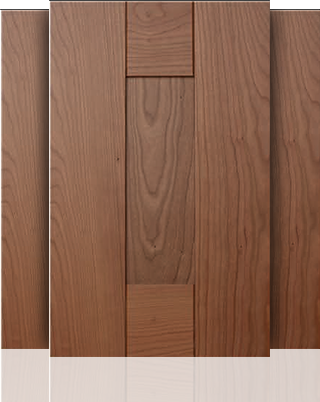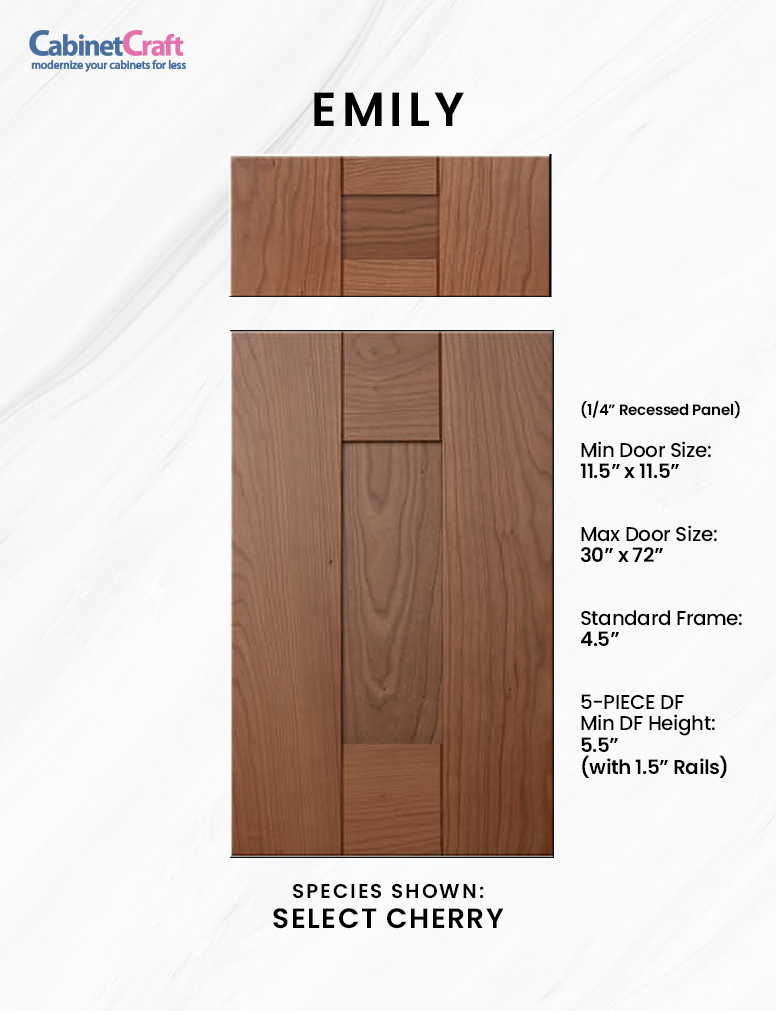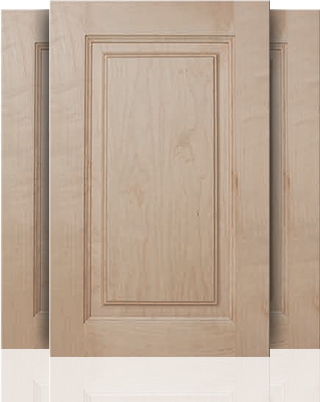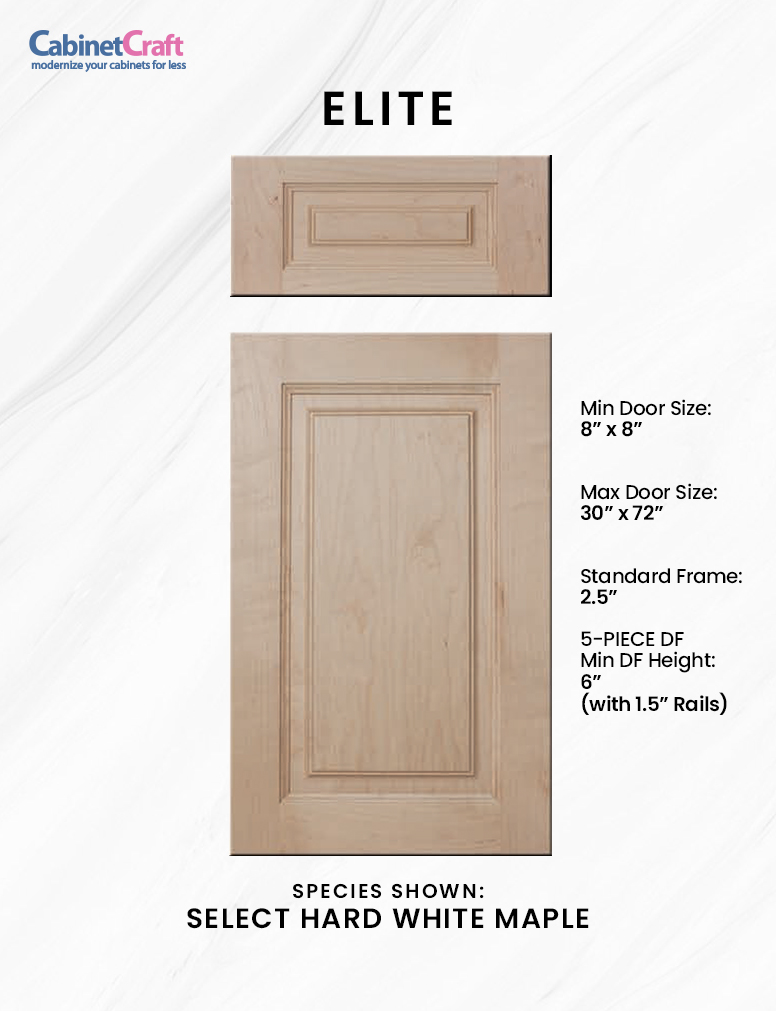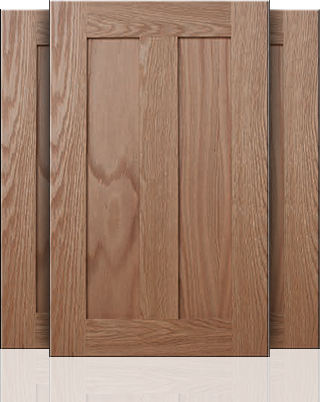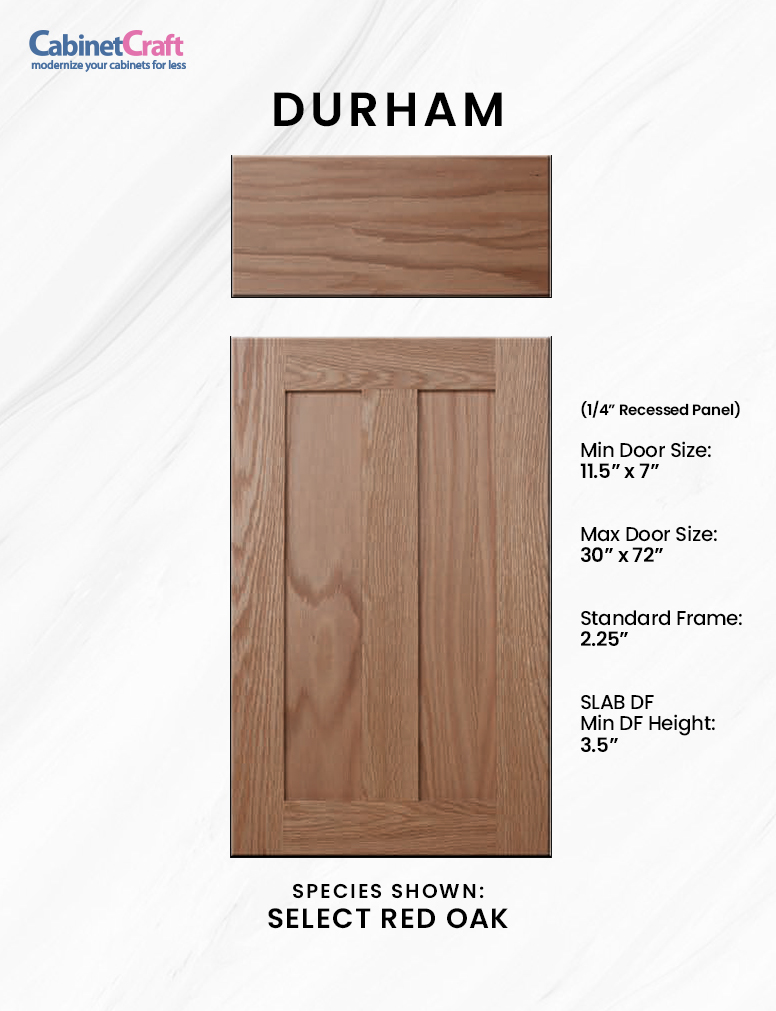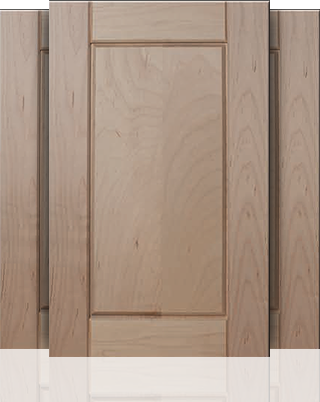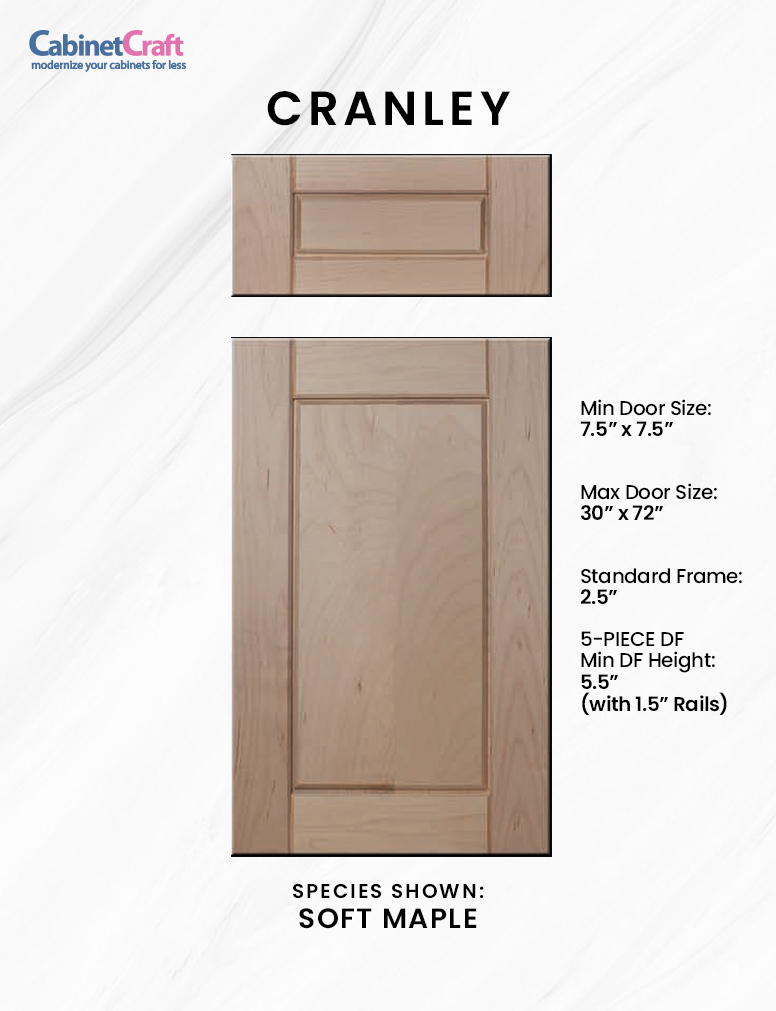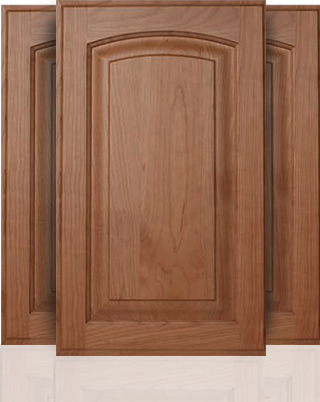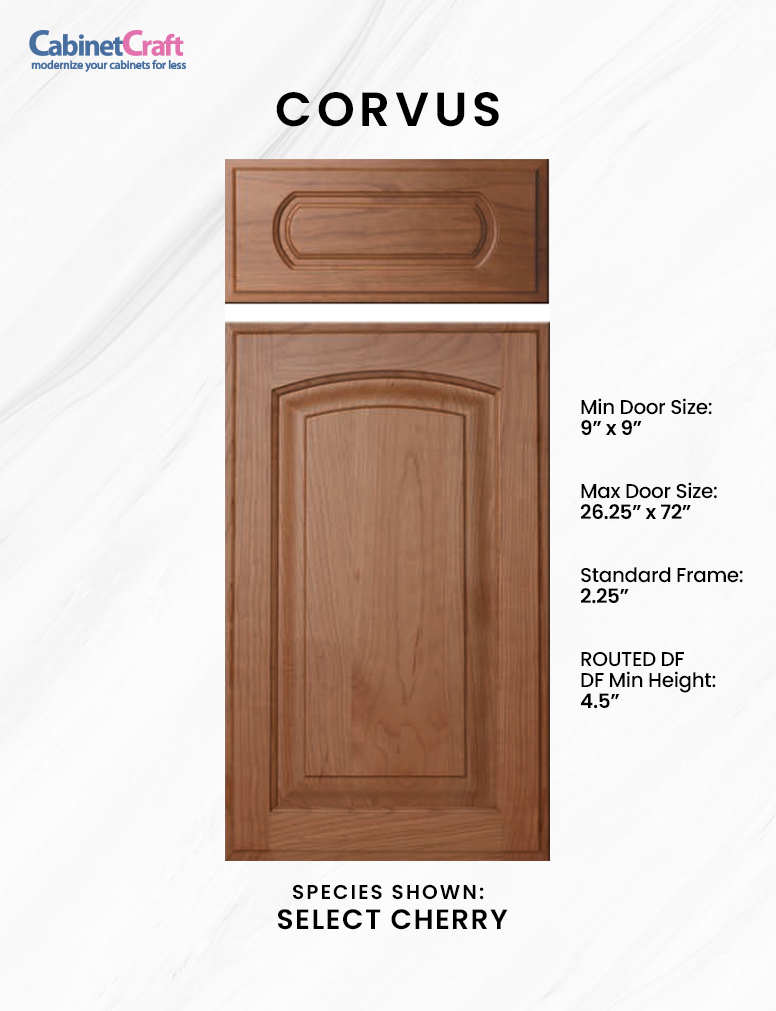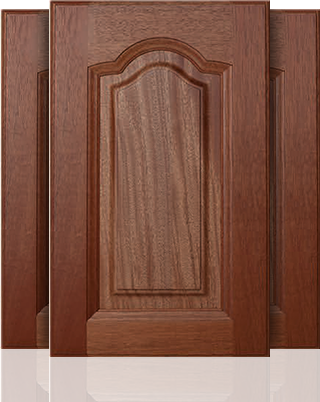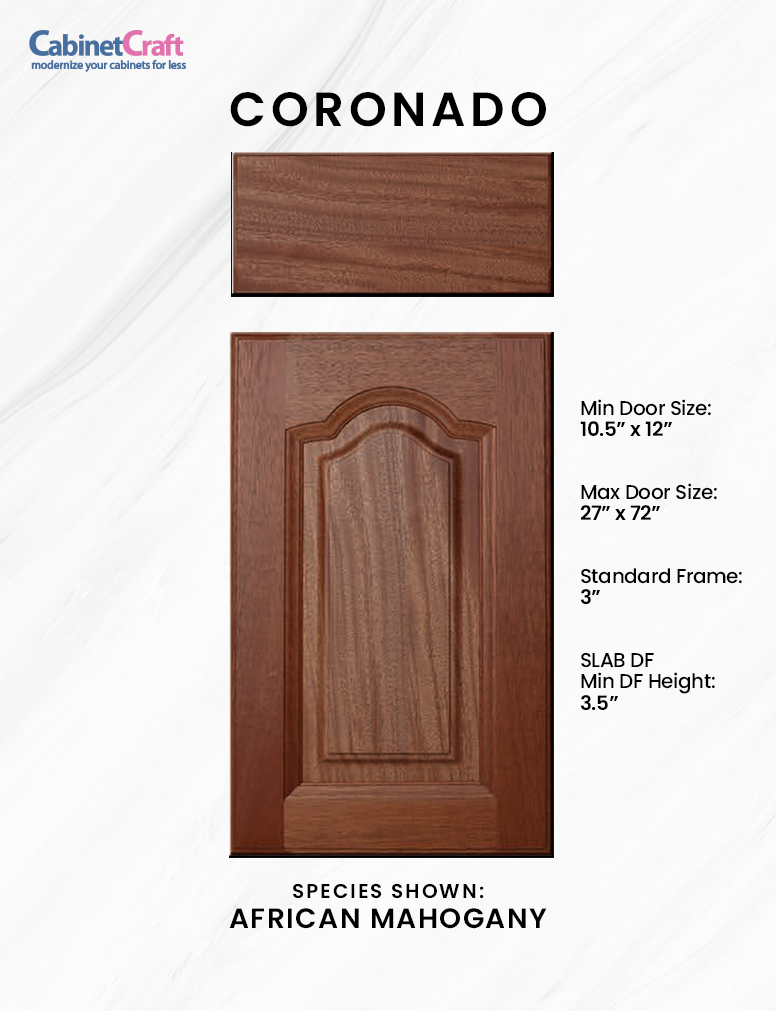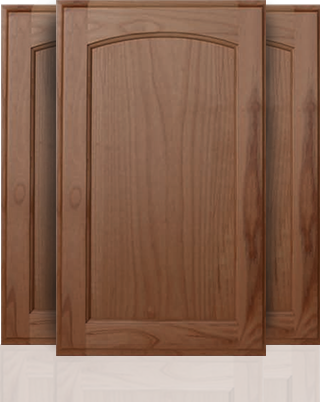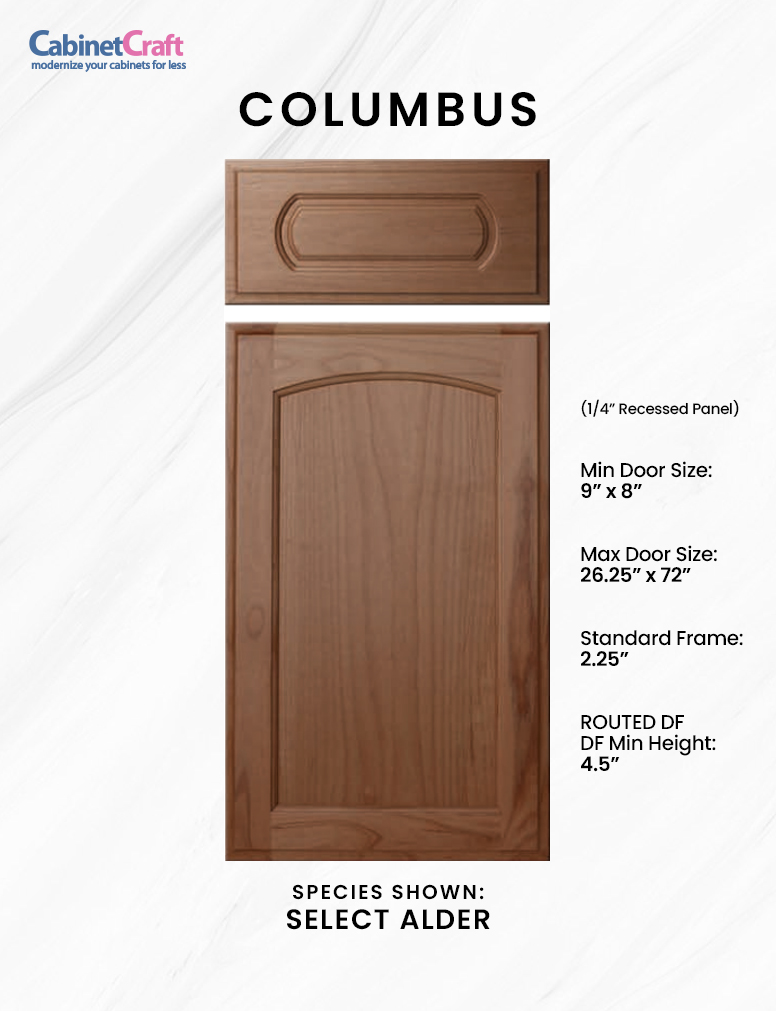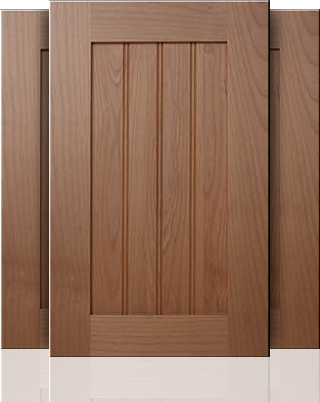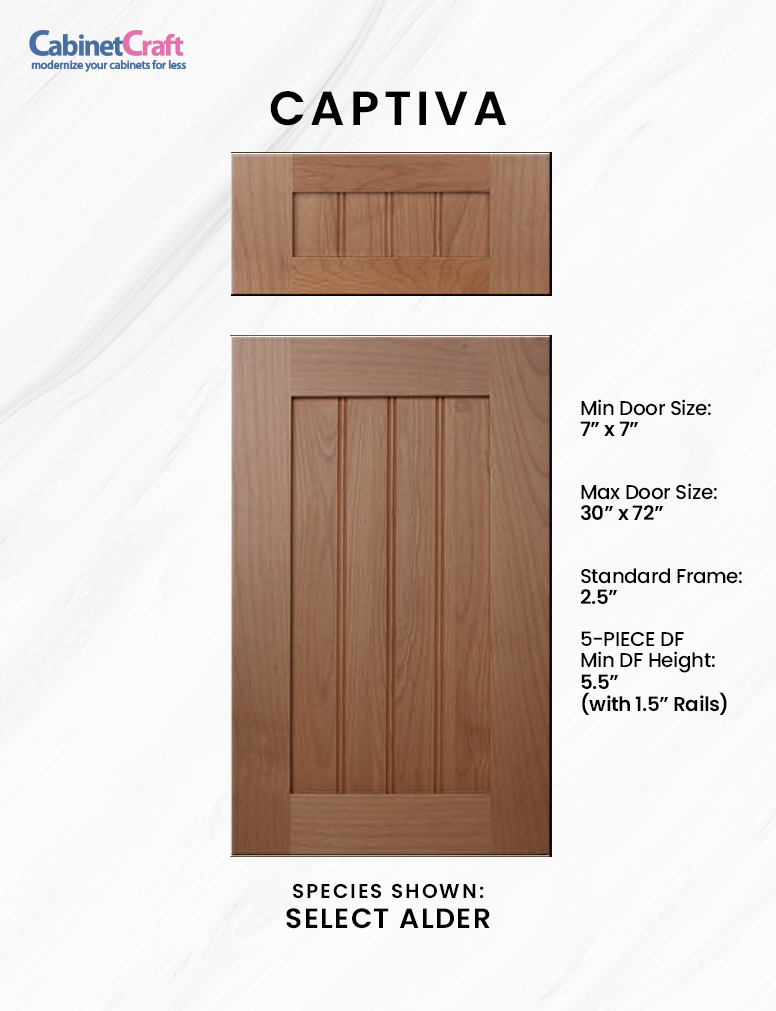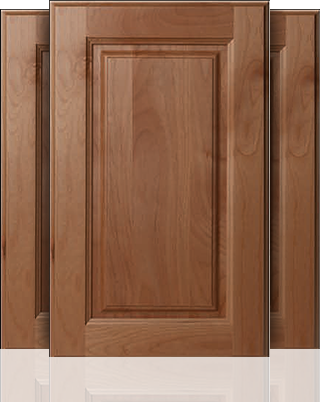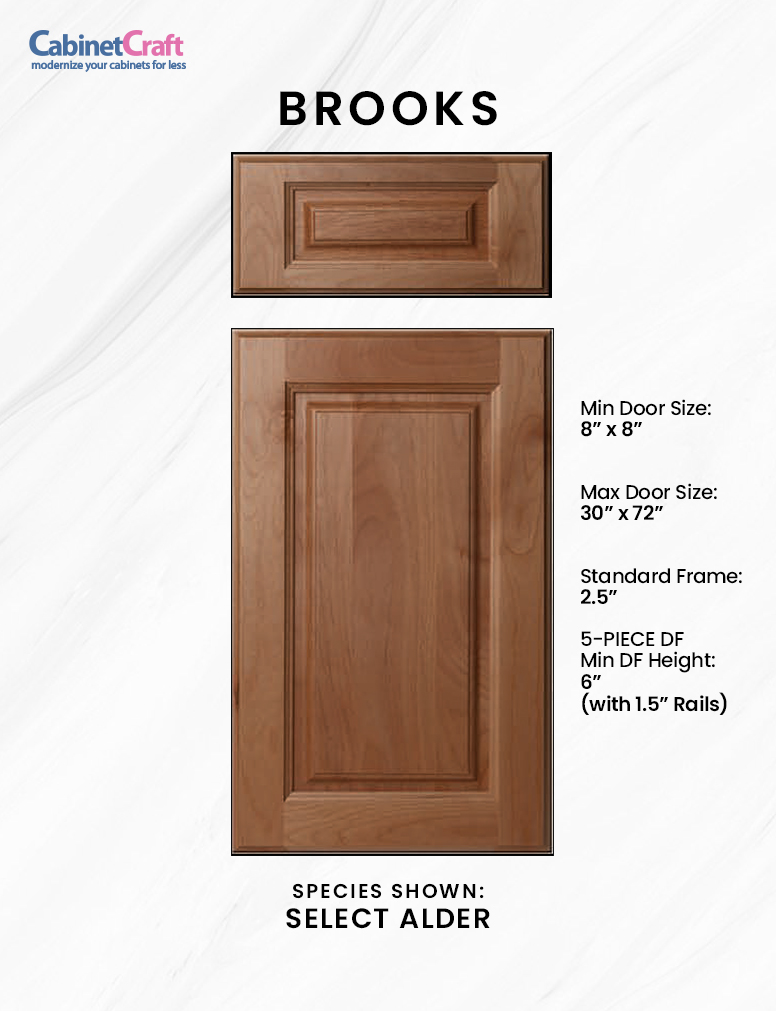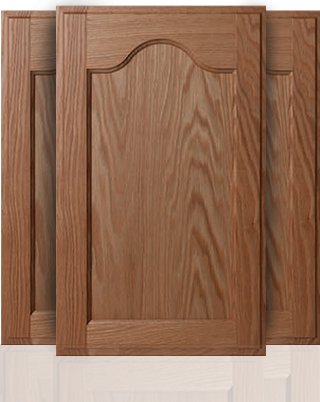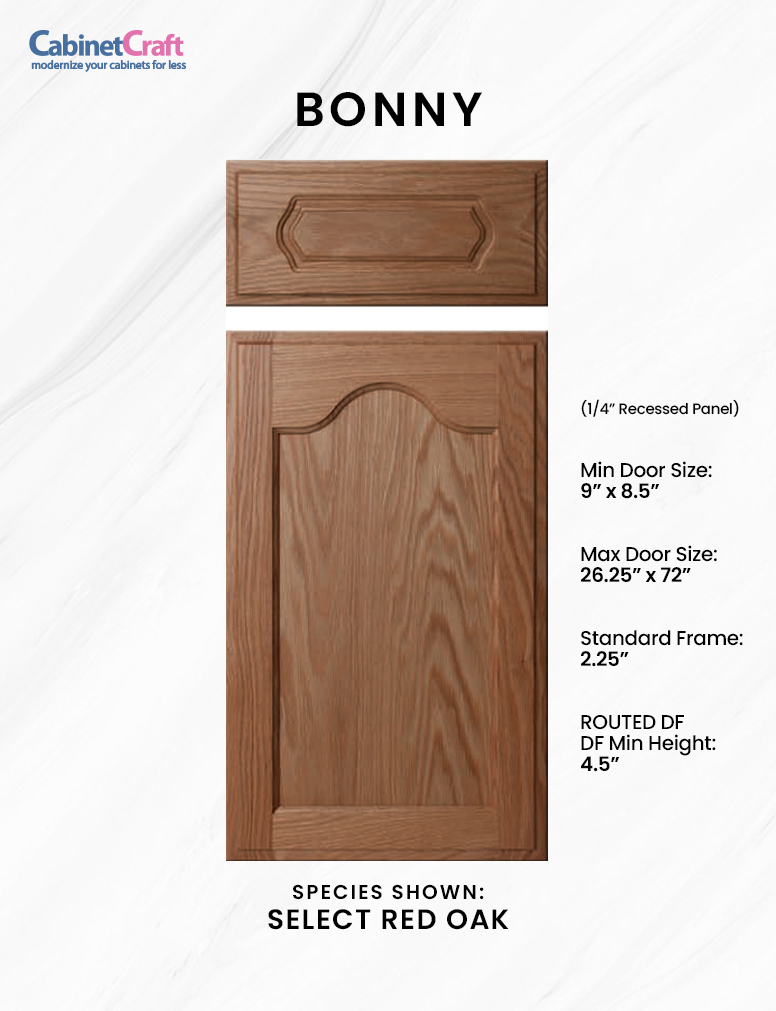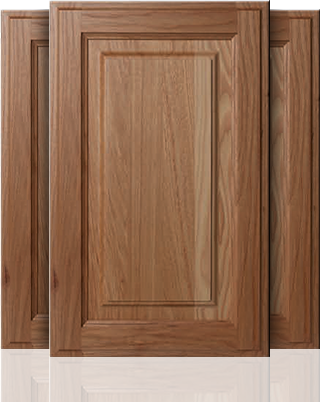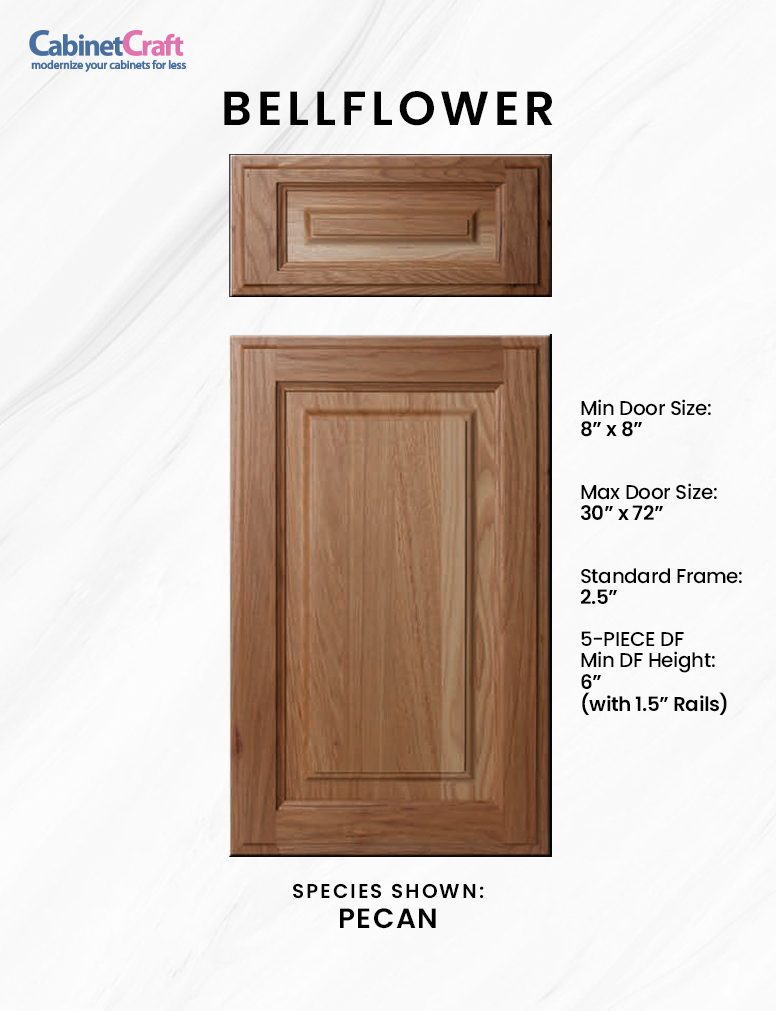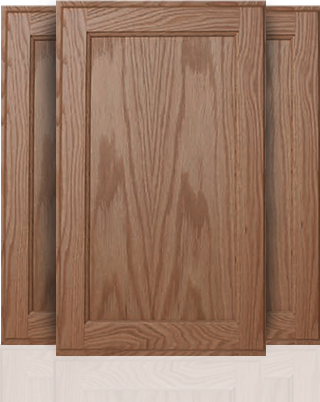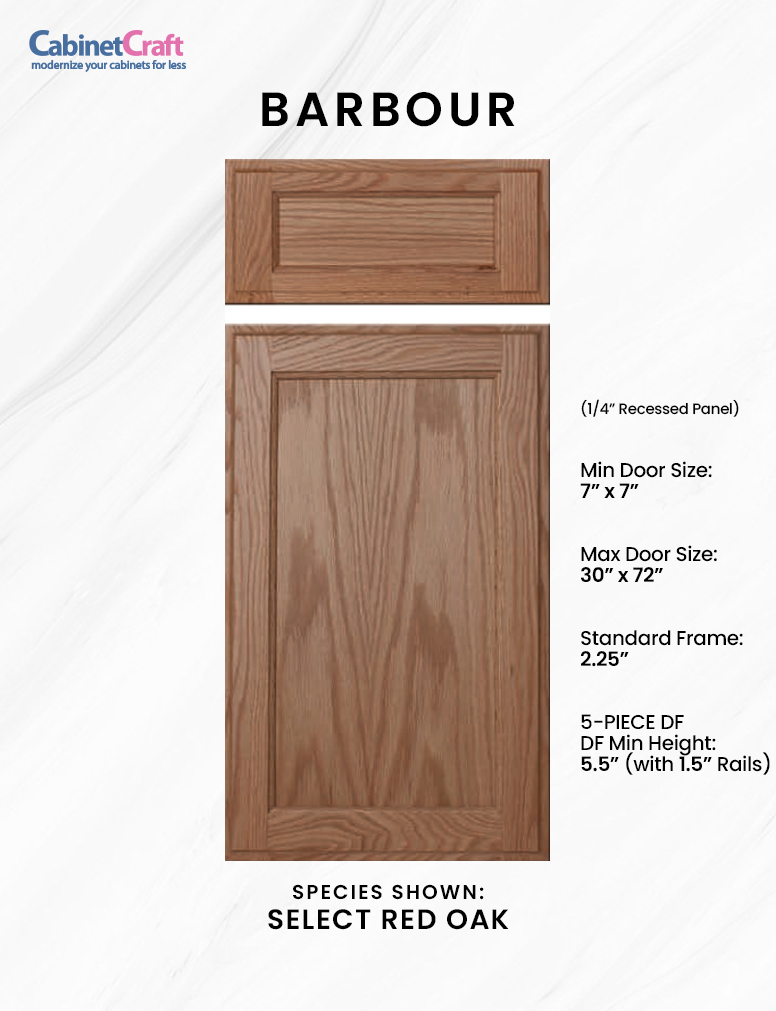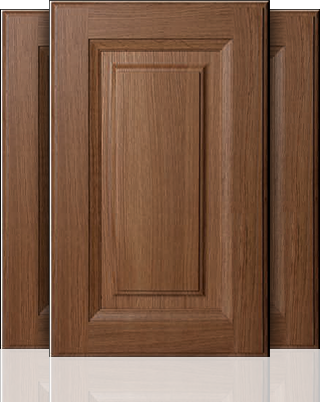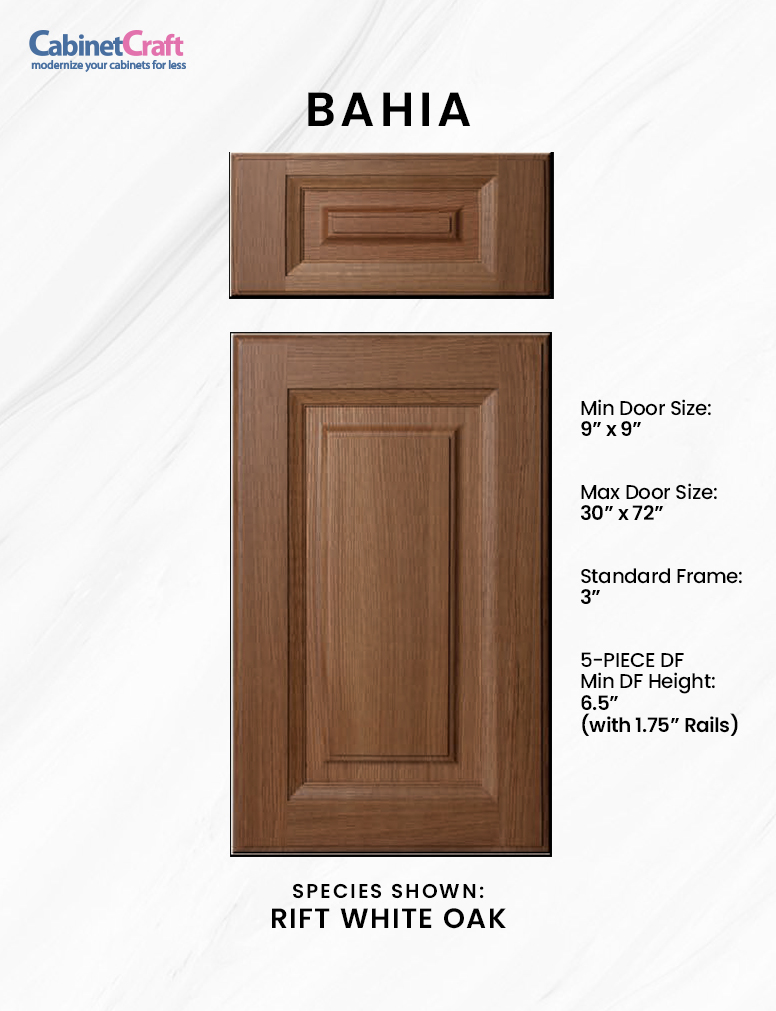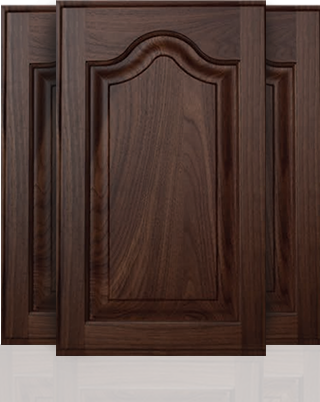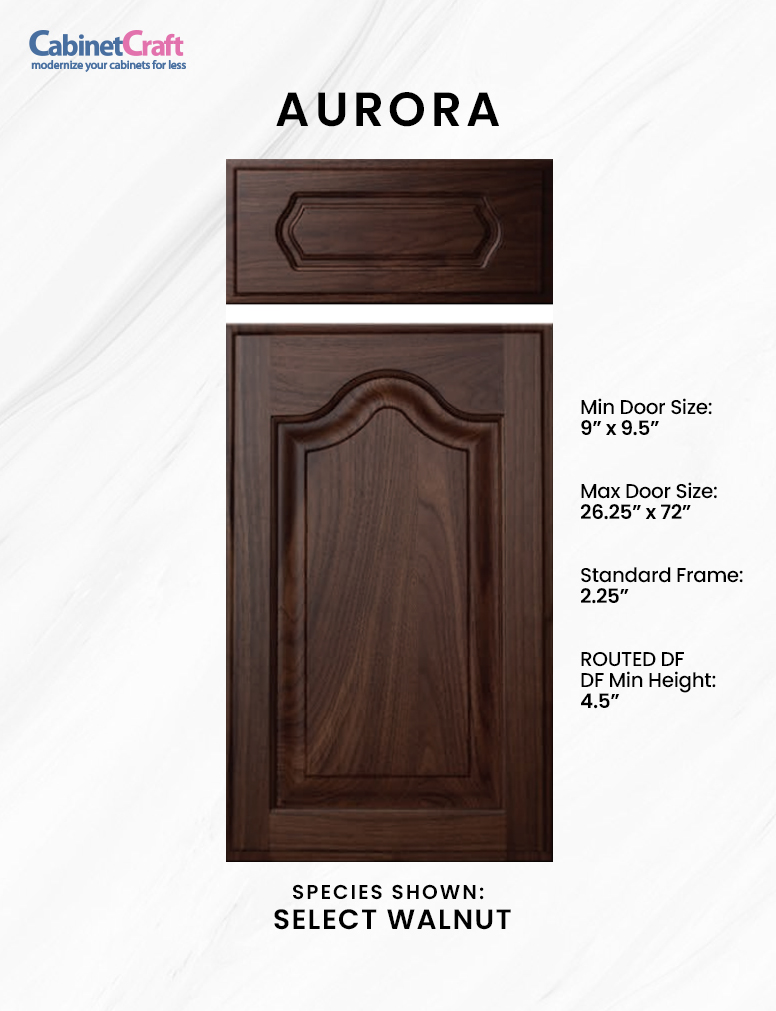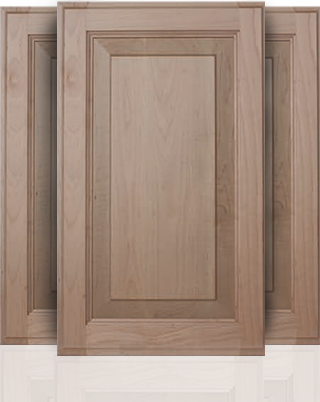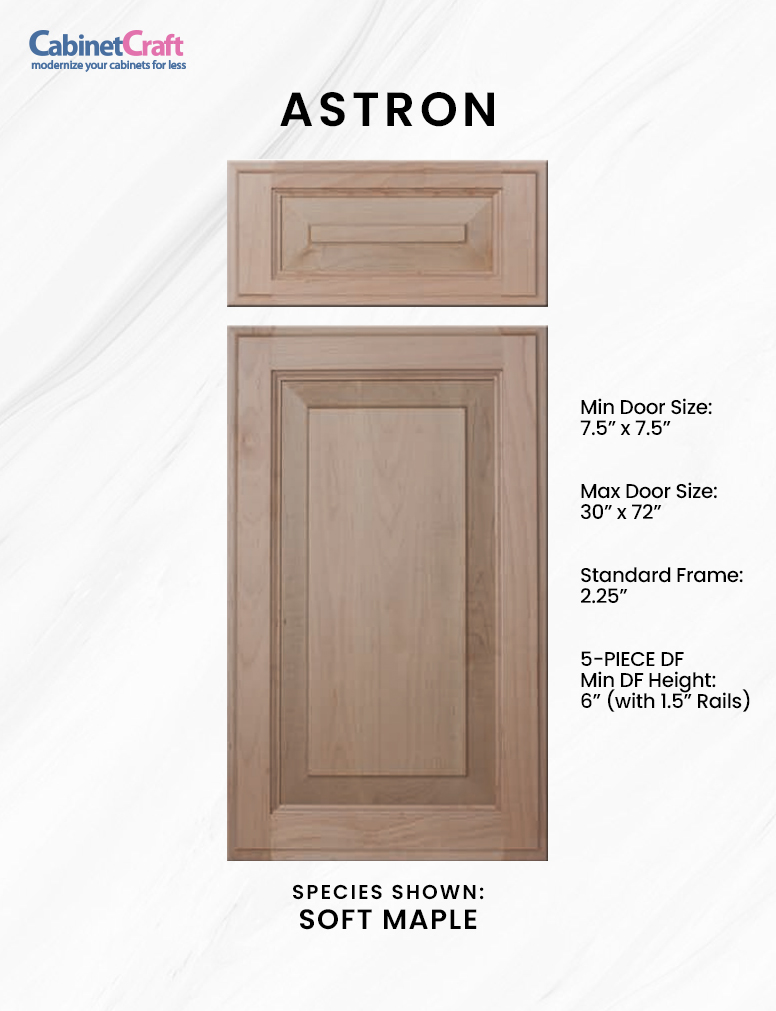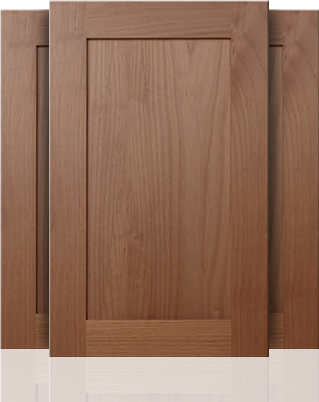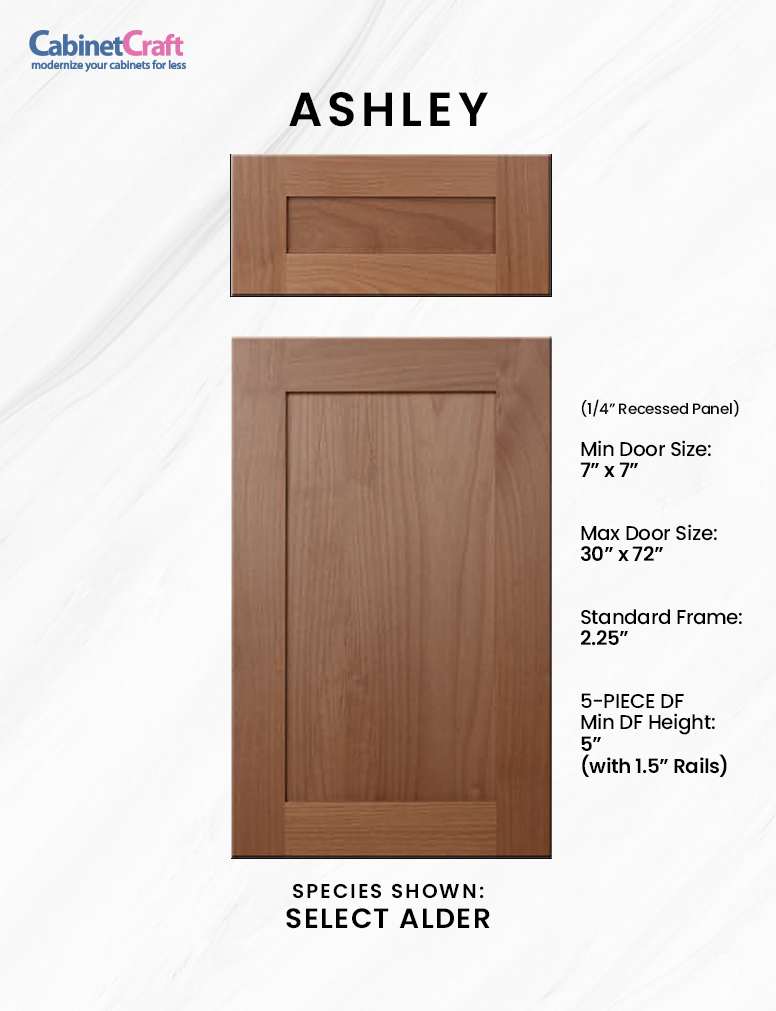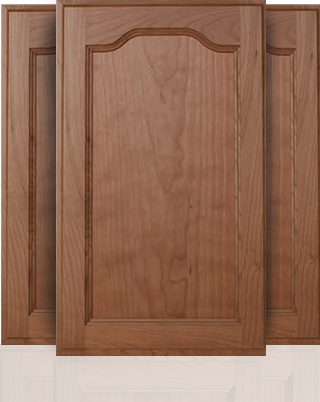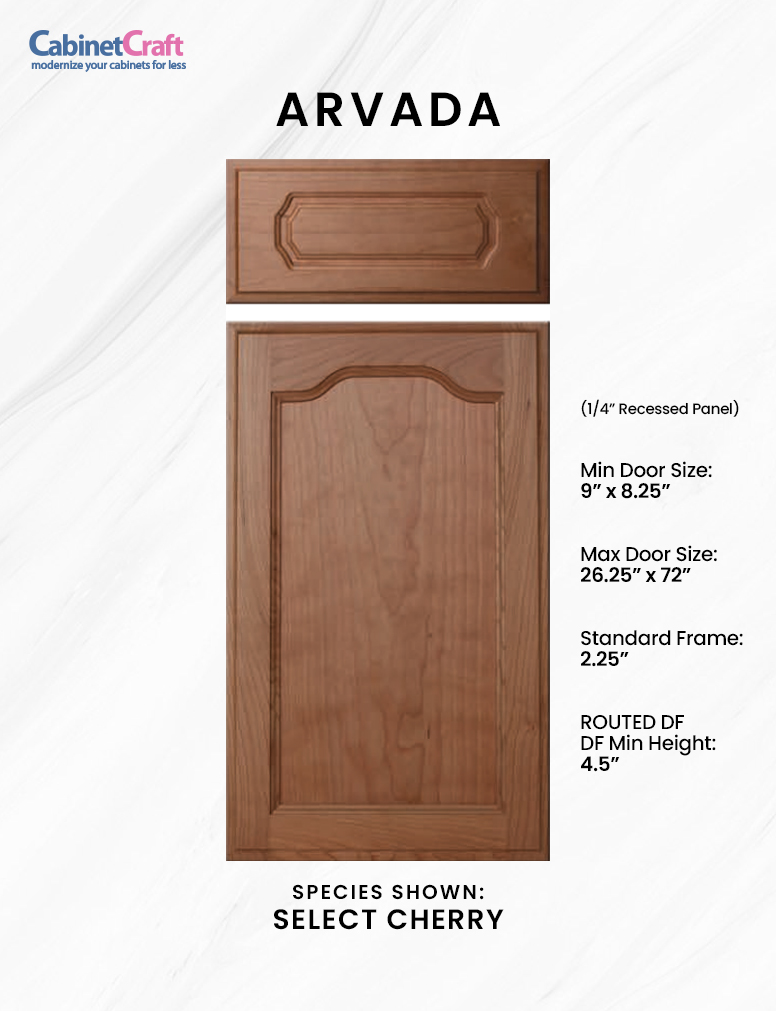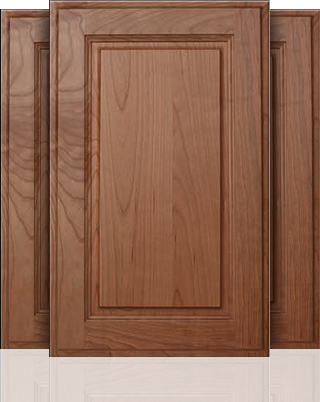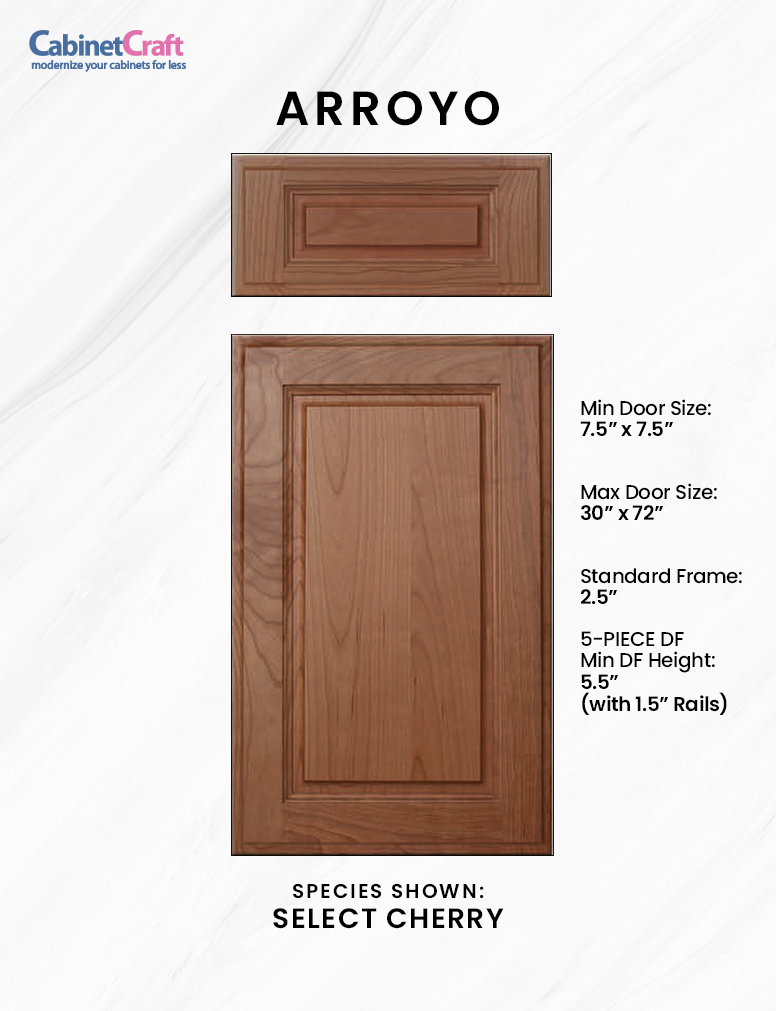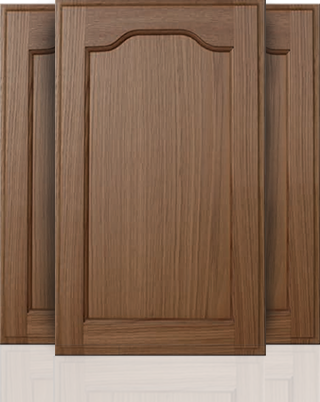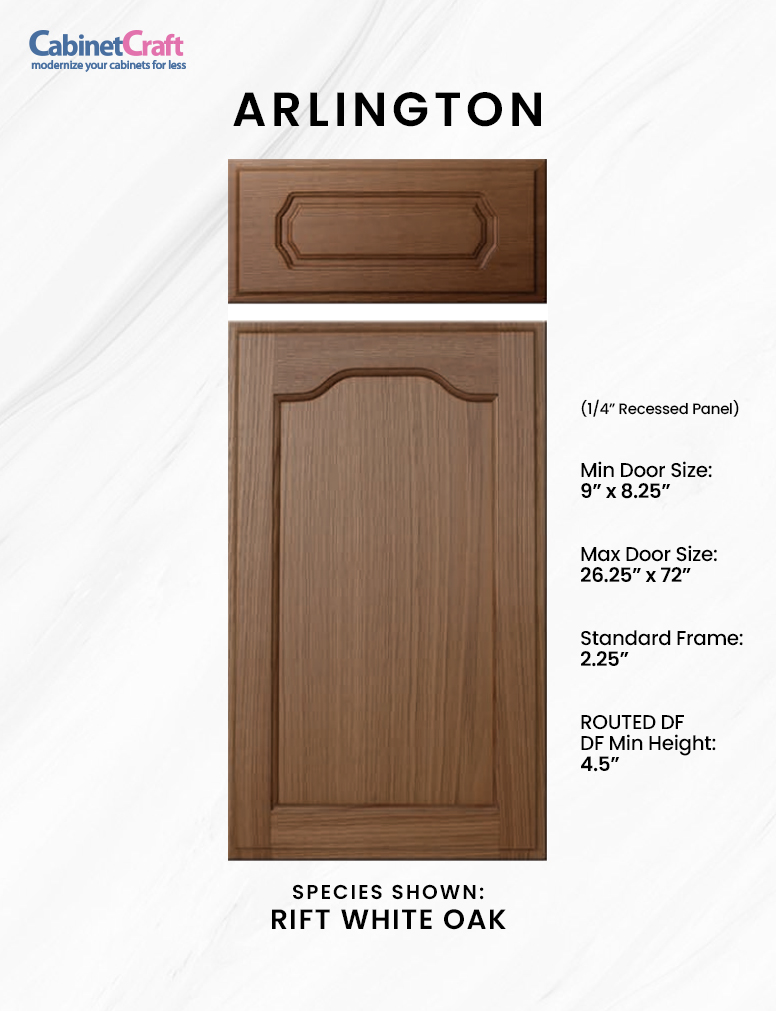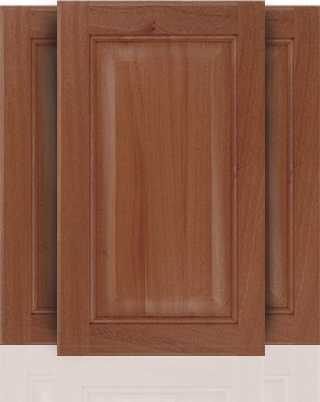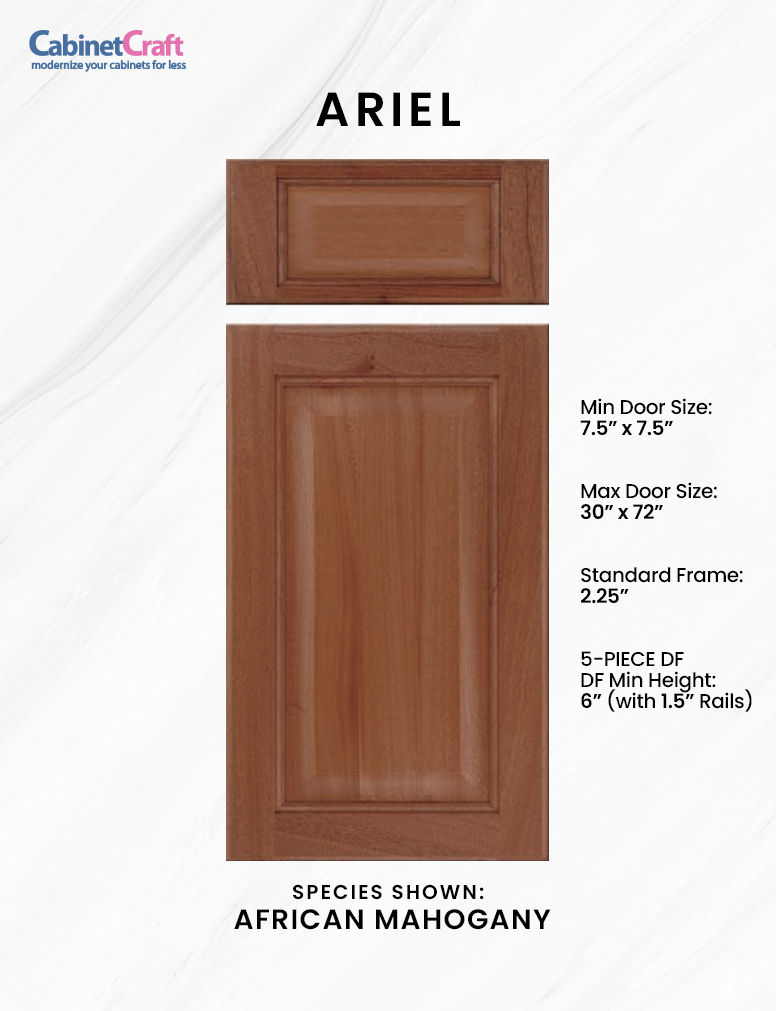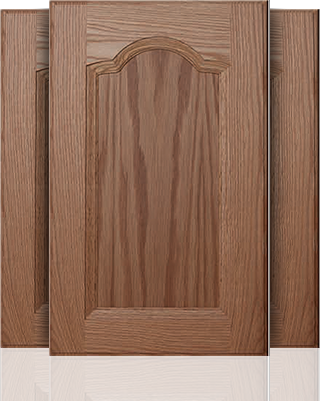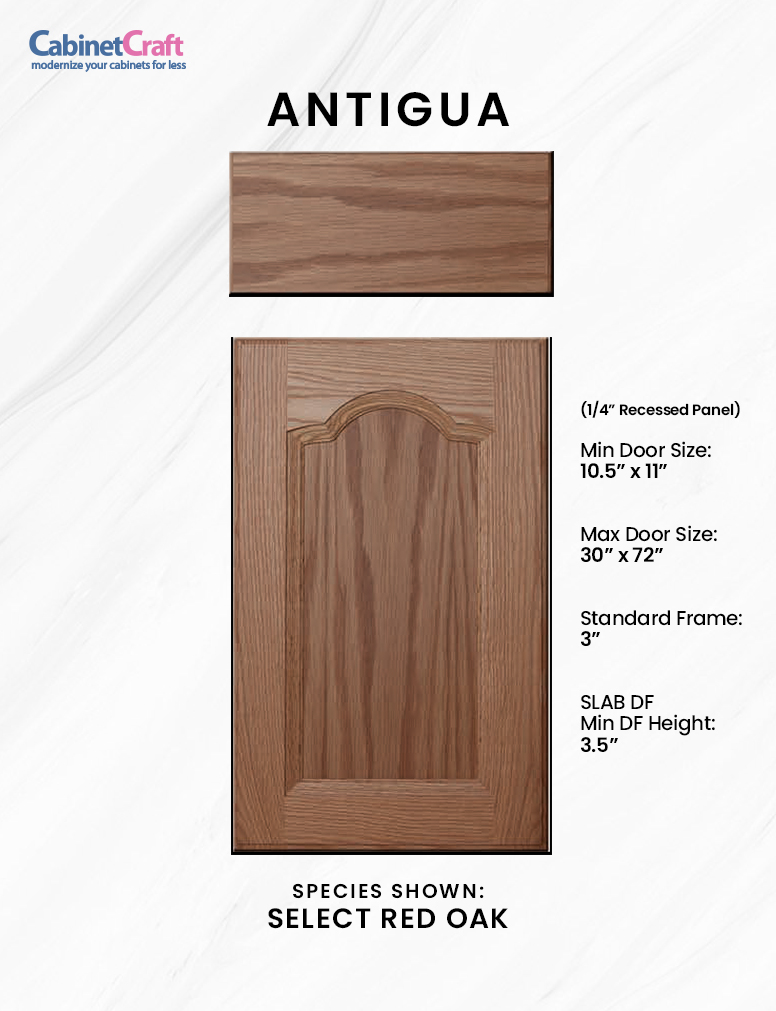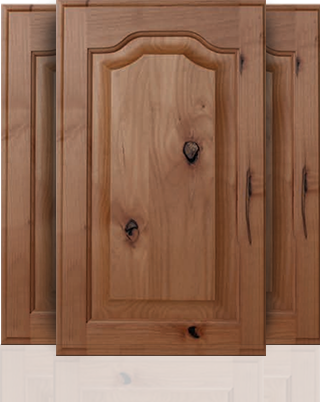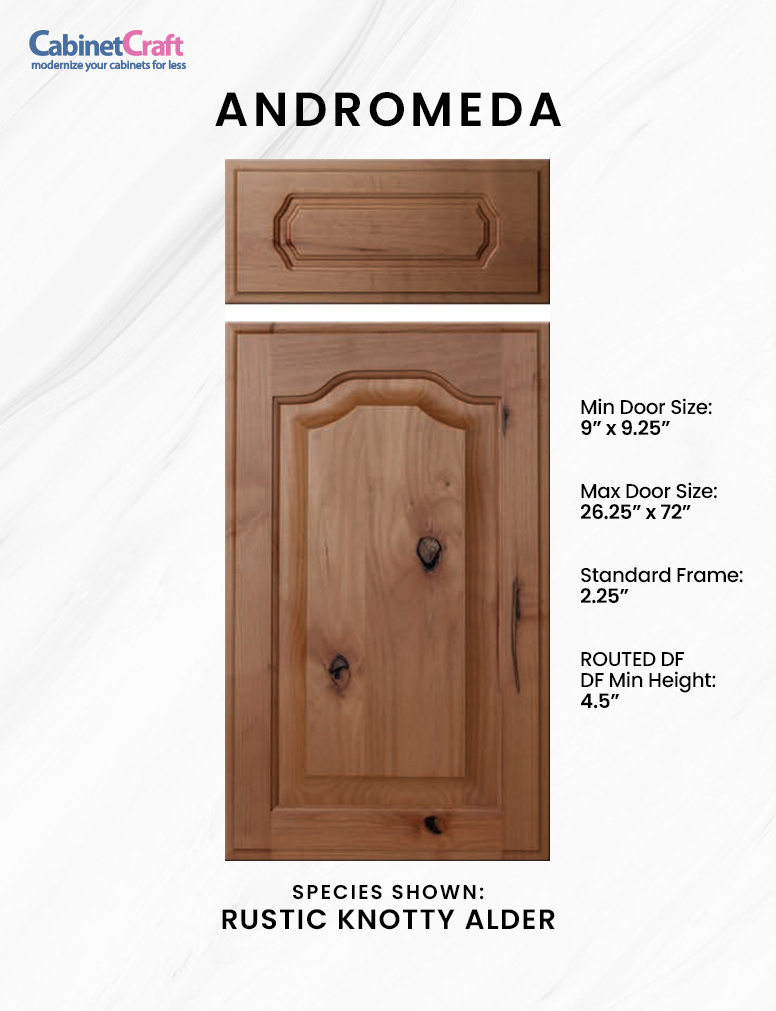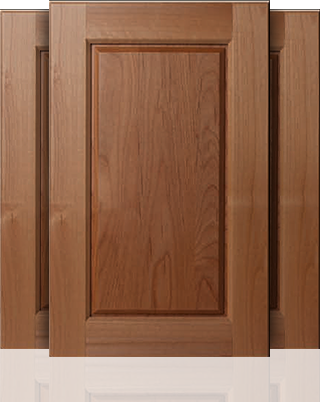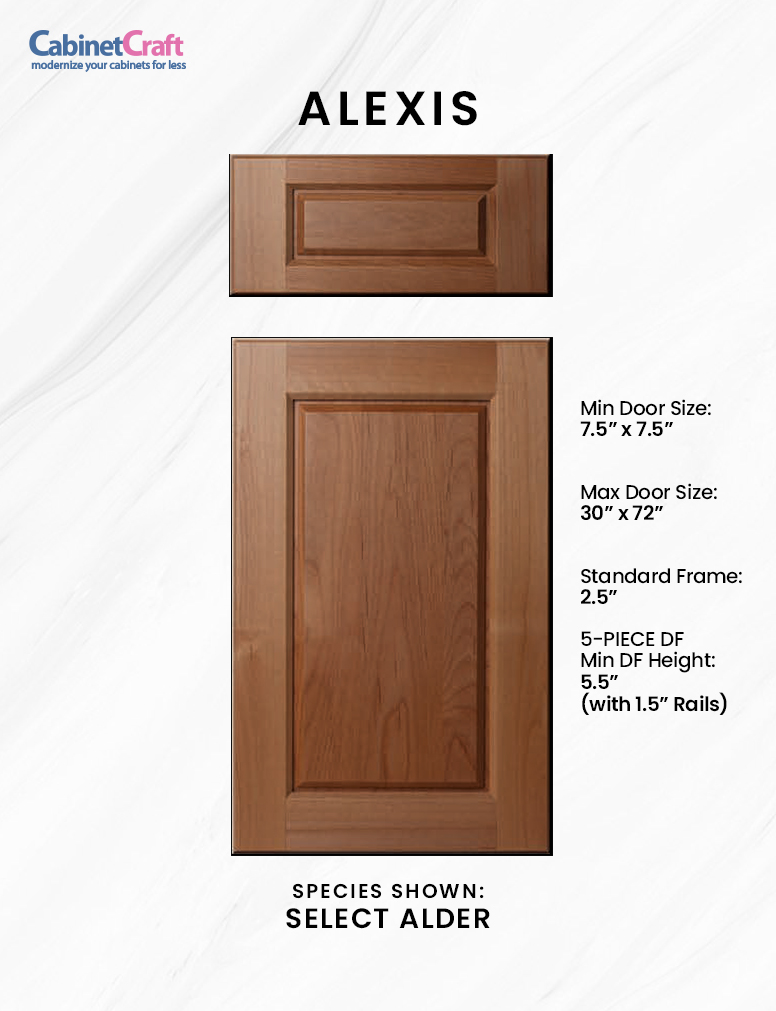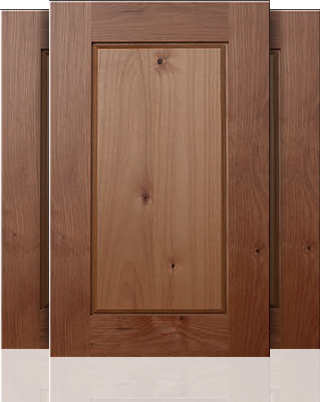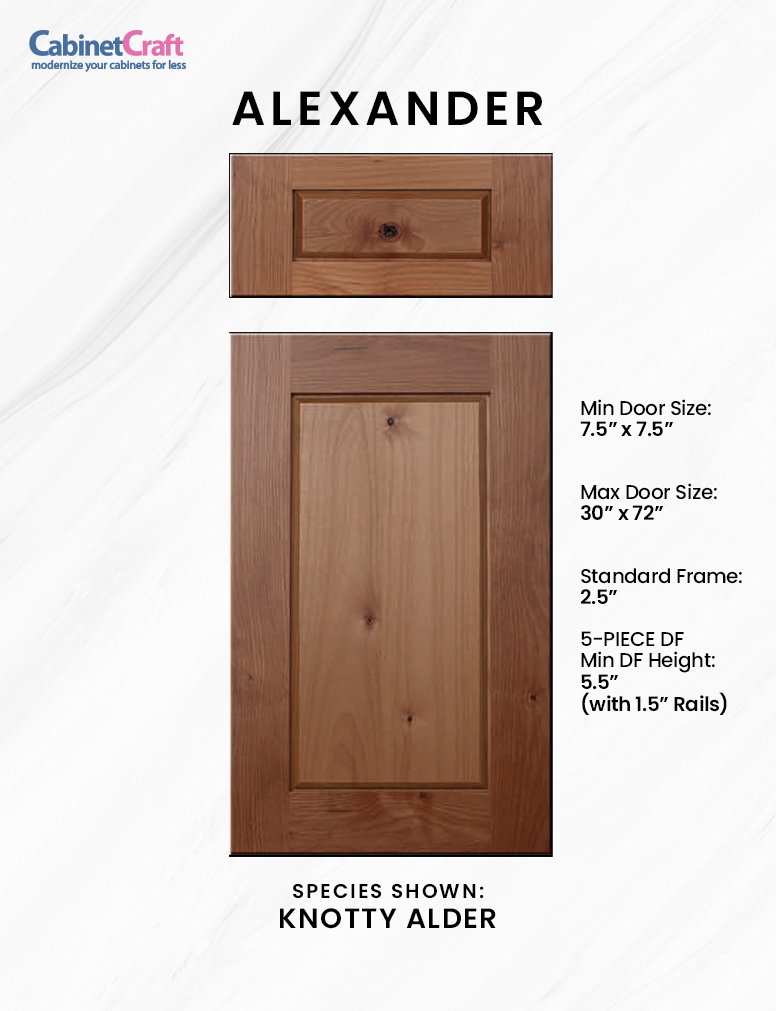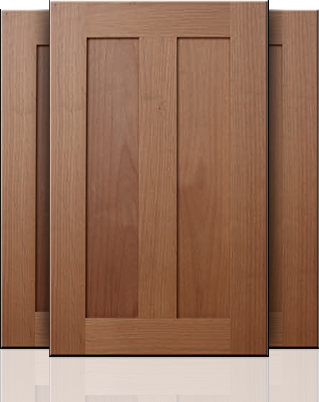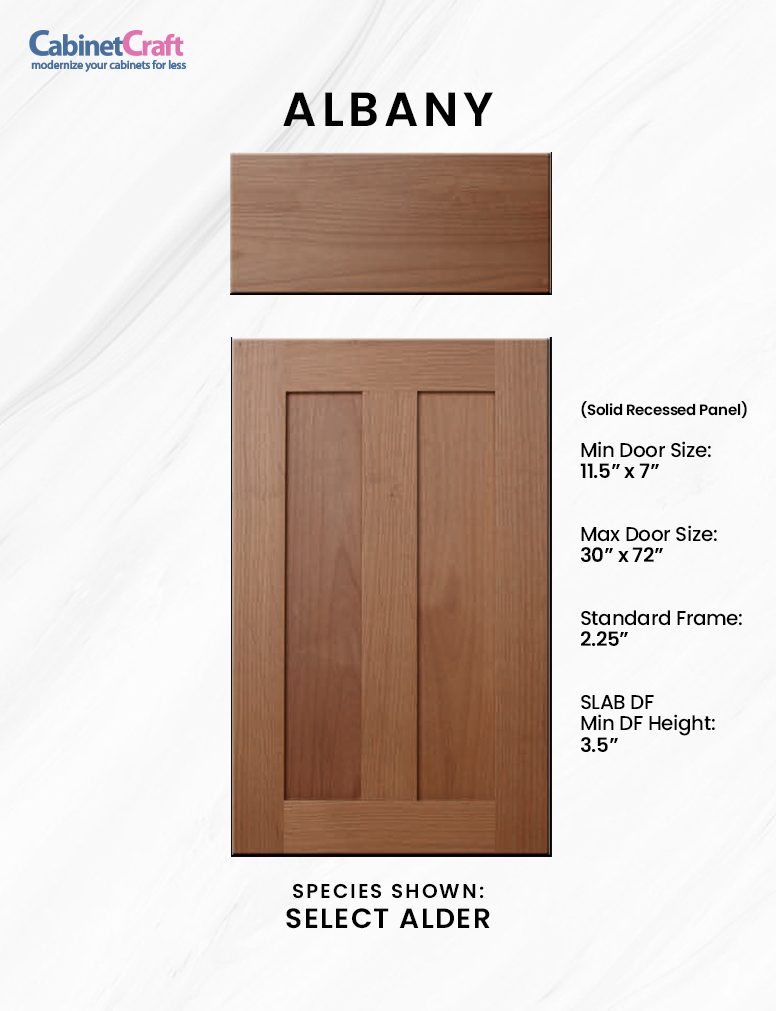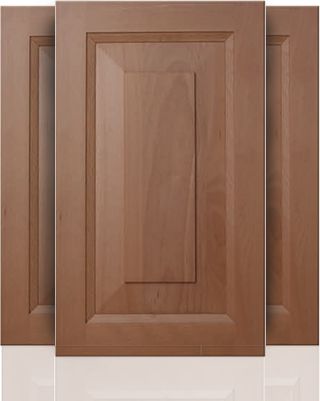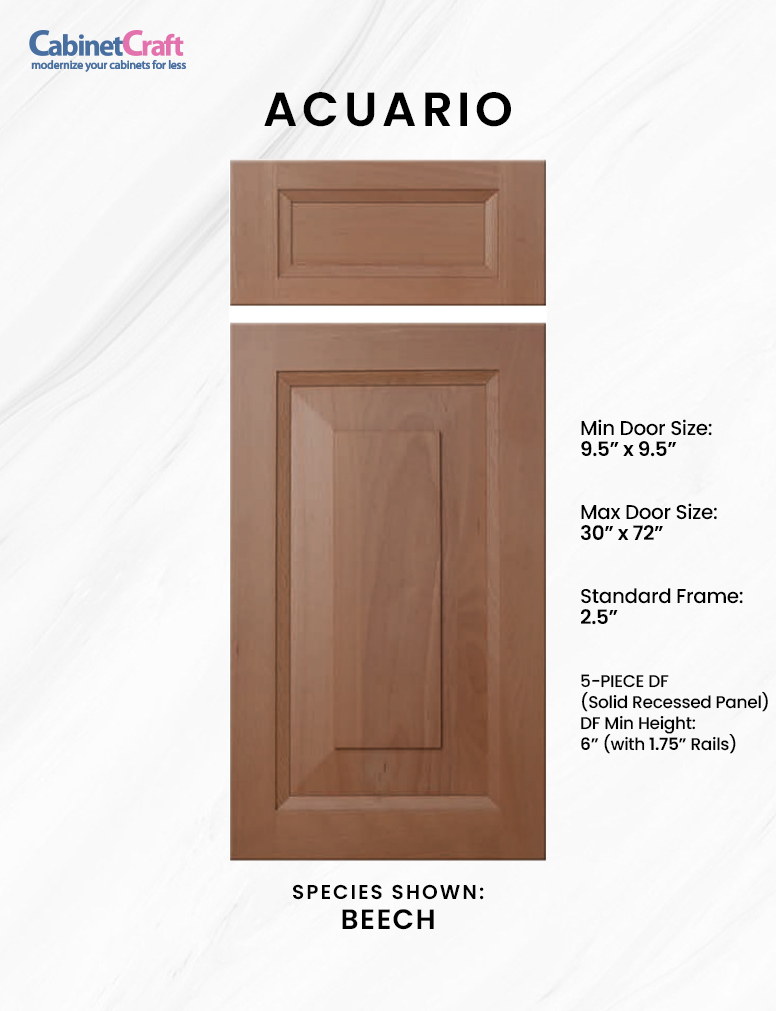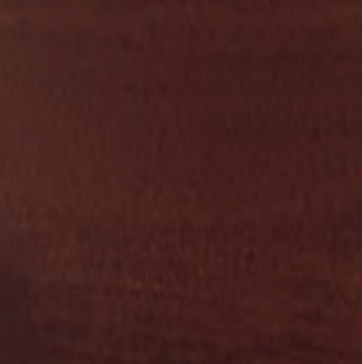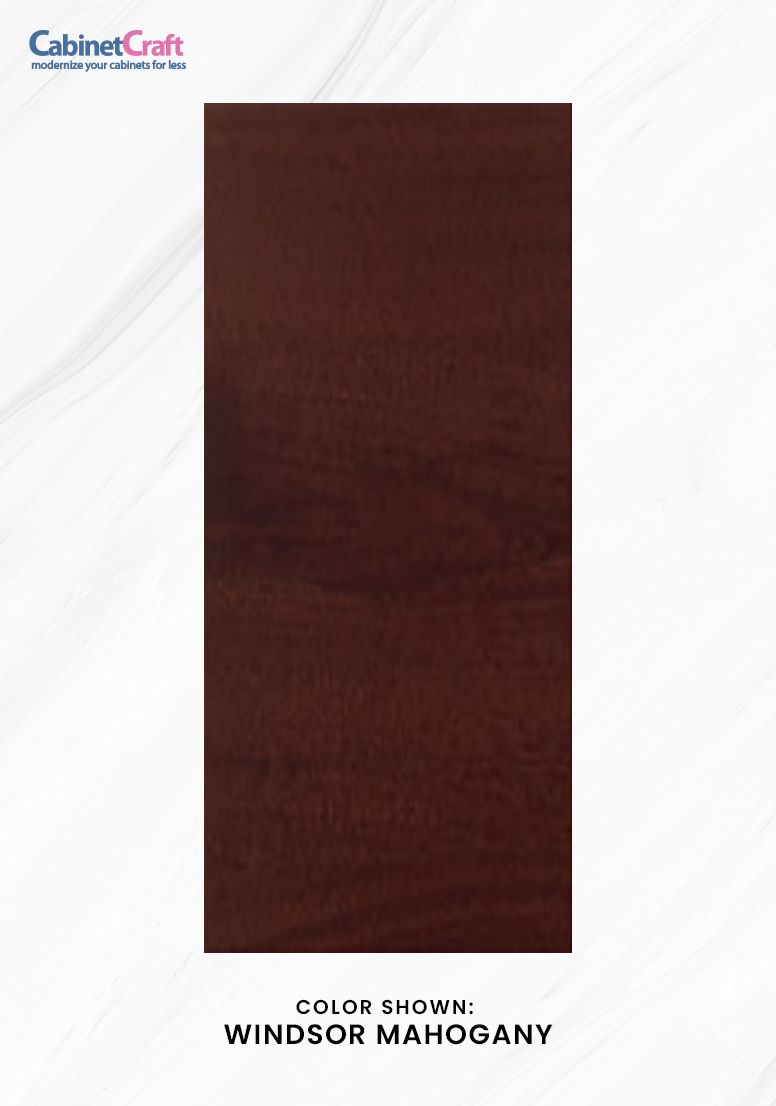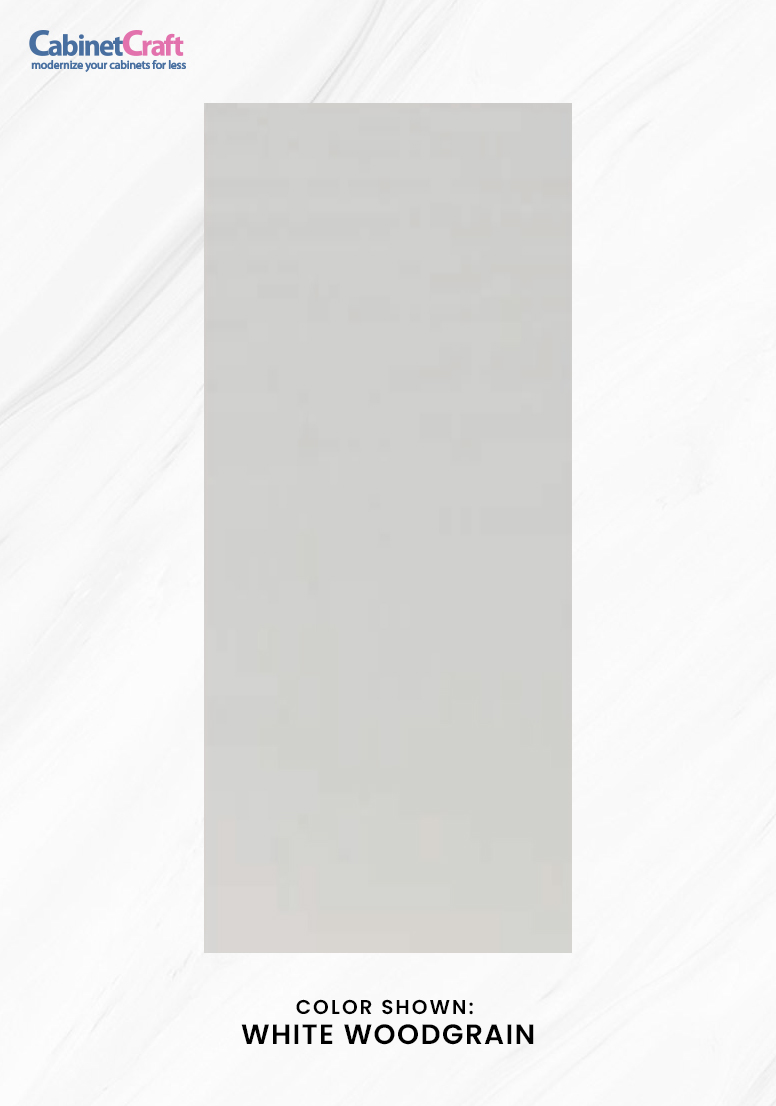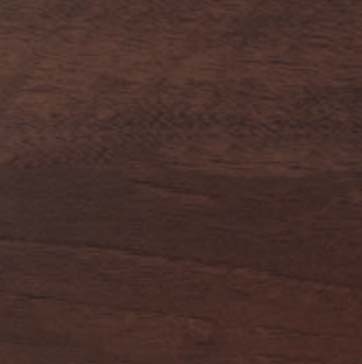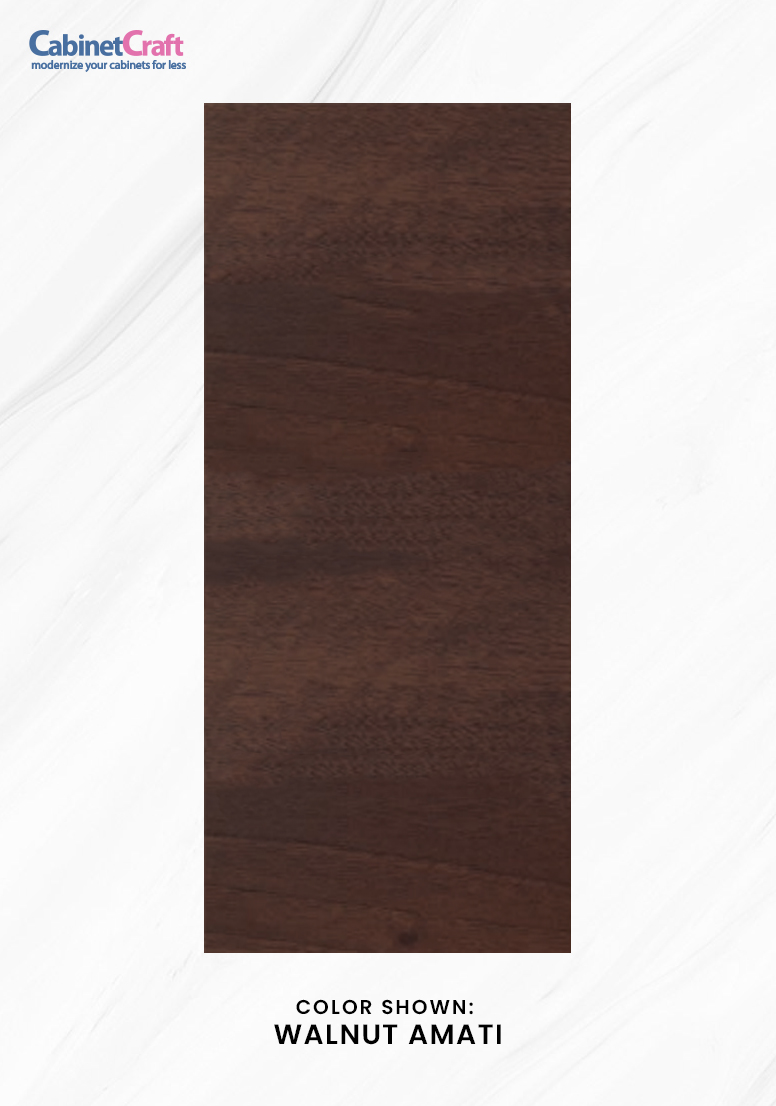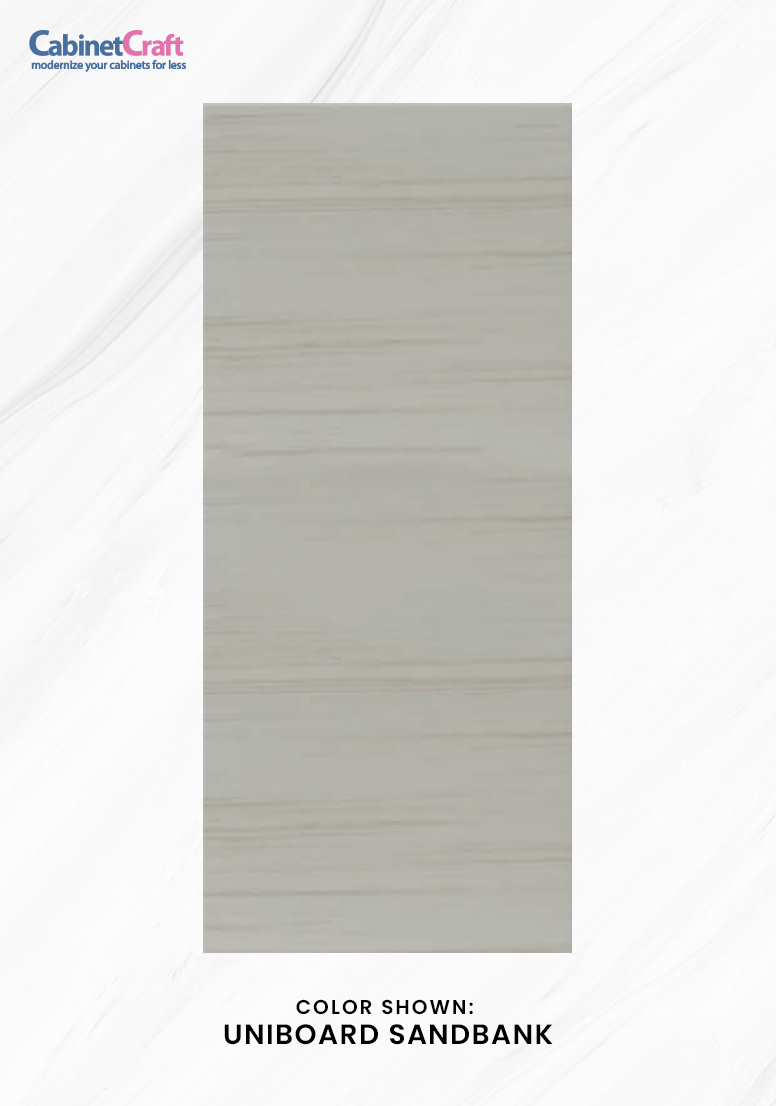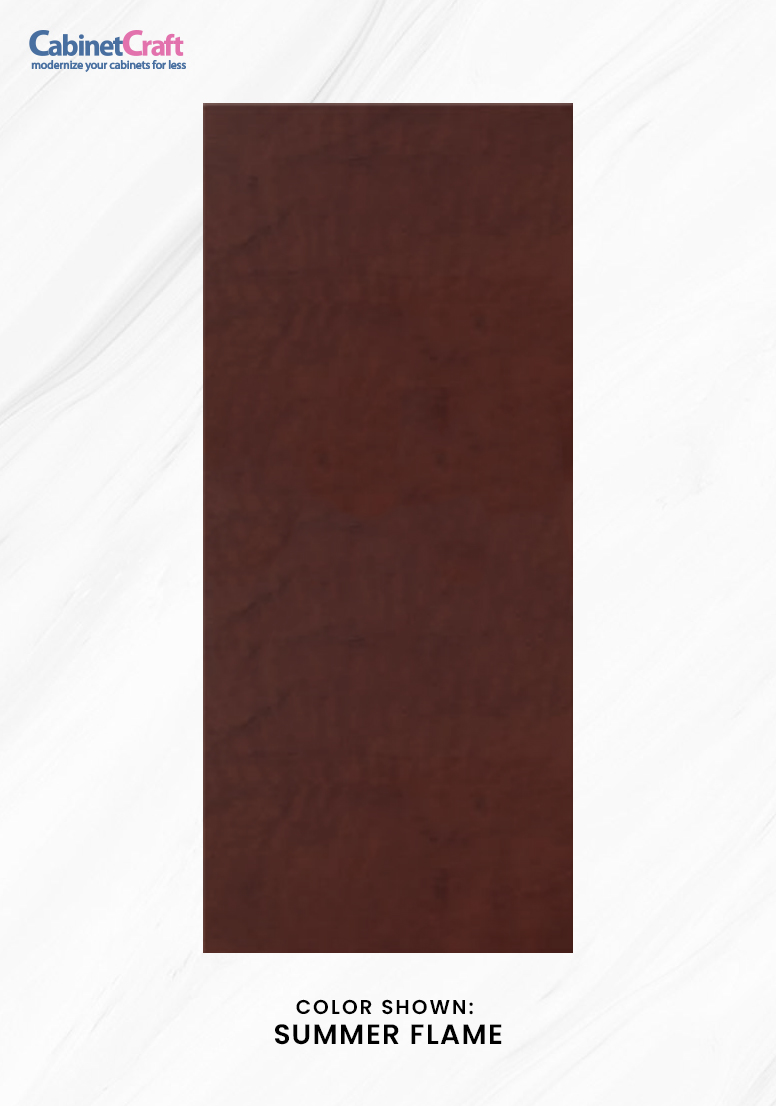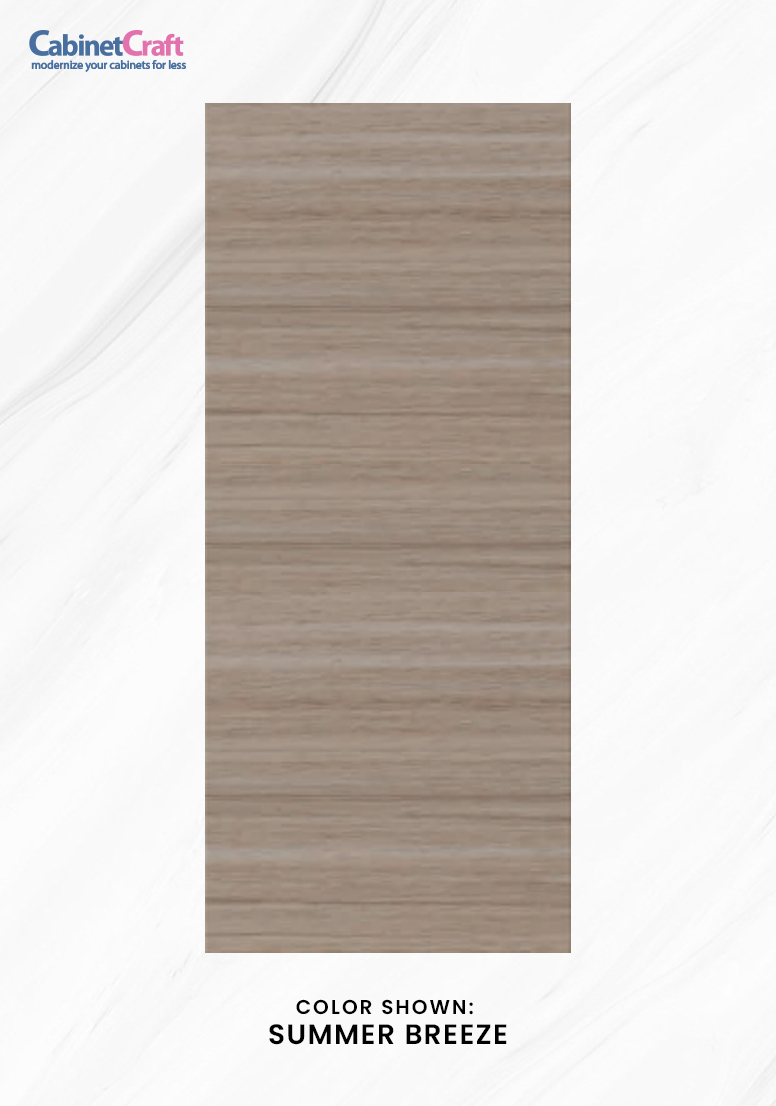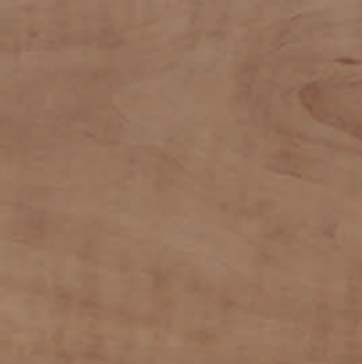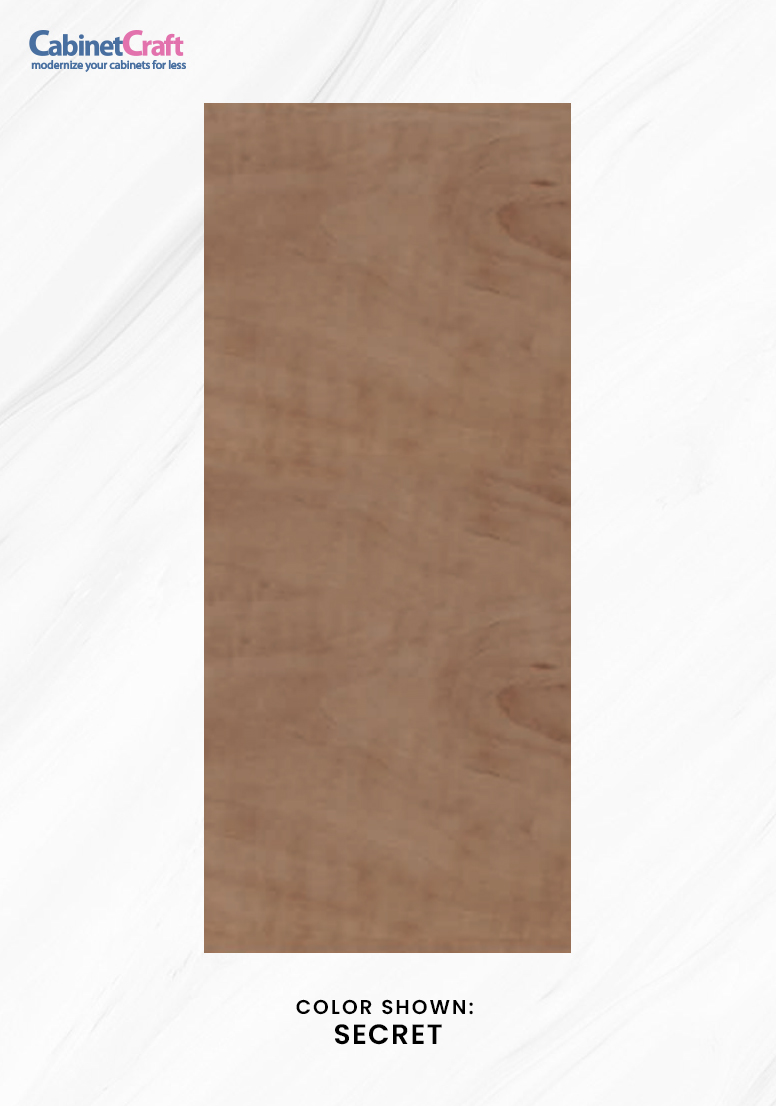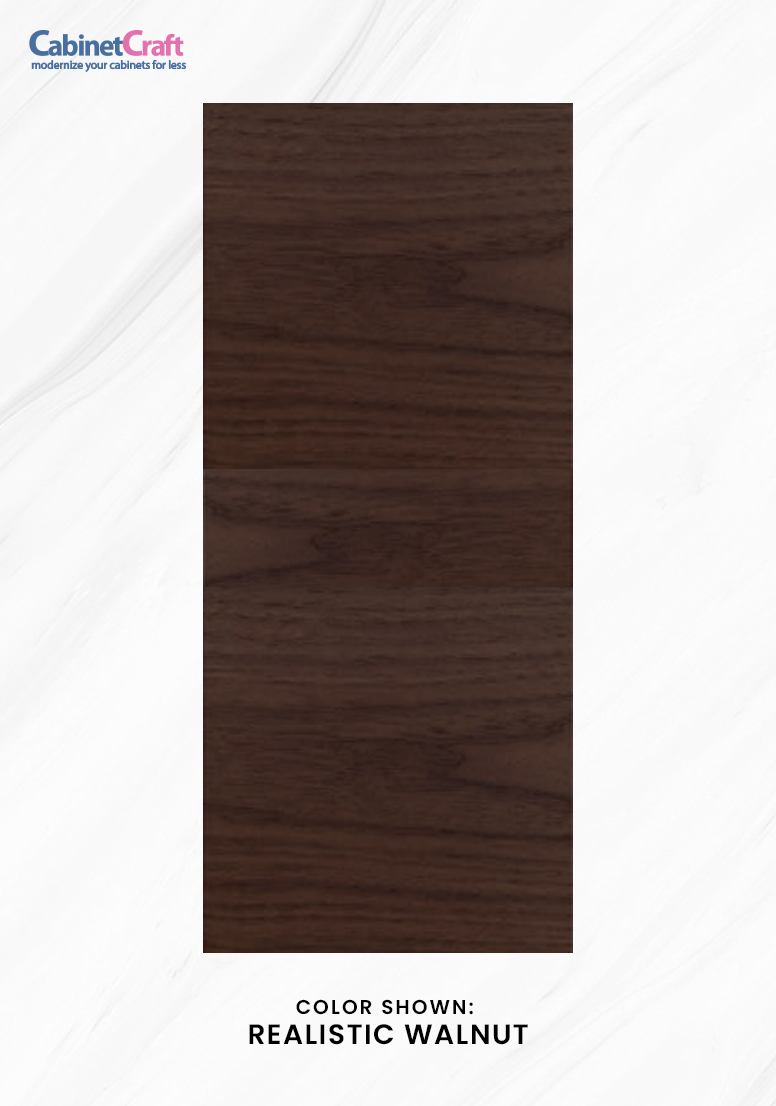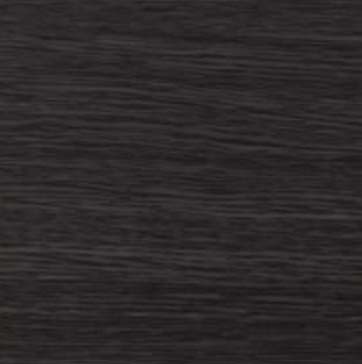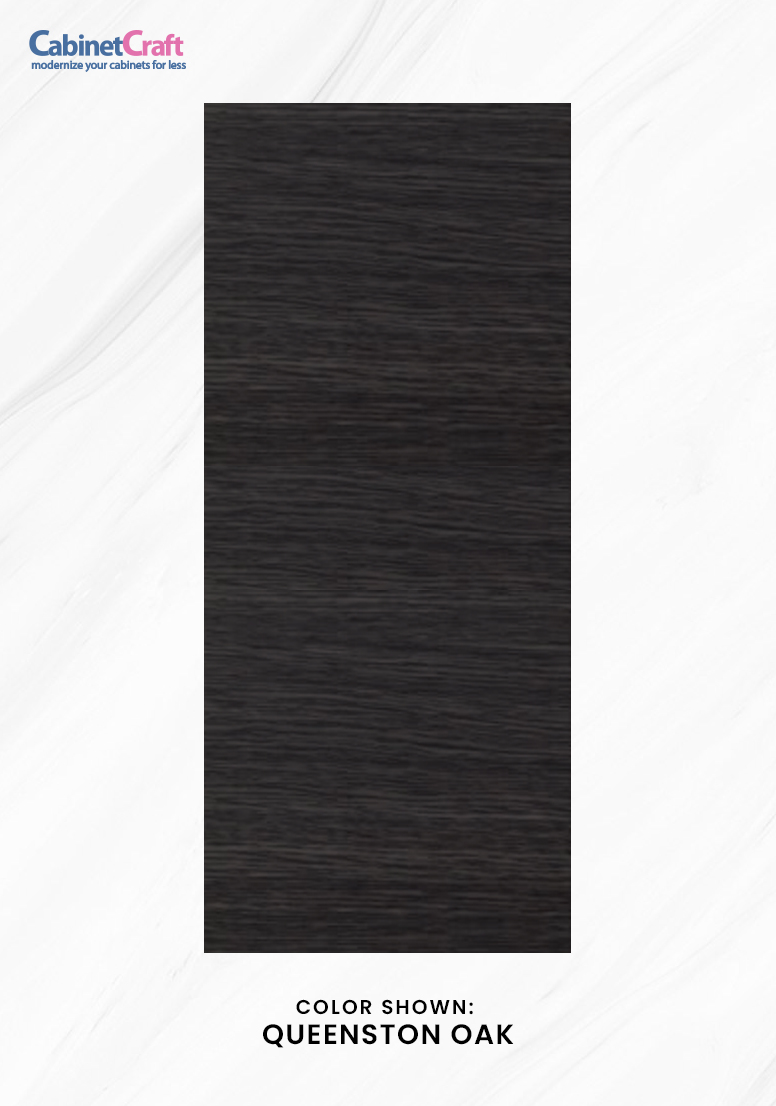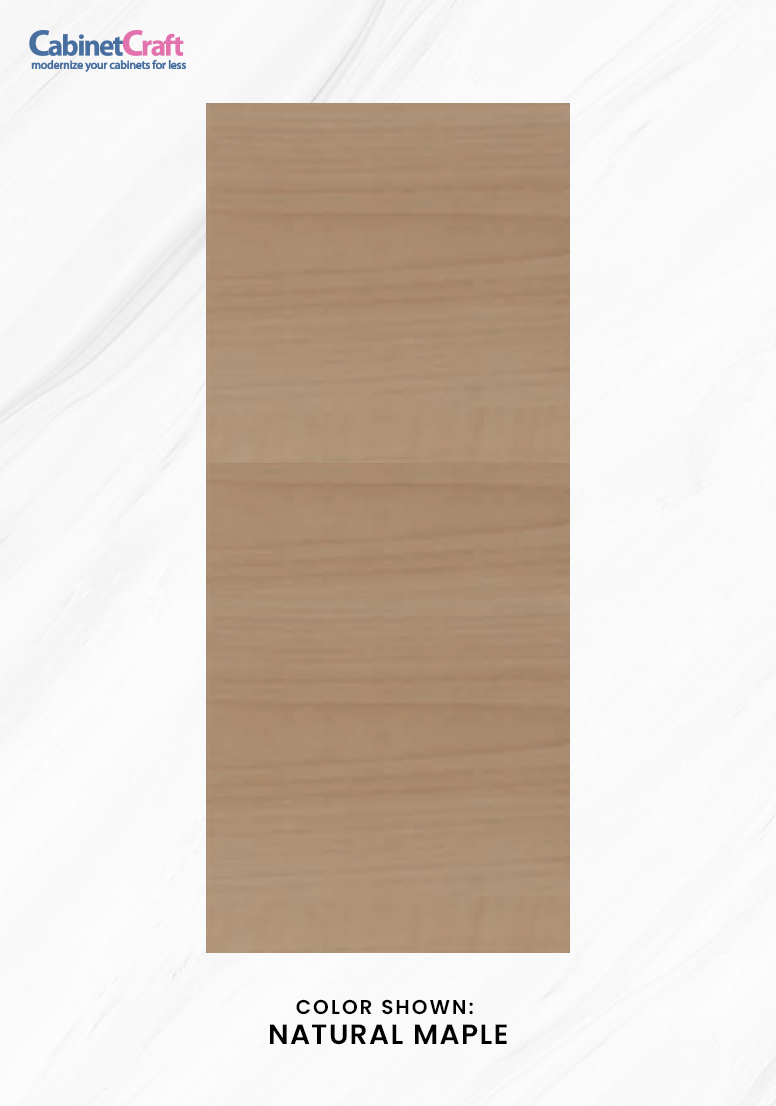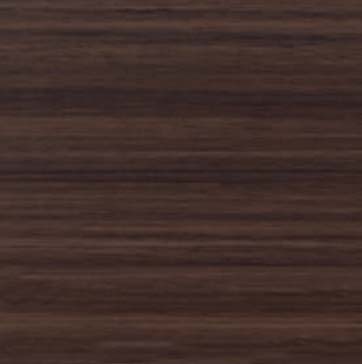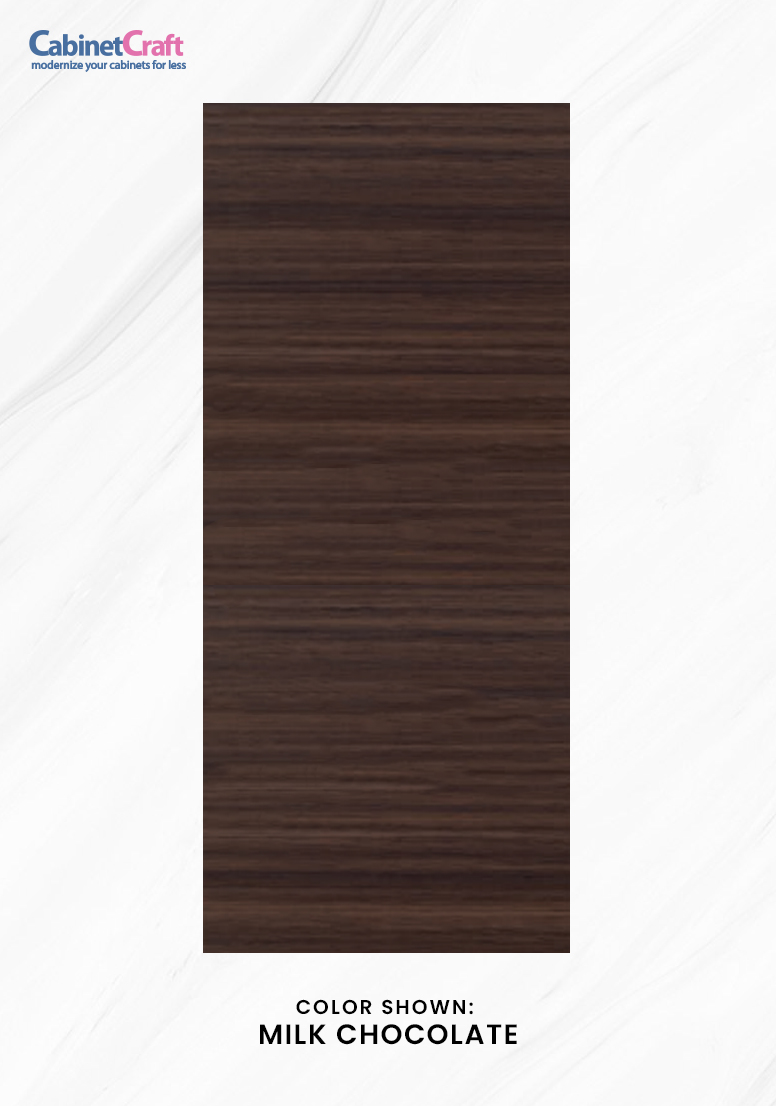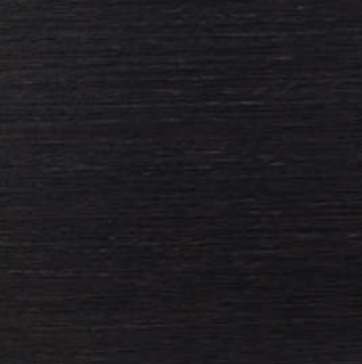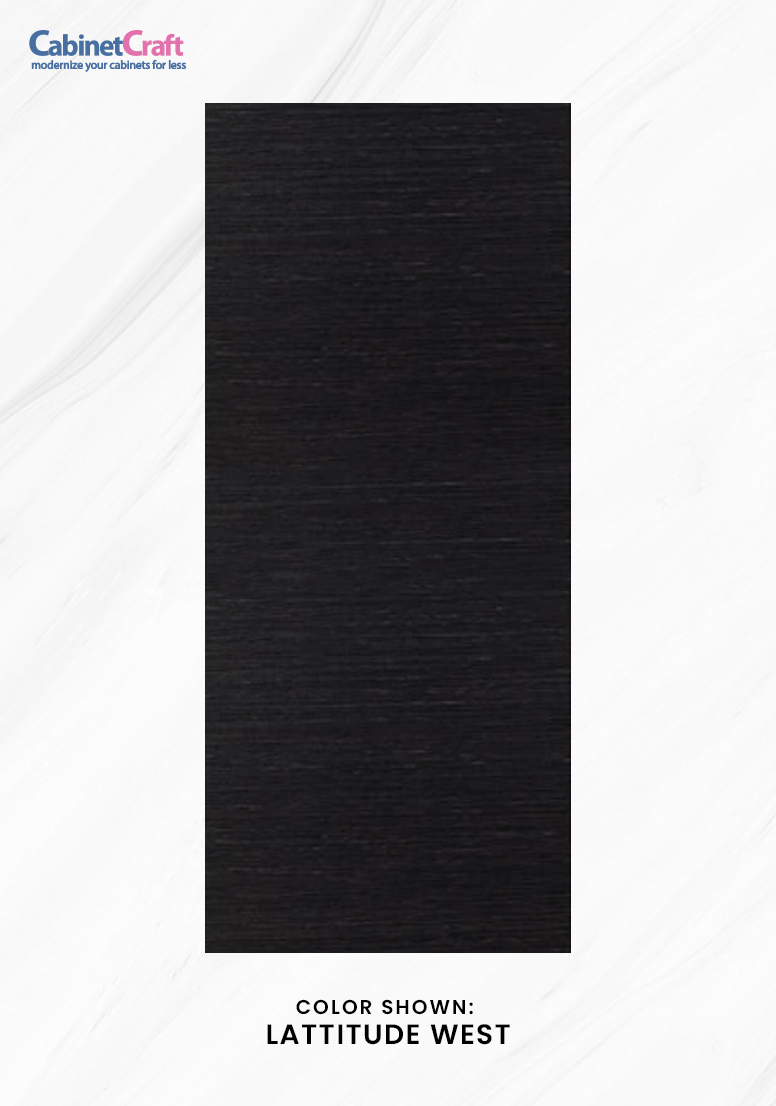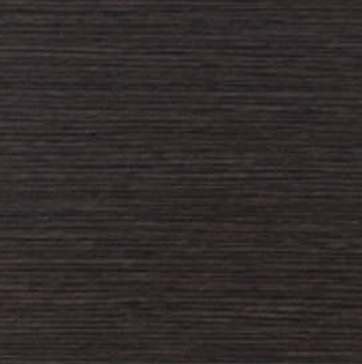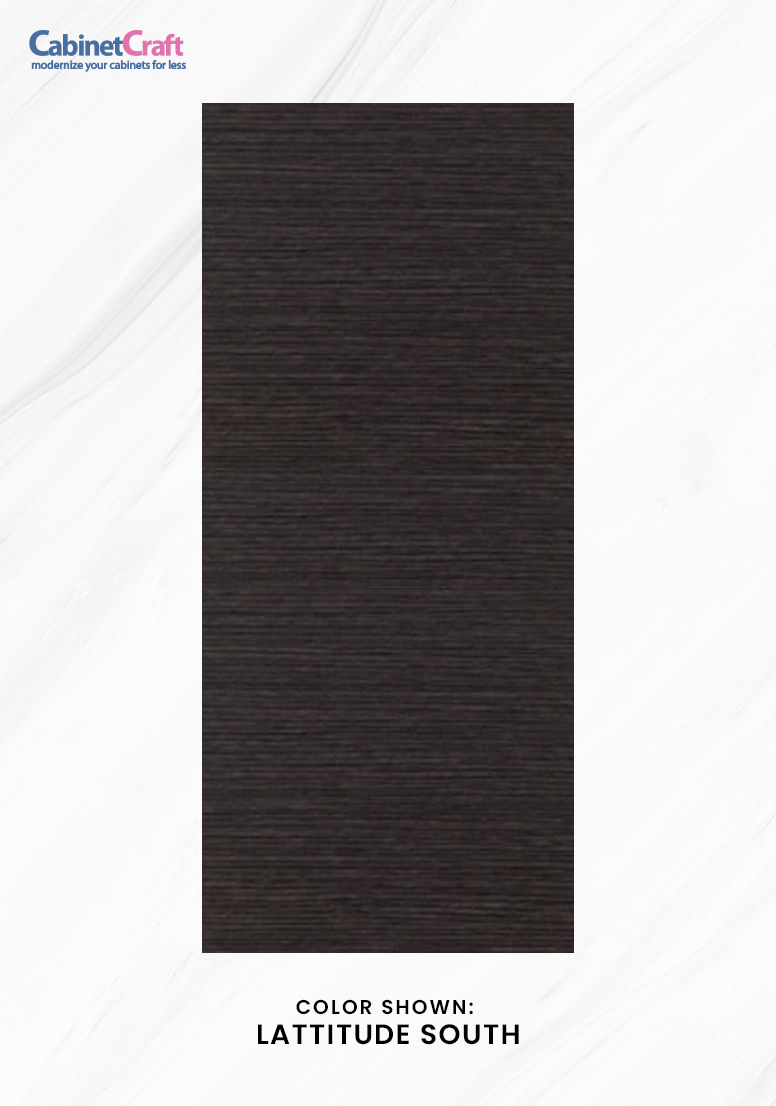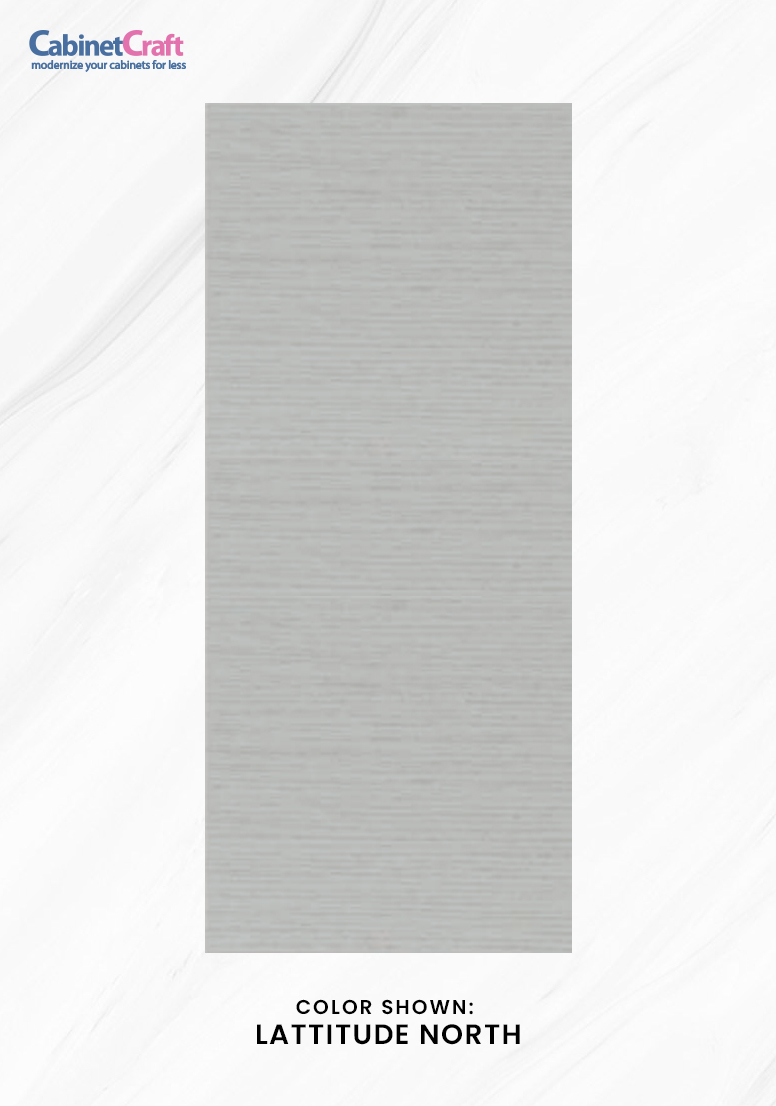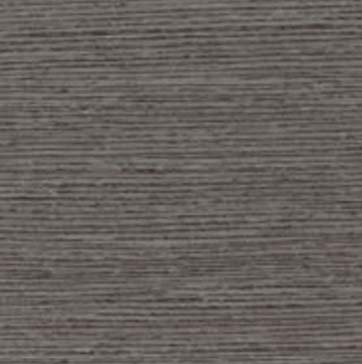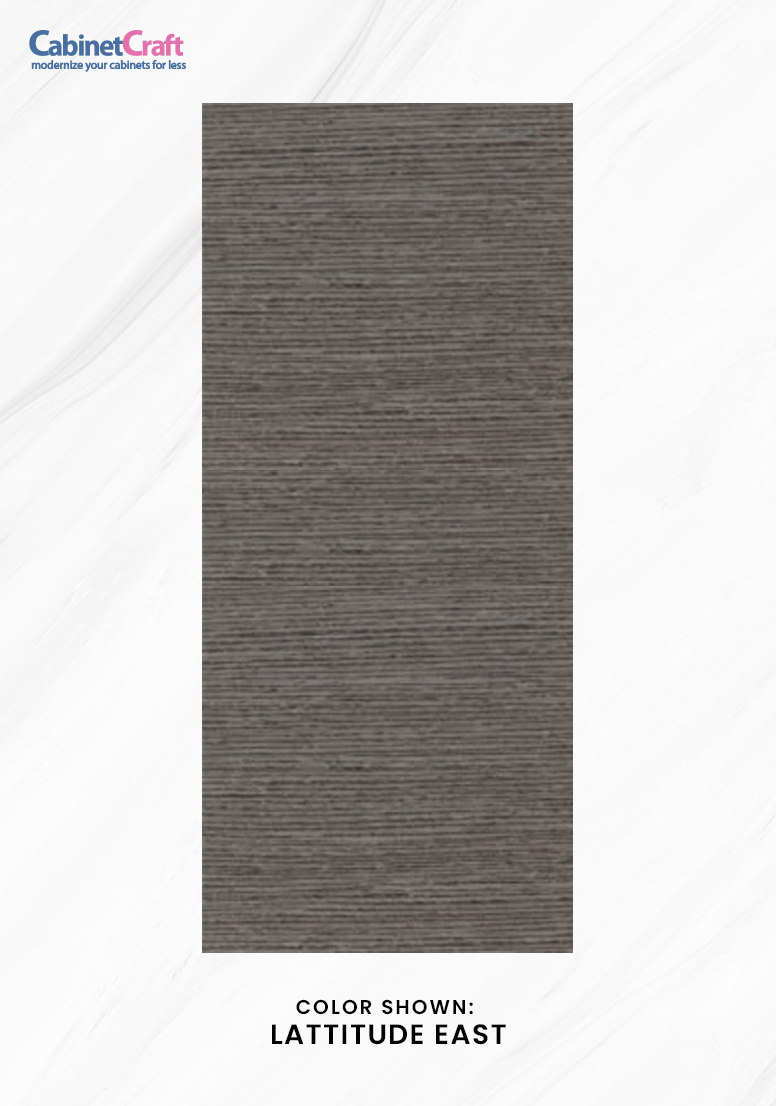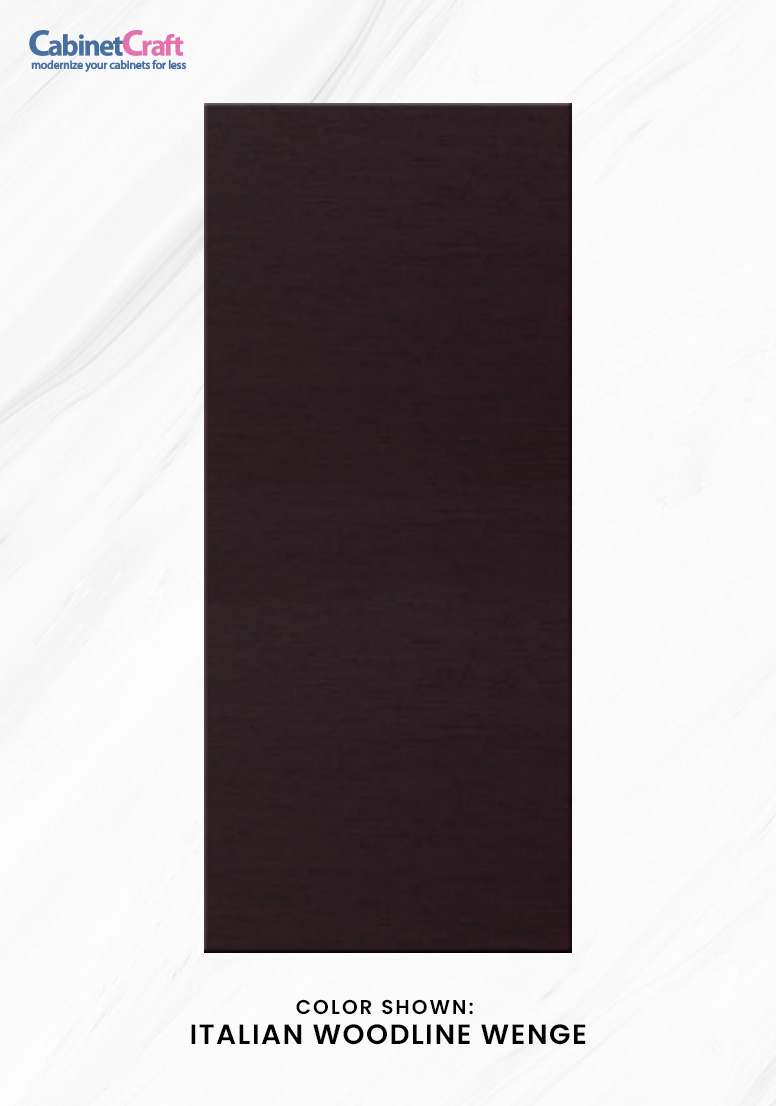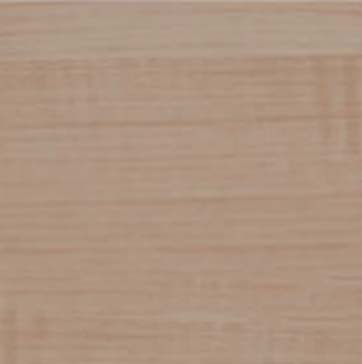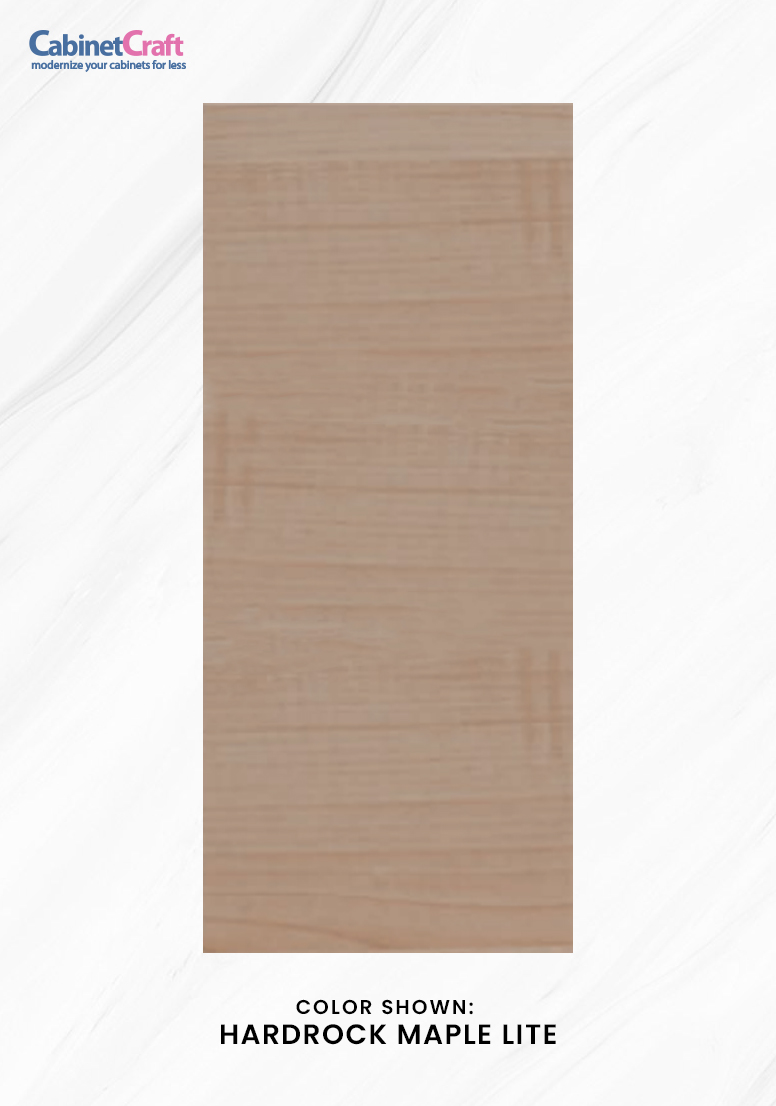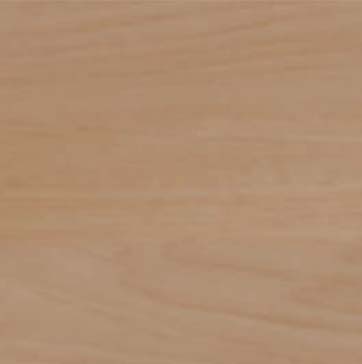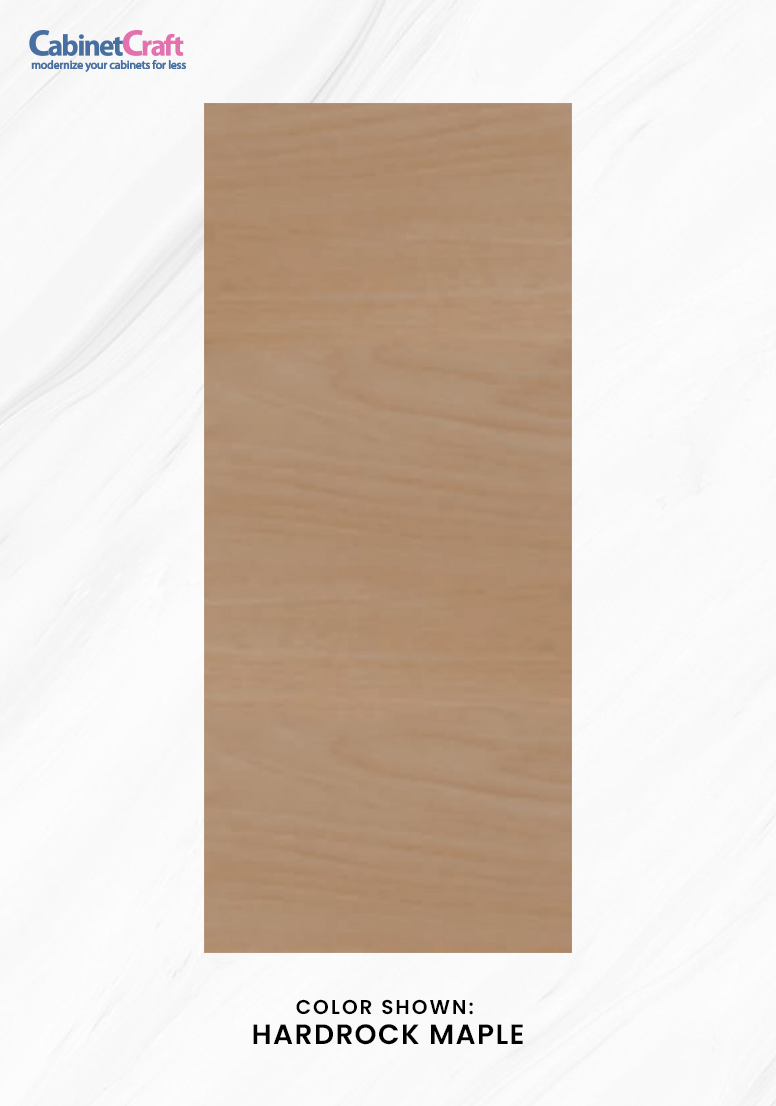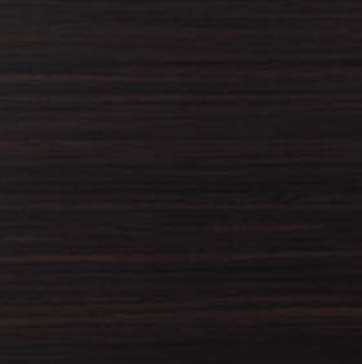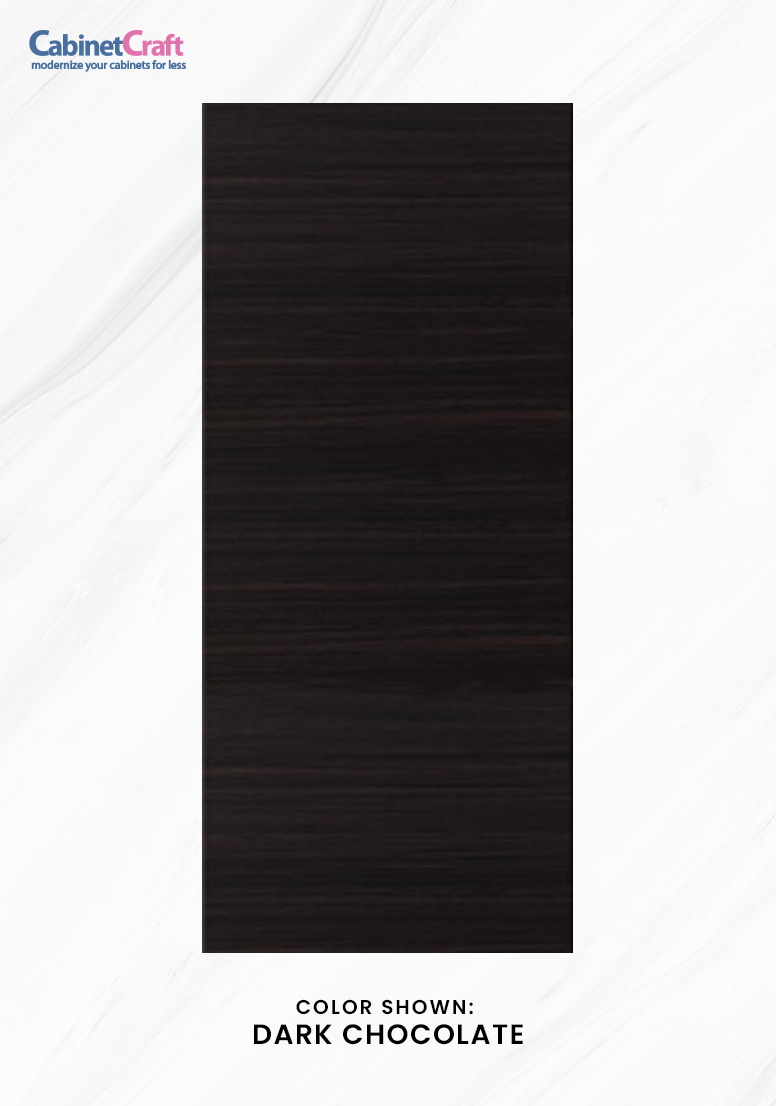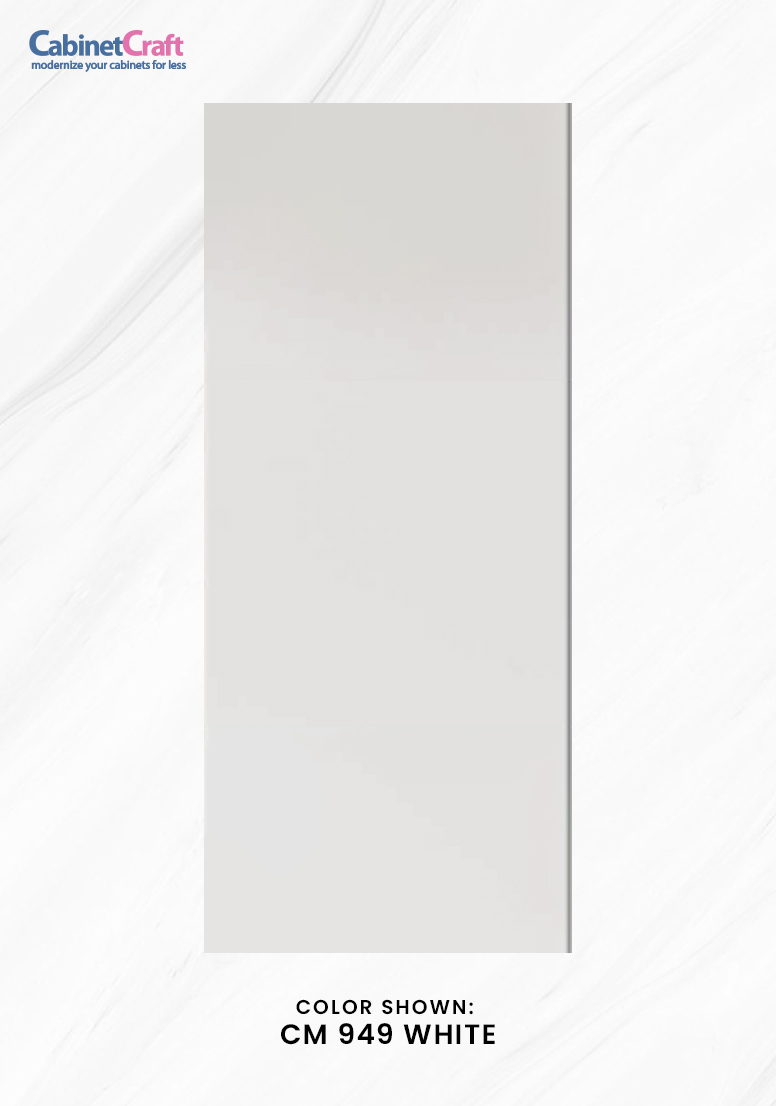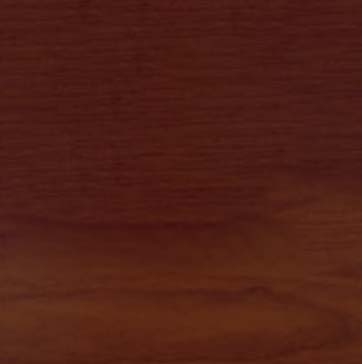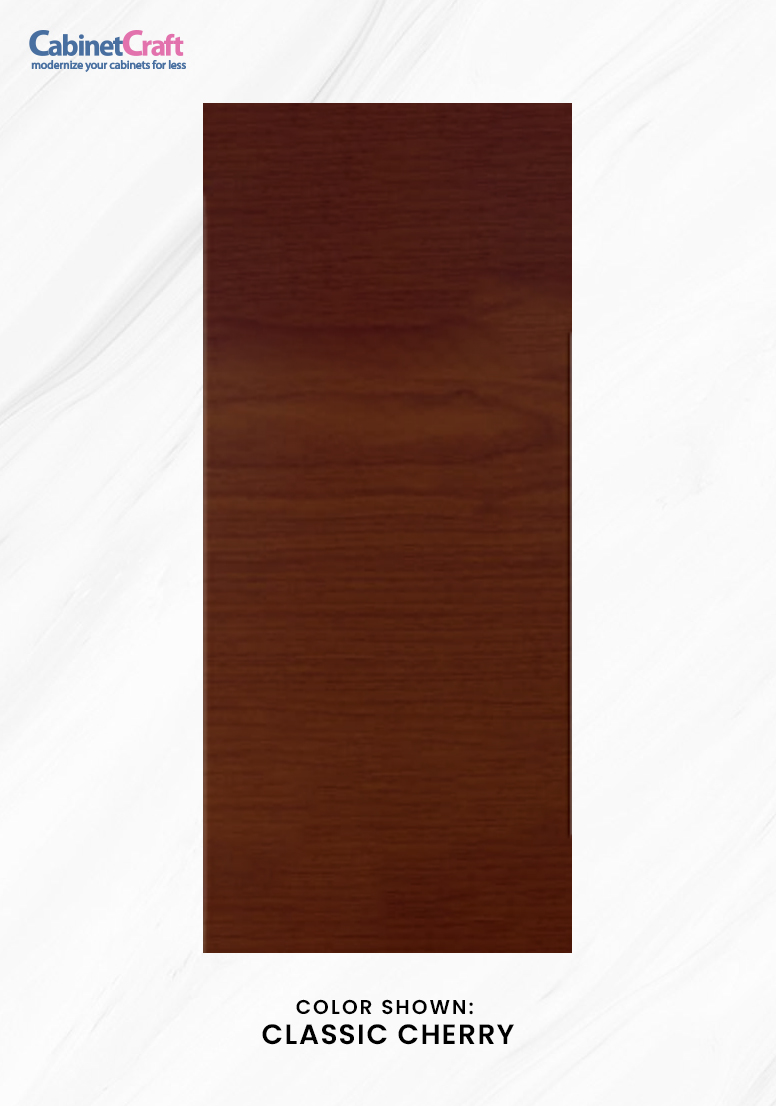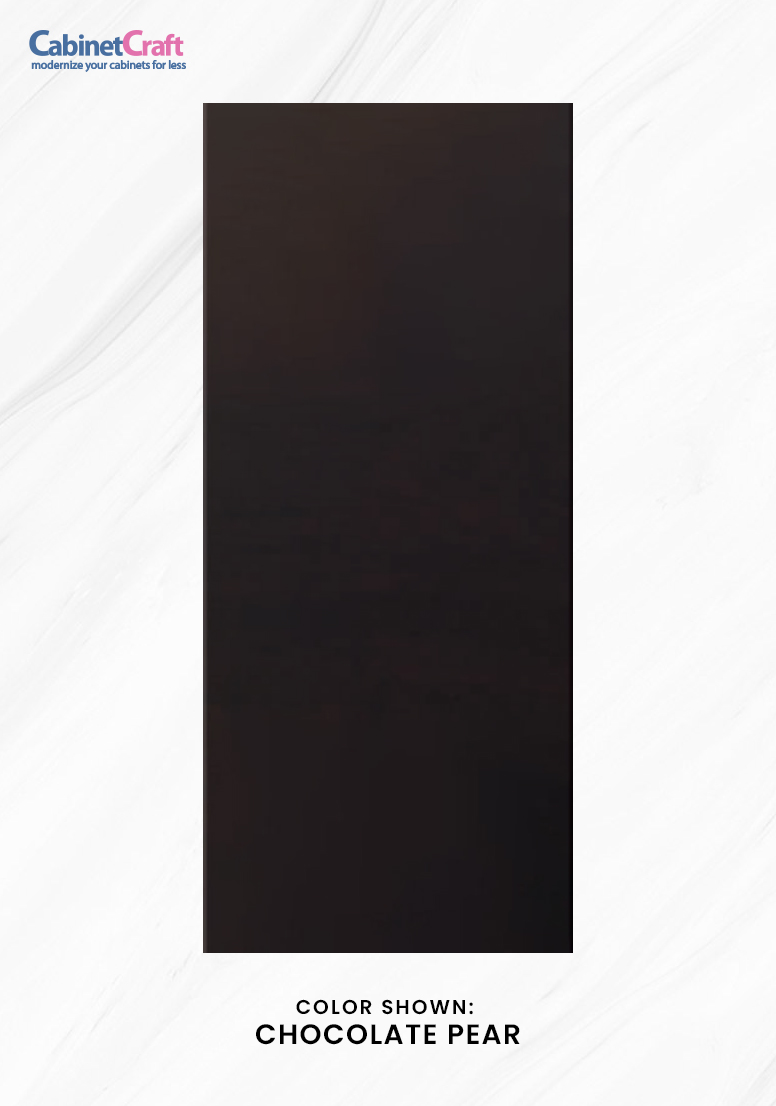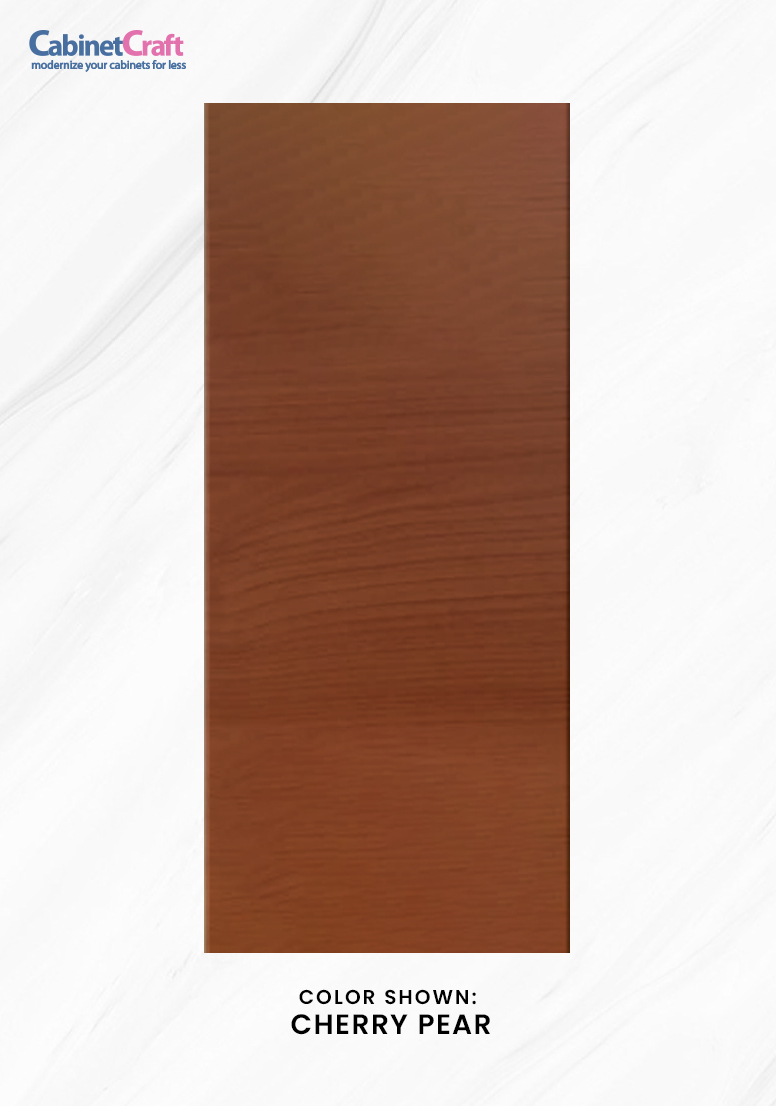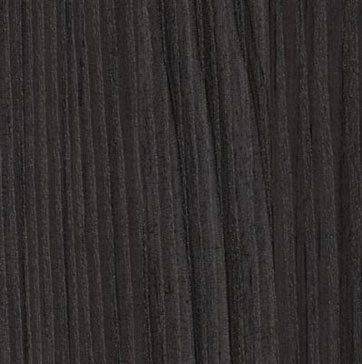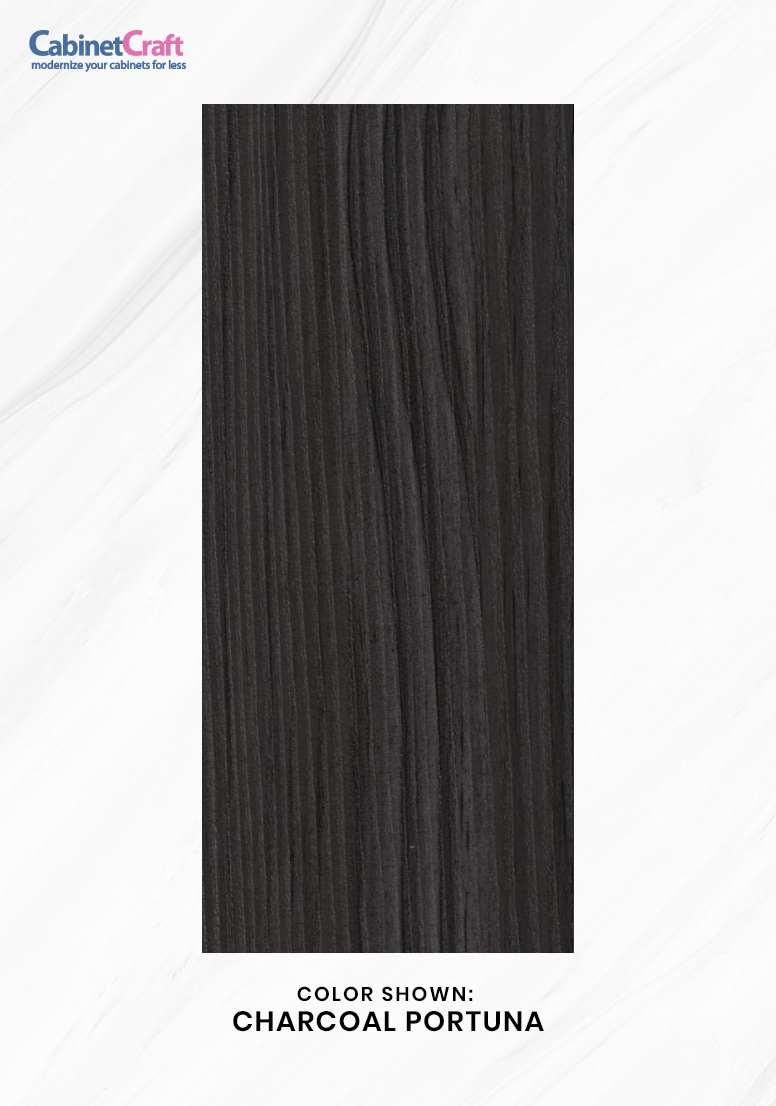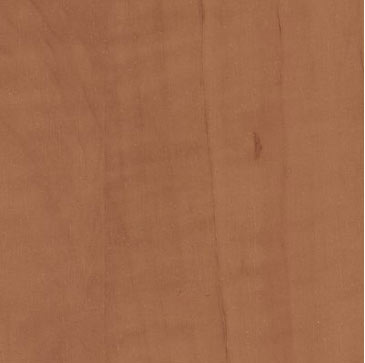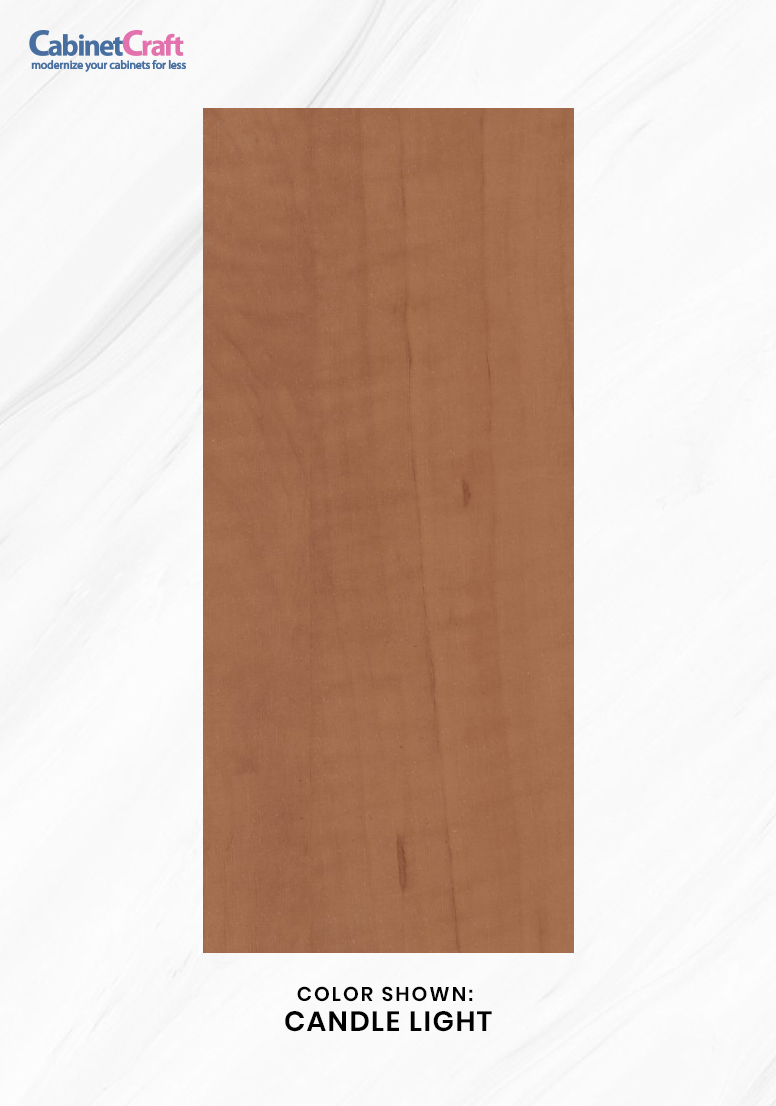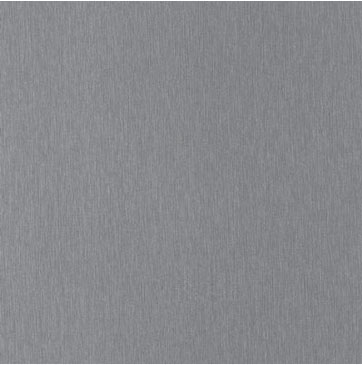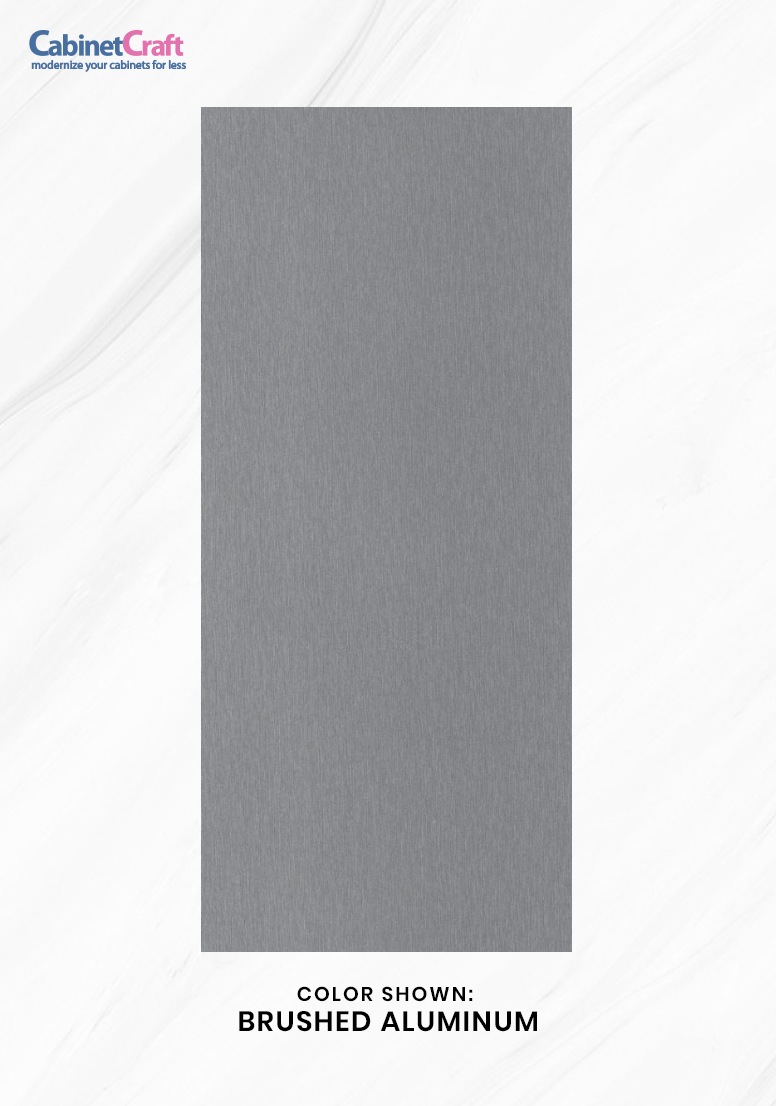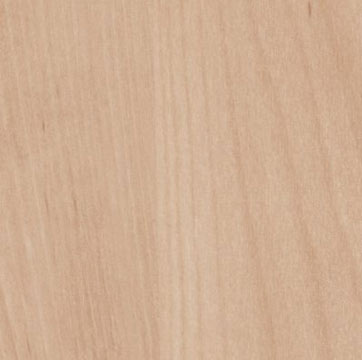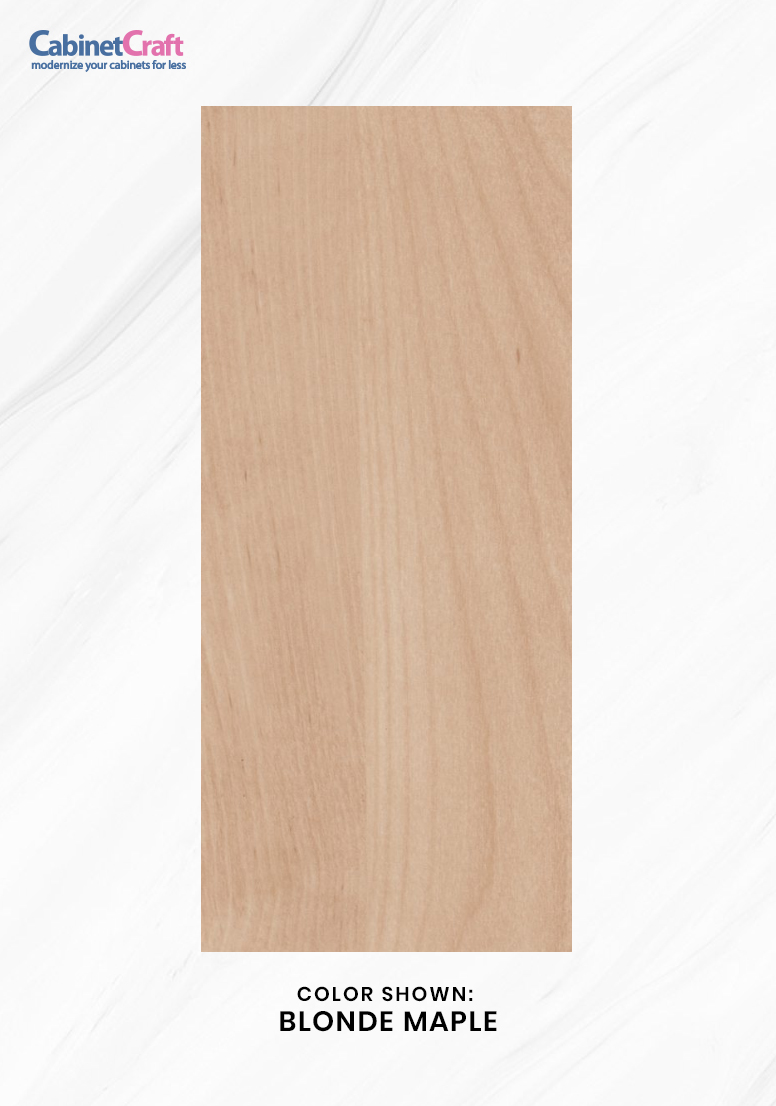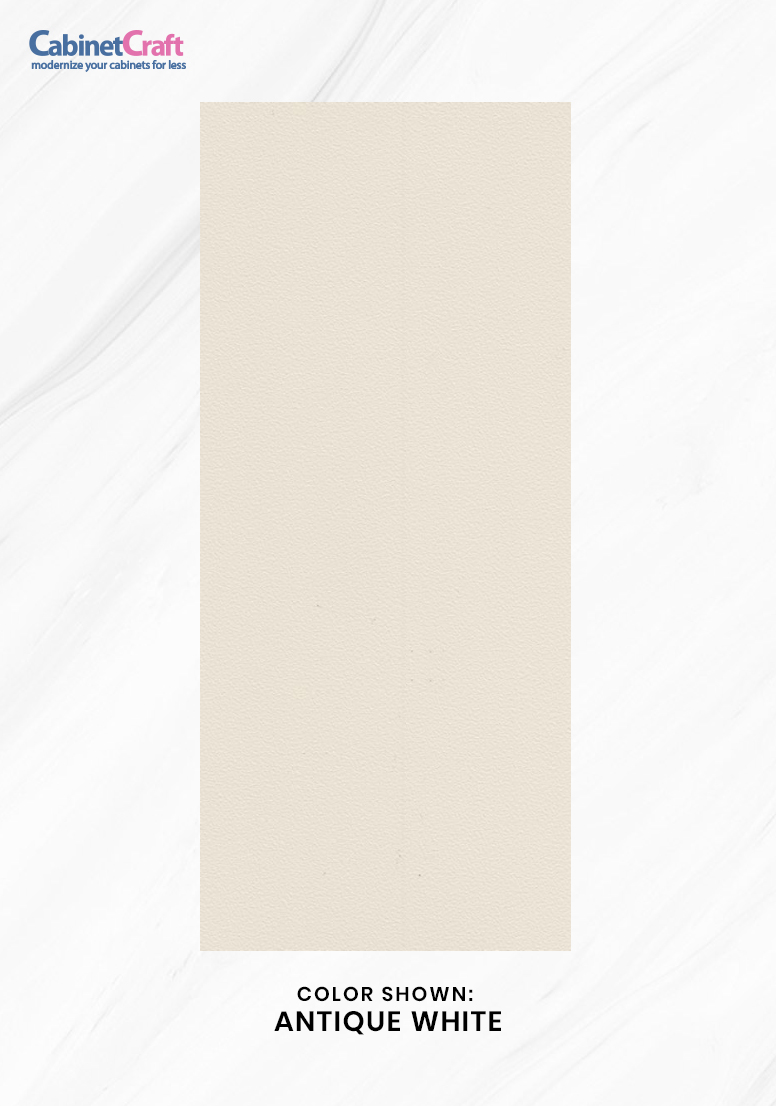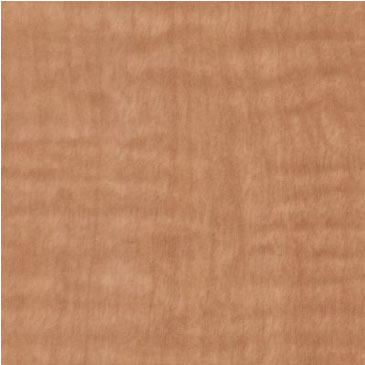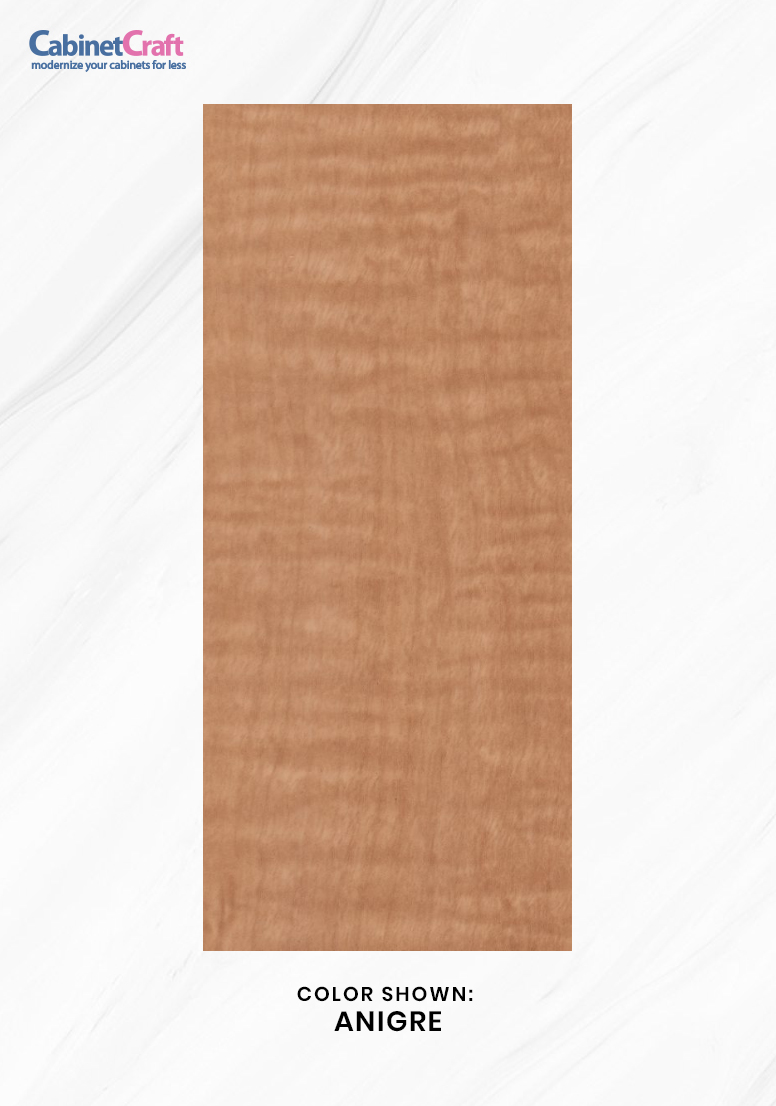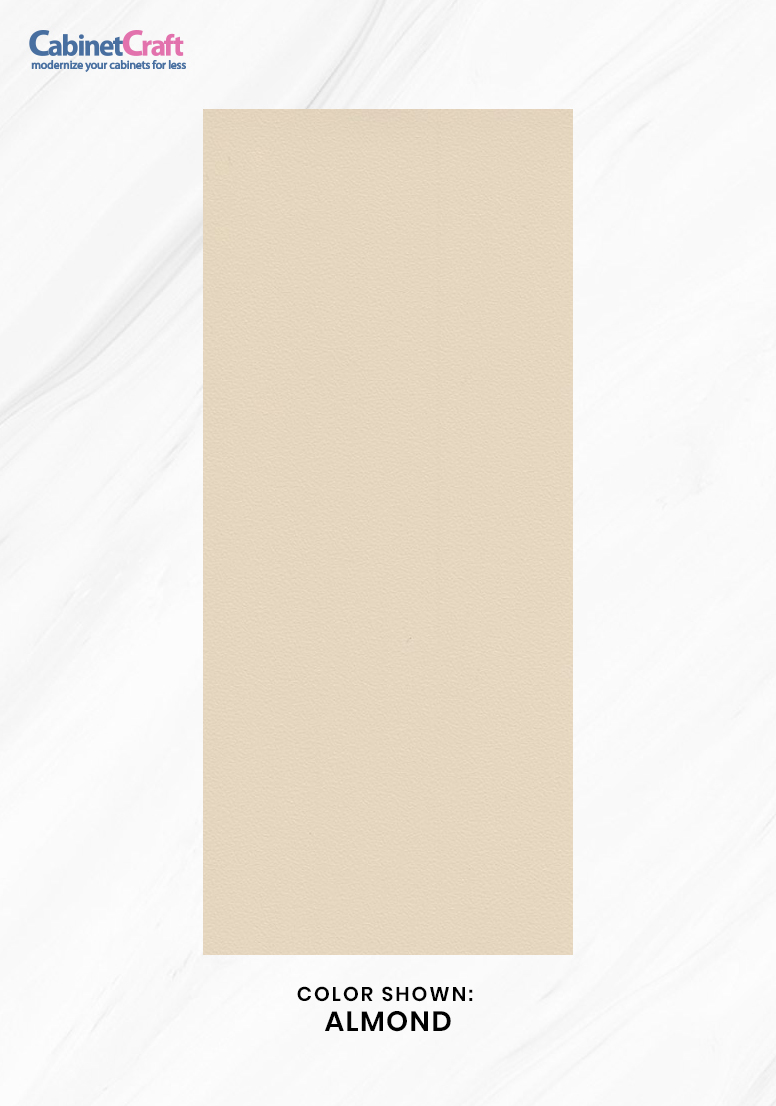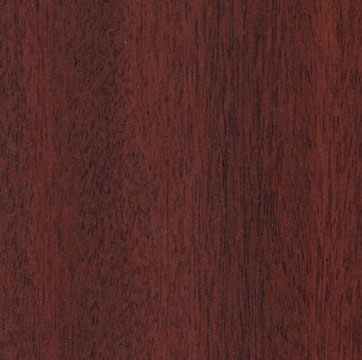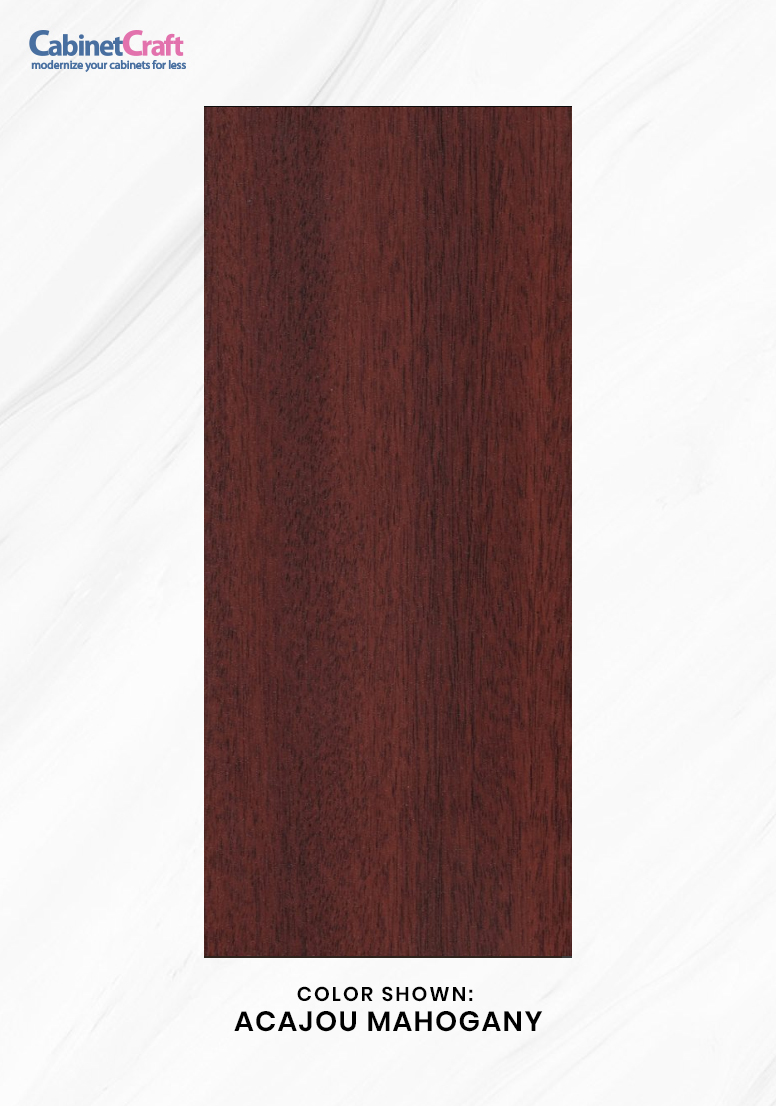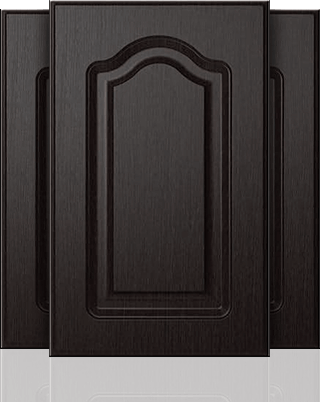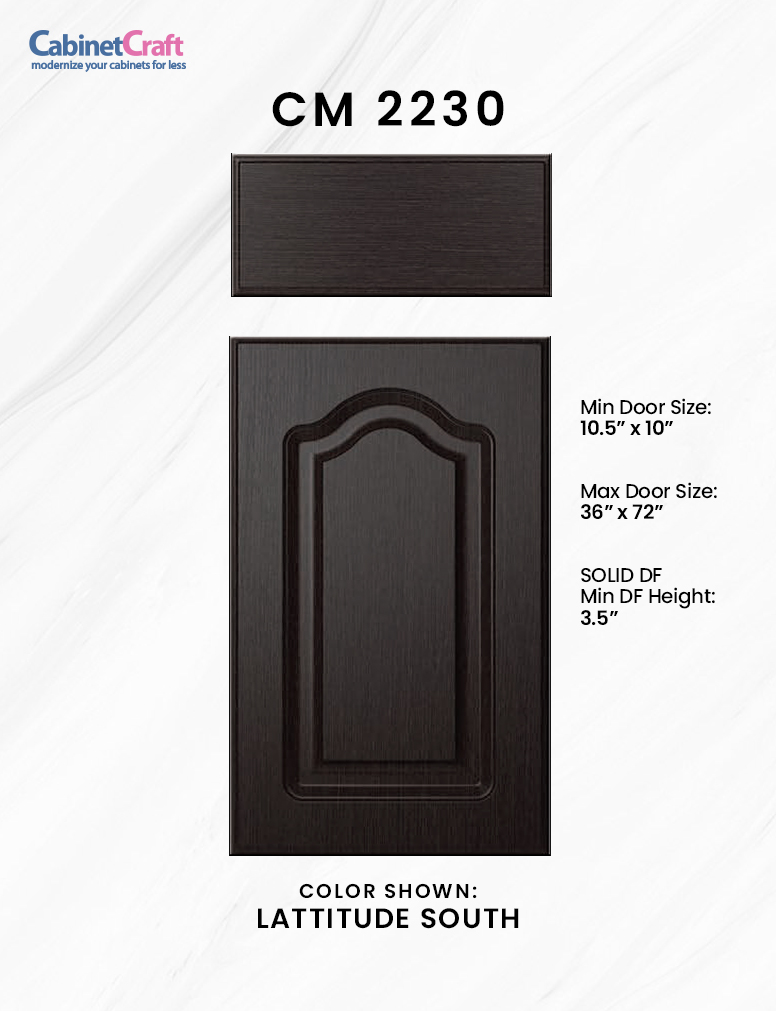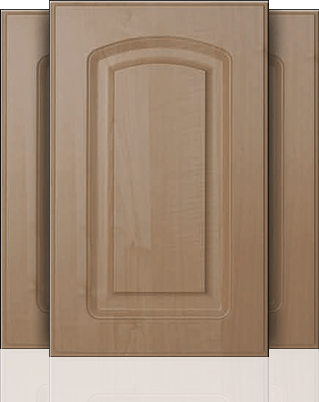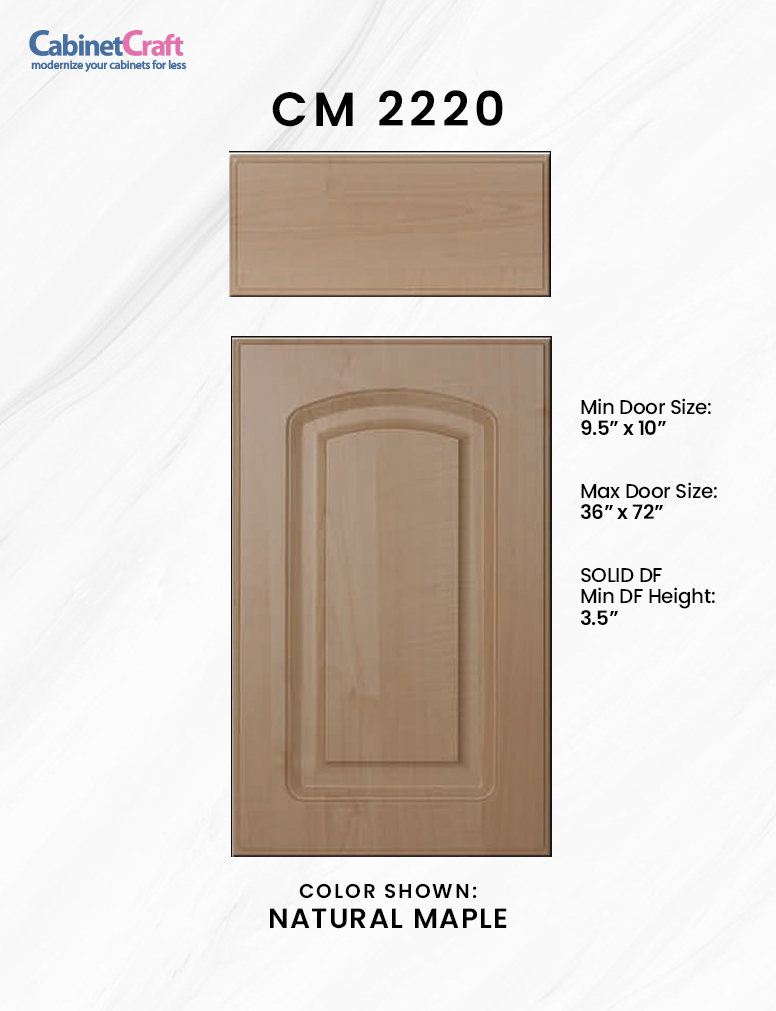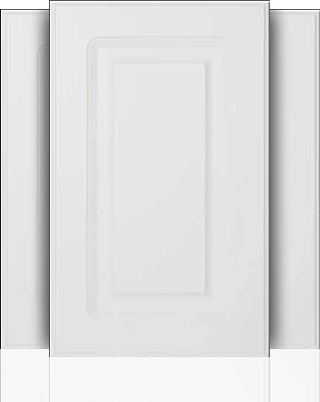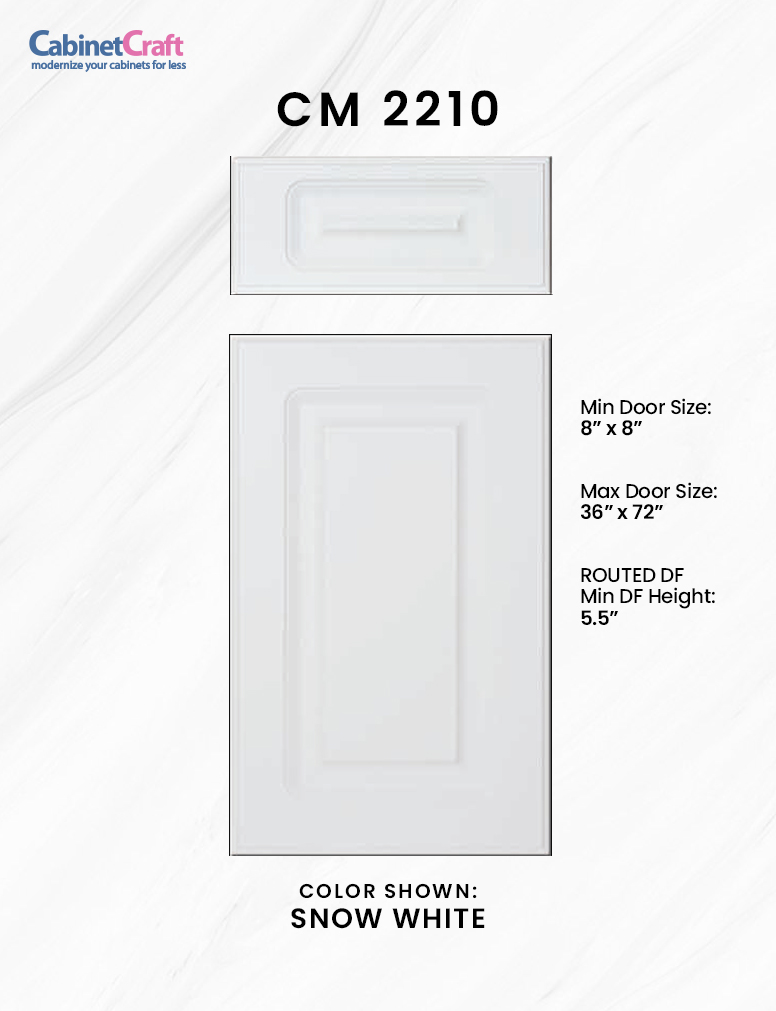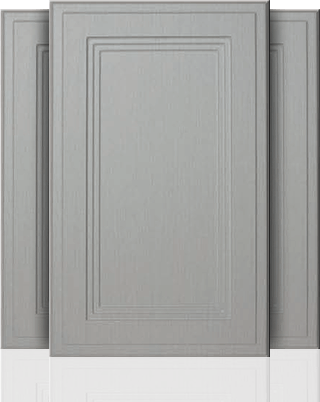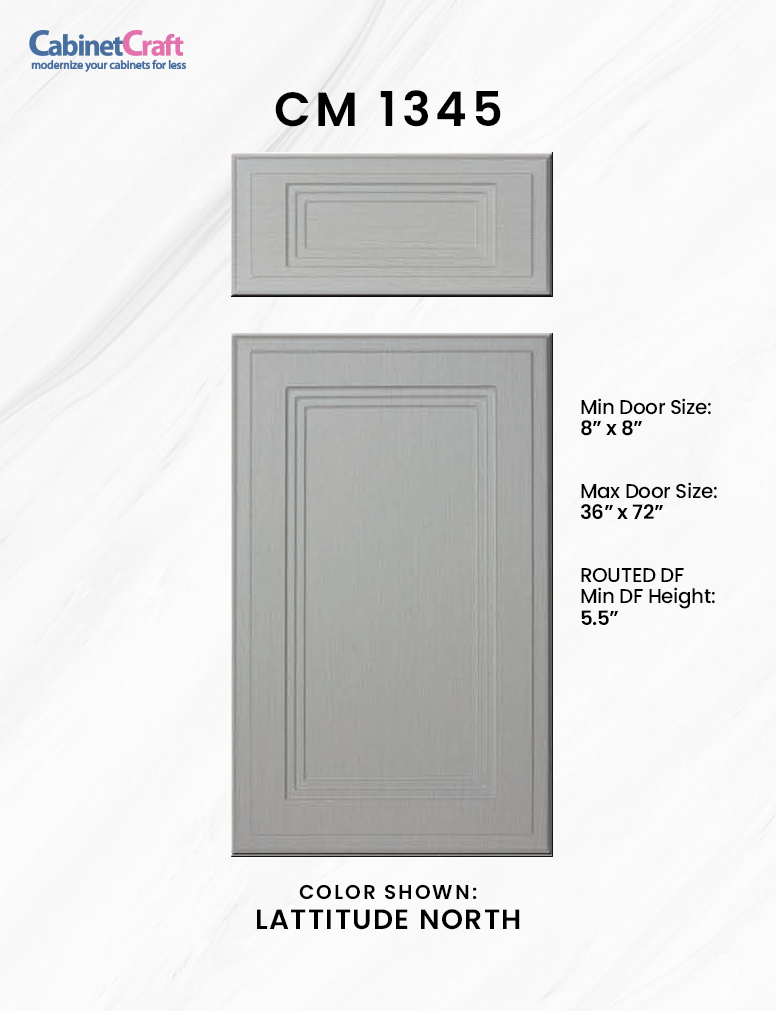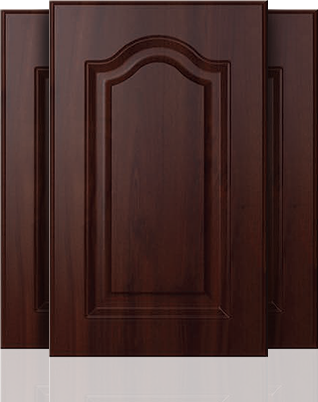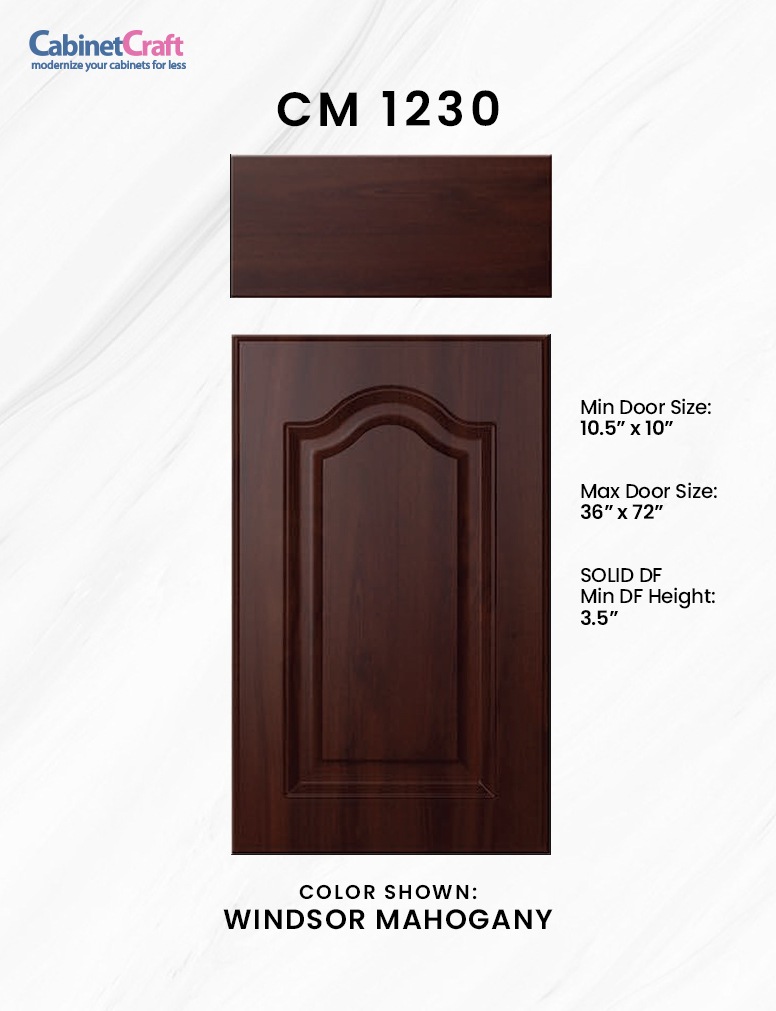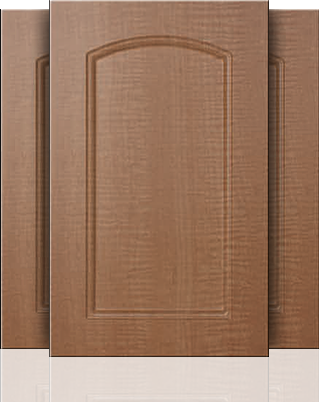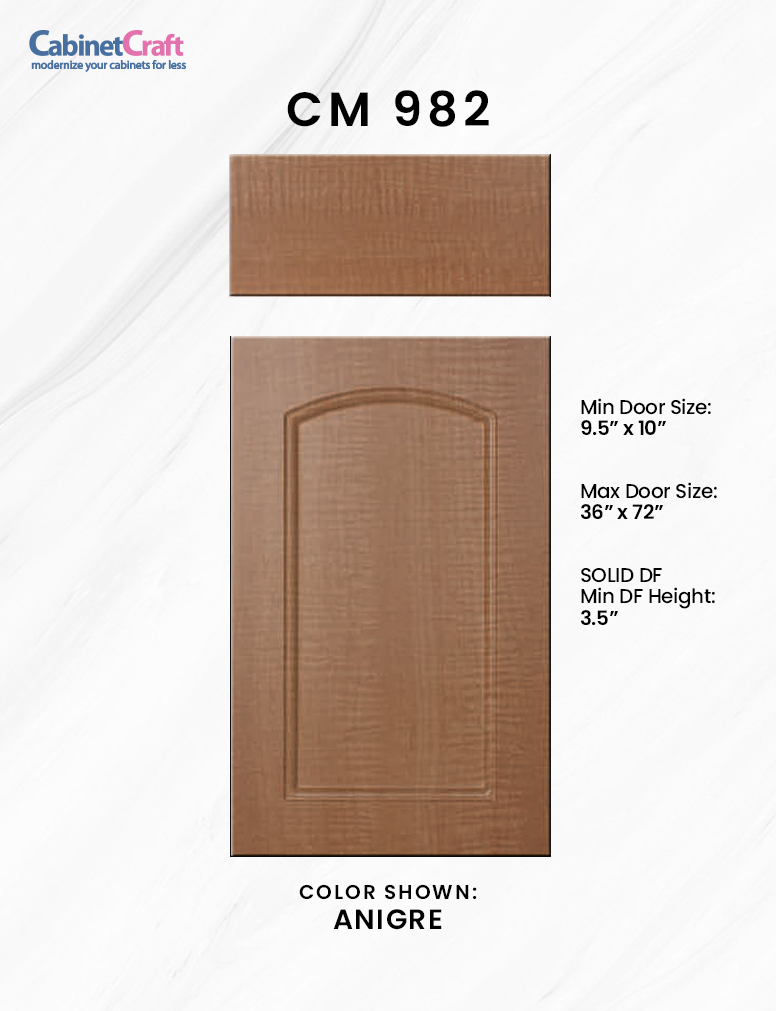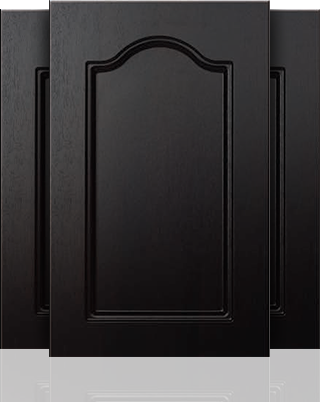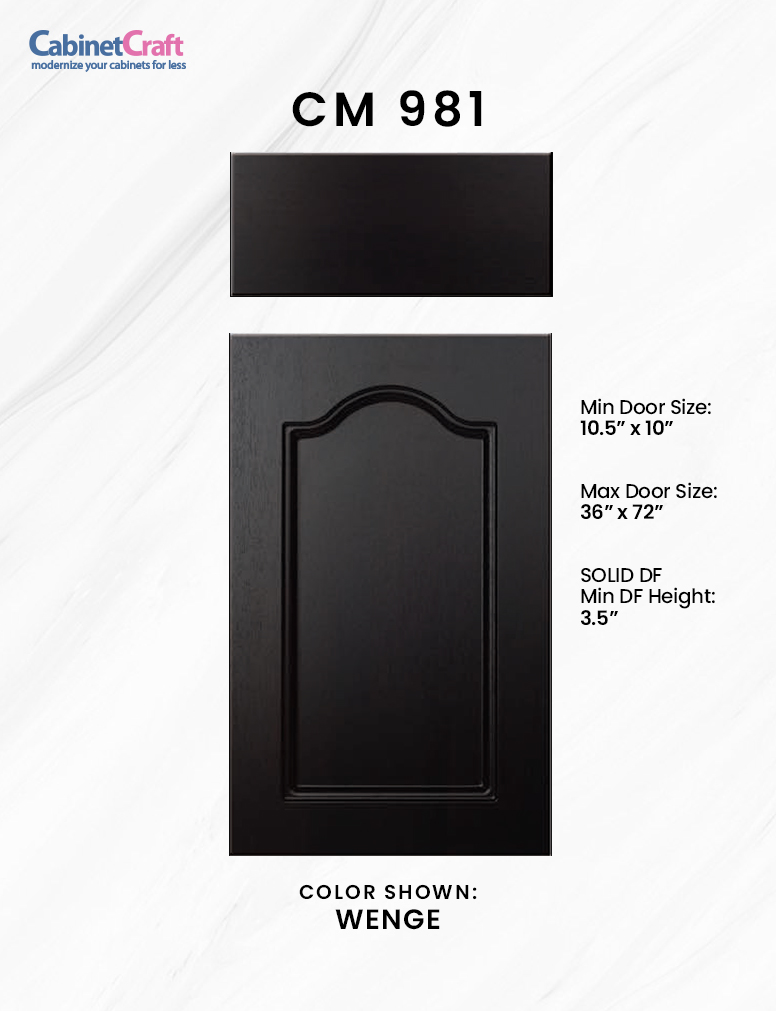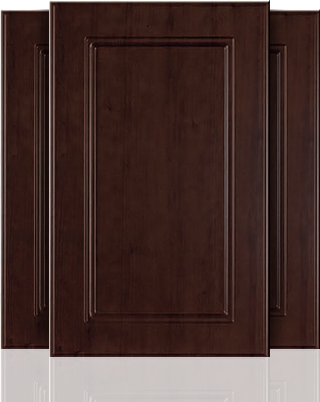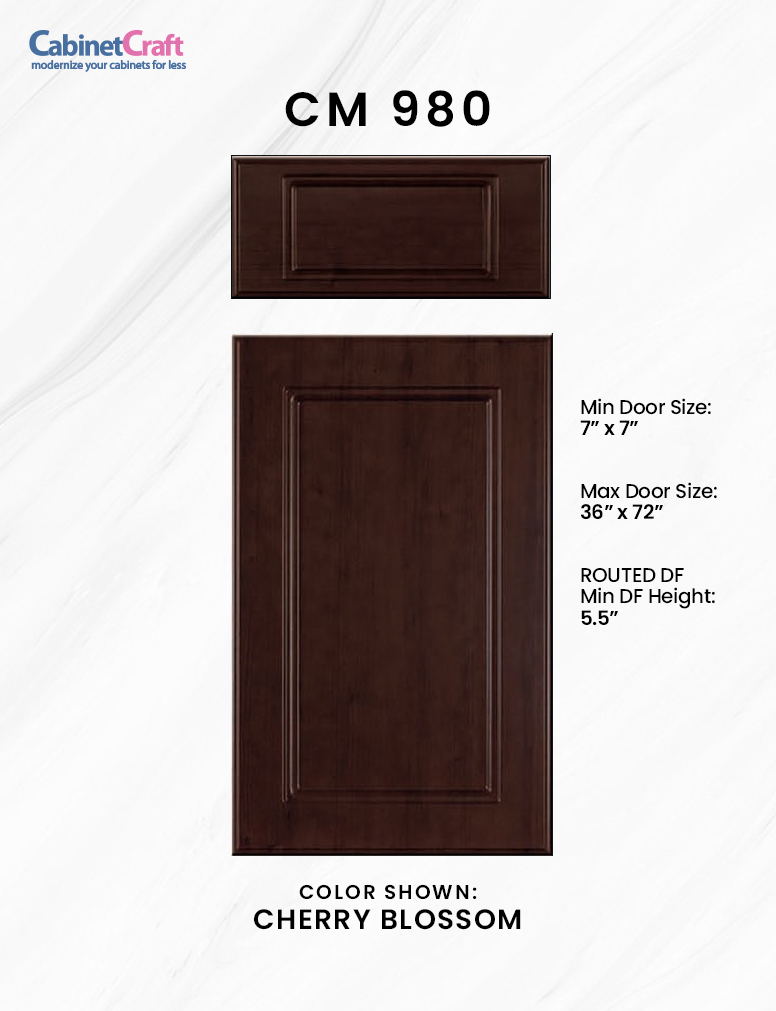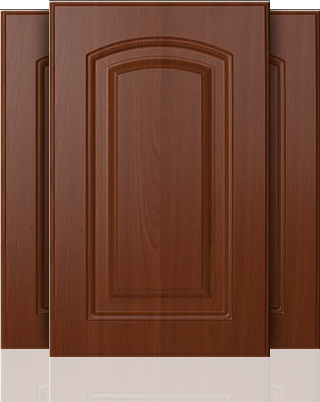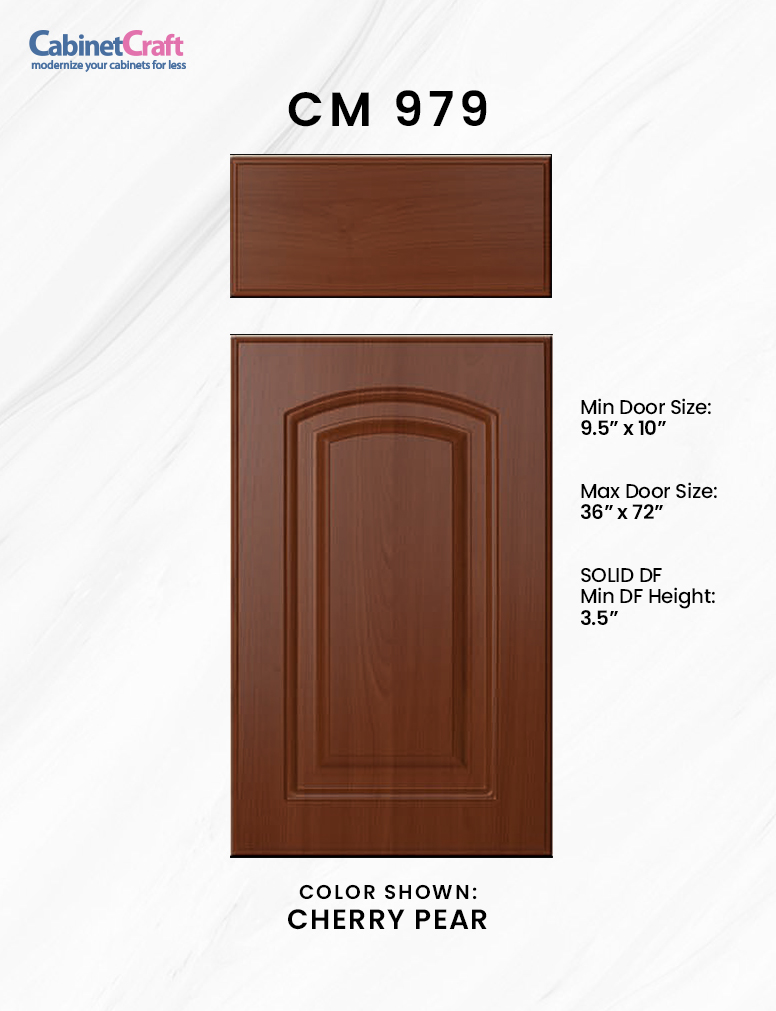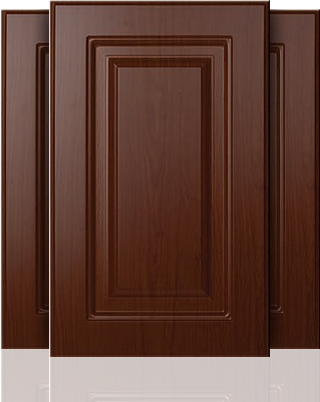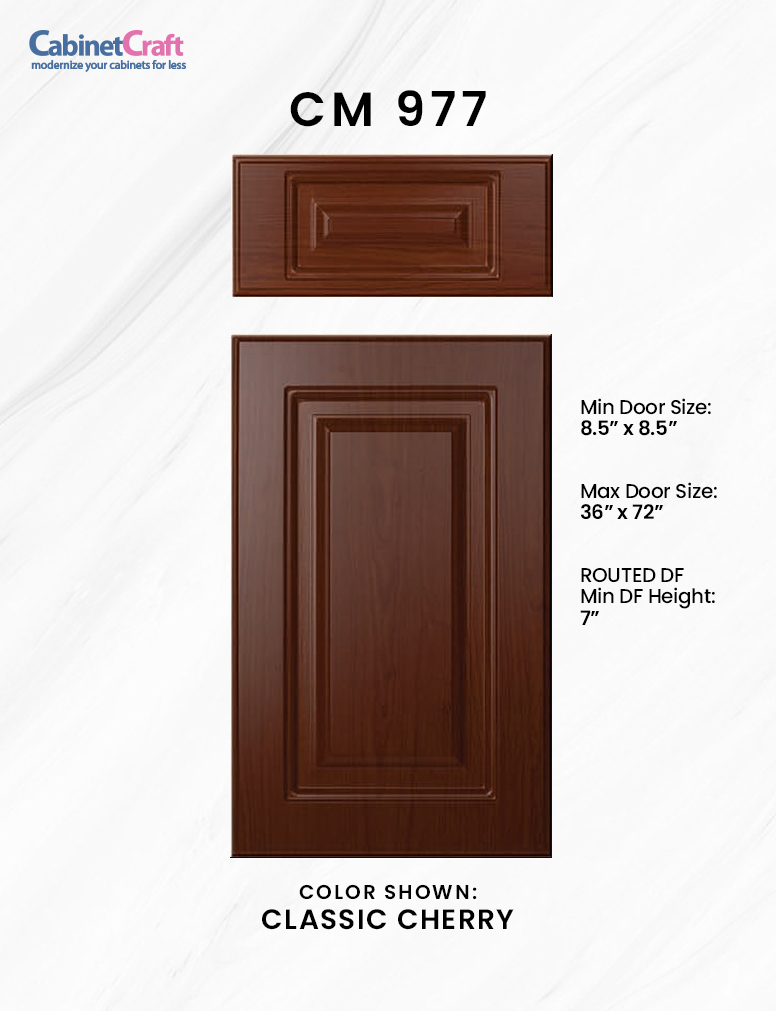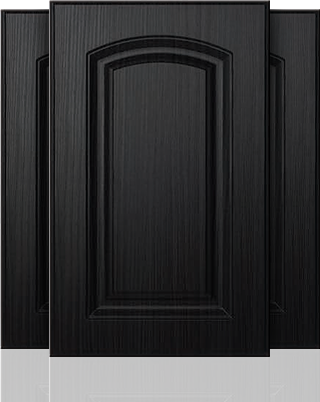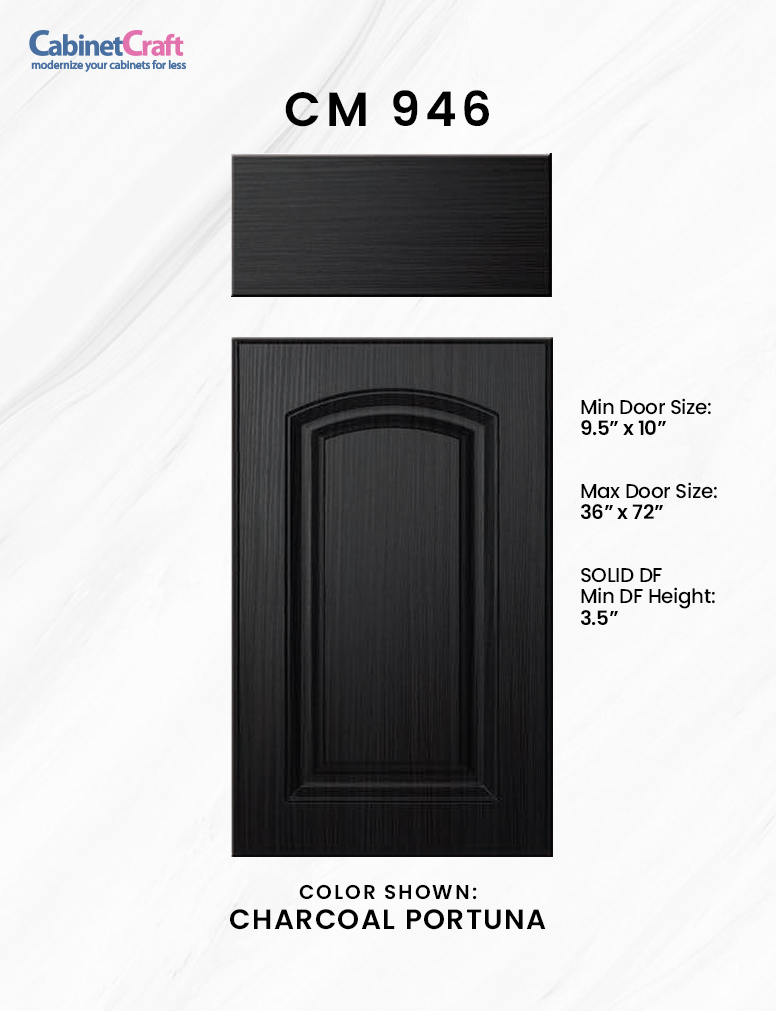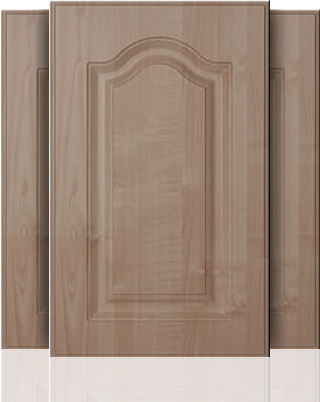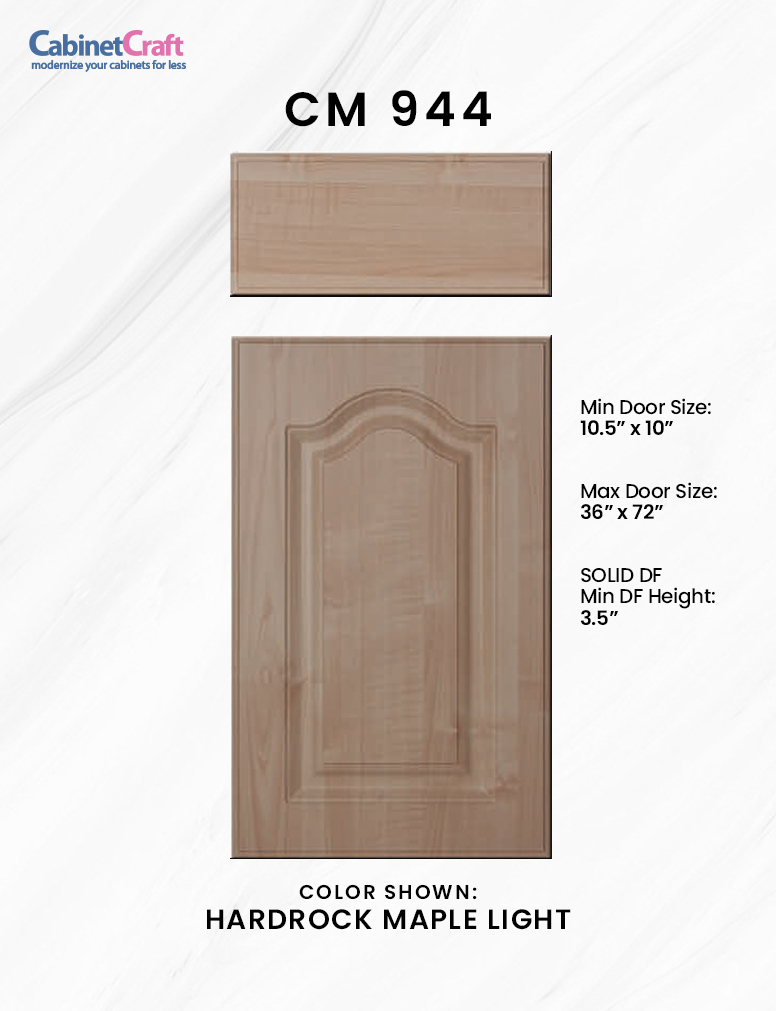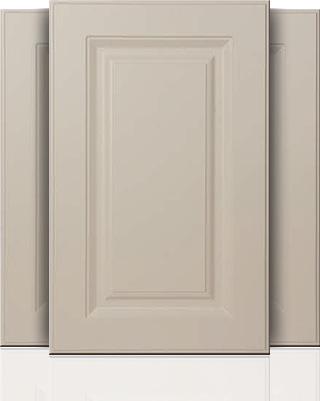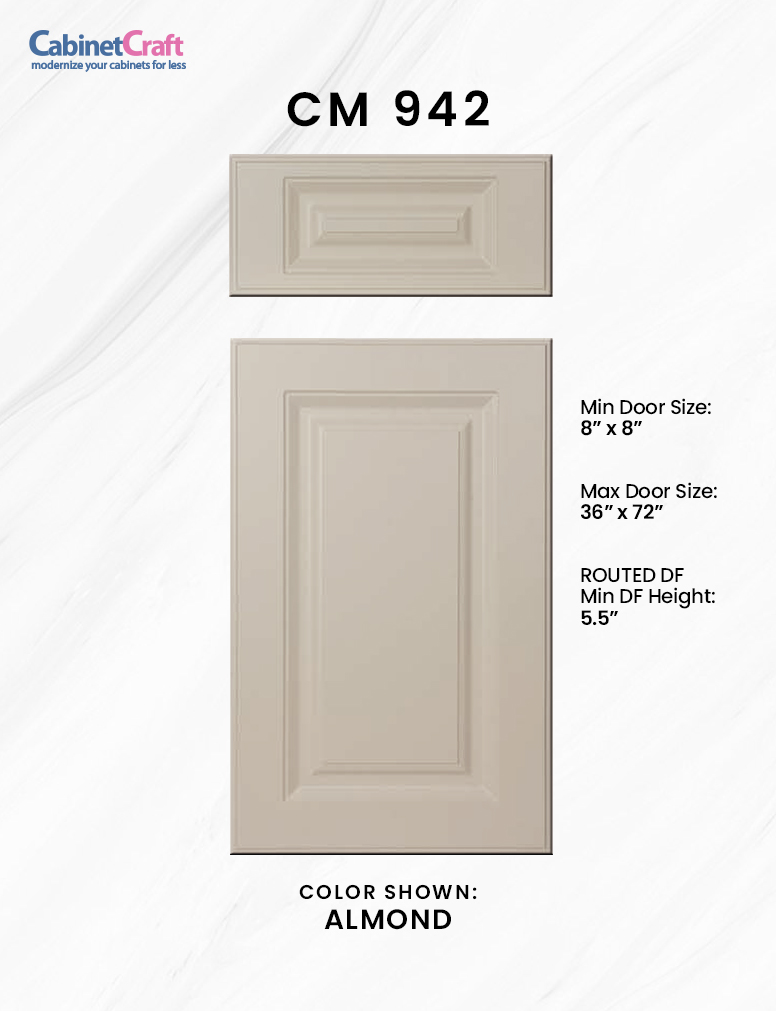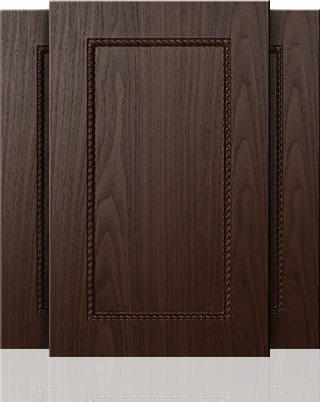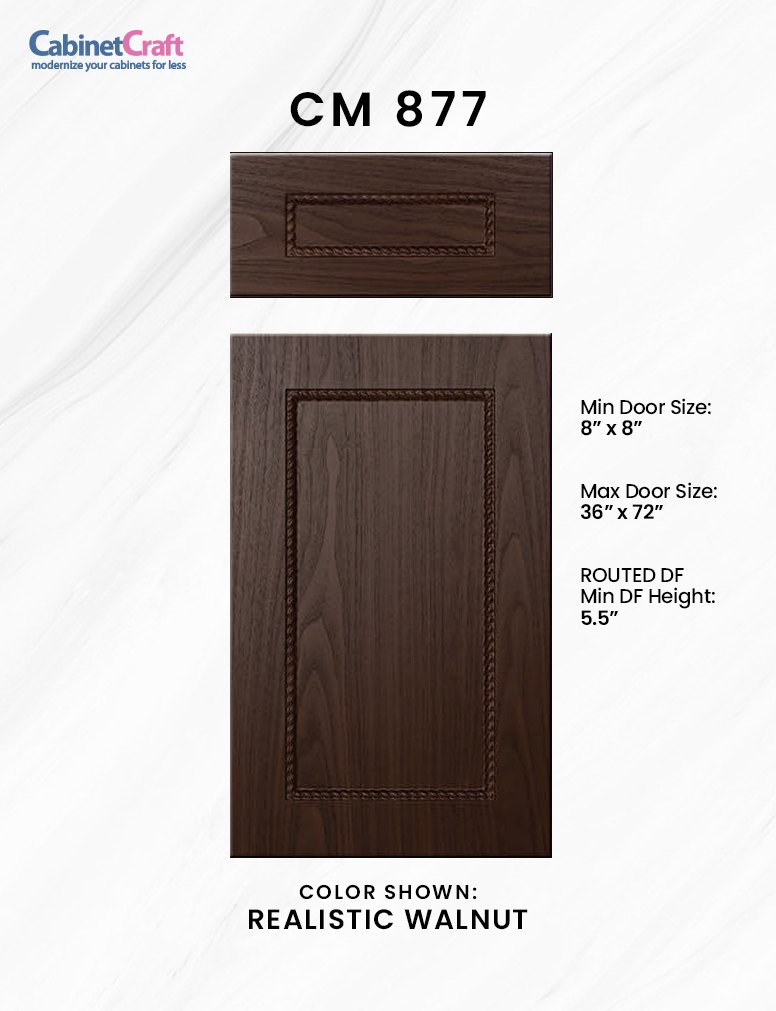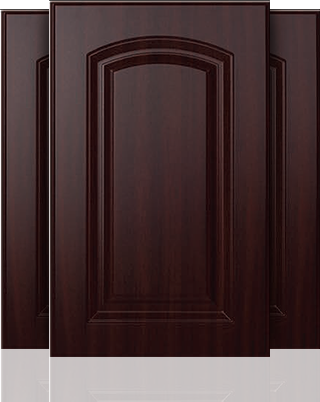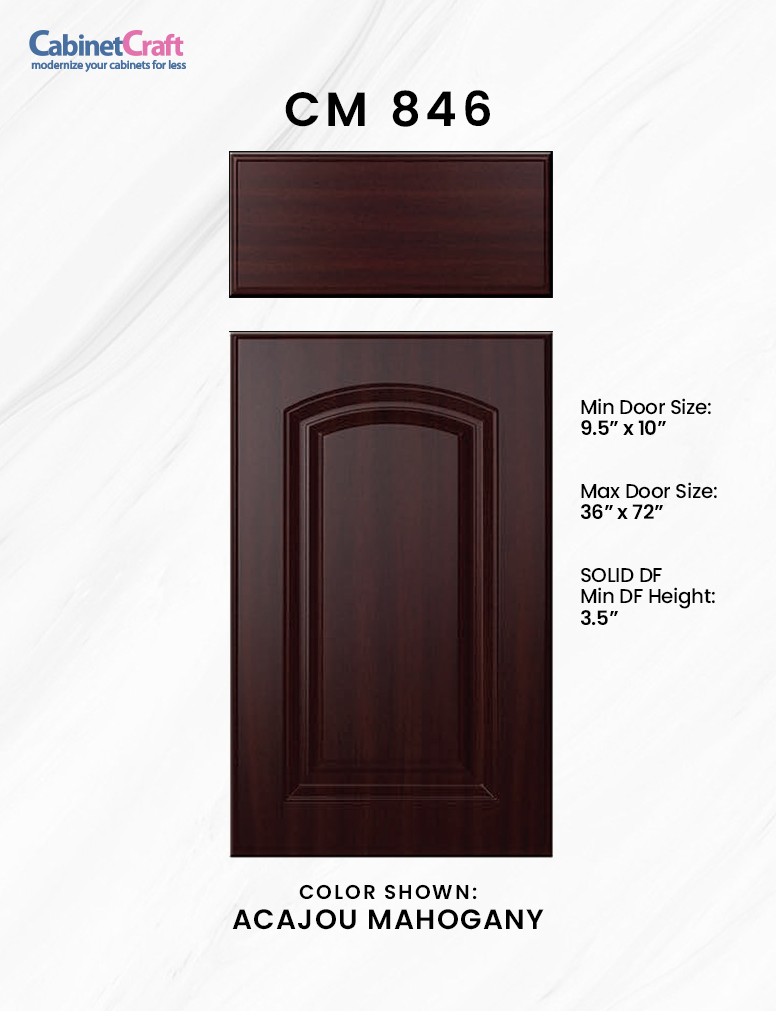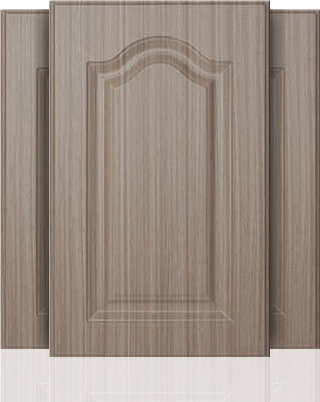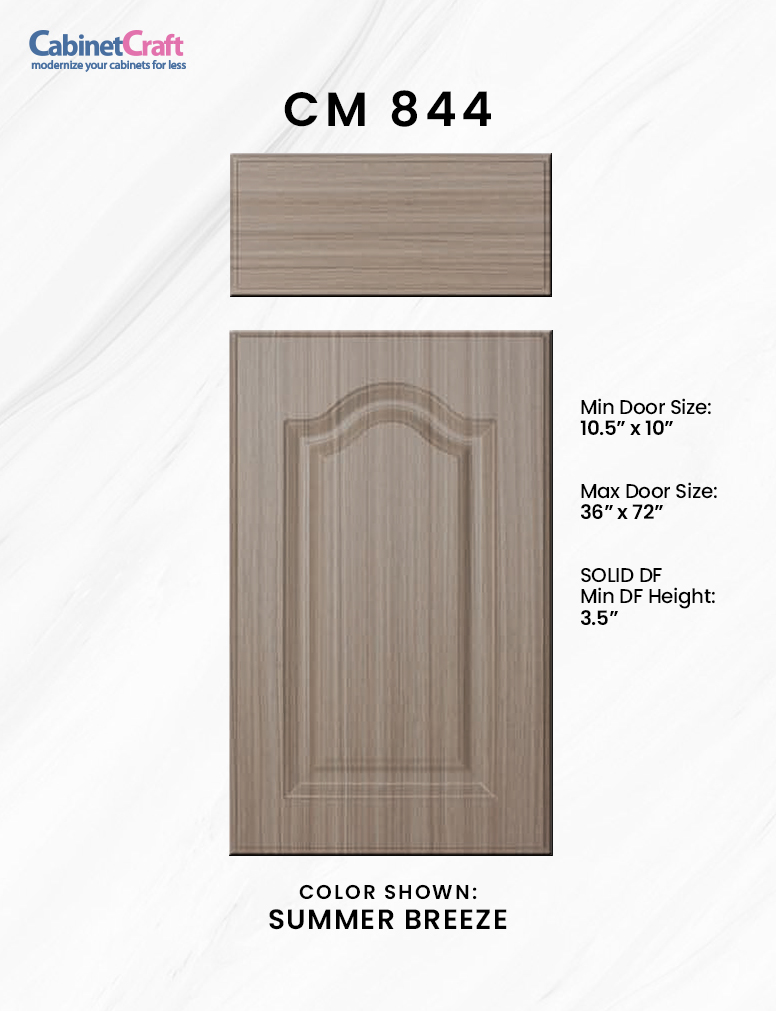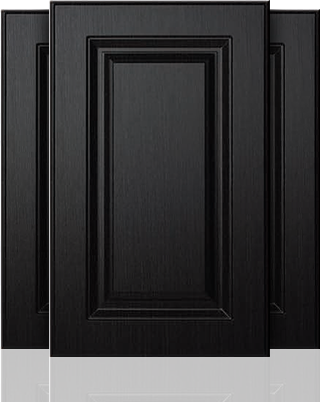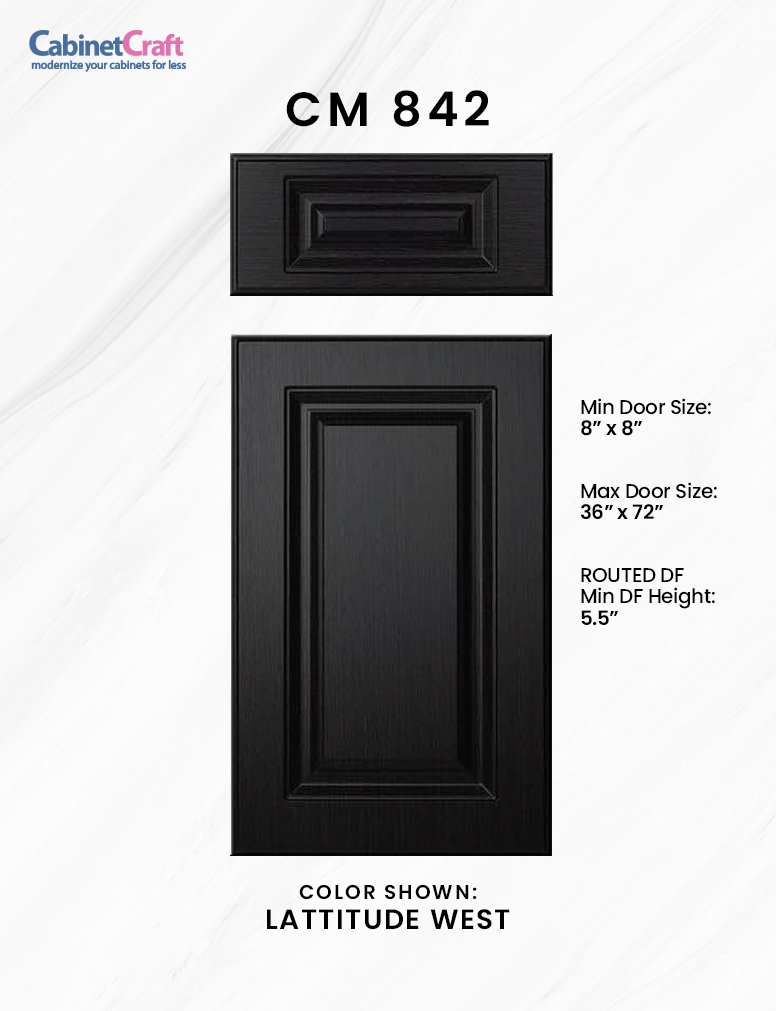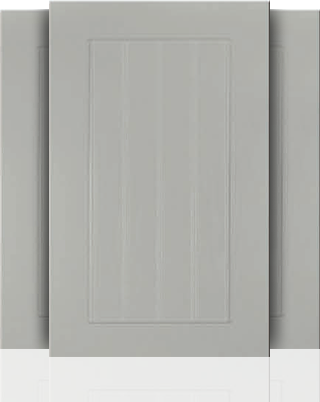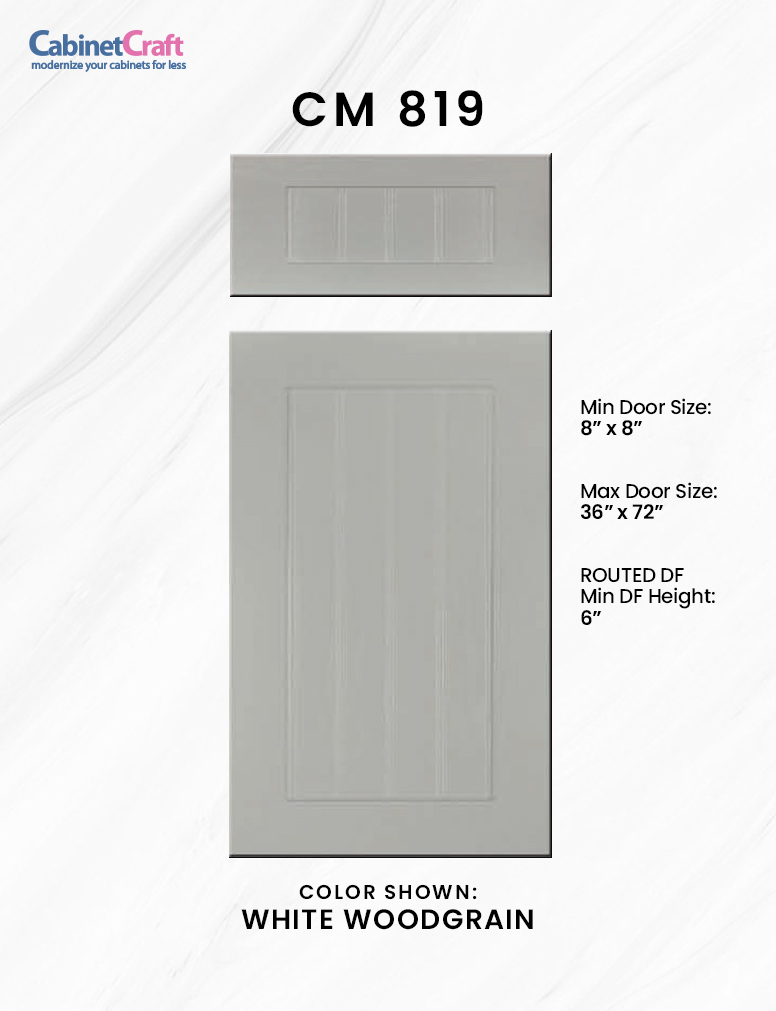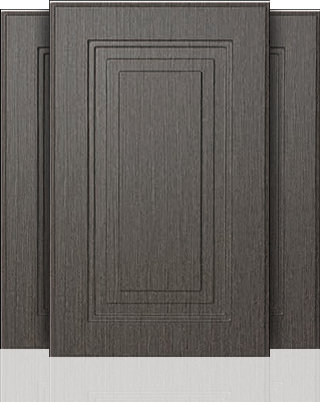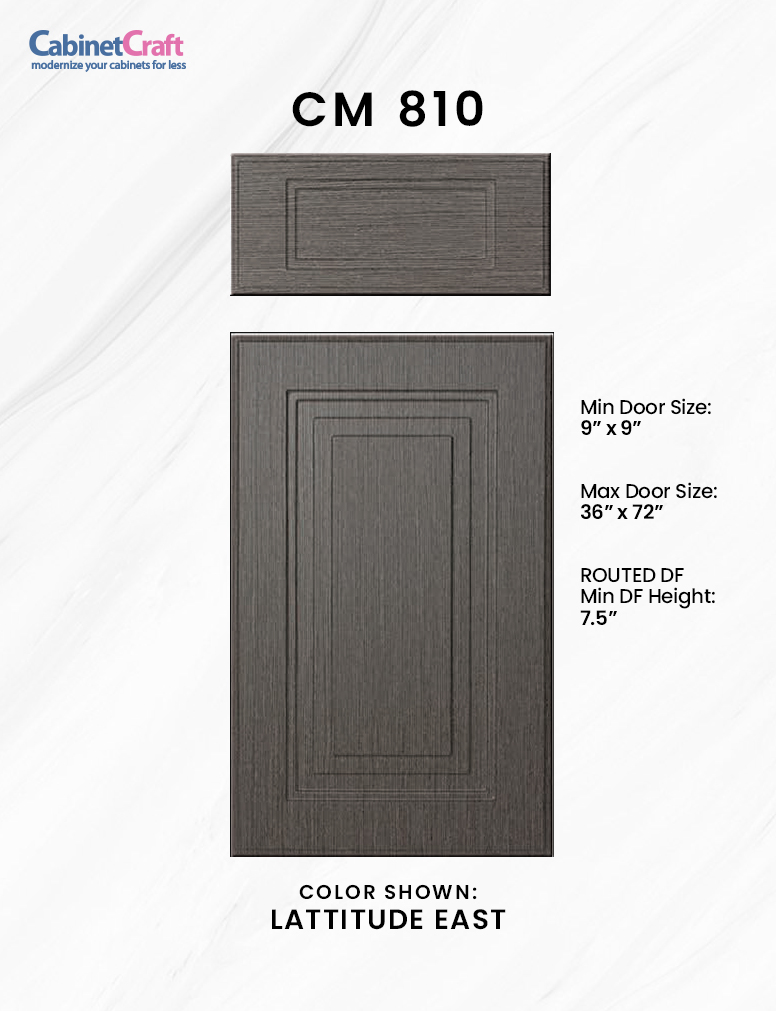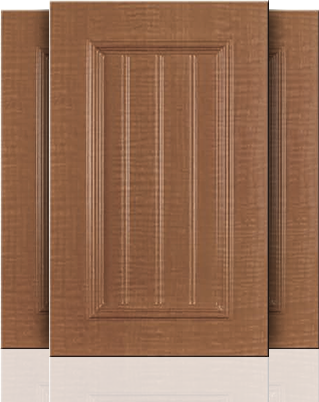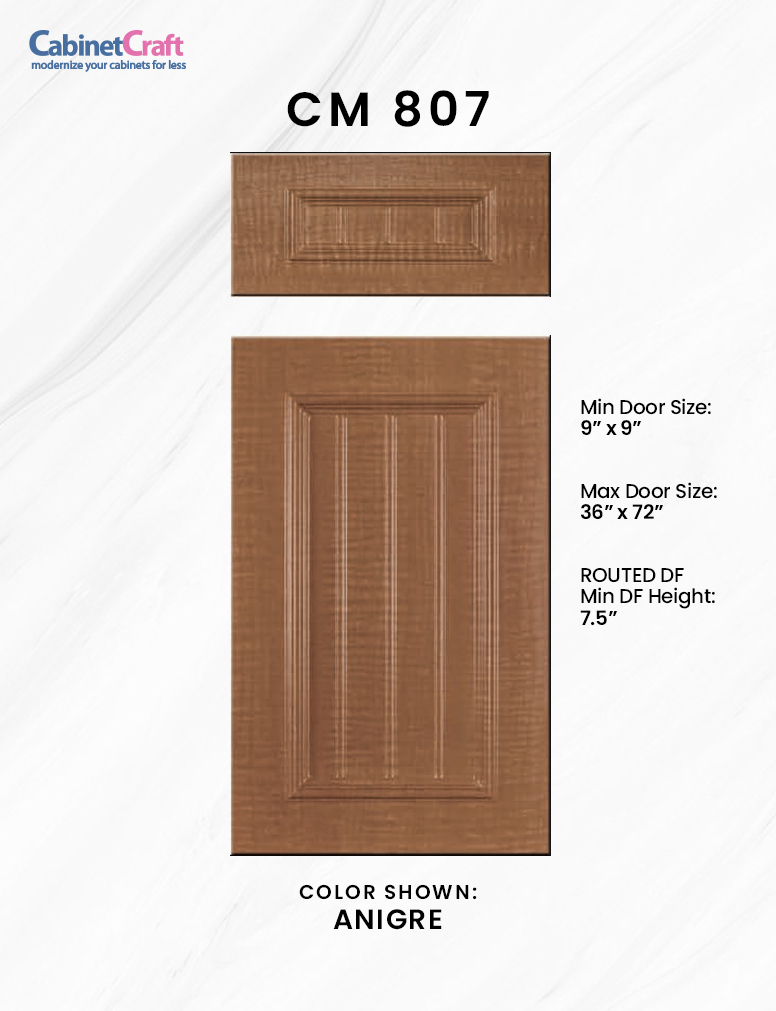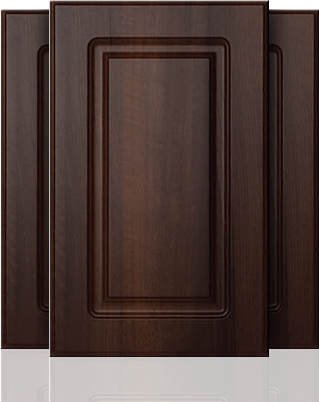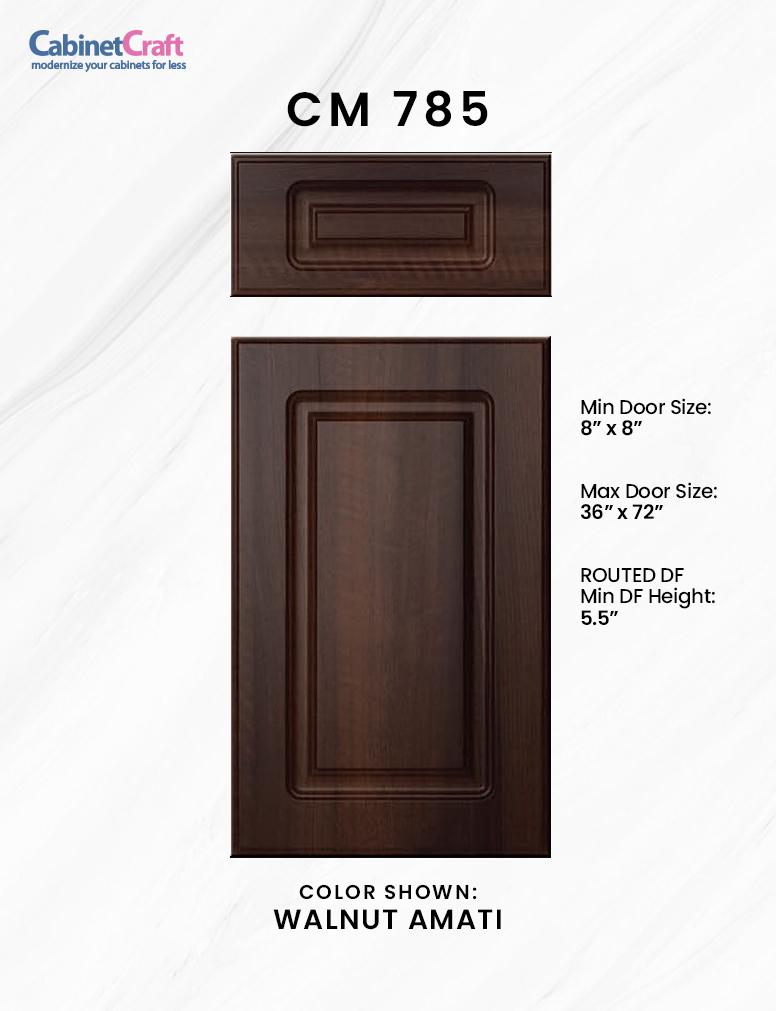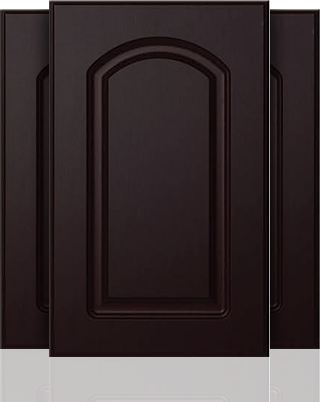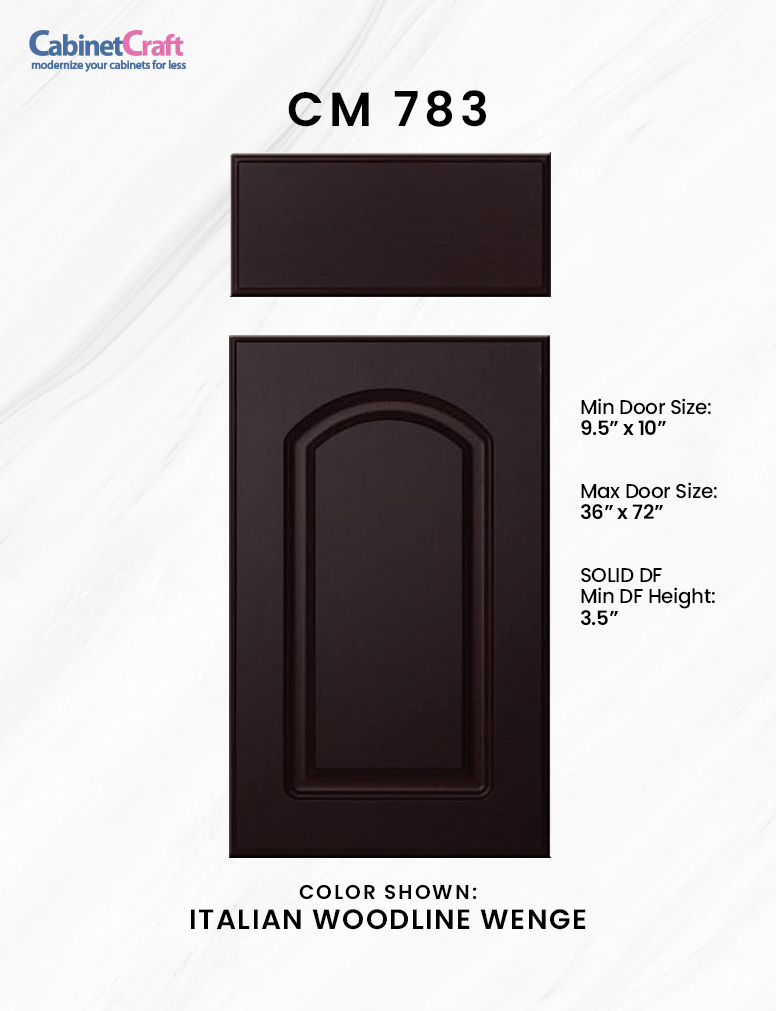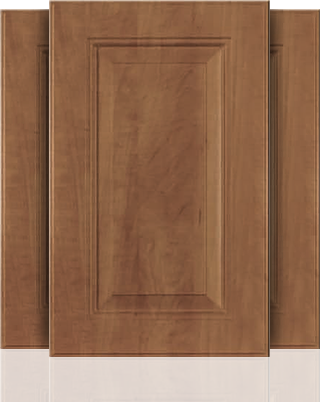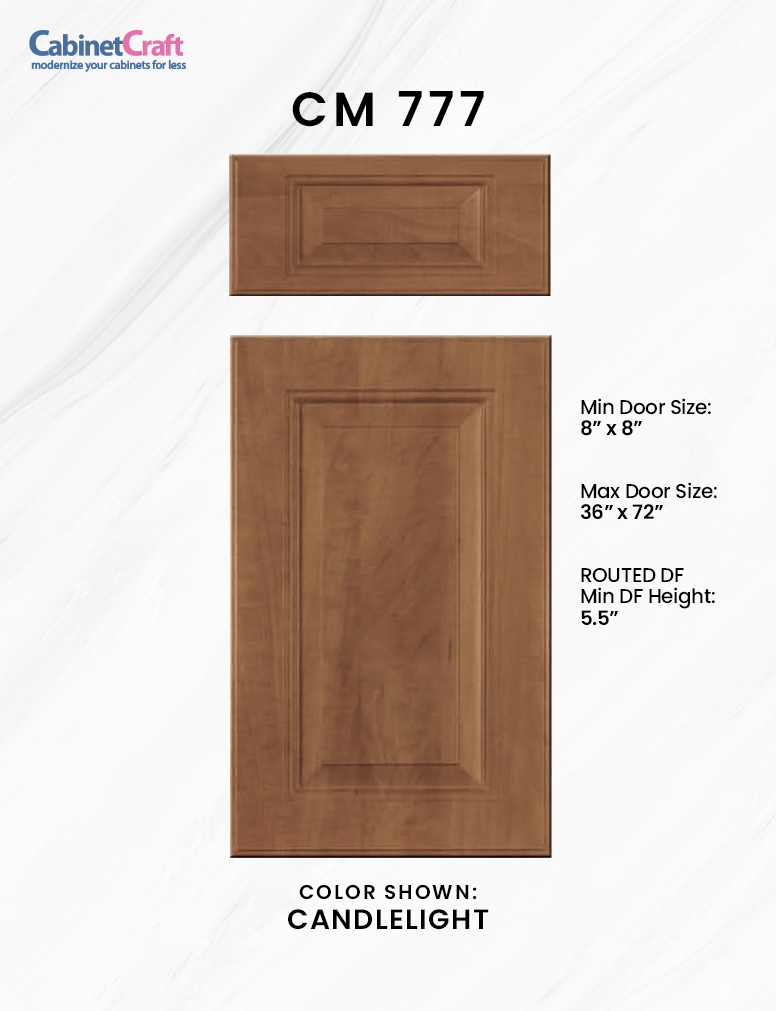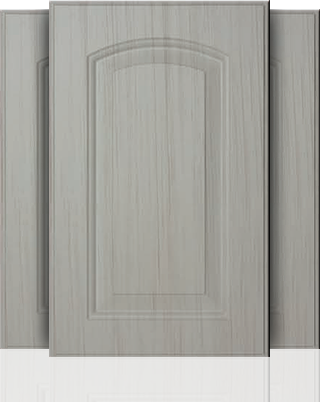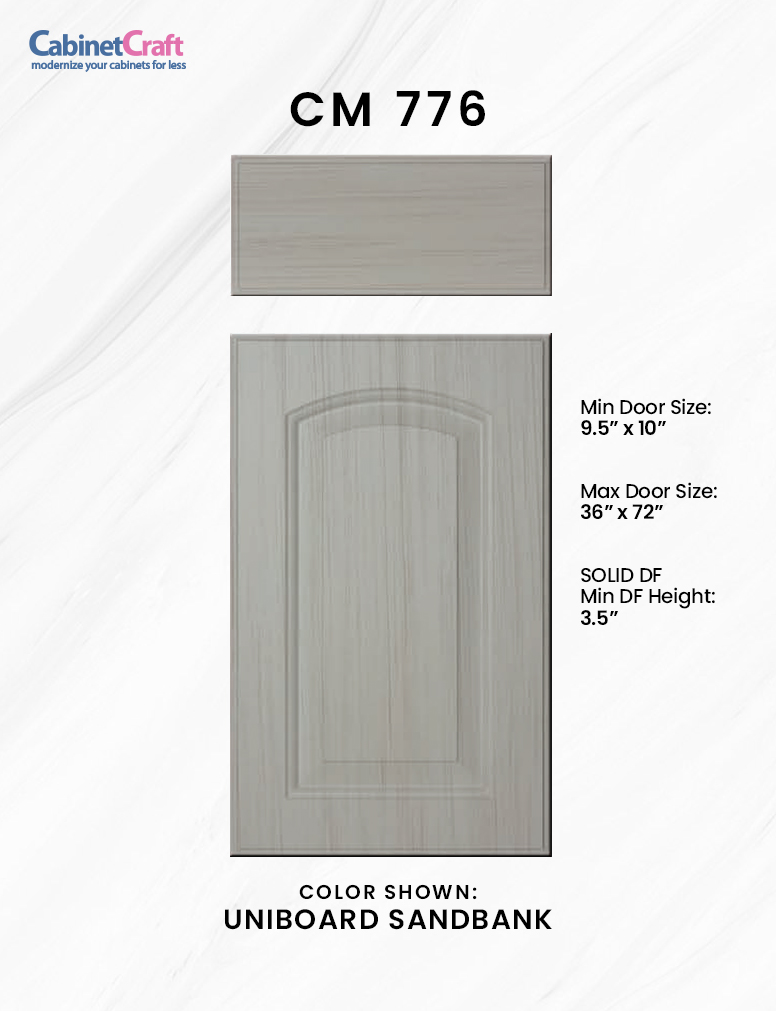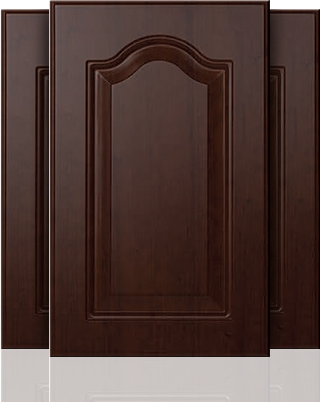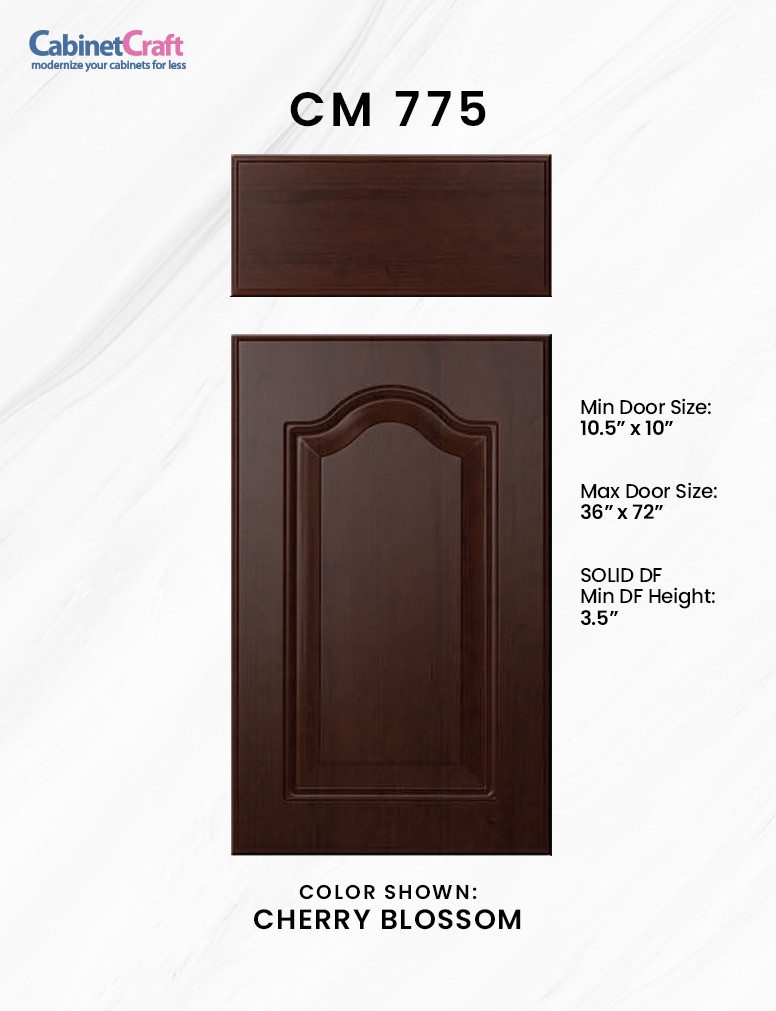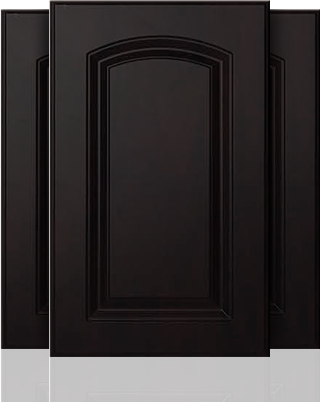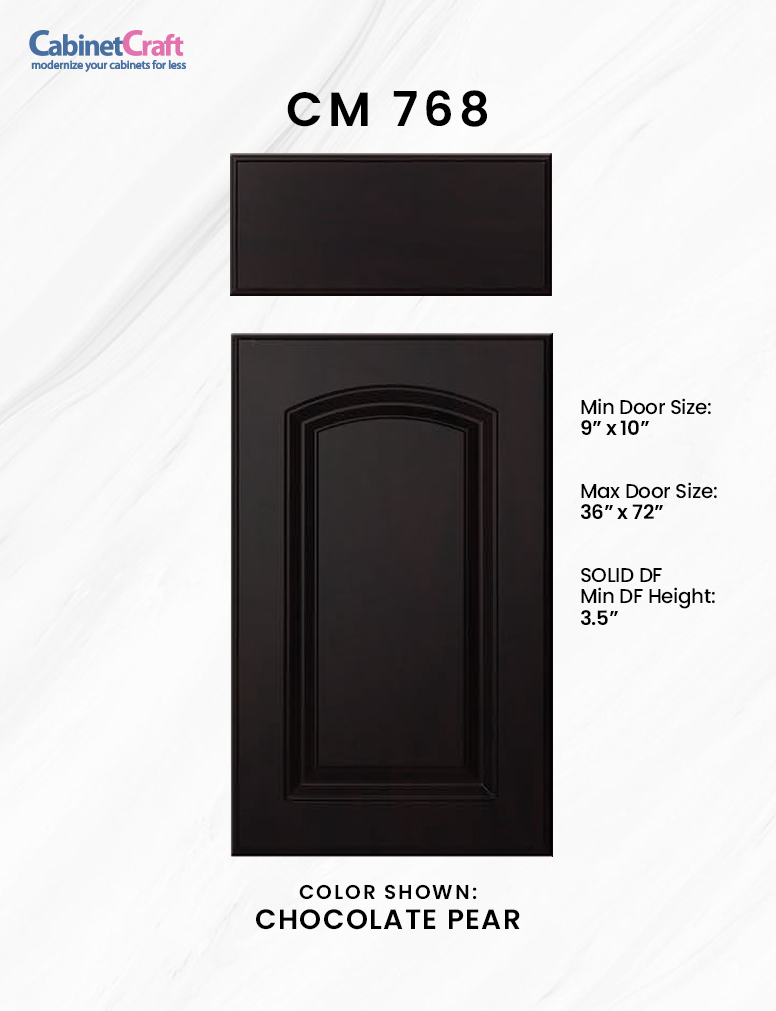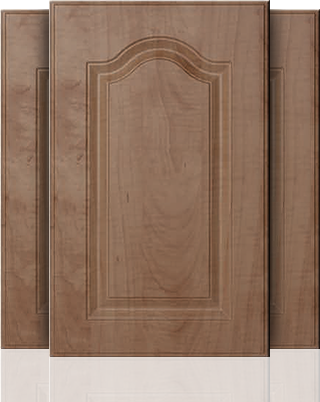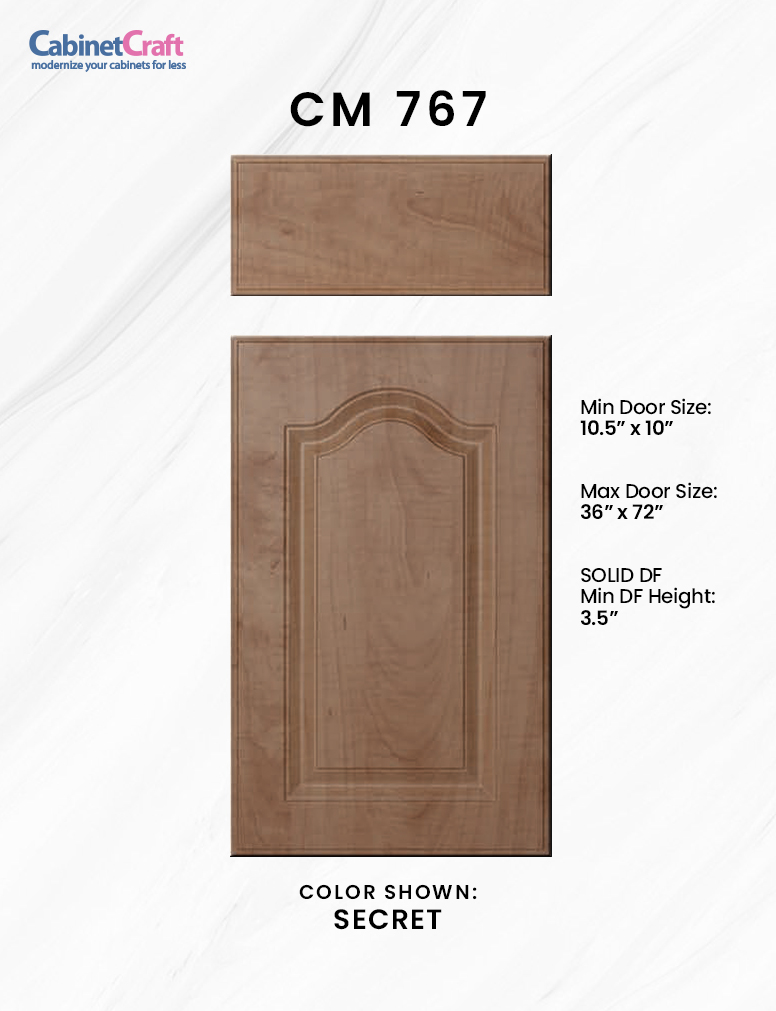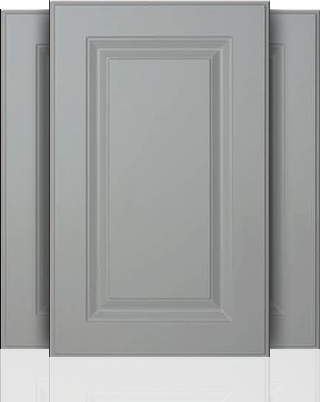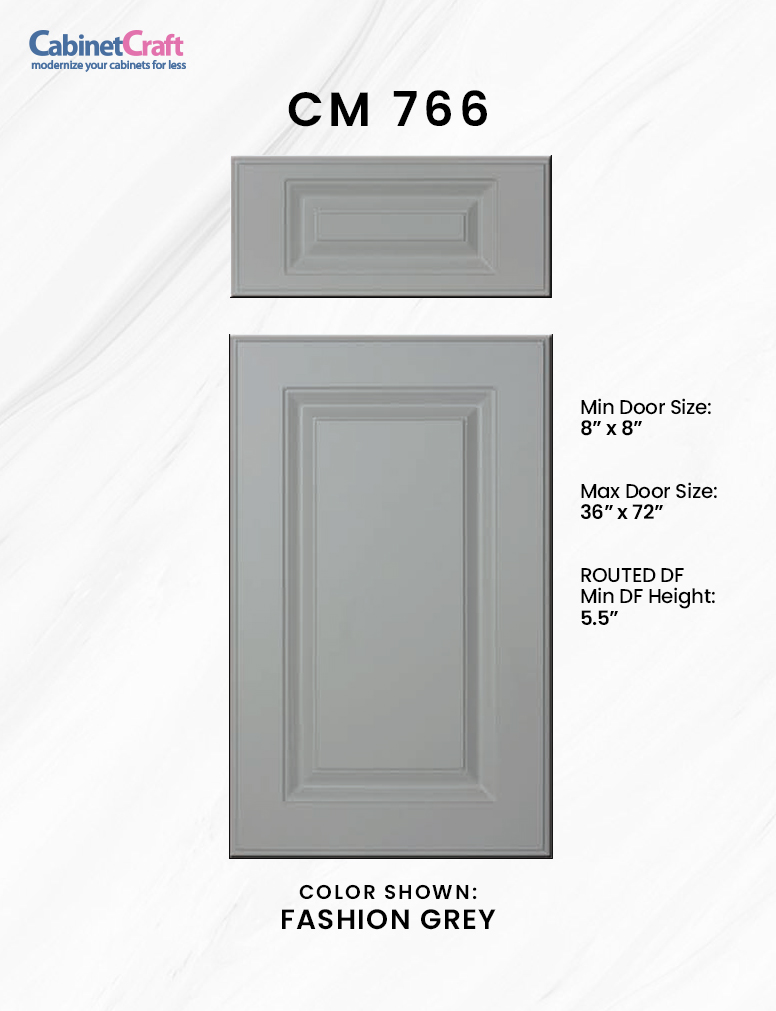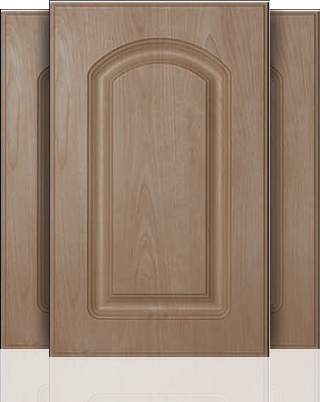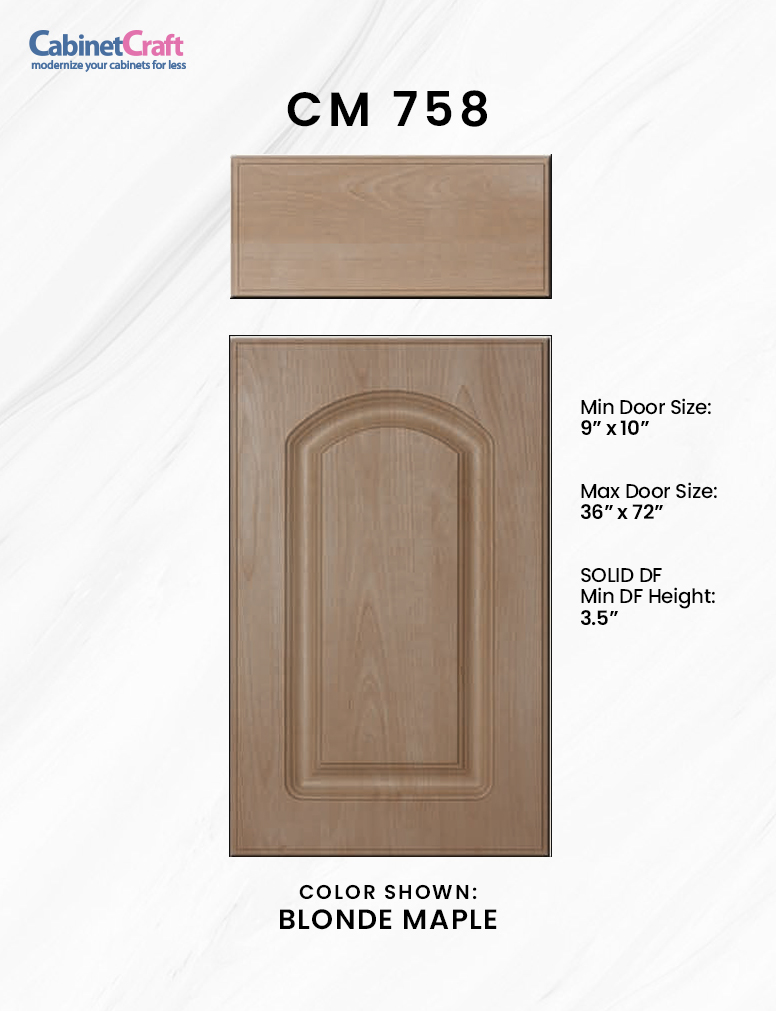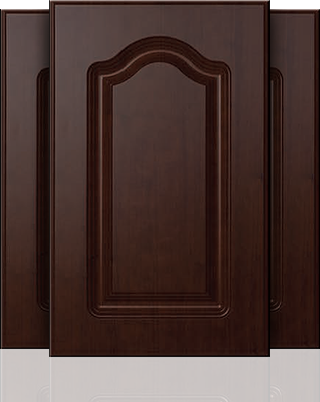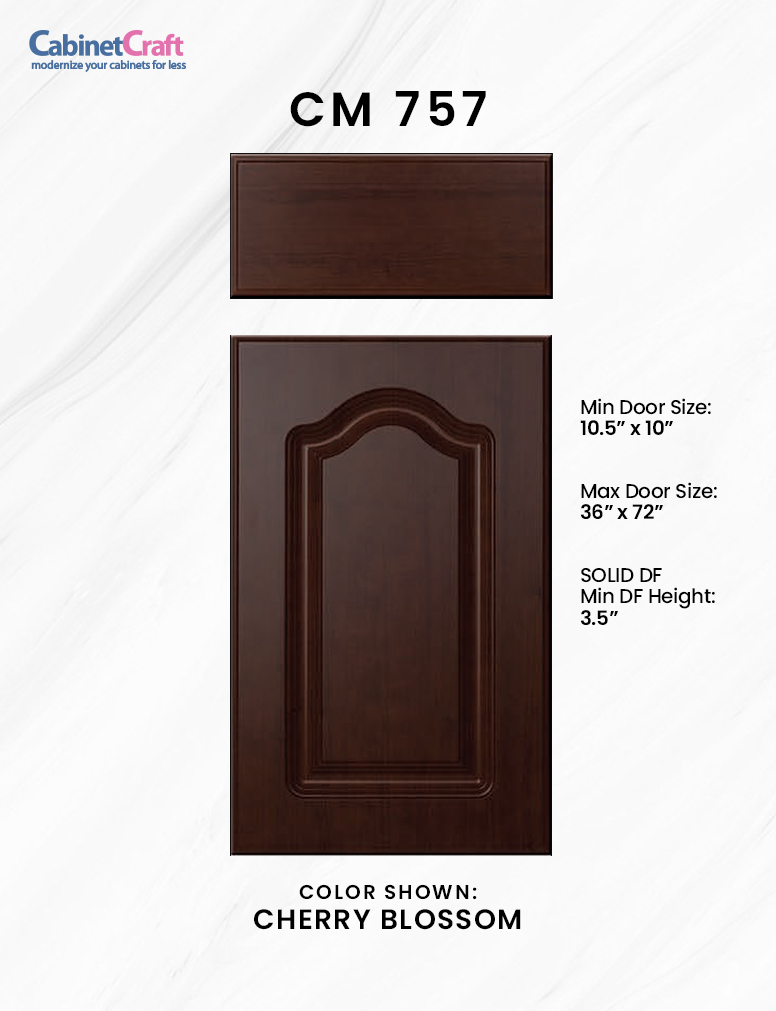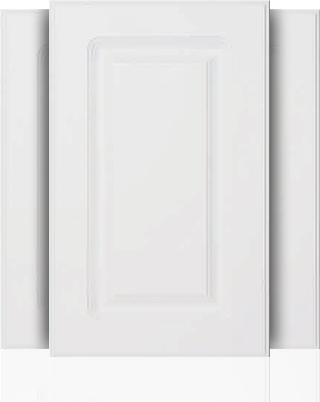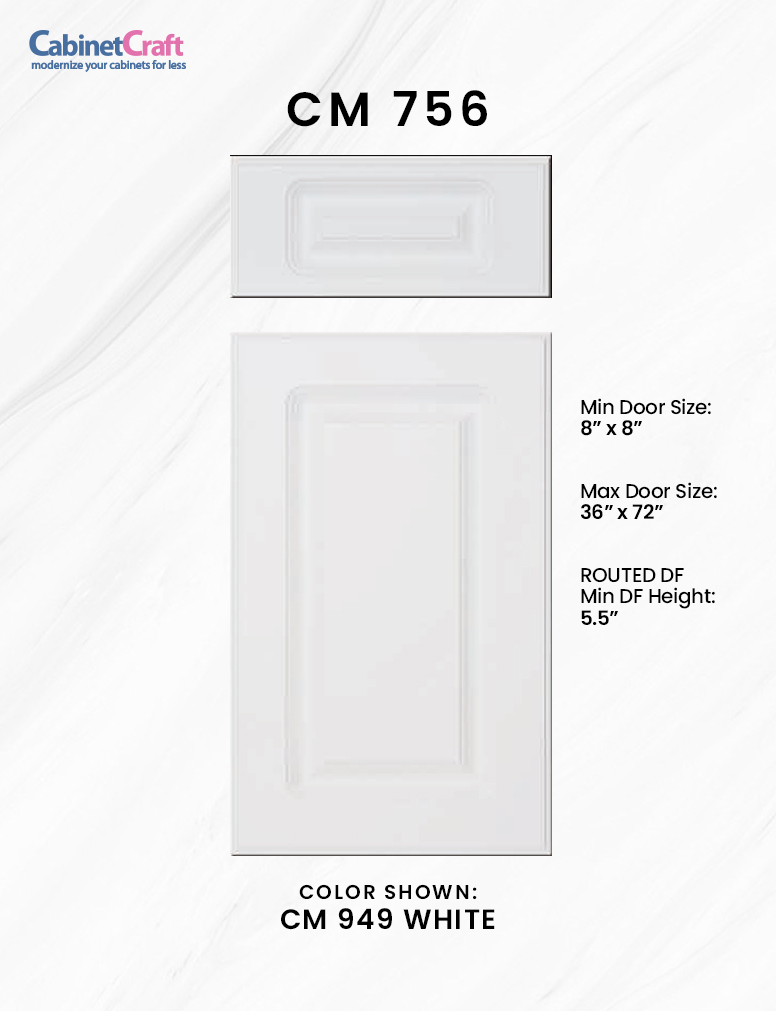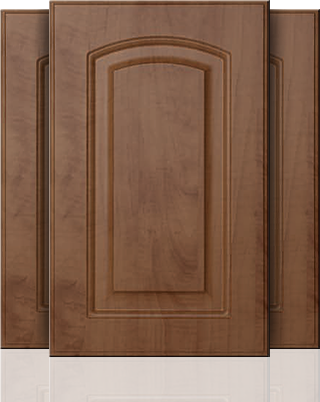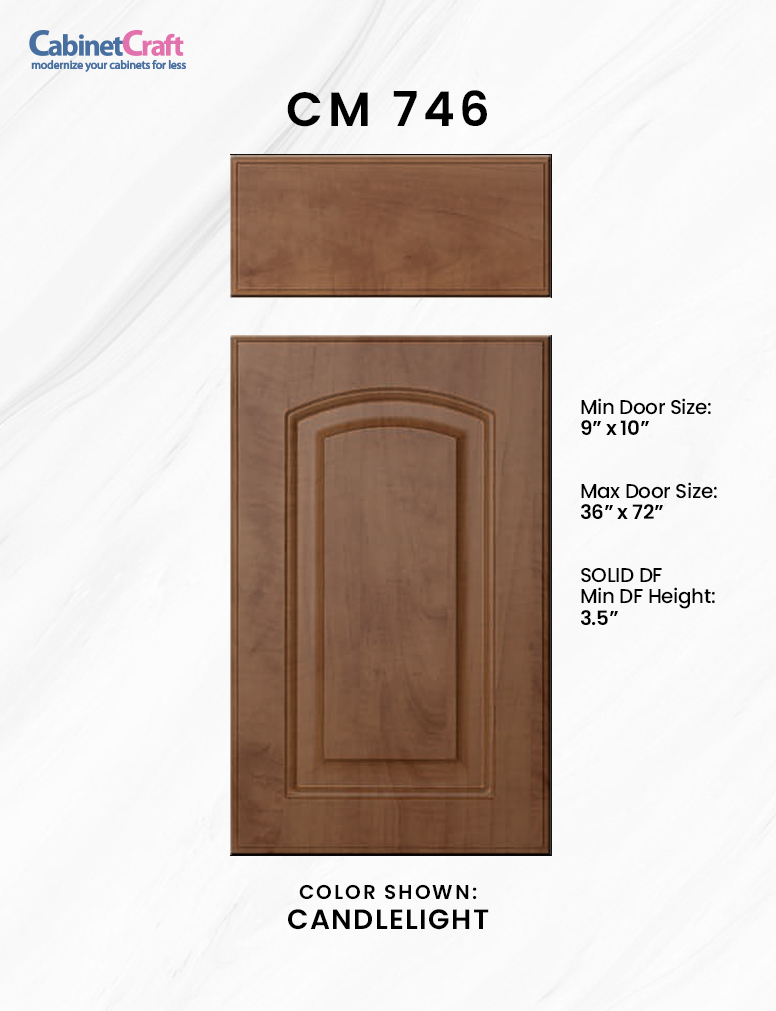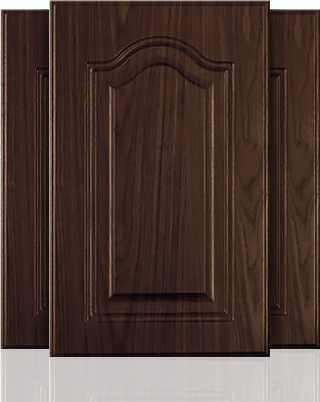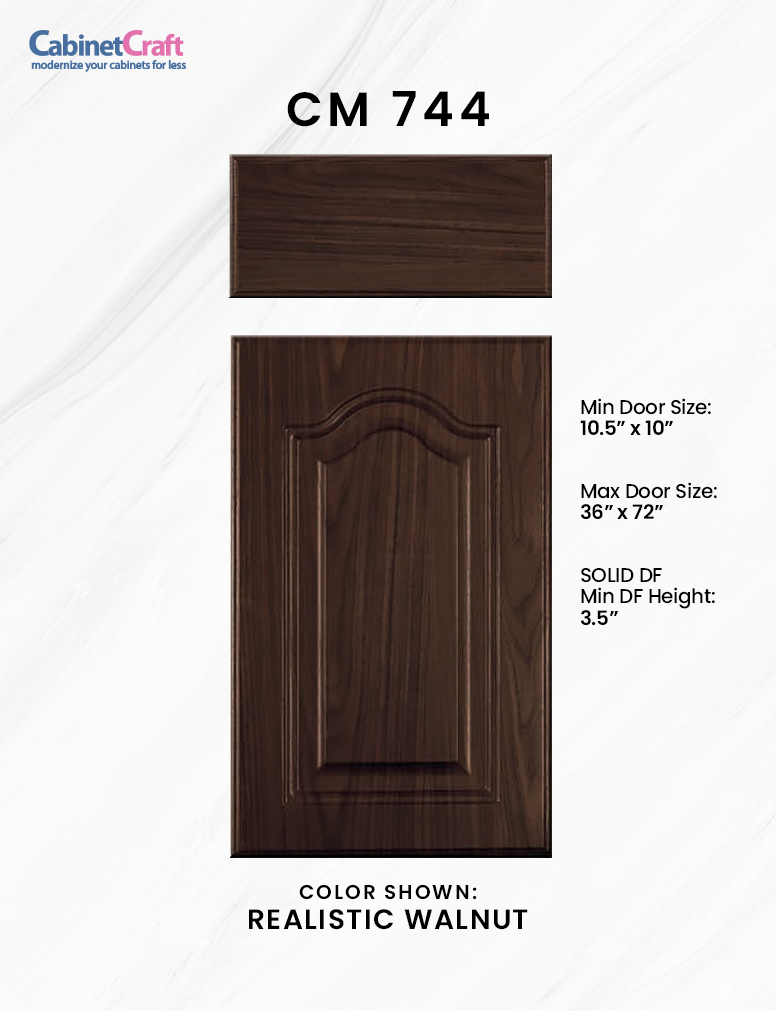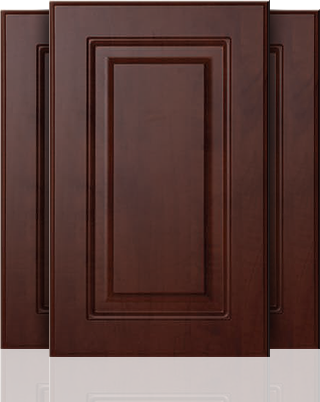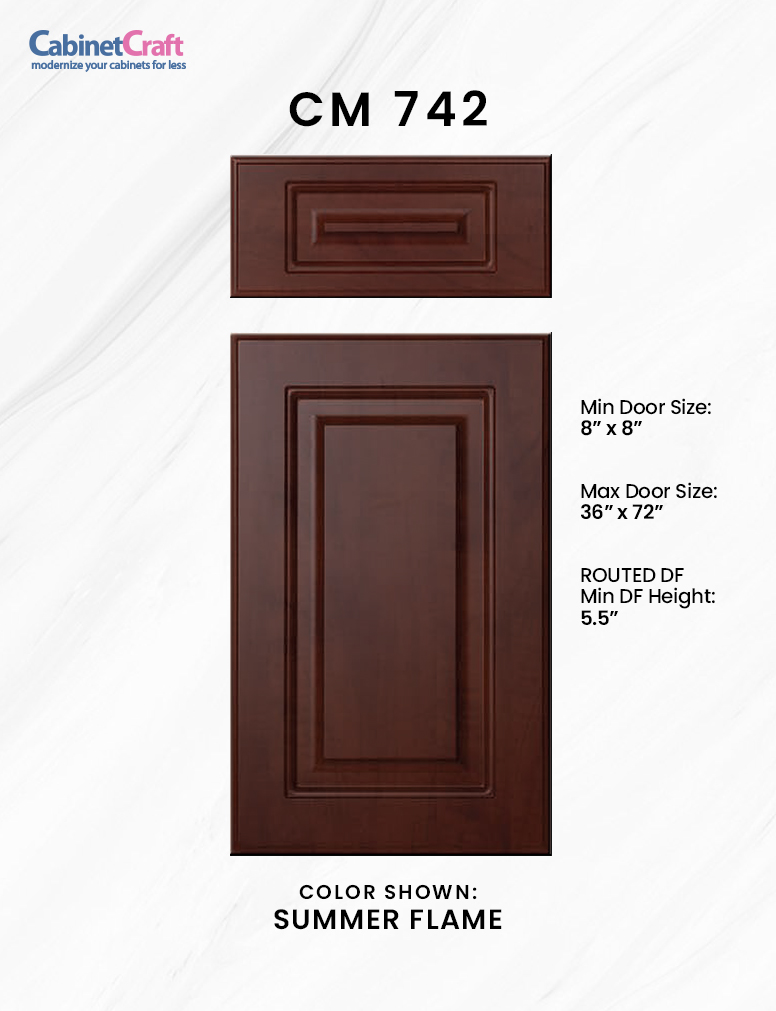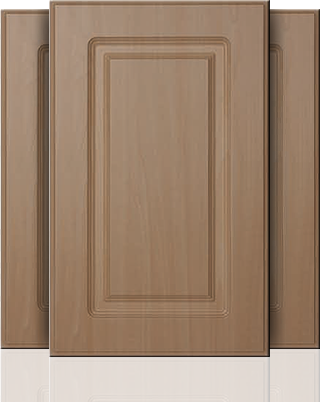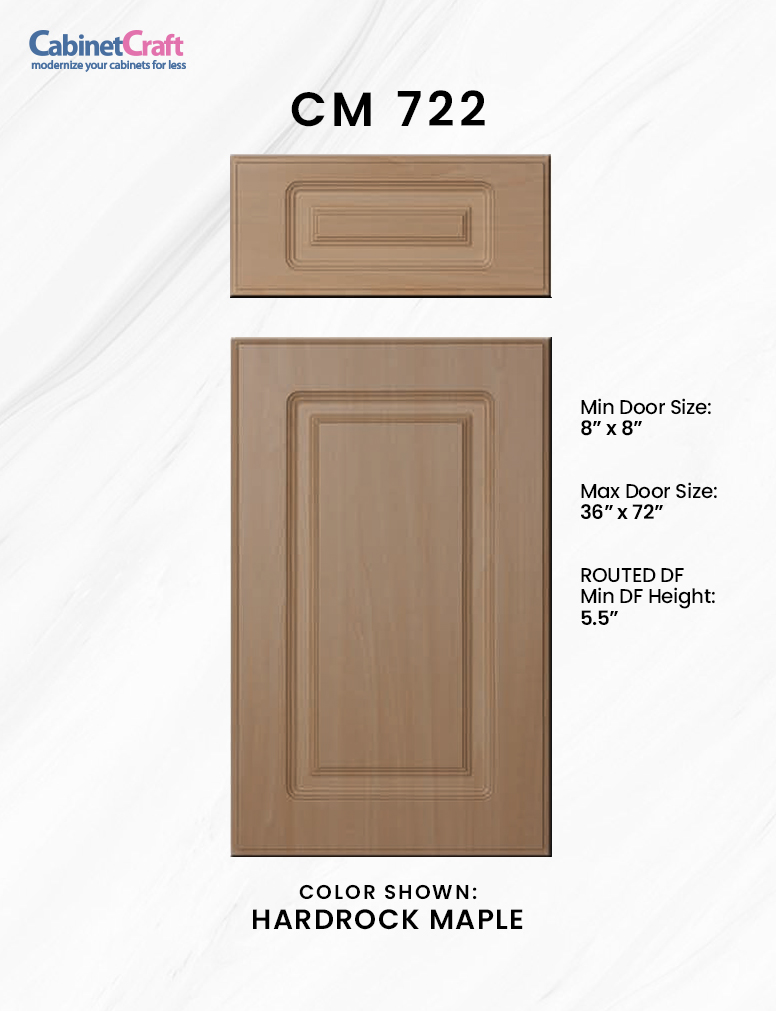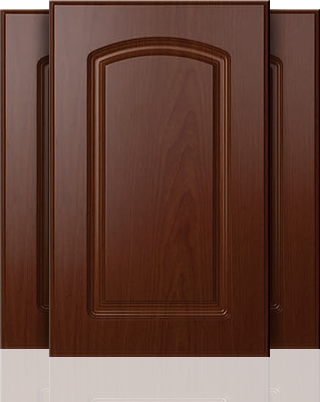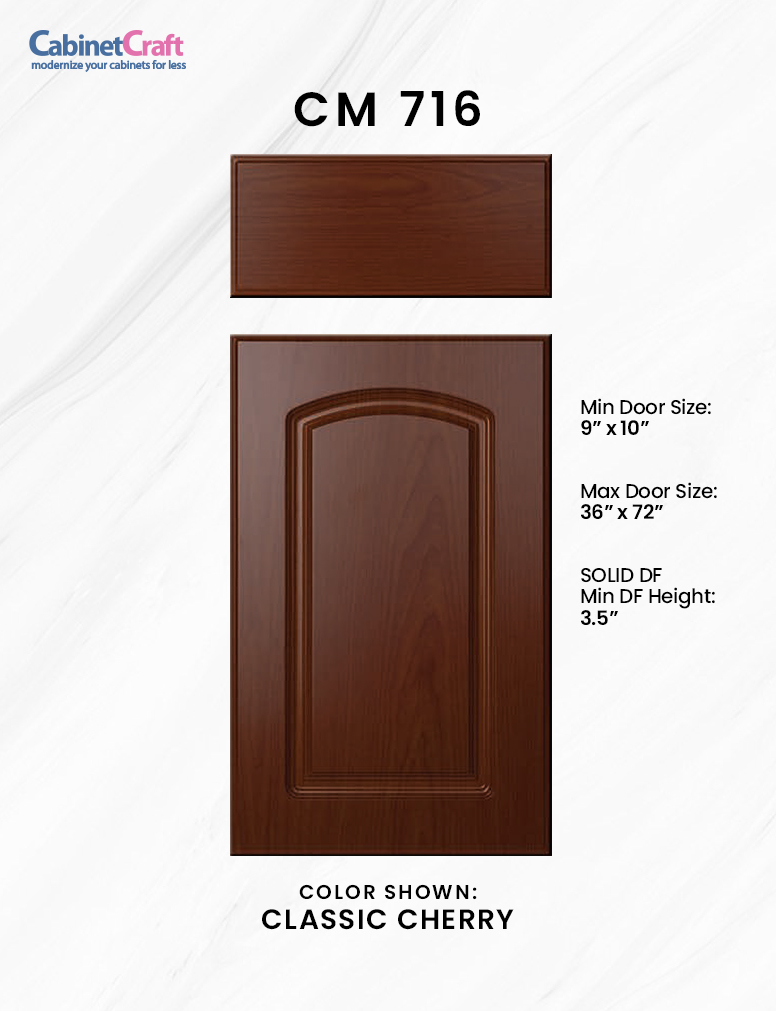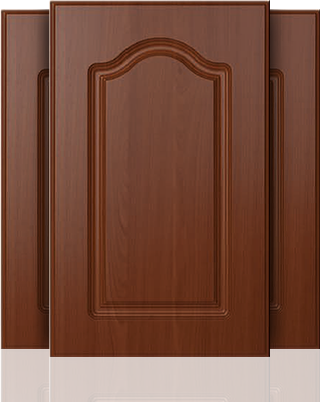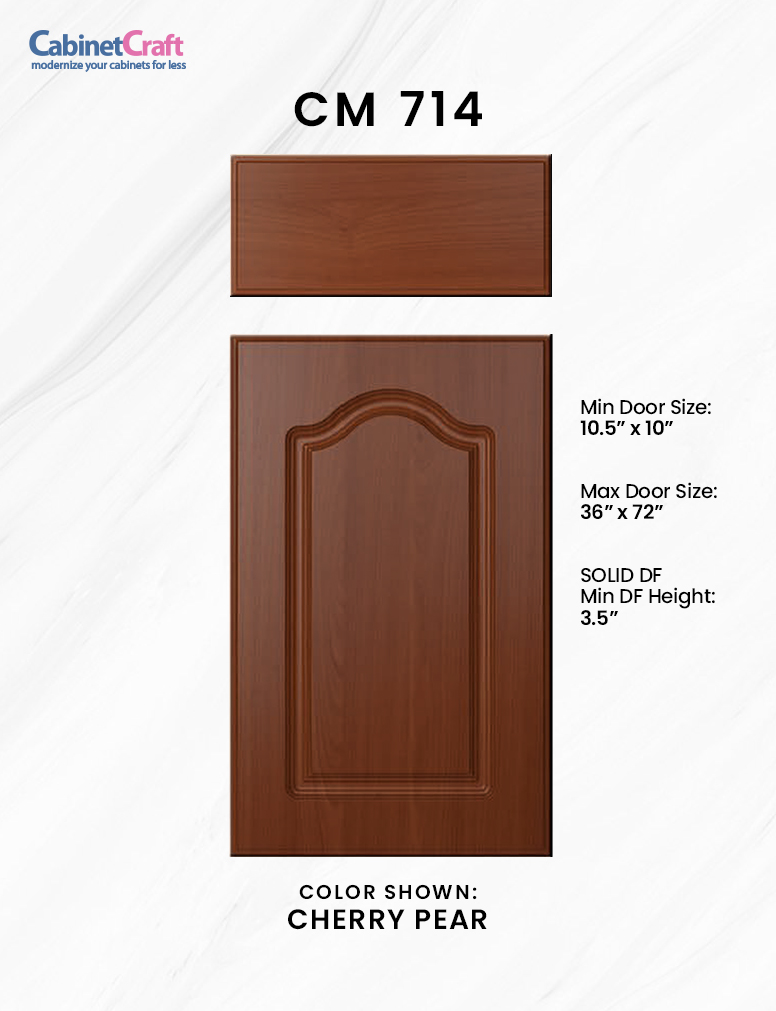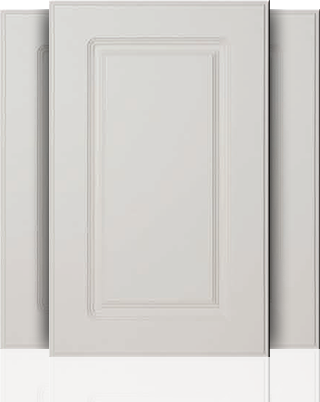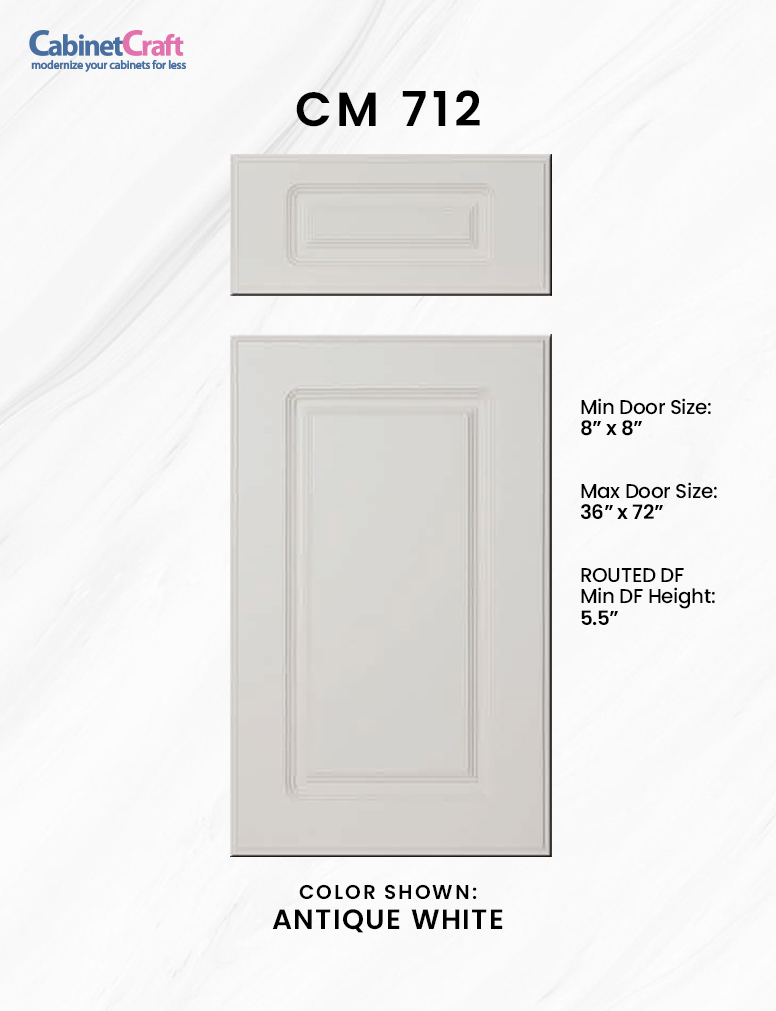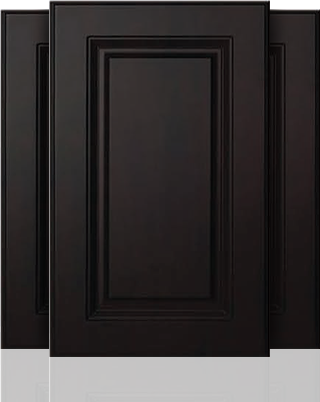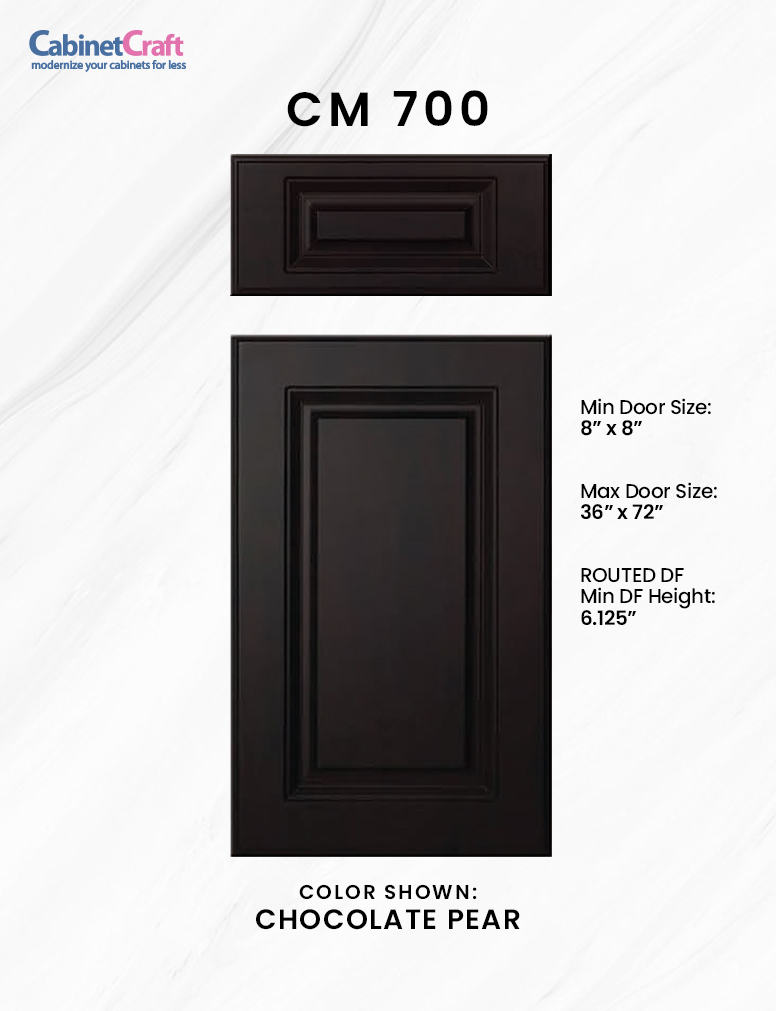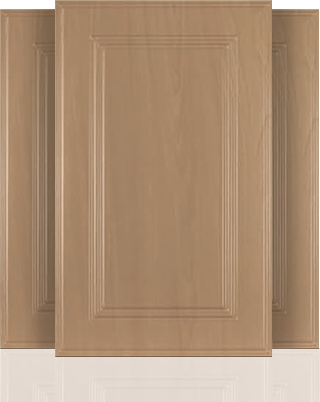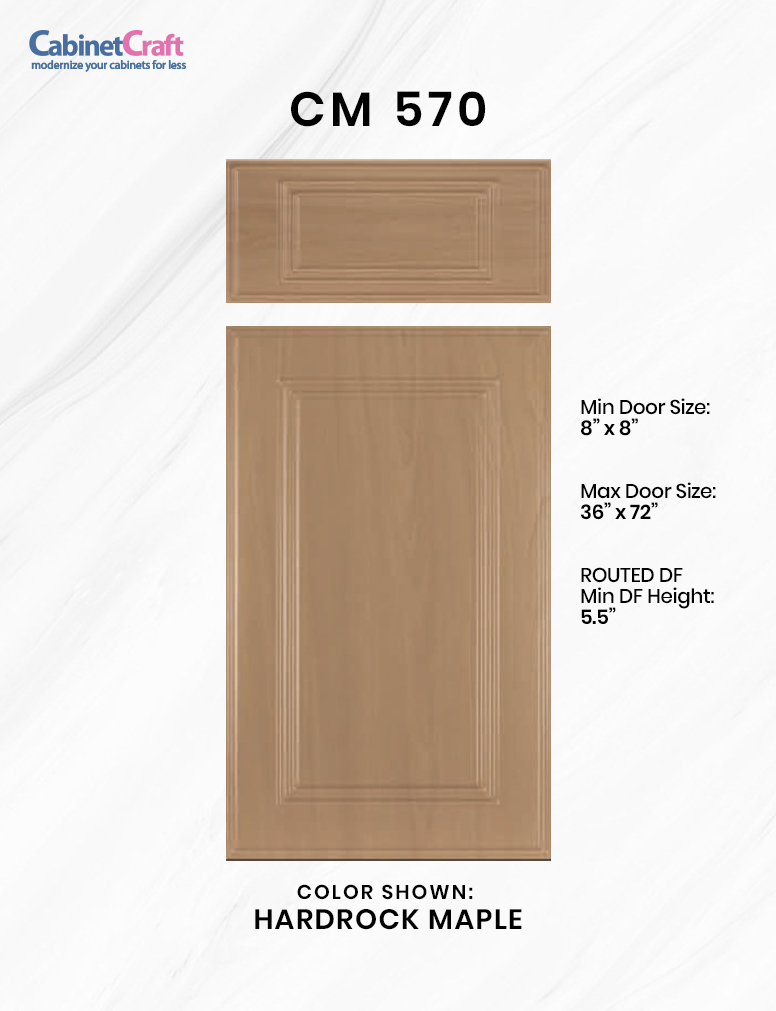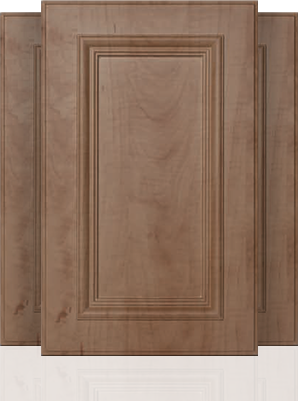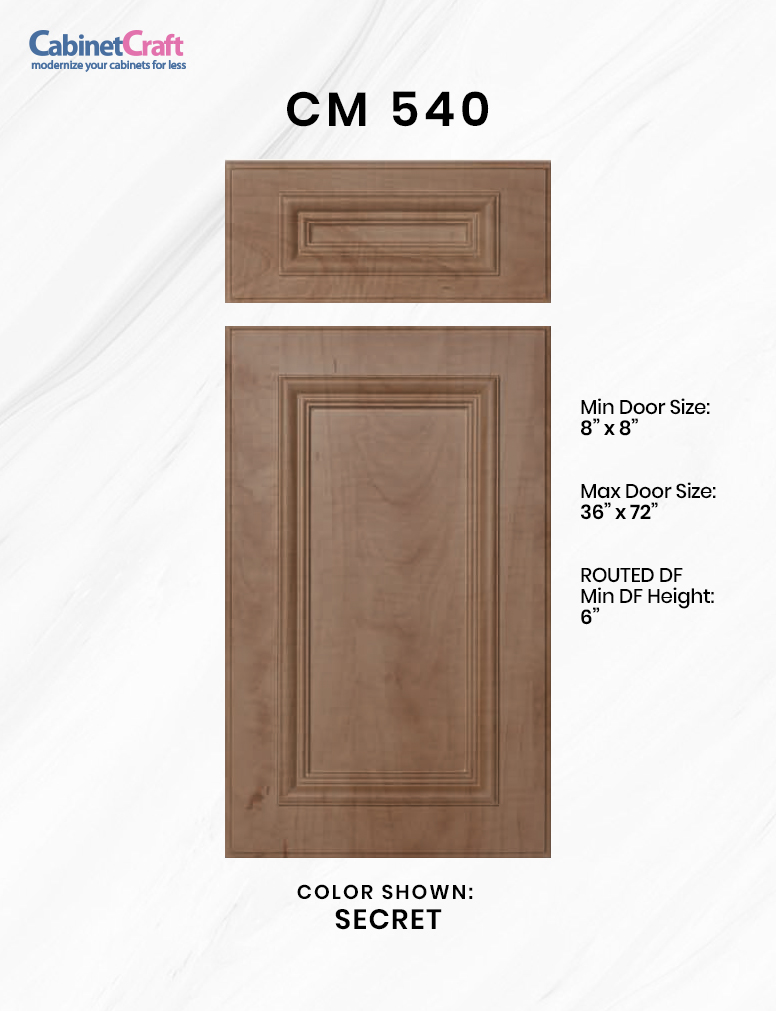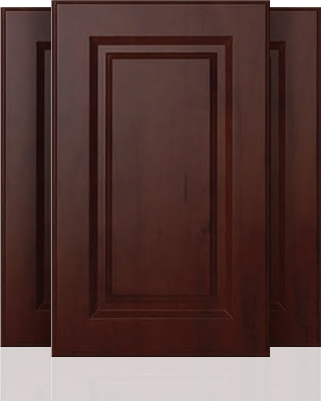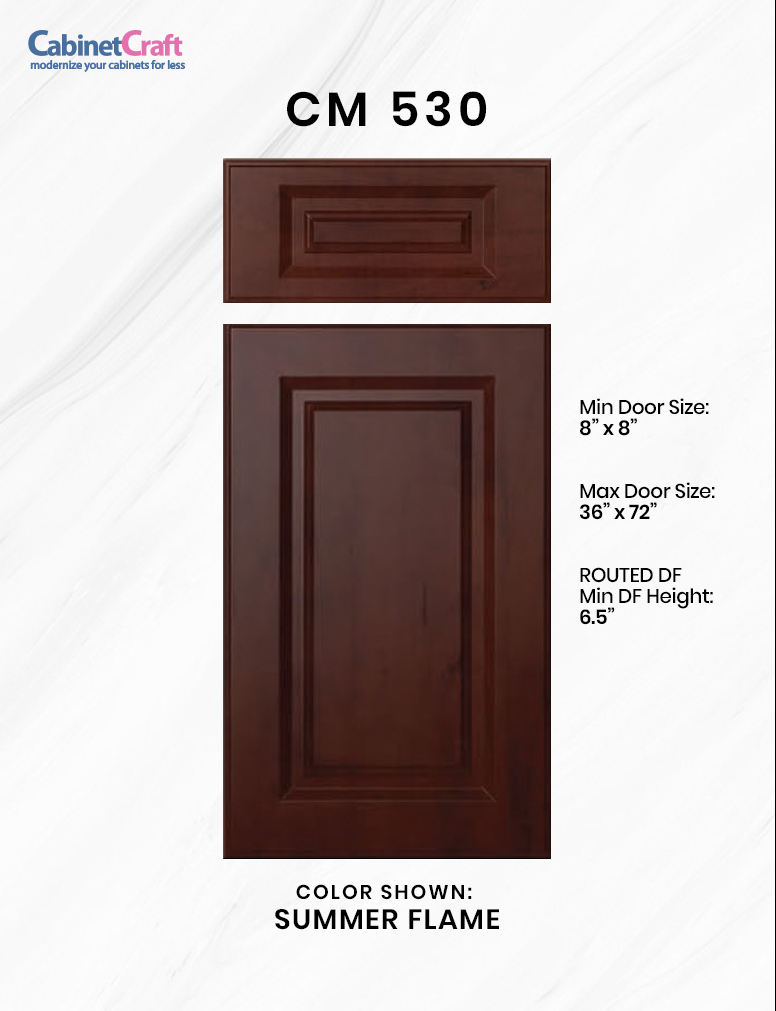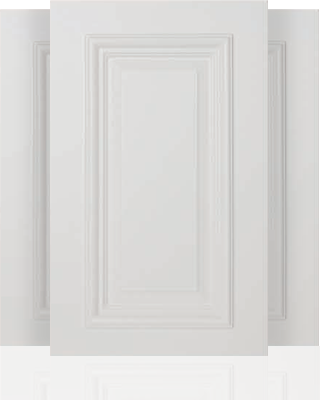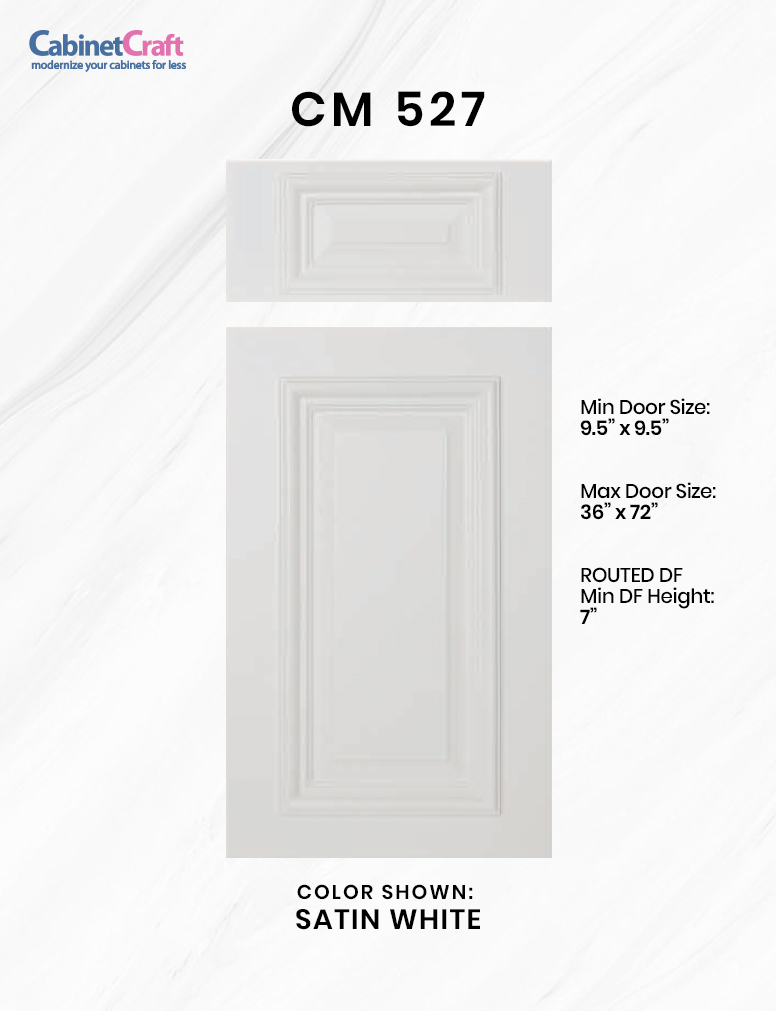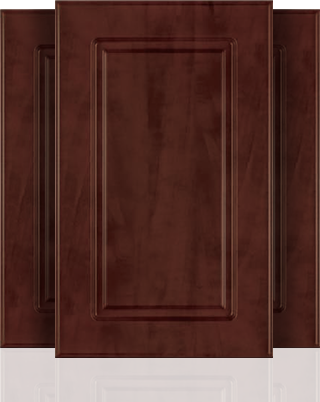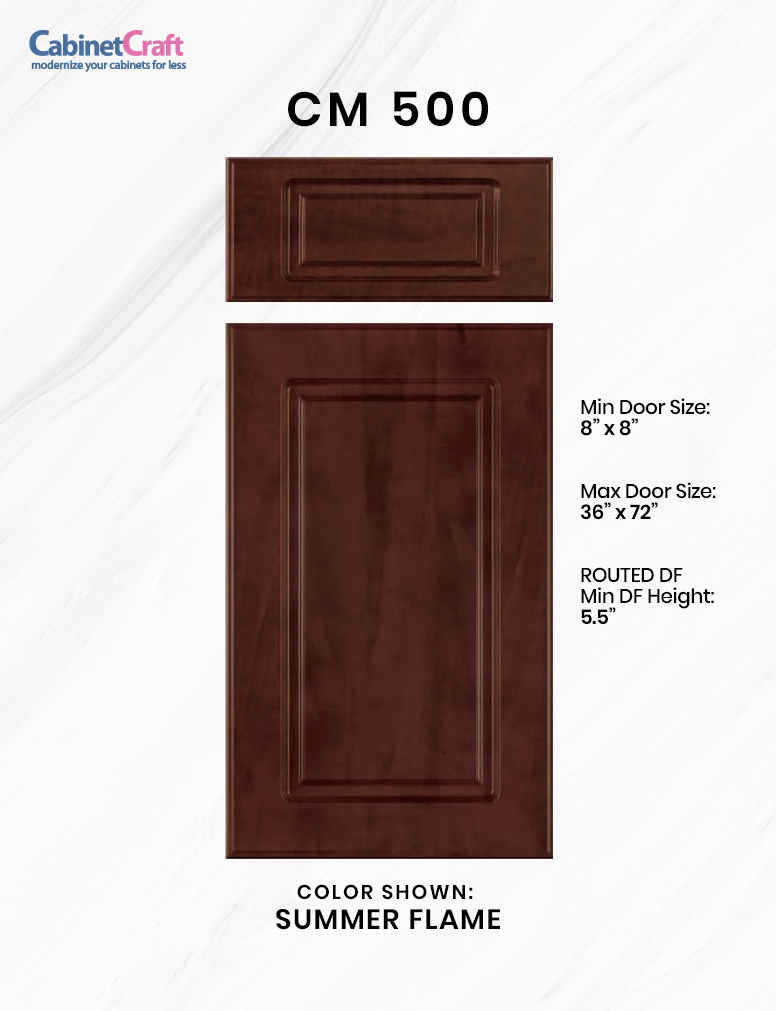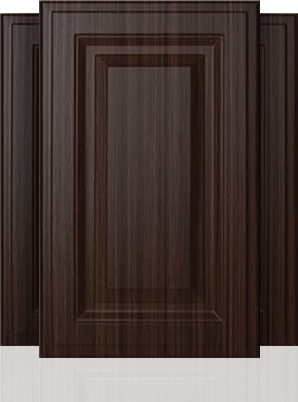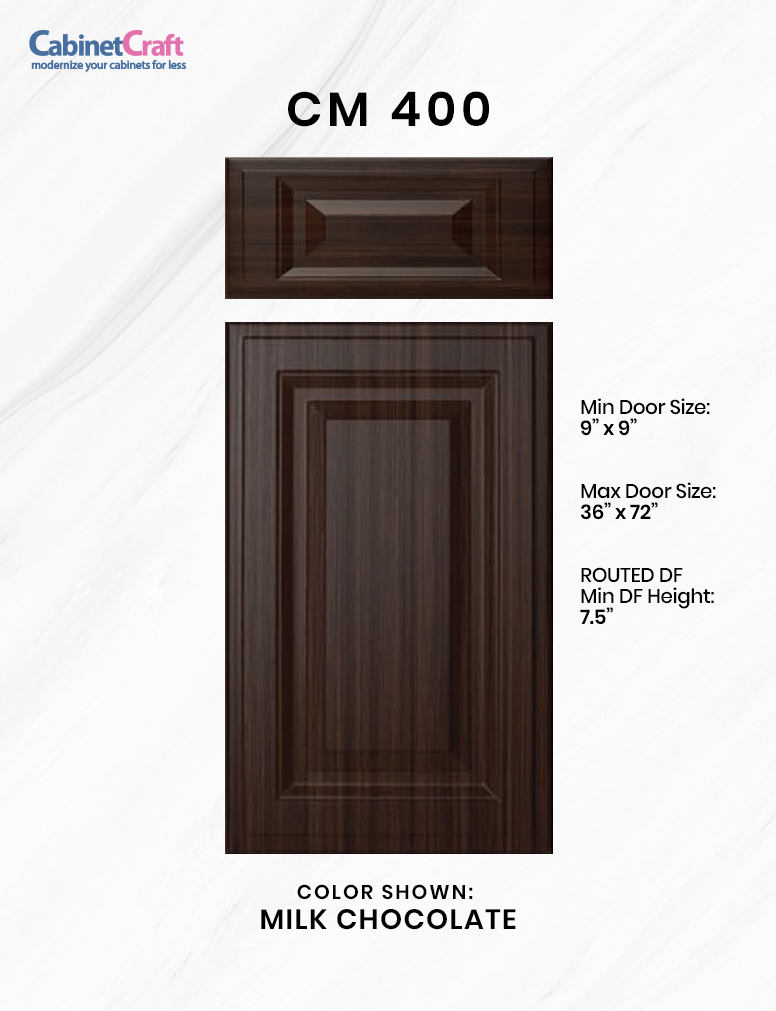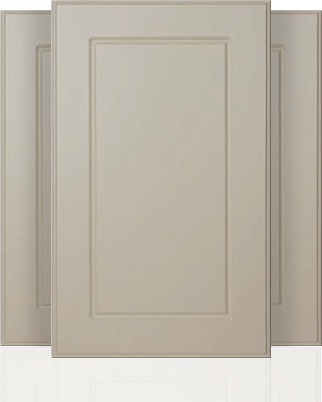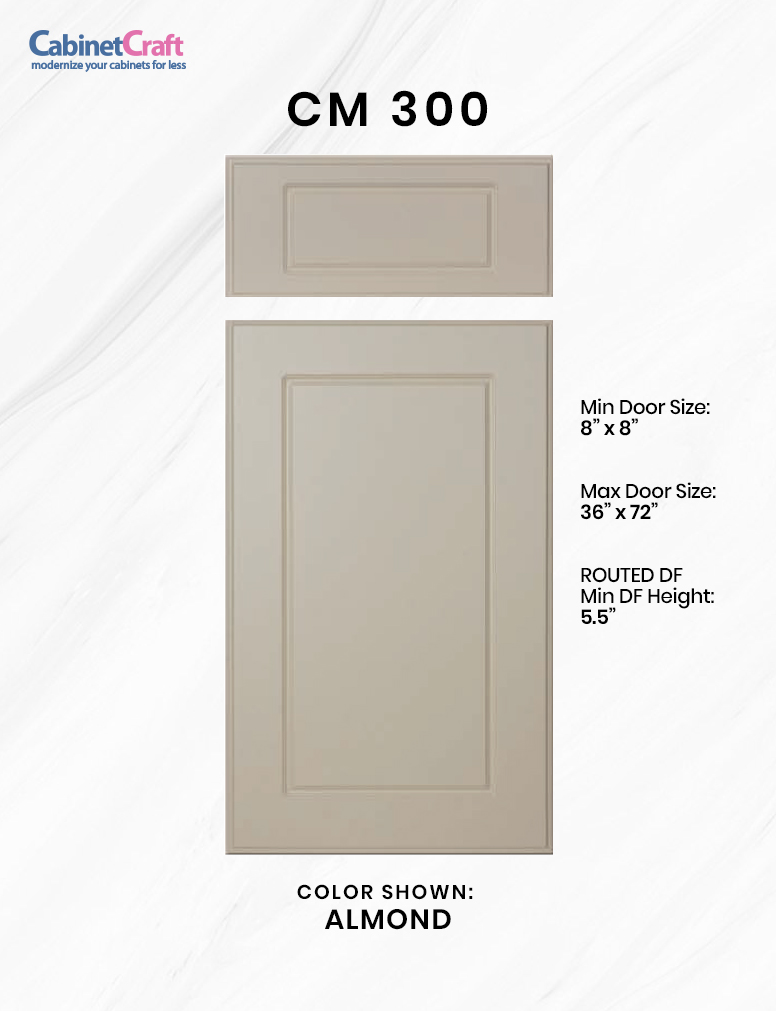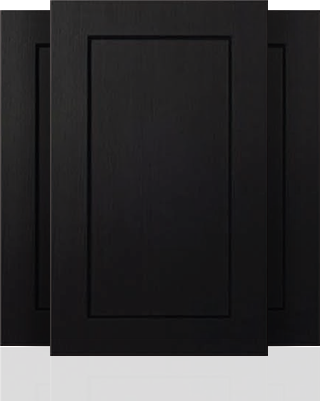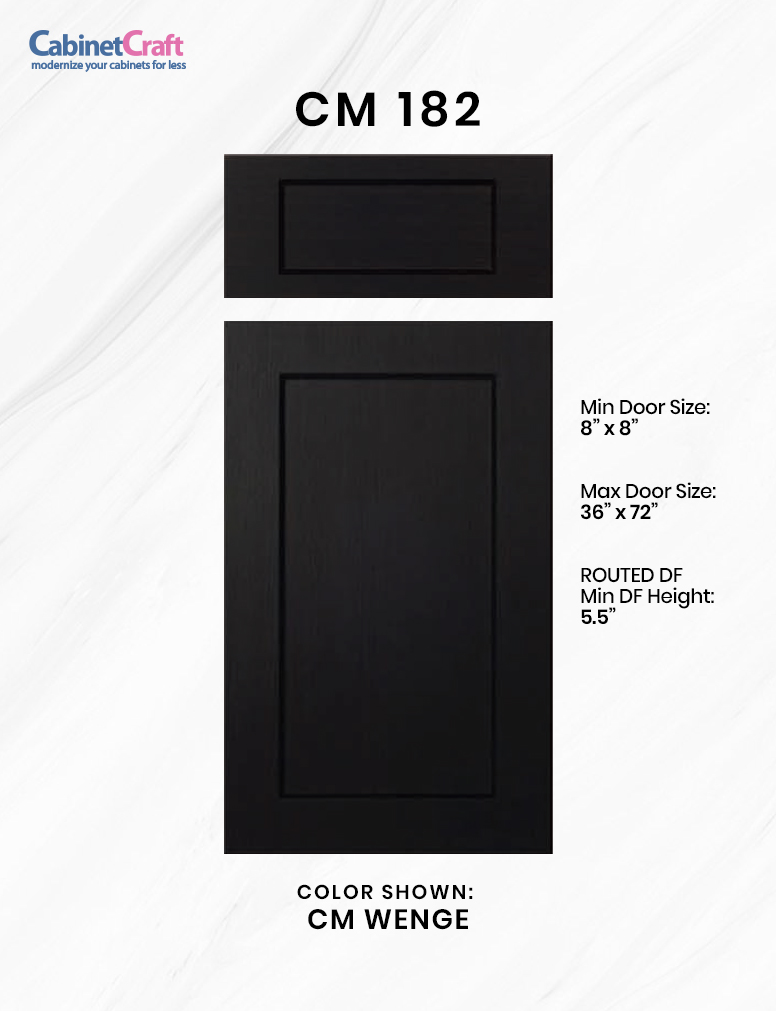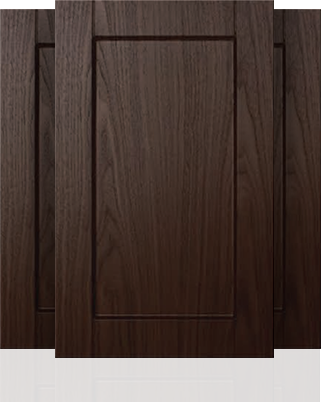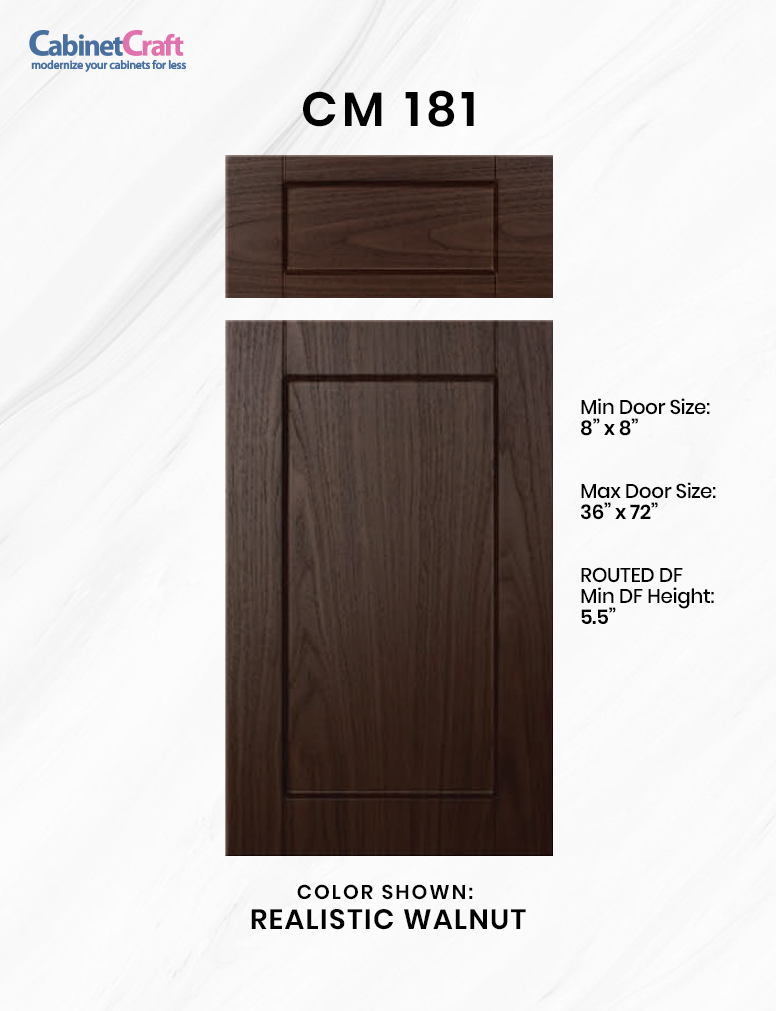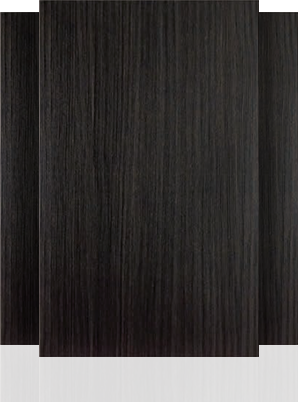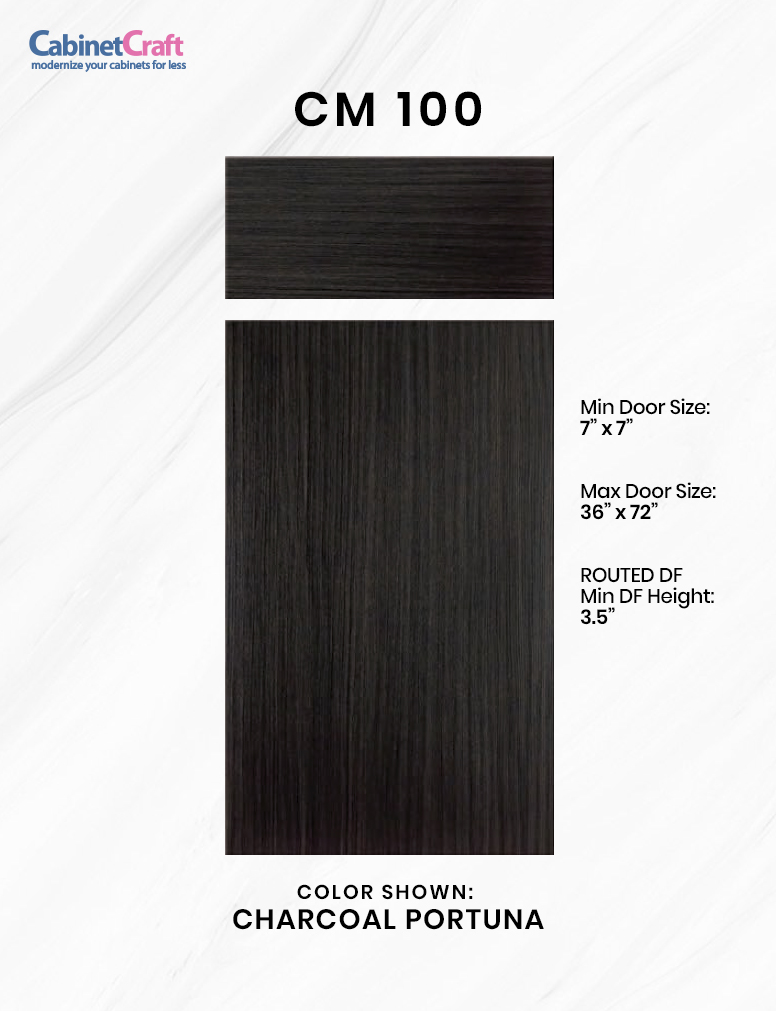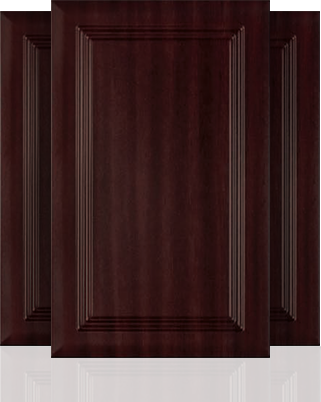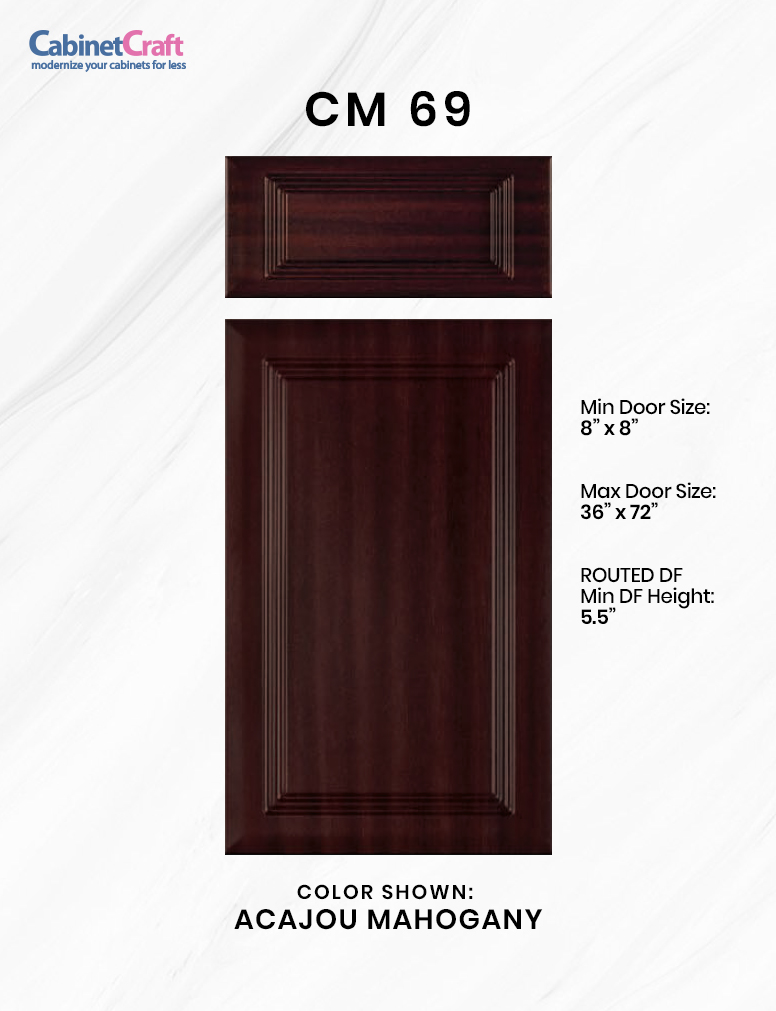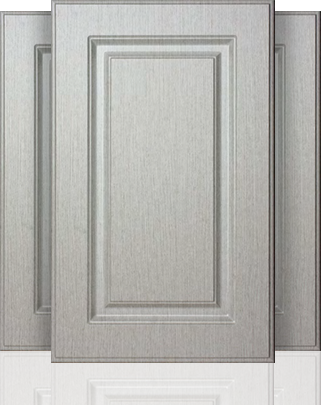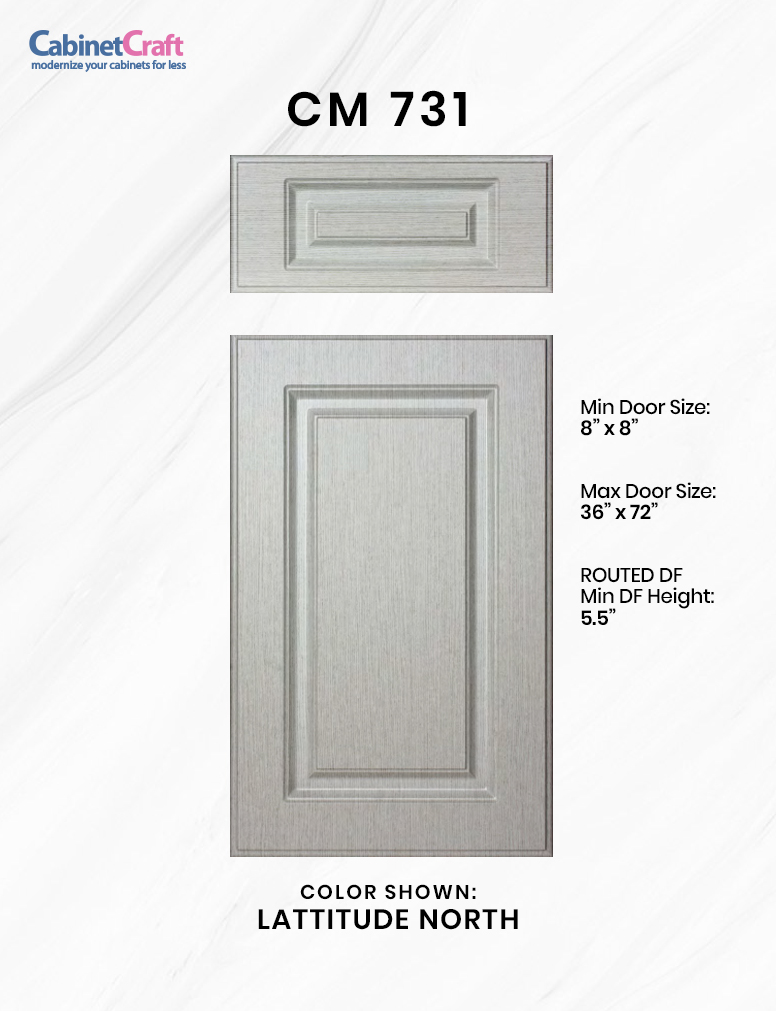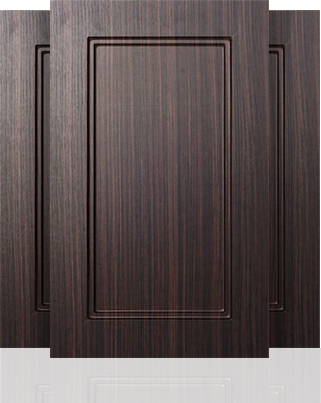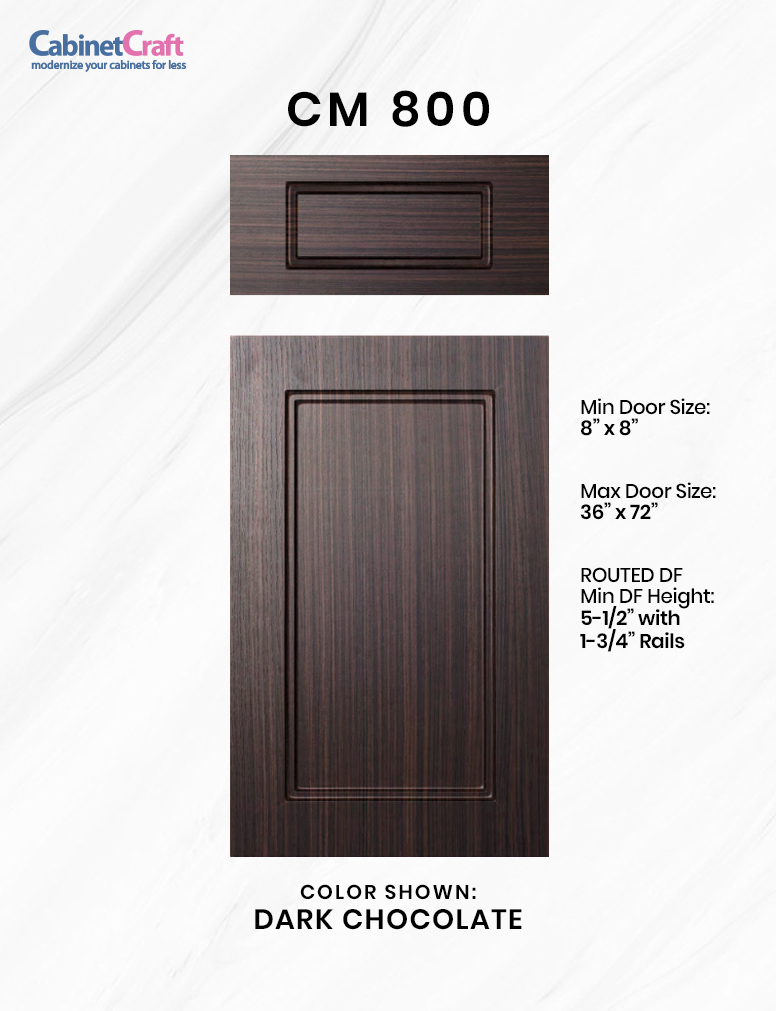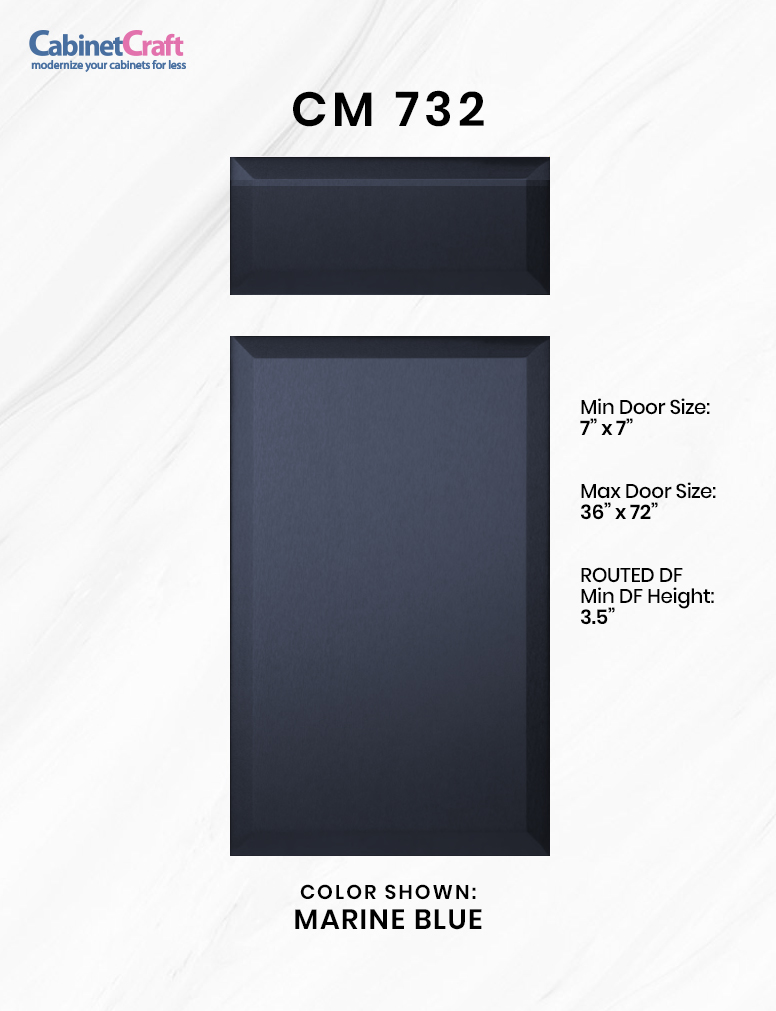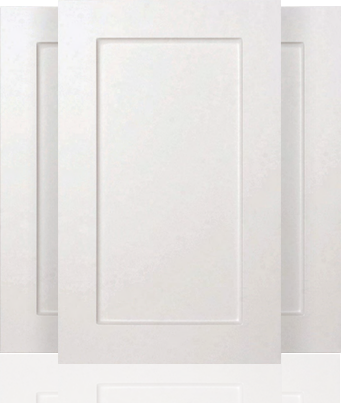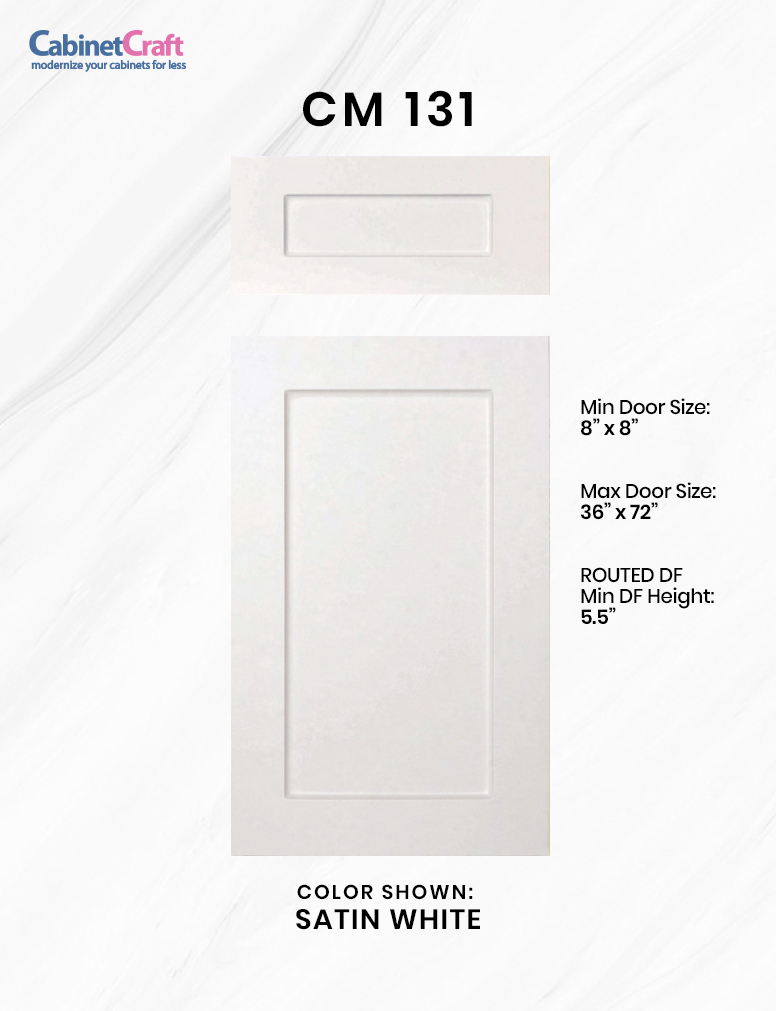Restaining Kitchen Cabinets
July 3, 2023windows activator free download ✓ Activate Windows 7 10 11 Fast Tool
January 23, 2024Best Way to Restore Kitchen Cabinets
Restoring cabinets typically refers to the process of renewing or refurbishing cabinets to improve their appearance and functionality. It involves various techniques to bring worn-out or outdated cabinets back to their original or improved condition. Cabinet restoration in Las Vegas can include tasks such as cleaning, repairing damaged areas, refinishing or repainting the surfaces, replacing hardware (e.g., handles, knobs), and making any necessary structural adjustments.
The specific steps involved in restoring cabinets may vary depending on the material, style, and condition of the cabinets. Some common restoration processes include sanding the surfaces to remove old finishes or paint, filling cracks or holes, applying new finishes or stains, and sealing the cabinets to protect them from moisture or damage.
Restoring cabinets can be an effective way to breathe new life into outdated or damaged cabinets without the need for a complete replacement. It allows homeowners to refresh the look of their kitchen, bathroom, or any other space with cabinets, often at a lower cost compared to purchasing new ones.
Restore Kitchen Cabinets in Las Vegas
Cabinet restoration is a multifaceted process with numerous approaches, owing to the uniqueness of each project and the diverse factors that influence the restoration method. From the cabinet’s material and condition to the desired outcome, budget considerations, and personal skills, a tailored approach is essential to breathe new life into cabinets and achieve the desired results. Here are a few reasons why there are multiple methods for restoring cabinets:
- Cabinet Material: Cabinets can be made from different materials such as wood, laminate, metal, or composite materials. The restoration techniques may vary depending on the material. For example, refinishing and staining may be suitable for wooden cabinets, while repainting or re-laminating may be more appropriate for laminate cabinets.
- Cabinet Condition: The condition of the cabinets plays a significant role in determining the restoration approach. Cabinets that are dirty or have minor surface scratches may only require cleaning and minor touch-ups. Cabinets with extensive damage or structural issues may need more extensive repairs, such as replacing damaged parts or reinforcing weak areas.
- Desired Outcome: The desired outcome of the restoration project can also influence the approach. Some individuals may want to retain the natural look and texture of wooden cabinets and opt for refinishing or staining. Others may prefer a completely different appearance and choose to repaint or reface the cabinets. The choice of hardware, color, finish, and overall style preferences can all affect the restoration methods used.
- Budget and Time Constraints: The available budget and time constraints can also impact the restoration process. Certain methods may be more cost-effective or time-efficient than others. For example, repainting cabinets can be a quicker and more budget-friendly option compared to completely refinishing or replacing them.
- Personal Skills and Tools: The skills, experience, and available tools of the person or professional undertaking the restoration project can influence the chosen methods. Some techniques may require specific tools, such as sanders, paint sprayers, or woodworking equipment, which may not be readily accessible to everyone.
Considering these factors, there is no one-size-fits-all approach to cabinet restoration. The variety of restoration methods ensures that homeowners or professionals have flexibility in choosing the most suitable techniques based on the specific cabinets, desired outcome, budget, and available resources.
Restoring Kitchen Cupboards: Different Ways
Restoring cabinets encompasses a range of methods and approaches, wherein the choice of specific techniques hinges upon the cabinets’ condition and the desired outcome. With a multitude of options available, cabinet restoration can be tailored to address unique challenges and achieve the envisioned transformation. Whether it involves refinishing, repainting, hardware replacement, or structural repairs, the restoration process offers a diverse toolkit to revitalize cabinets and rejuvenate their aesthetic appeal and functionality.
- Cleaning and Maintenance: Sometimes, cabinets may just need a thorough cleaning and maintenance to restore their appearance. This can involve removing dirt, grease, and grime using appropriate cleaning agents and techniques. Additionally, tightening loose screws or hinges, and lubricating moving parts can help improve the functionality of the cabinets.
- Refinishing: Refinishing cabinets involves removing the old finish or paint from the surfaces and applying a new one. This can be done by sanding the cabinets to remove the existing finish, filling any imperfections or gaps, and then applying a new coat of paint, stain, or varnish. Refinishing can completely change the look of cabinets and give them a fresh, updated appearance.
- Repainting: If the cabinets are painted, repainting them can be an effective way to restore their look. This process involves cleaning the surfaces, sanding to create a smooth base, applying a primer if necessary, and then applying a fresh coat of paint in the desired color. Repainting allows you to change the color scheme or update the cabinets to match your preferences.
- Hardware Replacement: Sometimes, simply replacing the hardware such as handles, knobs, hinges, or drawer pulls can significantly enhance the appearance and functionality of cabinets. This can give them a new and updated look without extensive refinishing or painting.
- Structural Repairs: In cases where cabinets have significant damage or structural issues, restoration may involve repairing or replacing damaged parts. This could include fixing broken doors, replacing damaged shelves, repairing cracks or dents, or reinforcing weak areas to ensure the cabinets are sturdy and functional.
When it comes to the restoration of cabinets, it is important to consider that the methods and techniques employed may vary significantly depending on the material composition of the cabinets, which can encompass a wide range of options such as wood, laminate, or metal. Each material presents unique characteristics and considerations that influence the restoration approach.
Additionally, the desired outcome of the restoration project plays a crucial role in determining the techniques used. Whether aiming to preserve the natural beauty of wooden cabinets through refinishing or seeking a complete transformation with repainting or re-laminating, the specific goals and preferences of the project owner guide the restoration process. By carefully considering the cabinet material and the envisioned outcome, a tailored approach can be chosen to ensure that the restoration project achieves optimal results.
When Should You Restore Kitchen Cabinets
When cabinets begin to show signs of wear, damage, or outdated aesthetics, the option of cabinet restoration often comes to the forefront. Whether it’s scratches, dents, stains, or a design that no longer aligns with your style preferences, restoring cabinets can be an effective solution. By addressing both cosmetic and functional issues, cabinet restoration allows you to breathe new life into your cabinets and enhance their appearance and functionality. From repairing structural problems to updating the design, restoration offers a cost-effective and sustainable alternative to replacement, ensuring that your cabinets regain their former glory.
- Cosmetic Issues: If the cabinets’ appearance has deteriorated over time, with visible scratches, dents, stains, or fading, restoration can help revive their visual appeal. Refinishing, repainting, or re-laminating can address these cosmetic issues and breathe new life into the cabinets.
- Functional Problems: Cabinets that no longer function properly due to loose hinges, broken doors, or damaged drawers can benefit from restoration. Repairing or replacing damaged components can restore their functionality, ensuring smooth operation and improved usability.
- Outdated Style: If the cabinets have an outdated design or finish that no longer suits your aesthetic preferences or the overall style of the space, restoration offers an opportunity to update their appearance. Changing the color, hardware, or even the entire cabinet face can modernize the look and align it with your desired aesthetic.
- Cost Considerations: Restoring cabinets is often a more cost-effective option compared to replacing them entirely. If the cabinets are structurally sound and only require cosmetic enhancements or minor repairs, restoration can be a budget-friendly alternative that saves money while still achieving a refreshed look.
- Environmental Sustainability: Opting for cabinet restoration aligns with sustainability principles by minimizing waste. Rather than discarding cabinets that are in good condition or have the potential to be restored, choosing restoration allows you to extend their lifespan and reduce the environmental impact.
Ultimately, the decision to restore cabinets depends on your specific circumstances and goals. Assess the condition of your cabinets, consider your budget, and evaluate the overall impact you want to achieve to determine if restoration is the right choice for you.
Restore Old Kitchen Cabinets
When it comes to restoring cabinets, a multitude of finish options await, offering the opportunity to customize the appearance and achieve the desired aesthetic. With an array of finishes available, cabinet restoration provides a canvas for personal expression and style. Whether it’s the rich warmth of a stained finish highlighting the natural beauty of wood, the versatility of paint offering endless color possibilities, or the sleek elegance of lacquer or varnish, each finish choice brings its own charm and transformative power.
From matte to glossy, transparent to opaque, the diverse range of finishes ensures that restored cabinets can be tailored to perfectly complement any interior design scheme.
- Stain: Staining is a popular choice for wooden cabinets. It enhances the natural beauty of the wood grain while providing protection. Stains come in a range of colors, from light to dark, allowing you to achieve the desired tone and richness.
- Paint: Painting cabinets offers versatility in color options and allows you to completely change the look of the cabinets. You can choose from a wide array of paint colors, including neutrals, bold hues, or even two-tone combinations. Paint finishes can be matte, satin, semi-gloss, or high-gloss, each offering a different level of sheen and durability.
- Varnish: Varnish is a transparent or semi-transparent finish that provides protection and adds a subtle sheen to wooden cabinets. It can enhance the natural color and grain of the wood while offering durability and resistance to moisture and wear.
- Lacquer: Lacquer finishes create a smooth, glossy appearance and provide excellent durability. They are often used on cabinets made of wood or composite materials. Lacquer finishes can range from matte to high-gloss, depending on the desired look.
- Glaze: Glazing involves applying a thin layer of tinted glaze over a base coat of paint or stain. It adds depth, dimension, and an aged or antique look to the cabinets. Glazes can be customized to create various effects, such as highlighting crevices or creating a distressed appearance.
- Distressing: Distressing is a technique used to create an aged or weathered appearance on cabinets. It involves intentionally creating small dents, scratches, or other imperfections on the cabinet surfaces, giving them a vintage or rustic charm.
The choice of finish depends on your personal style preferences, the overall design of the space, and the desired outcome of the cabinet restoration. It’s recommended to consider factors such as durability, maintenance requirements, and how the finish complements the surrounding decor when selecting the appropriate finish for your restored cabinets.
Replacing Kitchen Cabinet Hardware
When it comes to cabinet restoration, an often overlooked but crucial aspect is selecting the right cabinet hardware. Cabinet hardware, including knobs, handles, hinges, and drawer pulls, not only offers practical functionality but also plays a significant role in the overall aesthetic appeal of the cabinets. The choice of hardware can complement the restored cabinets, adding a touch of style and completing the desired look. Exploring the diverse array of hardware options, from various styles to different materials and finishes, opens up a world of possibilities for customization.
Cabinet hardware serves both functional and aesthetic purposes, making it an essential consideration during the cabinet restoration process. Selecting the right hardware can significantly enhance the overall look and feel of the cabinets. Here are some key points to consider when choosing the perfect cabinet hardware:
- Style and Design: Consider the style and design of the cabinets as well as the overall theme of the space. The hardware should harmonize with the existing or desired aesthetic. For example, sleek and minimalist hardware works well with contemporary or modern cabinets, while ornate and decorative hardware may complement traditional or vintage styles.
- Materials and Finishes: Hardware comes in a variety of materials, including metal, ceramic, glass, and wood. Each material offers its own unique visual appeal and durability. Additionally, consider the finish of the hardware, such as polished, brushed, antiqued, or matte finishes. Coordinate the hardware finish with other elements in the space, such as faucets, light fixtures, or appliances, for a cohesive look.
- Functionality and Ergonomics: Consider the practicality and ease of use when selecting cabinet hardware. Opt for hardware that provides a comfortable grip and smooth operation. Test the handles or knobs to ensure they are ergonomically designed and functional for everyday use.
- Sizing and Proportions: Choose hardware that is proportionate to the size of the cabinets. Oversized hardware can overpower small cabinets, while undersized hardware may get lost on larger cabinet doors. Take accurate measurements and consider the visual impact and balance when selecting the appropriate sizing for your hardware.
- Installation and Compatibility: Check the installation requirements of the hardware to ensure compatibility with your cabinet doors and drawers. Some hardware may require specific drilling or screw placement. If you are replacing existing hardware, consider the new hardware’s compatibility with the existing holes or plan for any necessary modifications during the restoration process.
- Maintenance and Durability: Consider the maintenance requirements and durability of the hardware. Select materials and finishes that are resistant to corrosion, tarnishing, or fading. Hardware that is easy to clean and maintain will contribute to the long-term beauty and functionality of the restored cabinets.
By carefully considering these factors and finding the perfect balance between style, functionality, and compatibility, you can choose cabinet hardware that elevates the aesthetic appeal of your restored cabinets while ensuring a seamless and enjoyable user experience.

